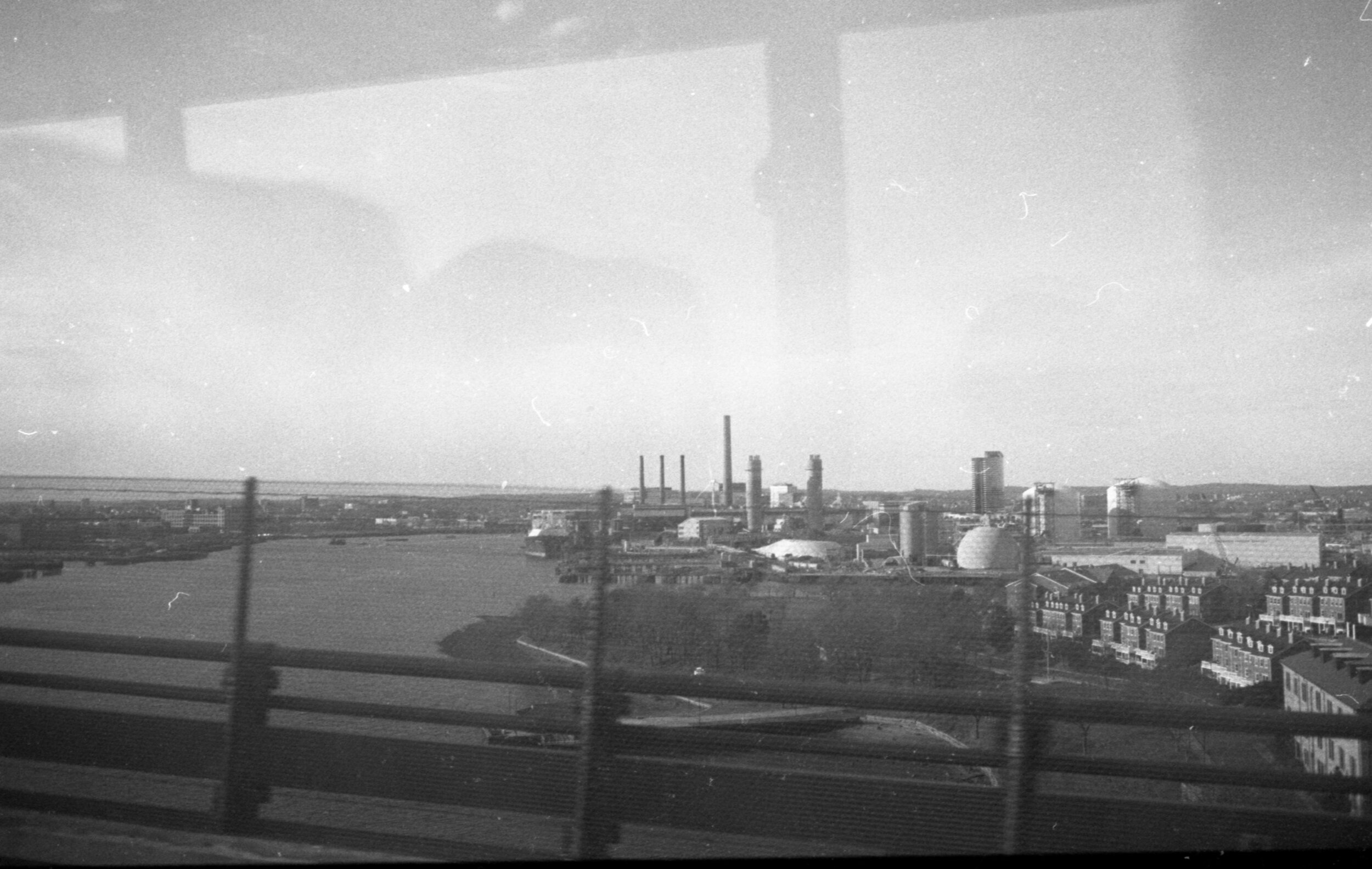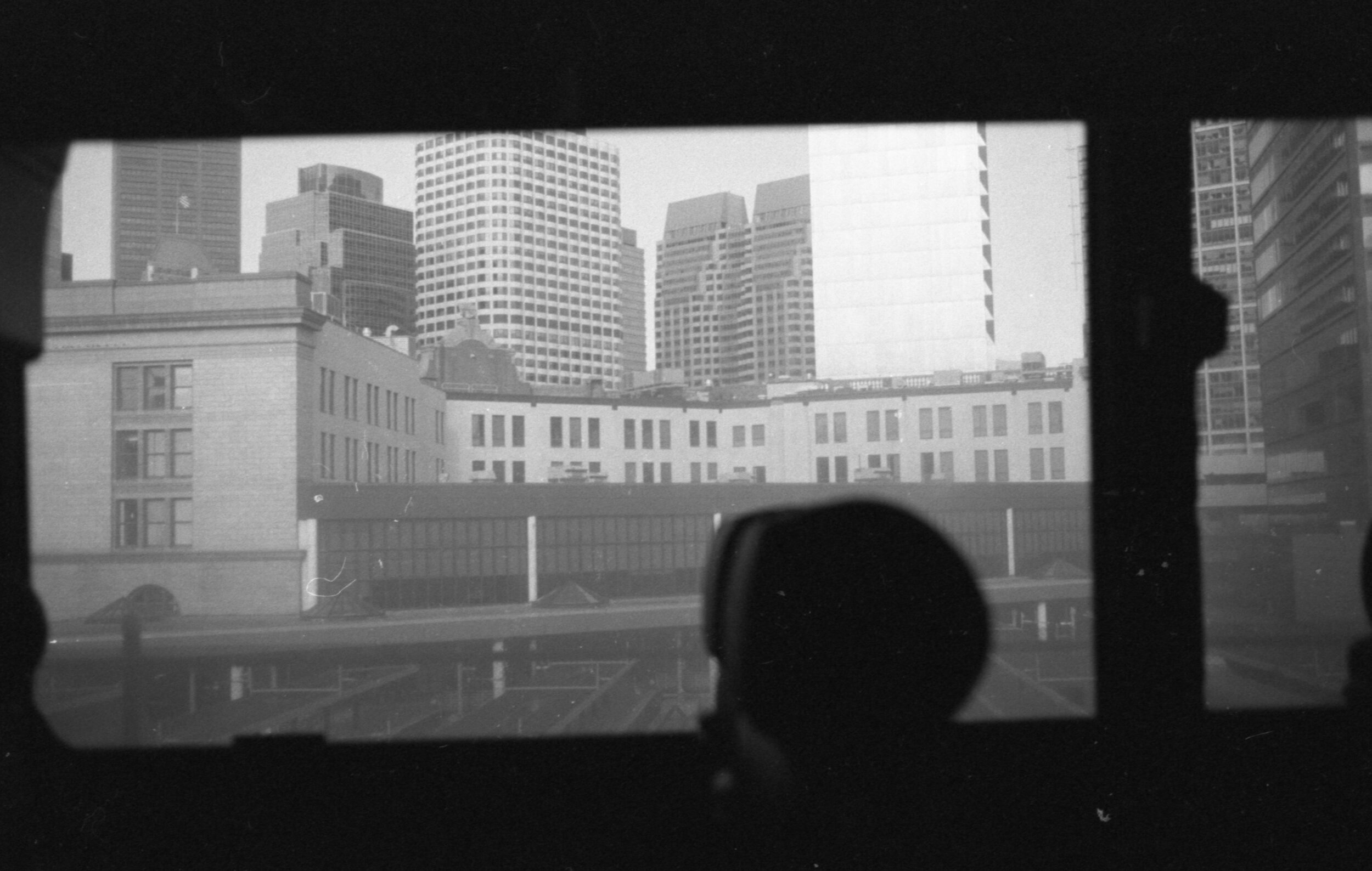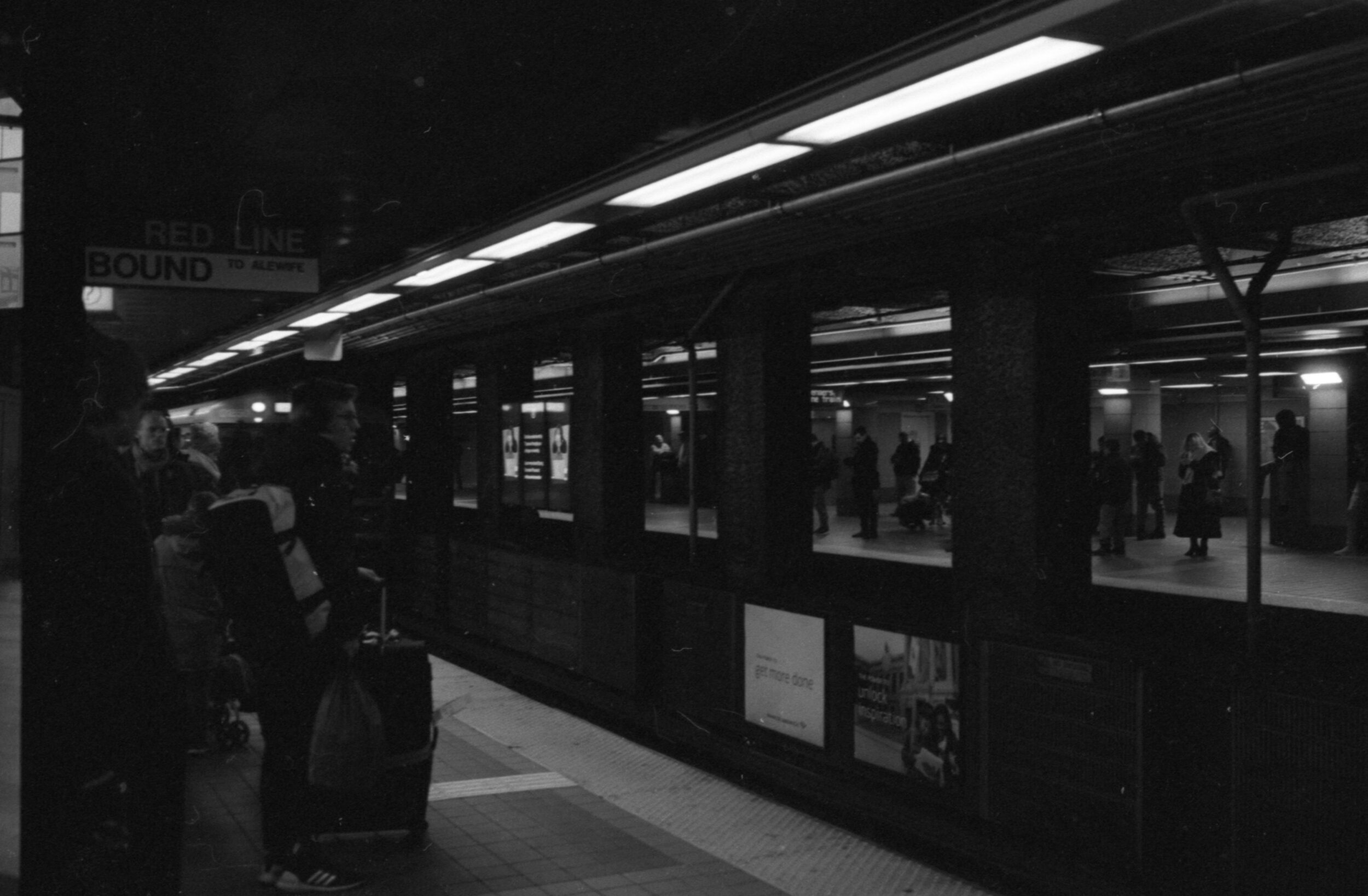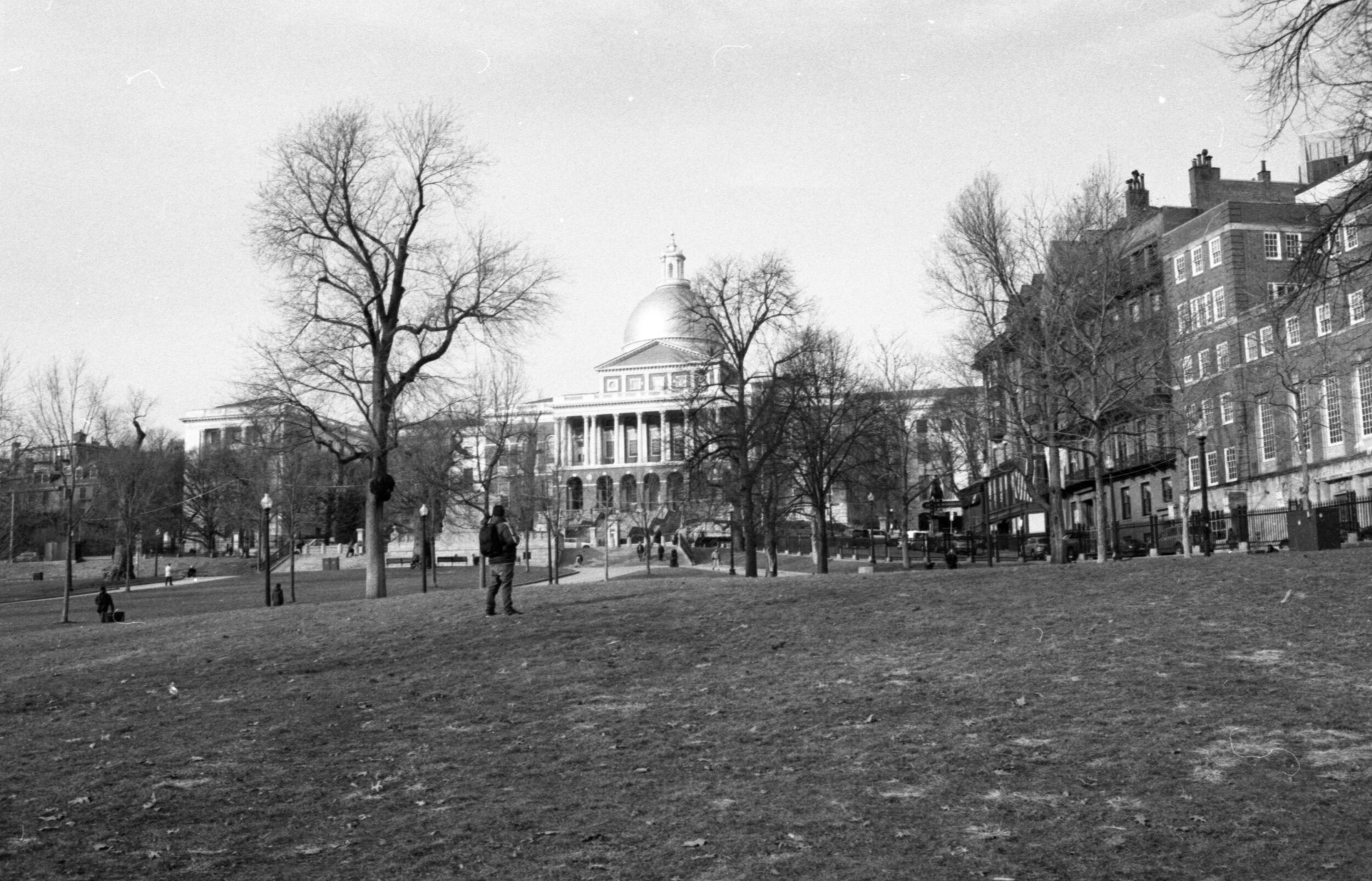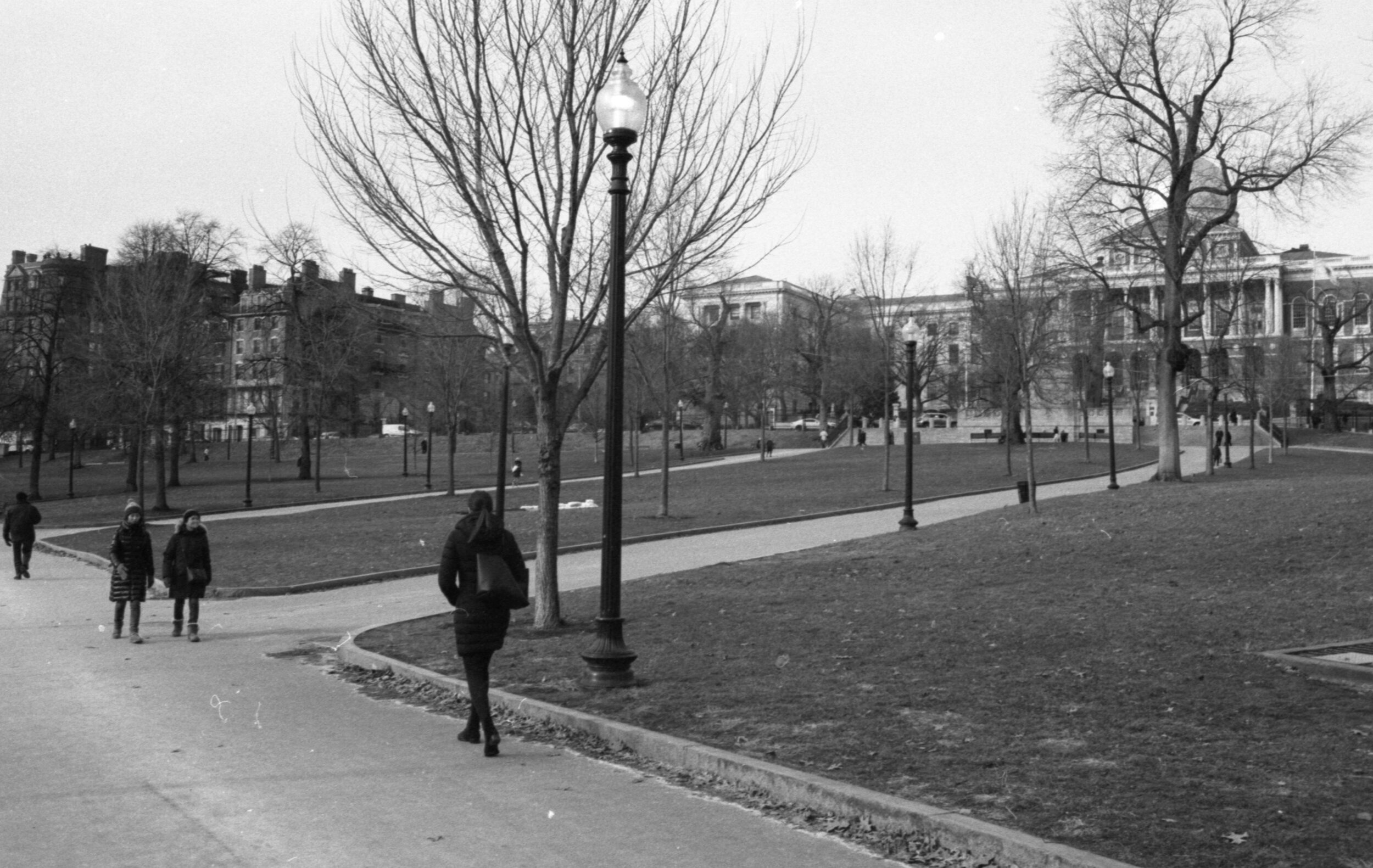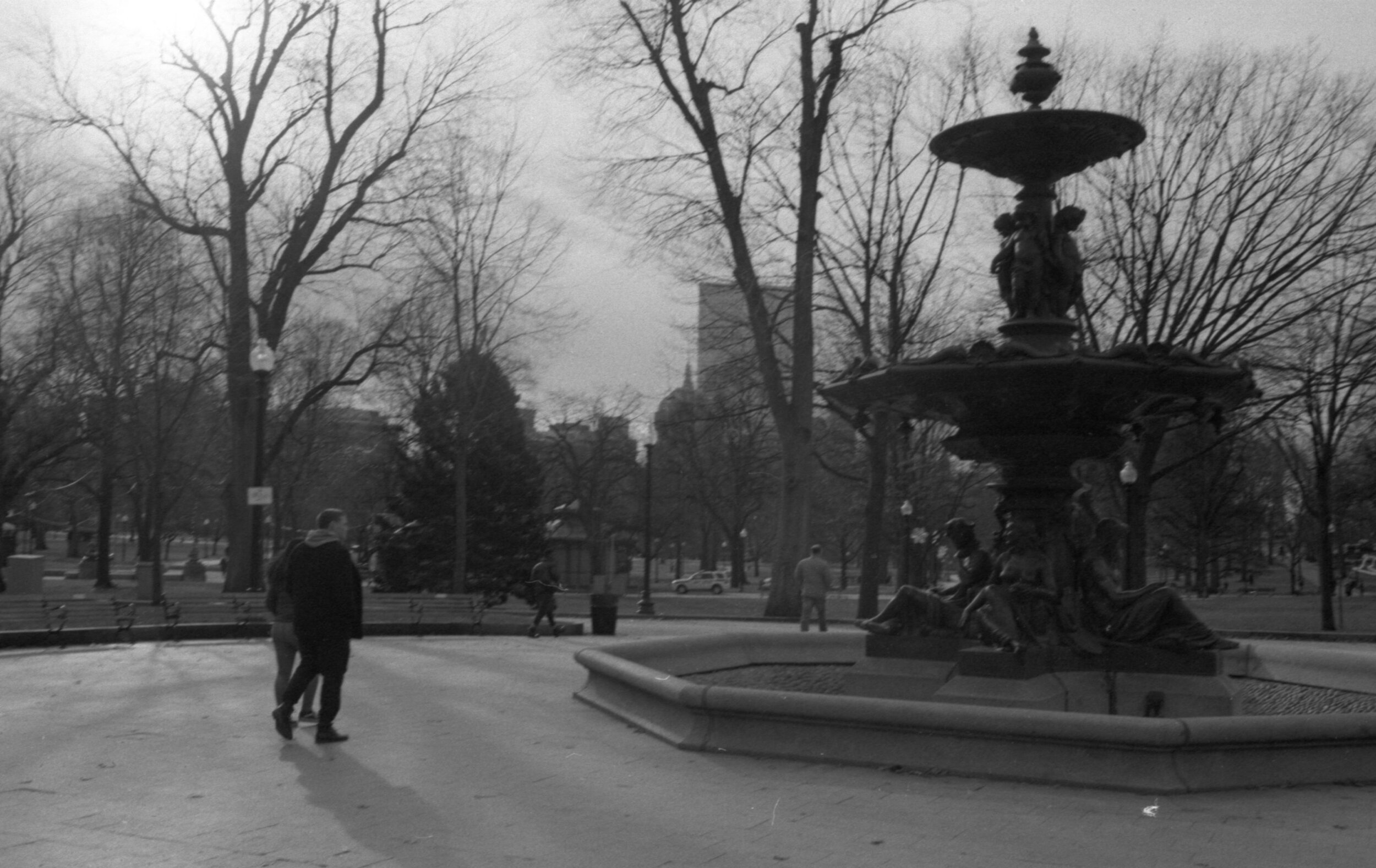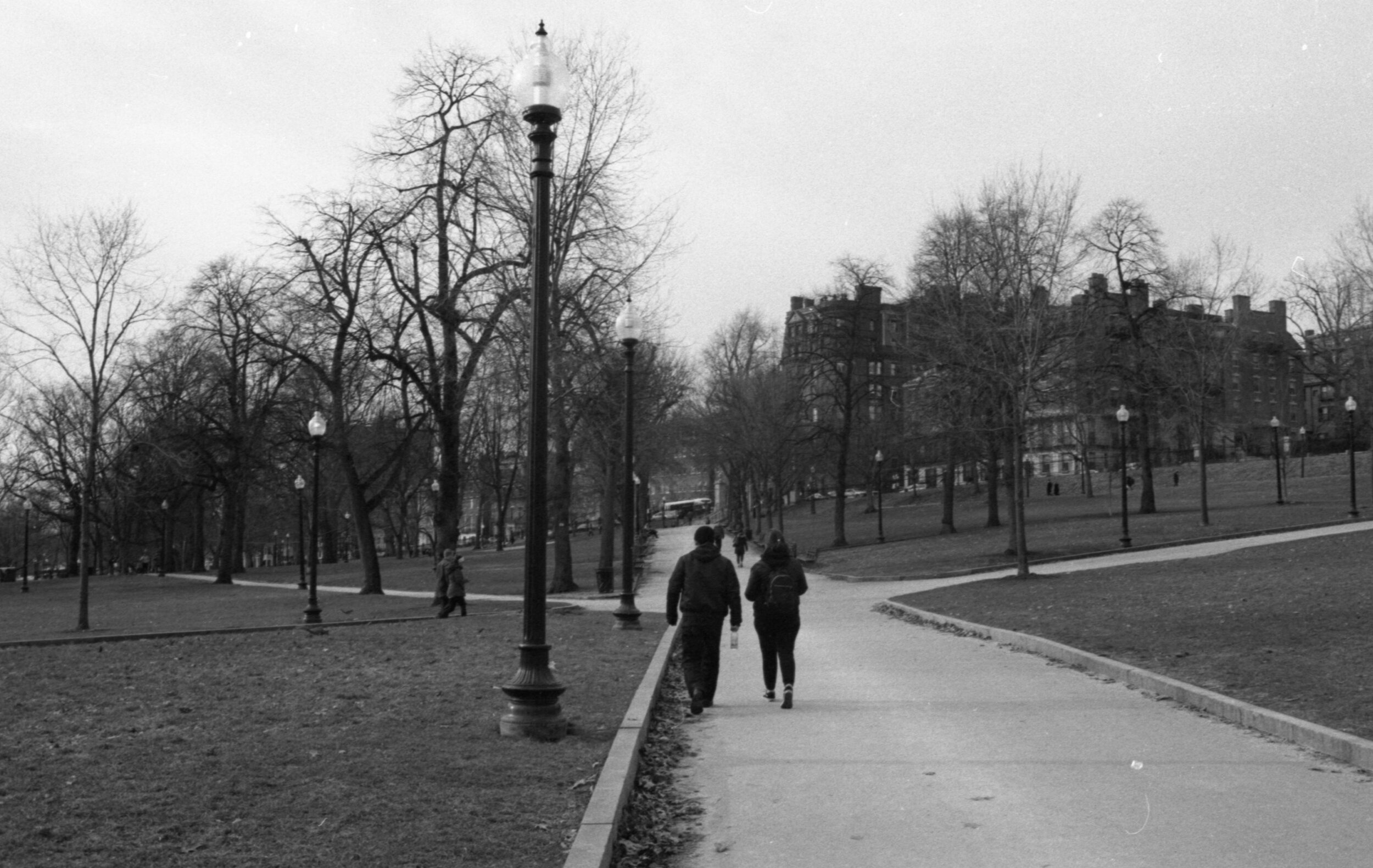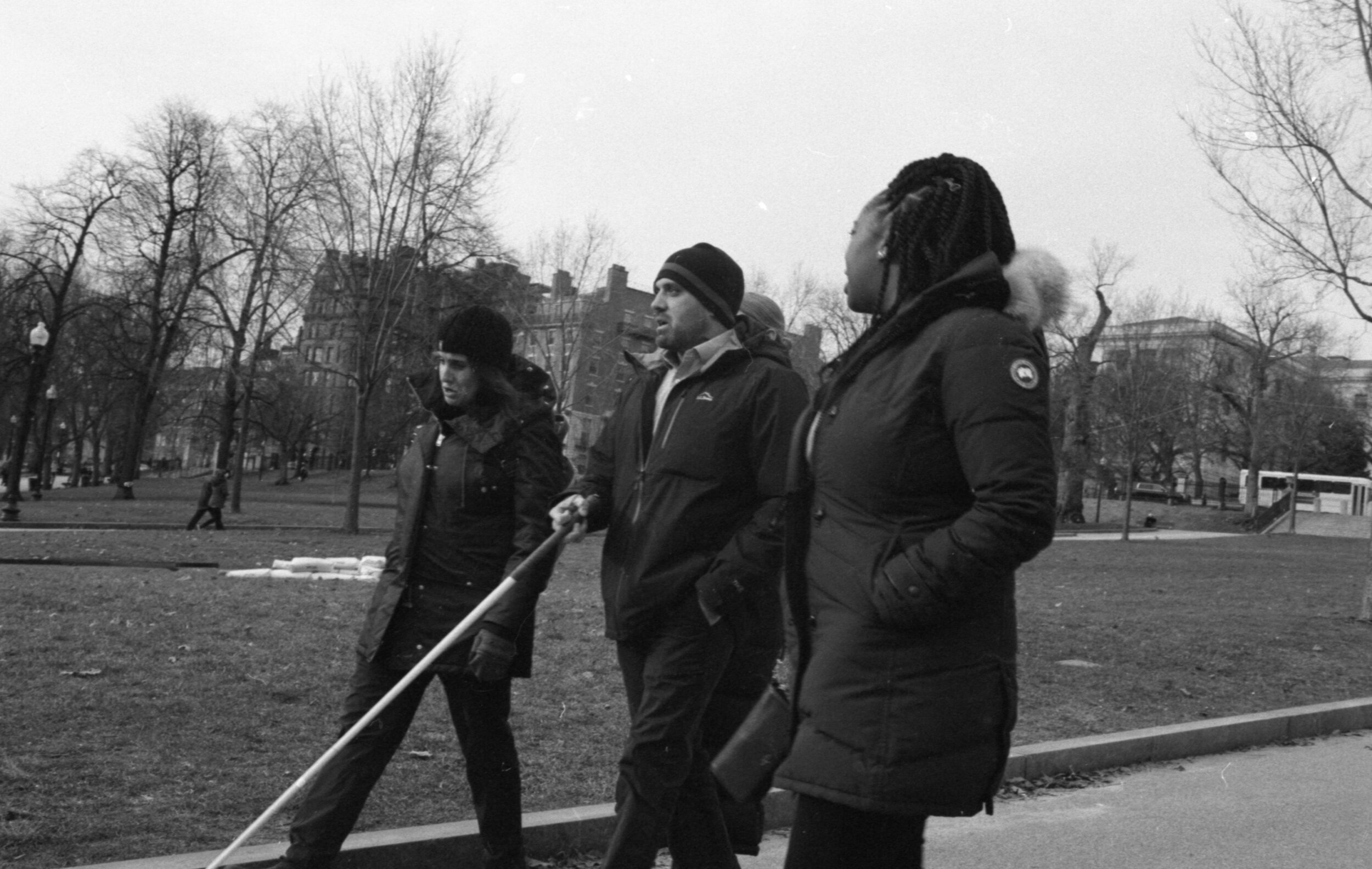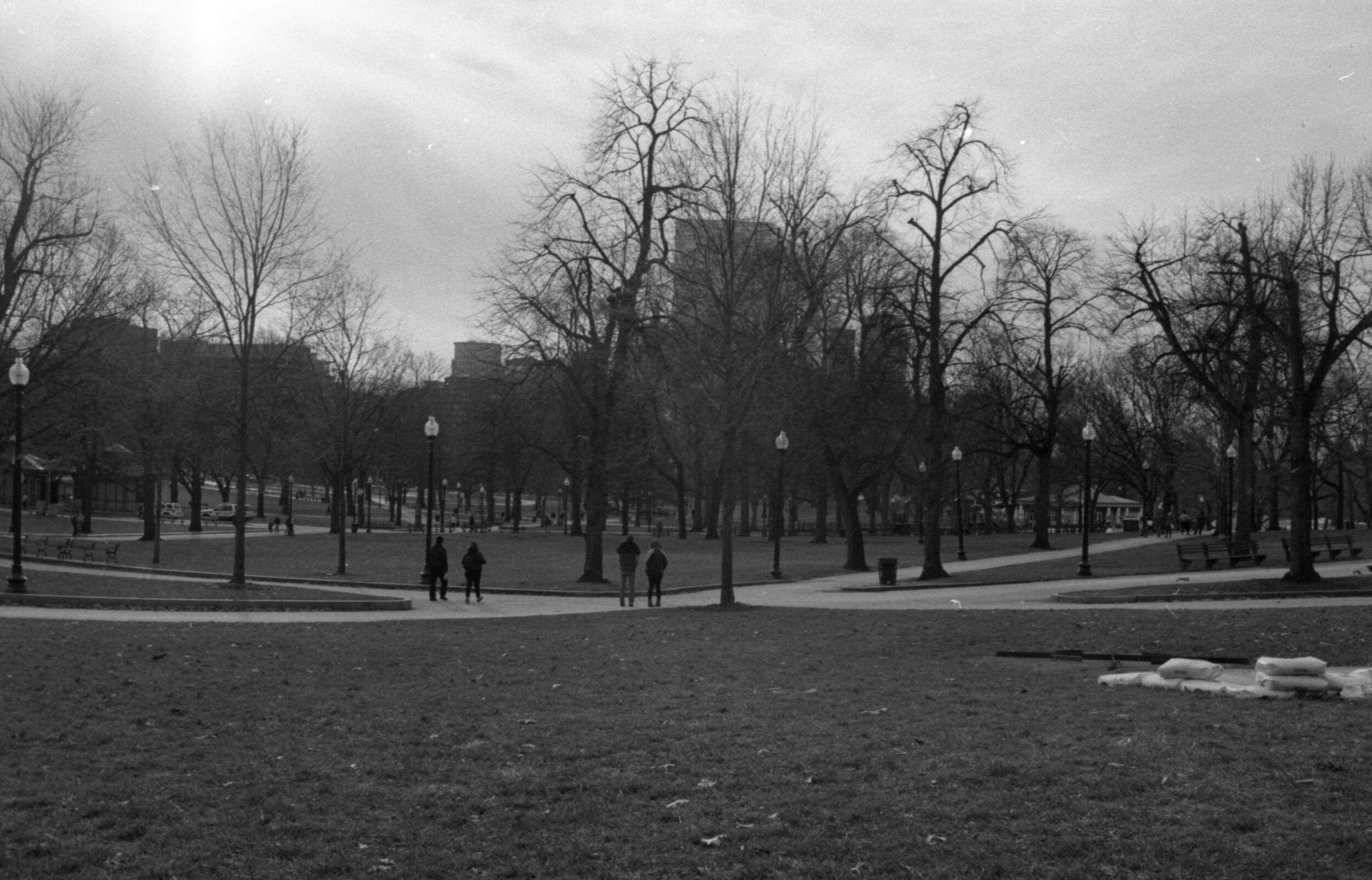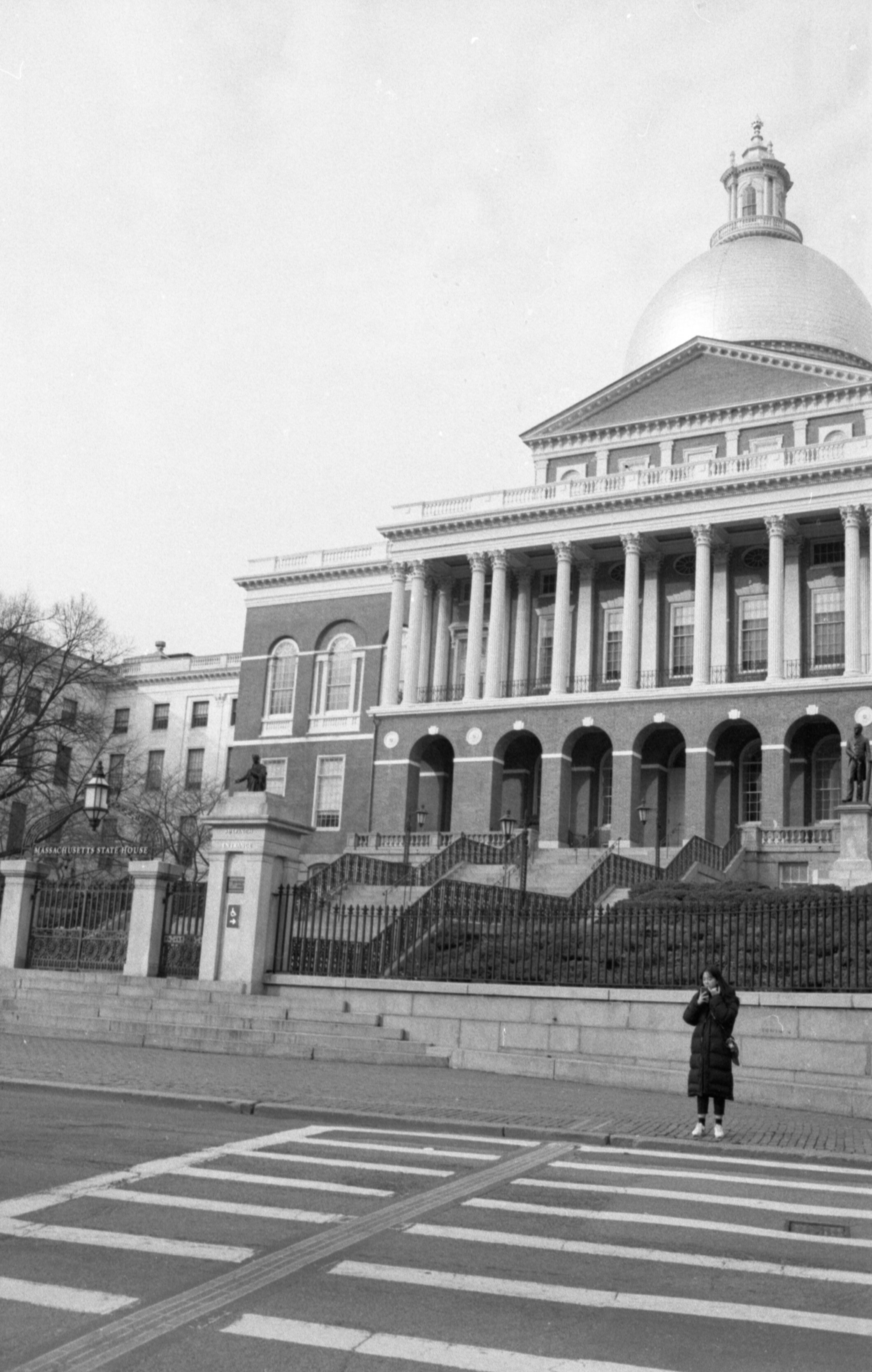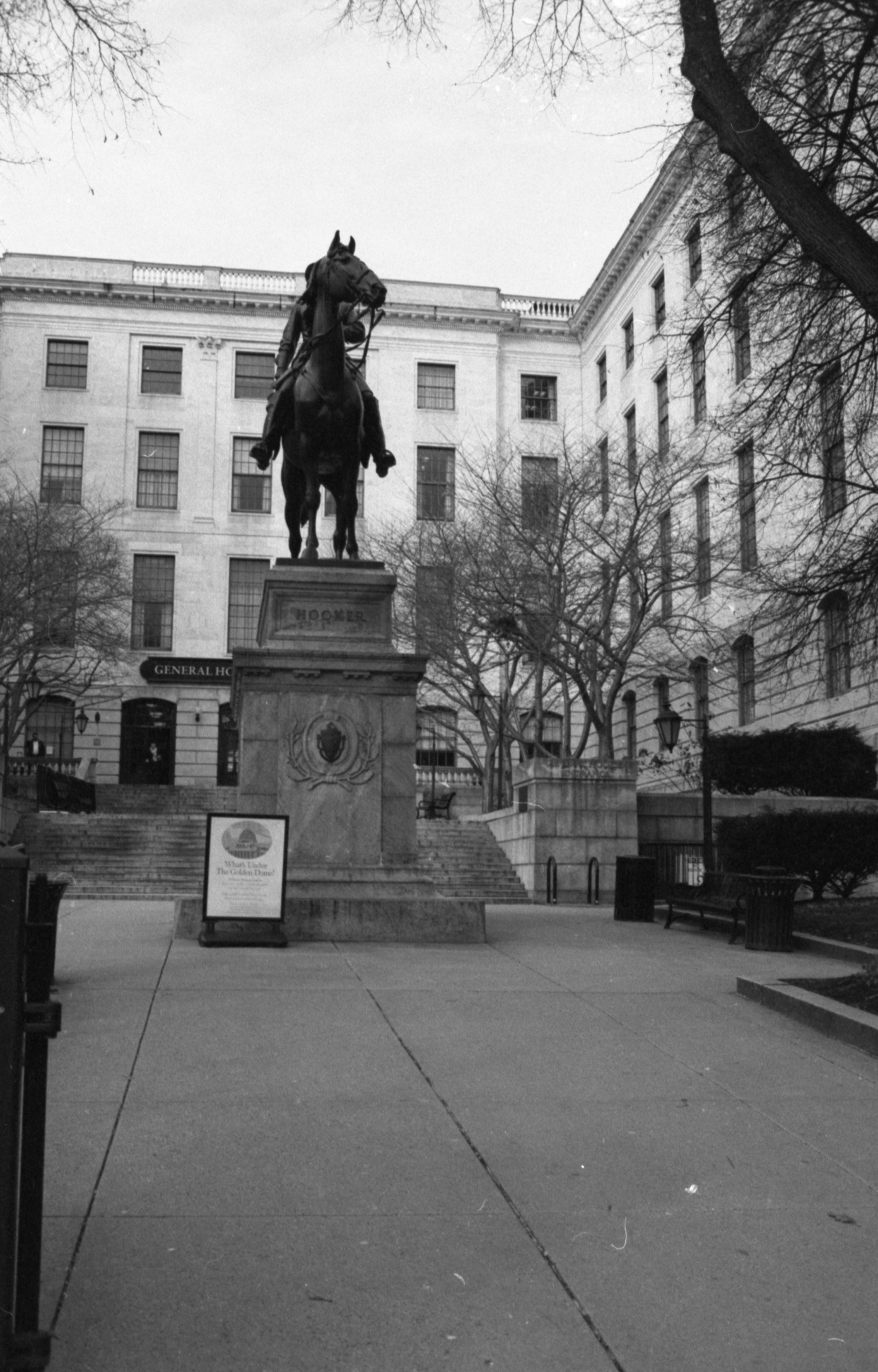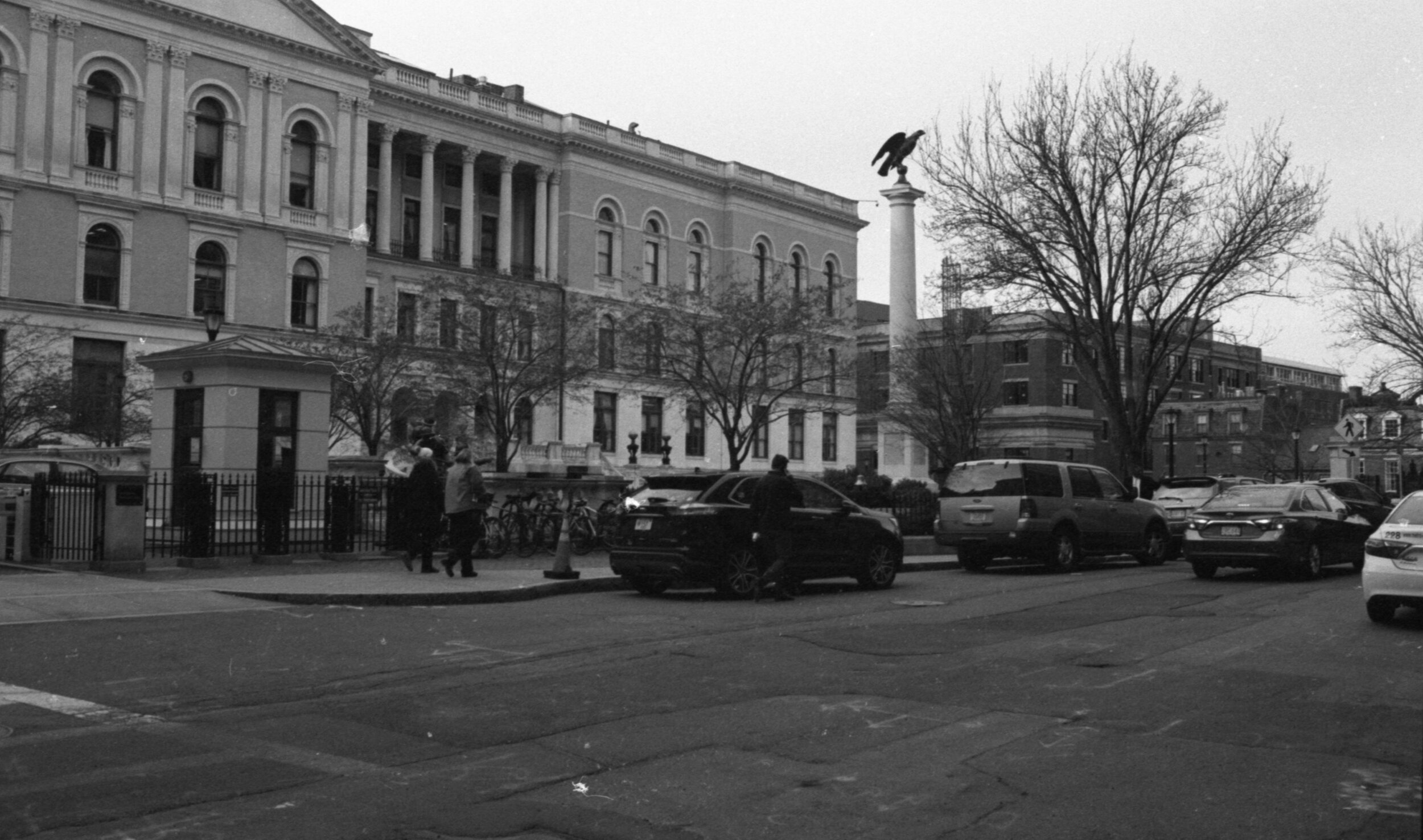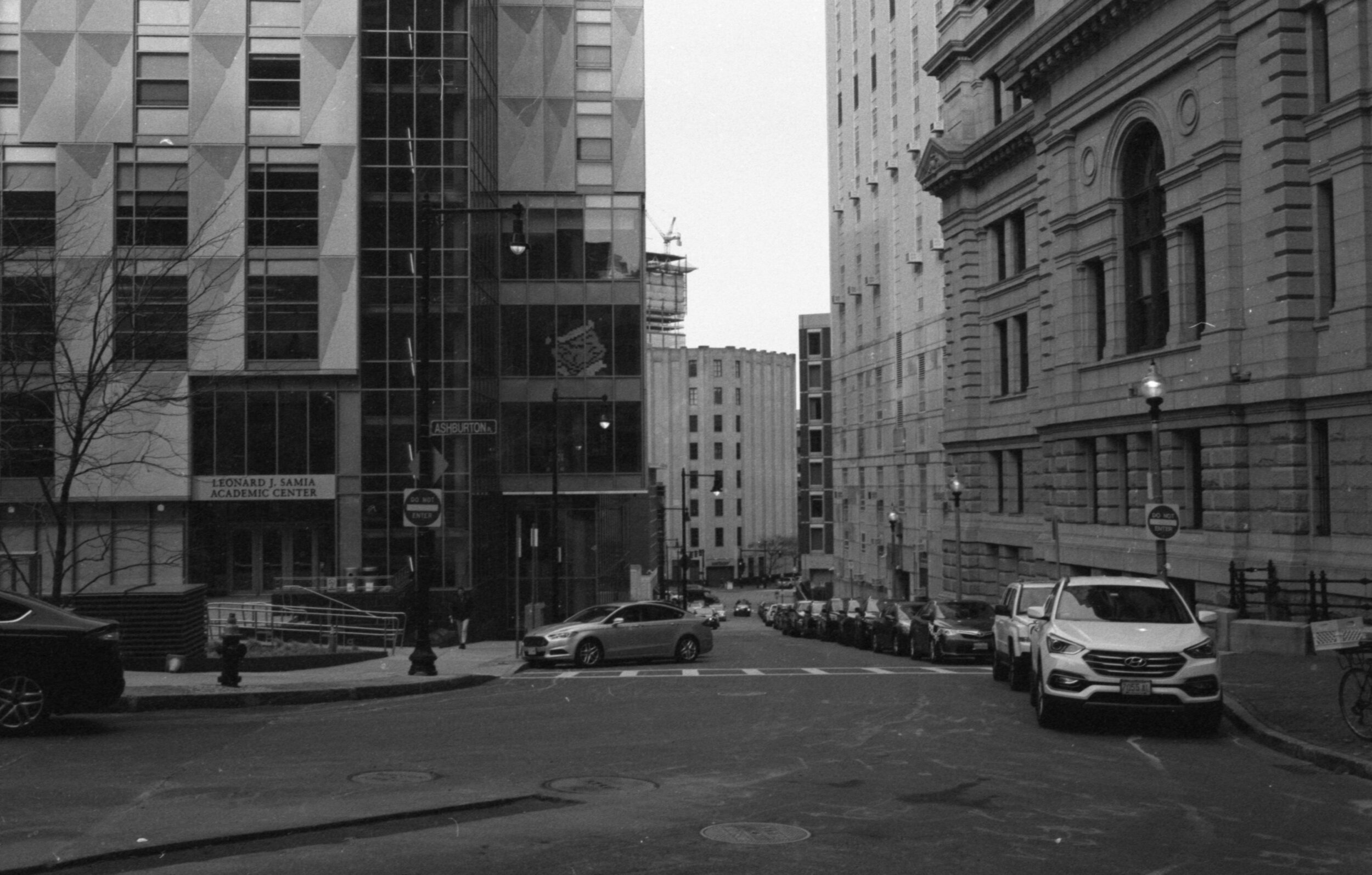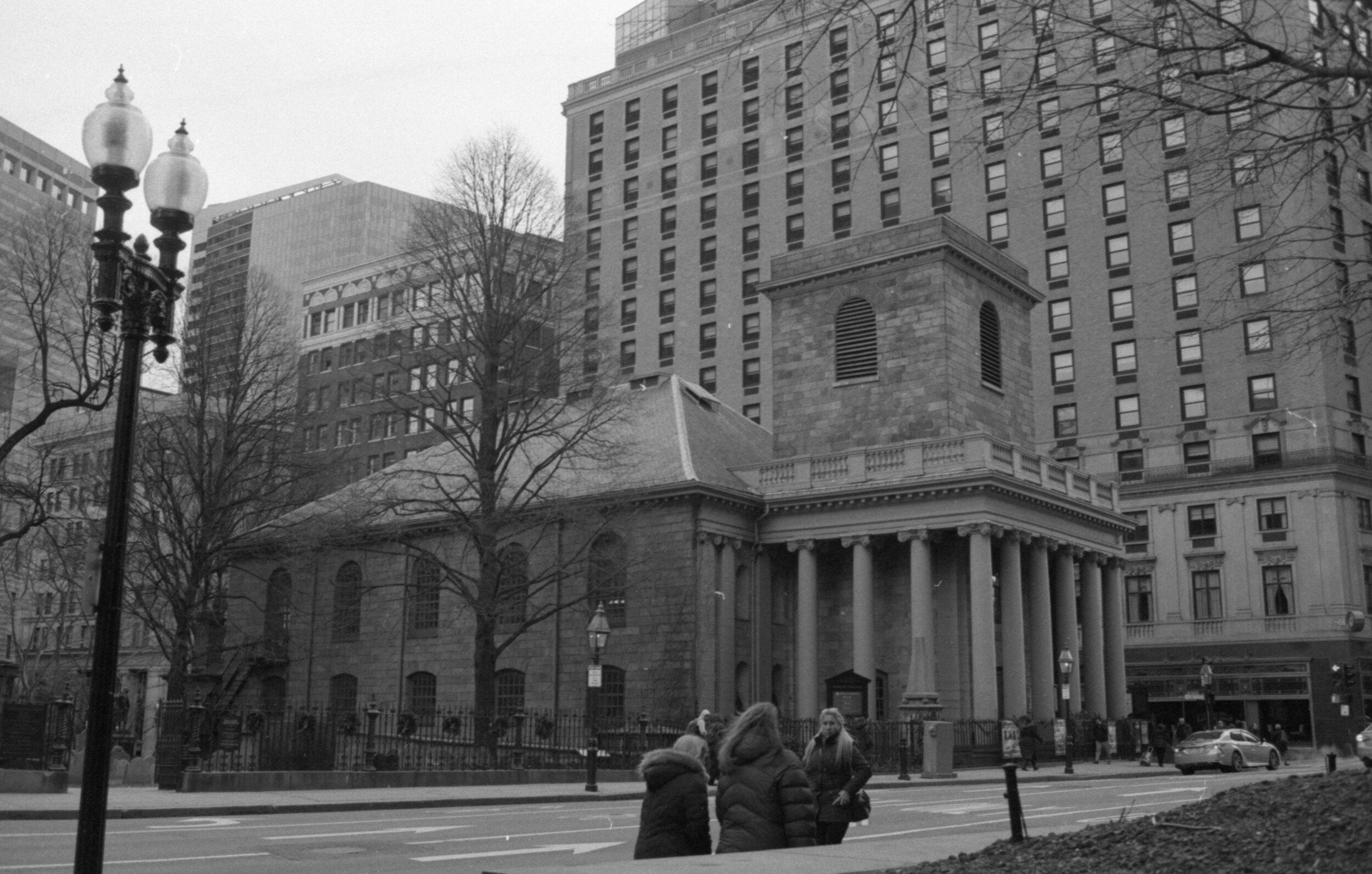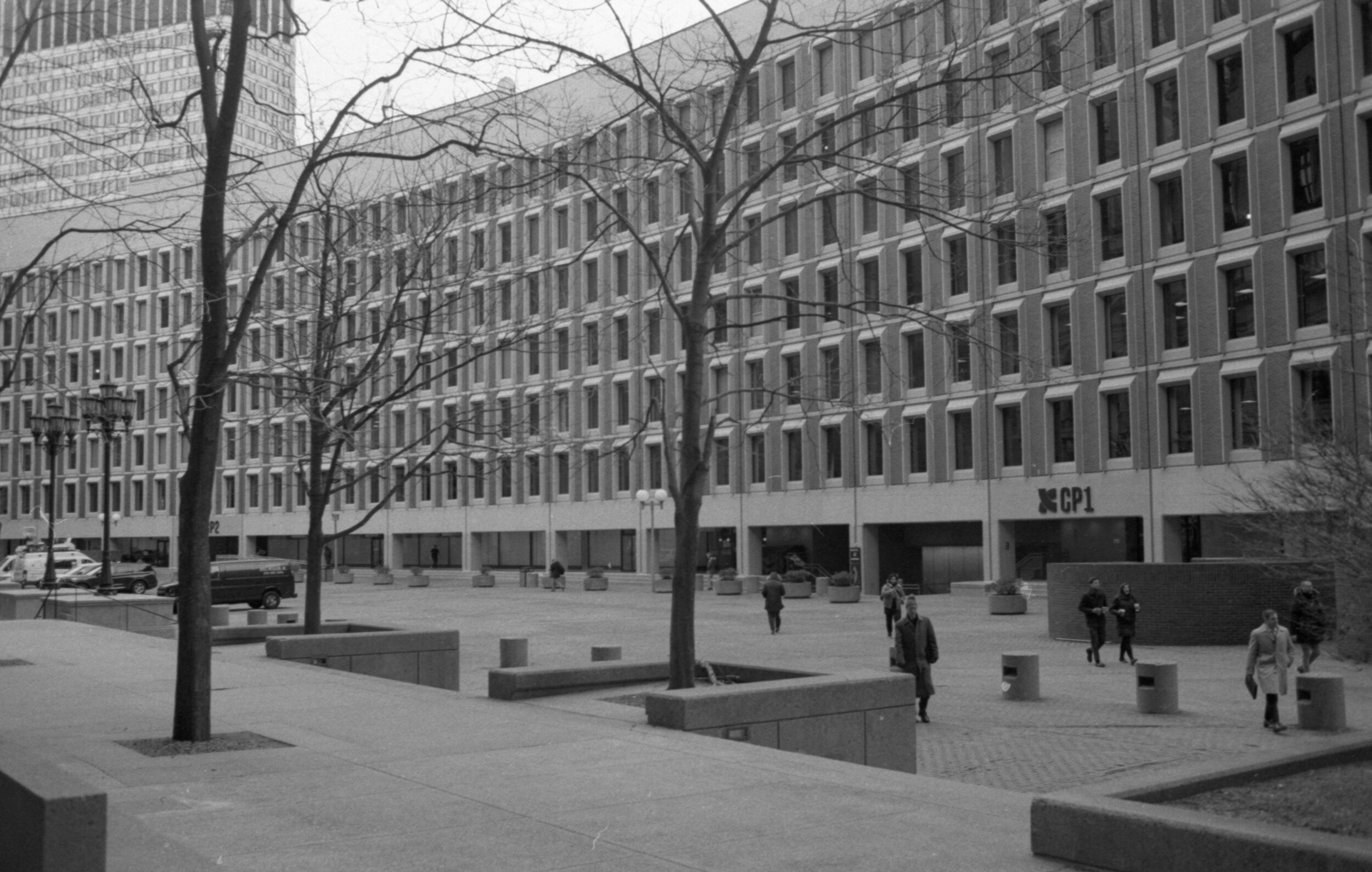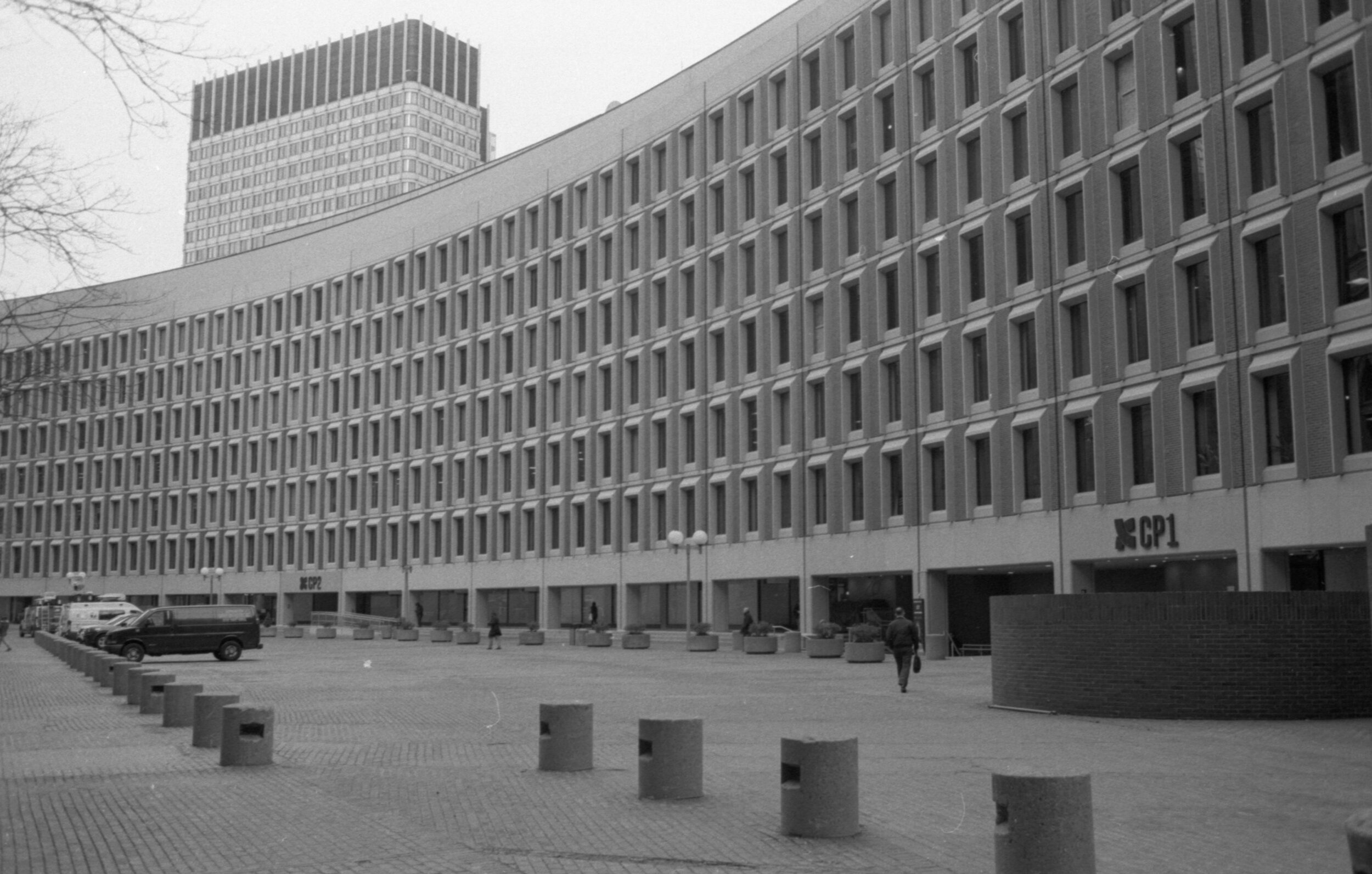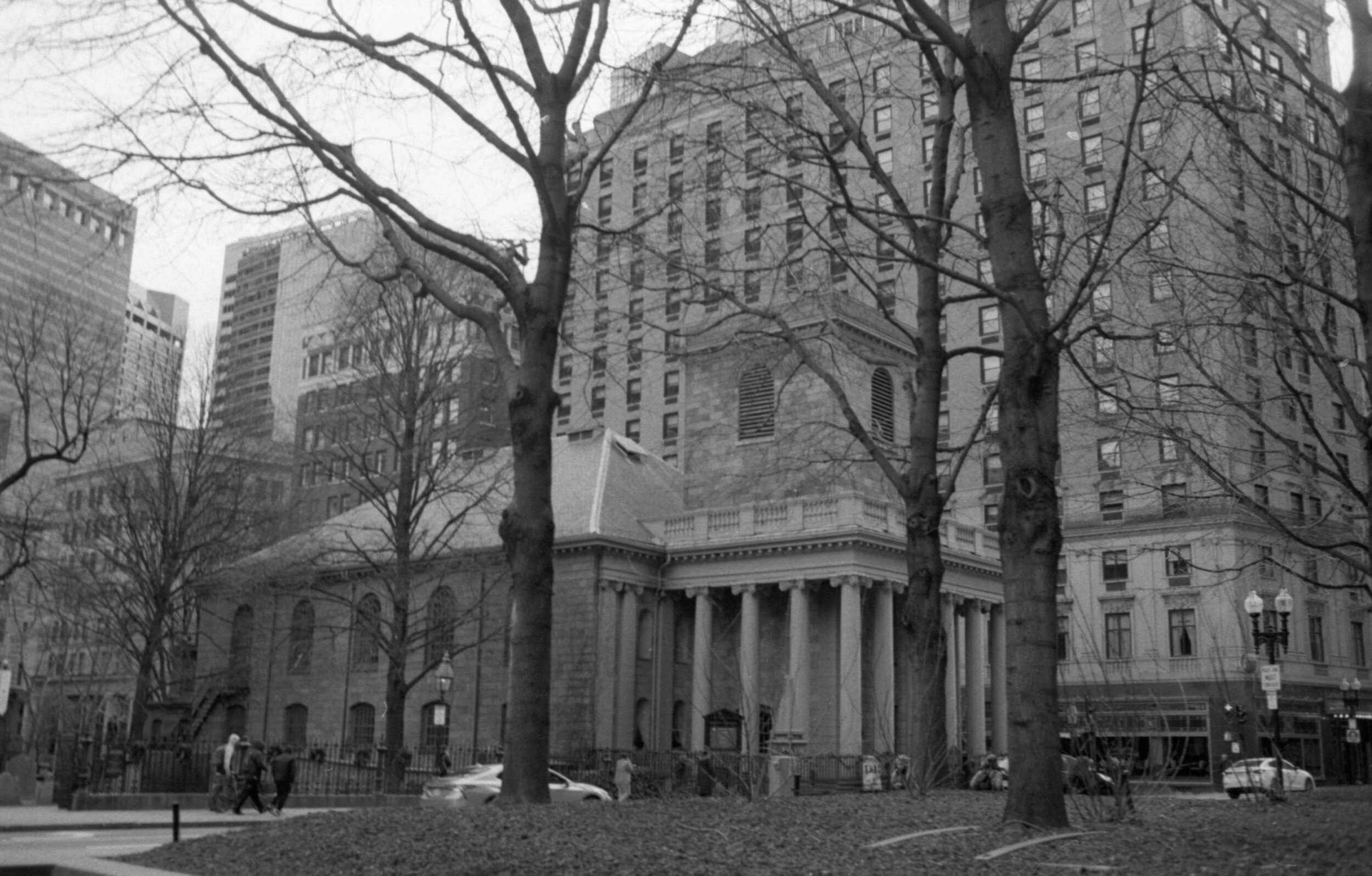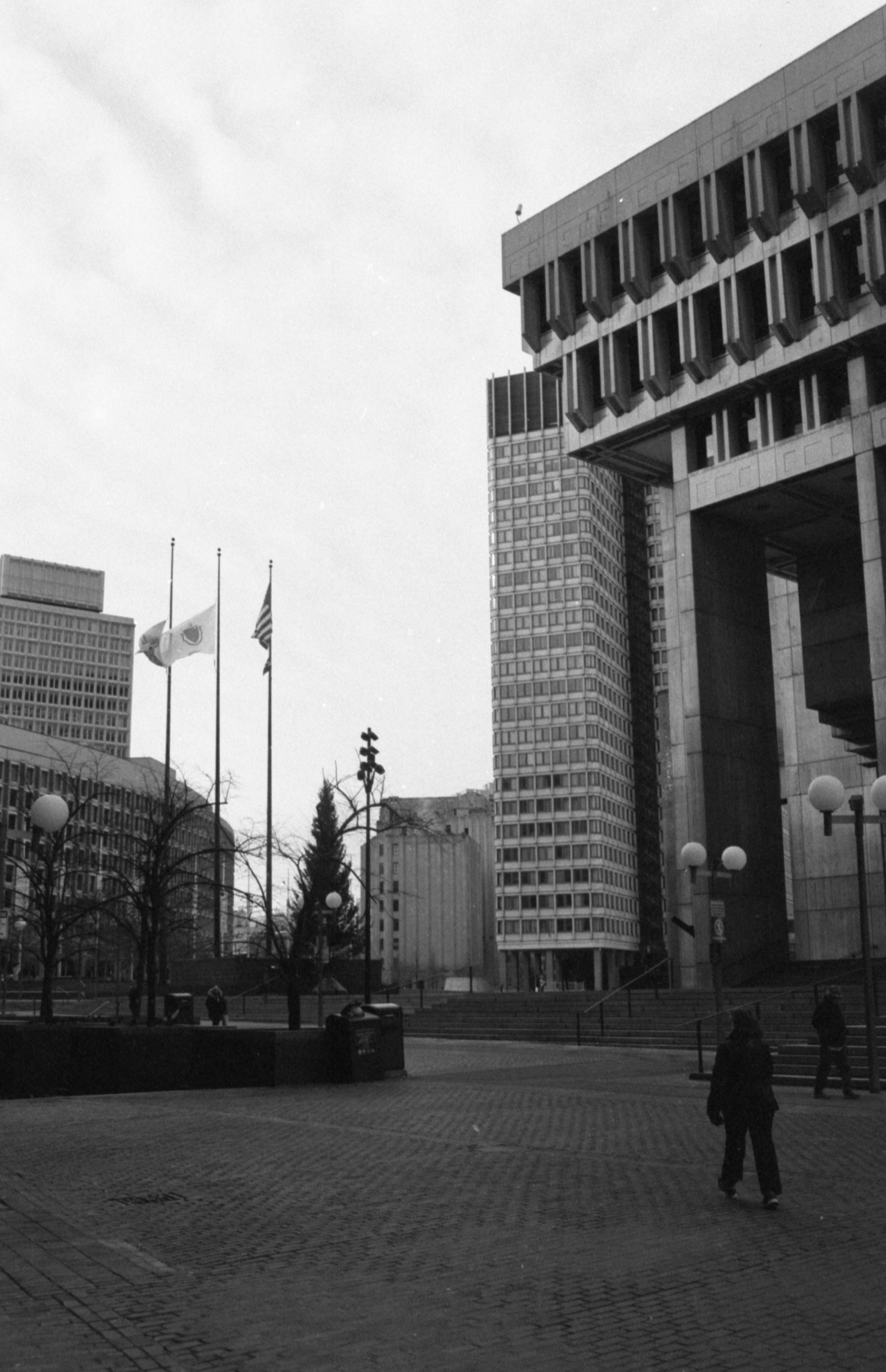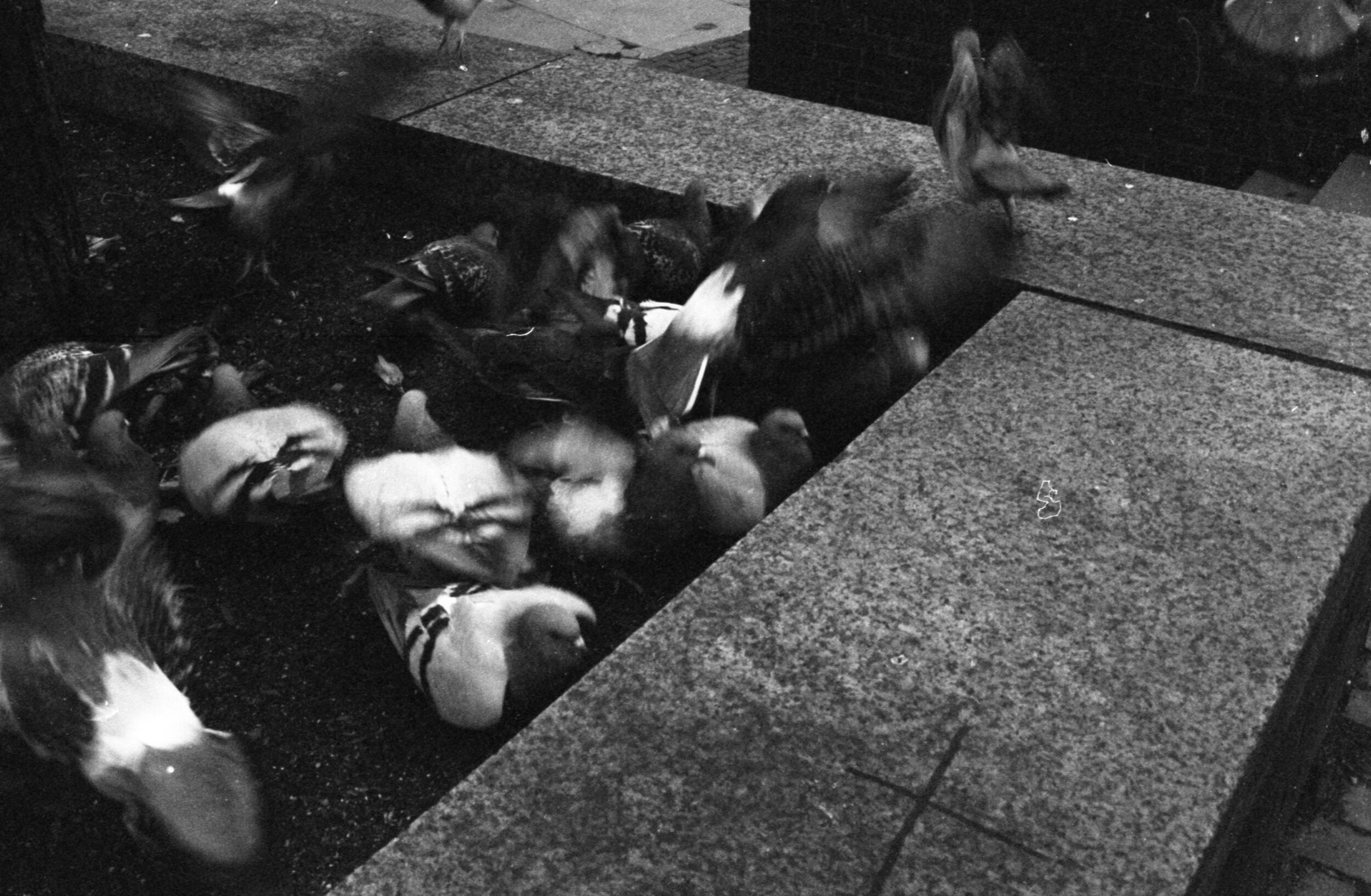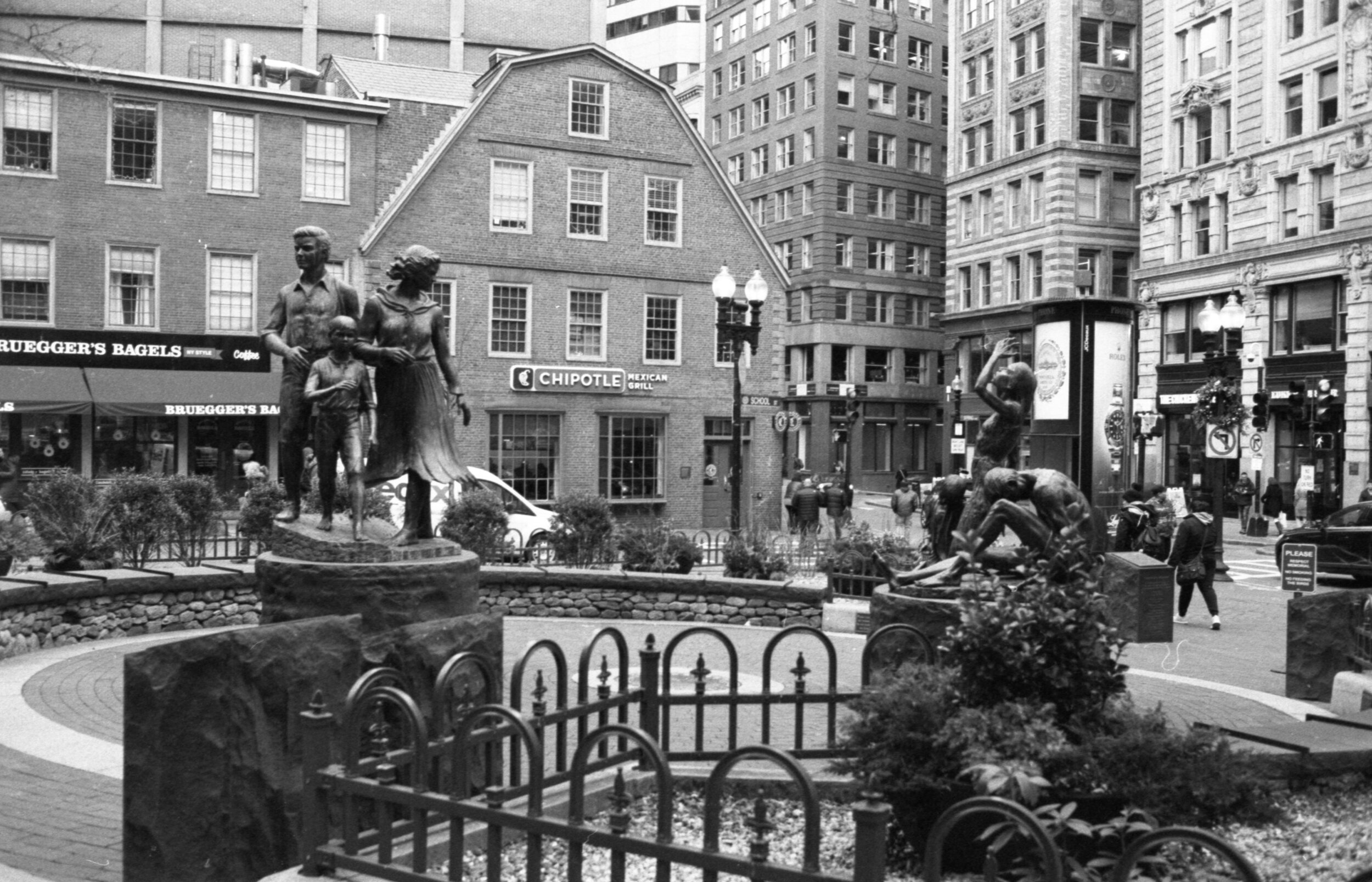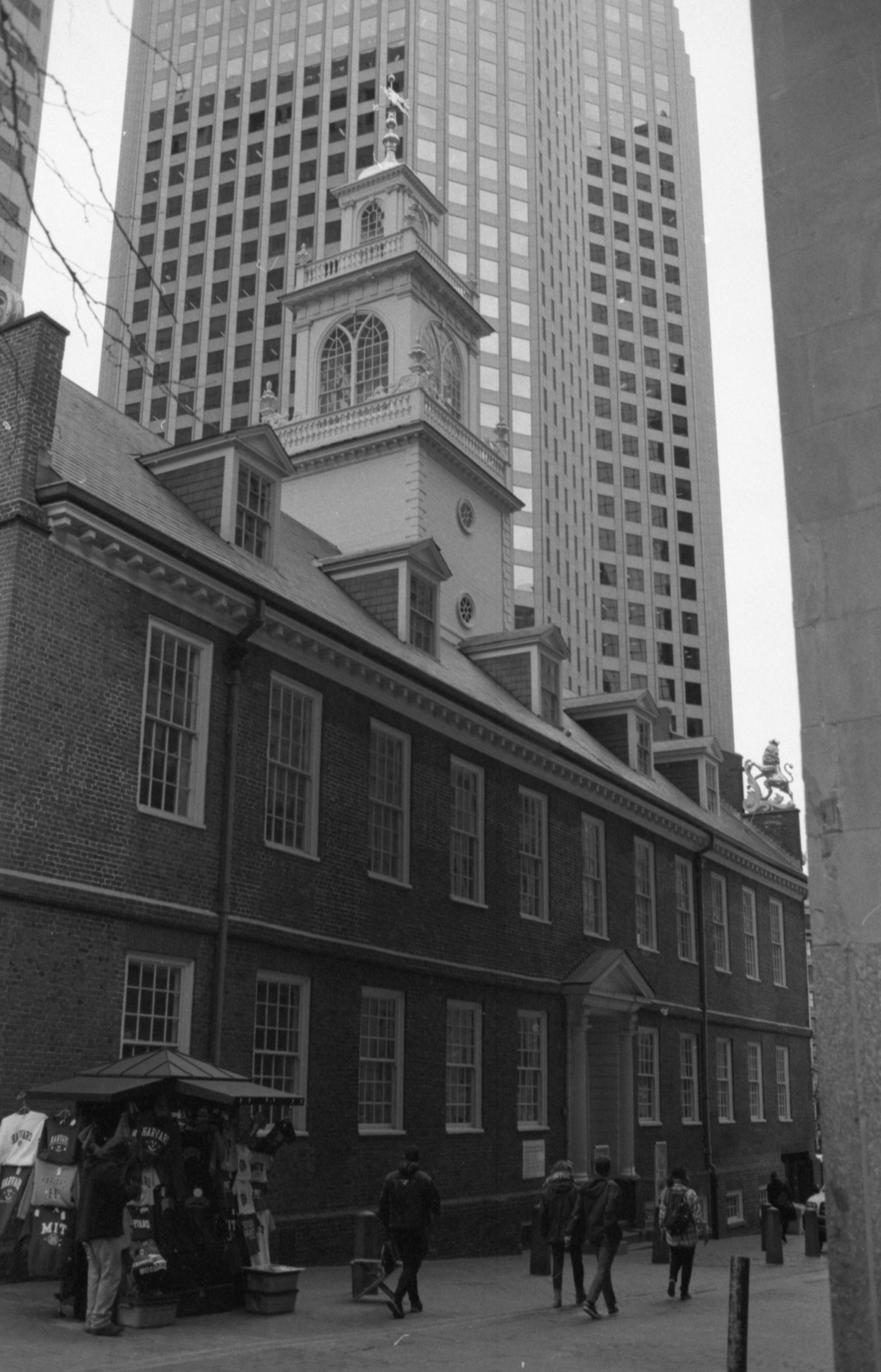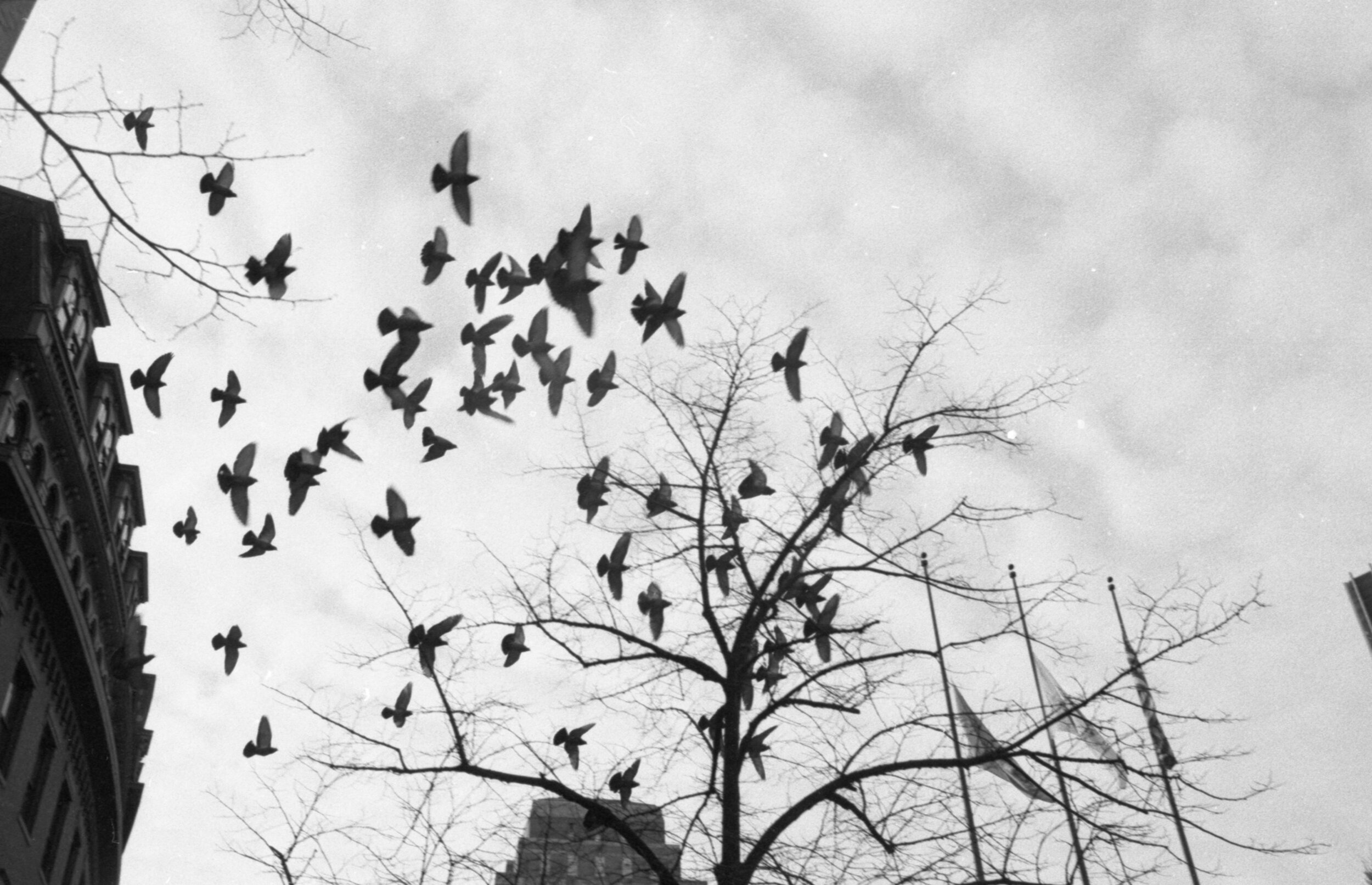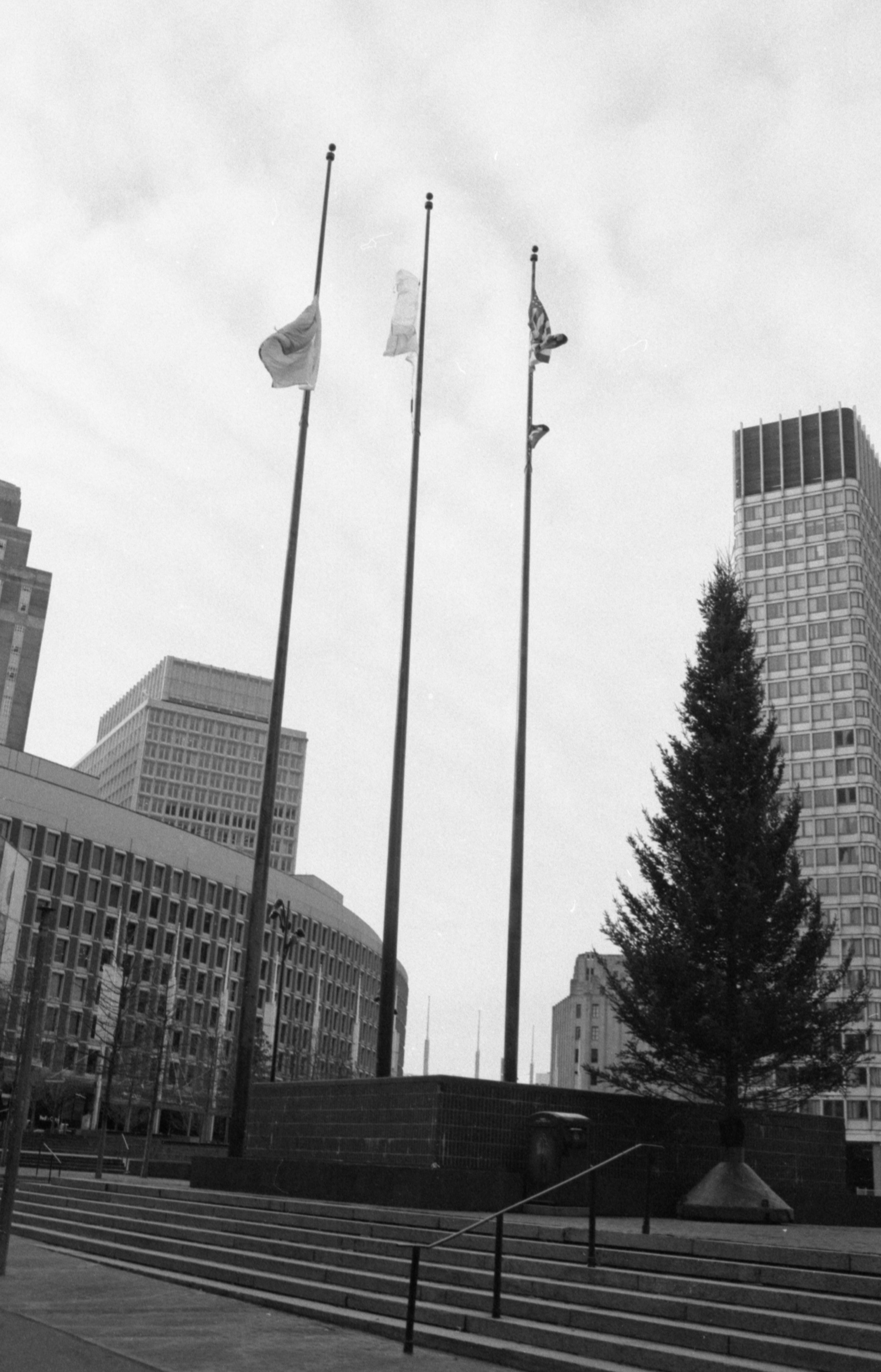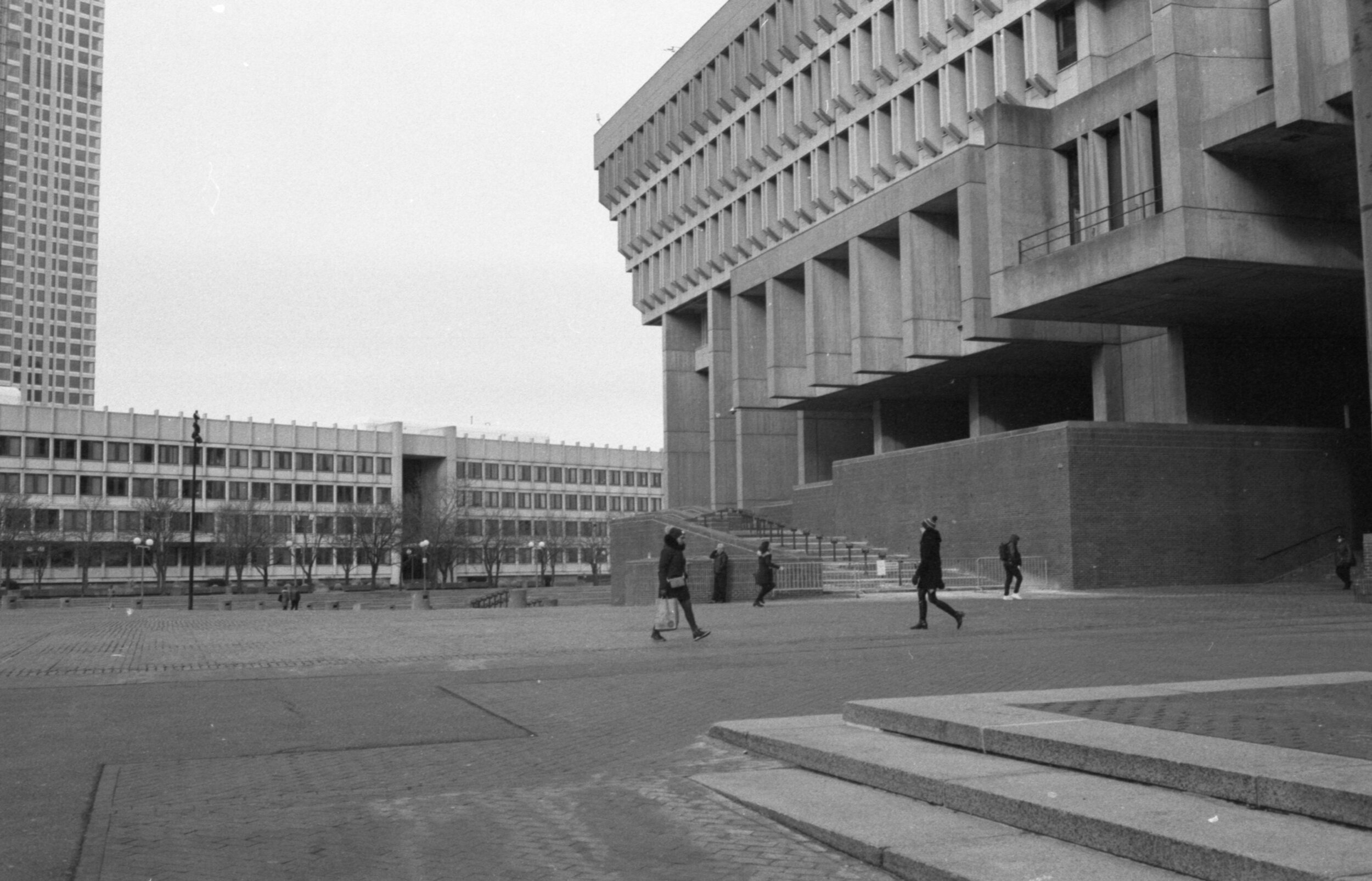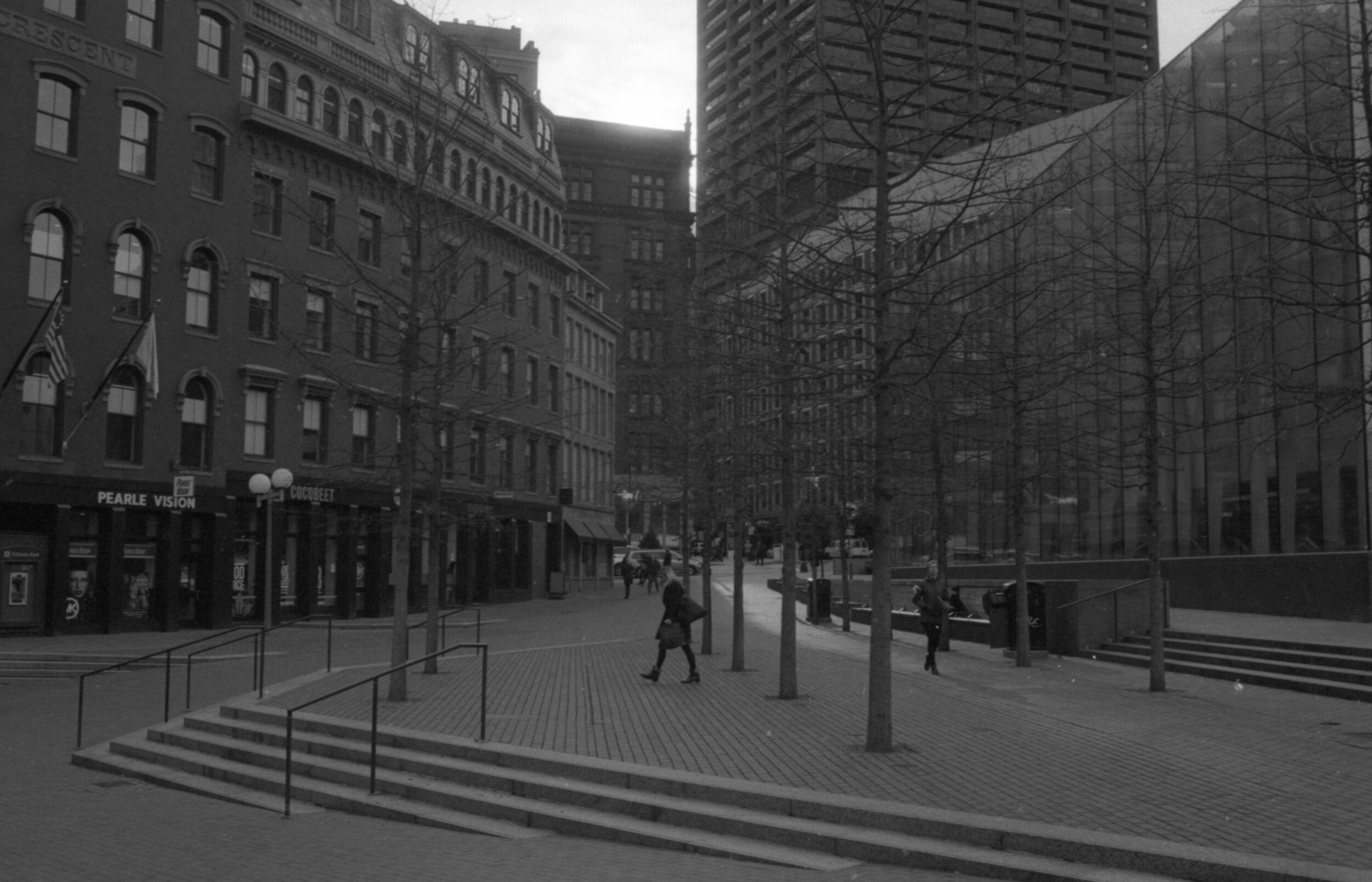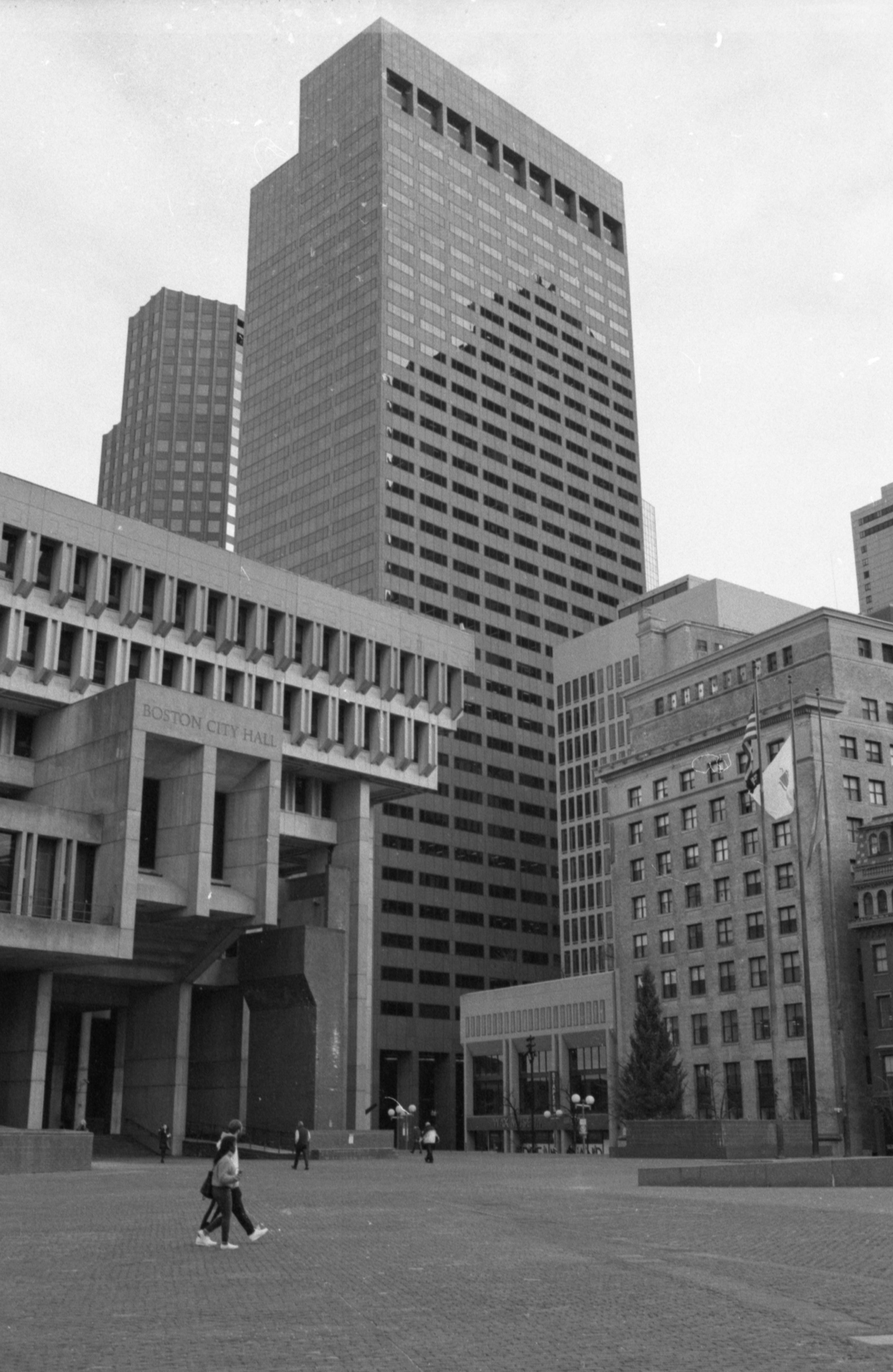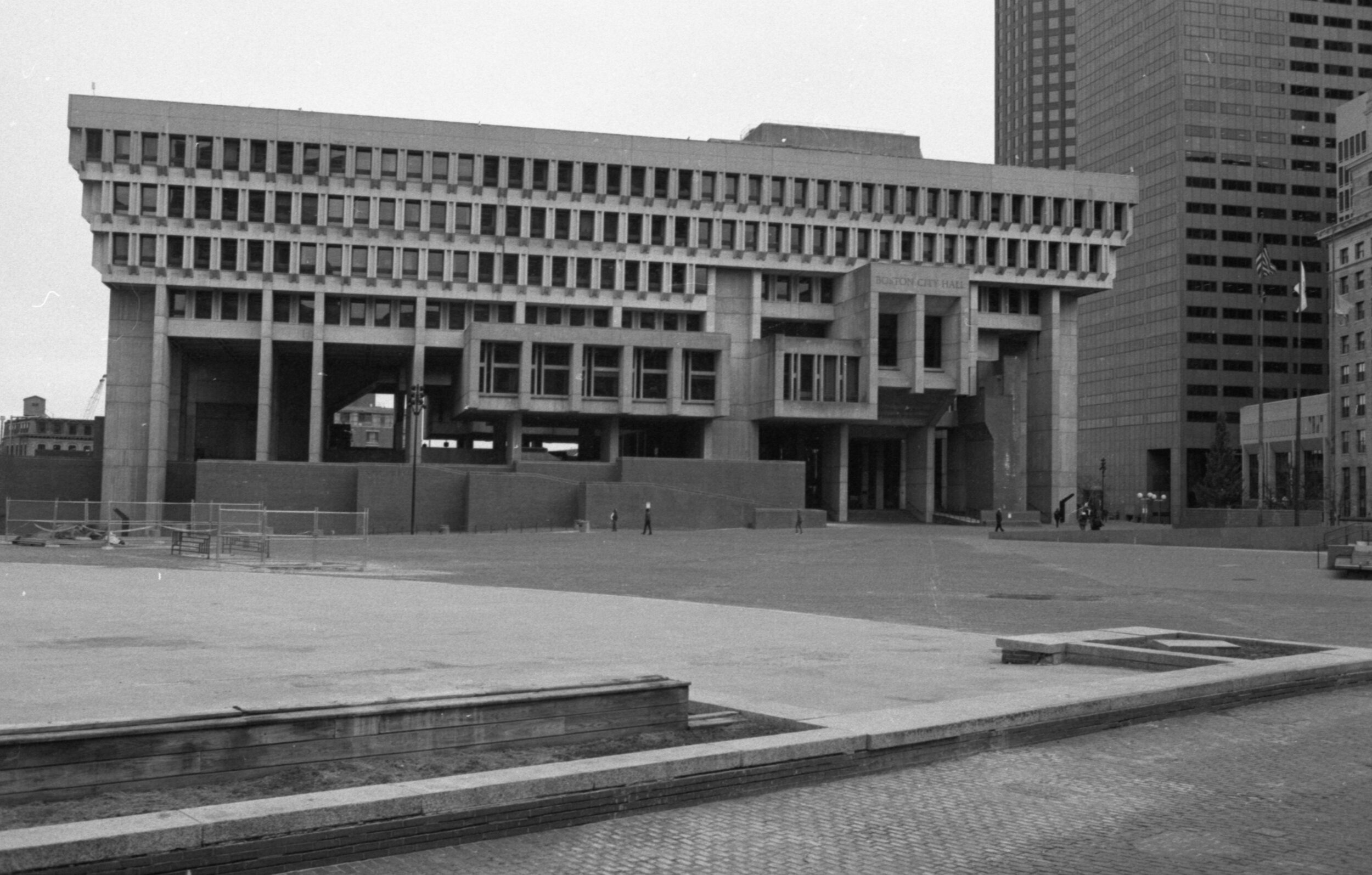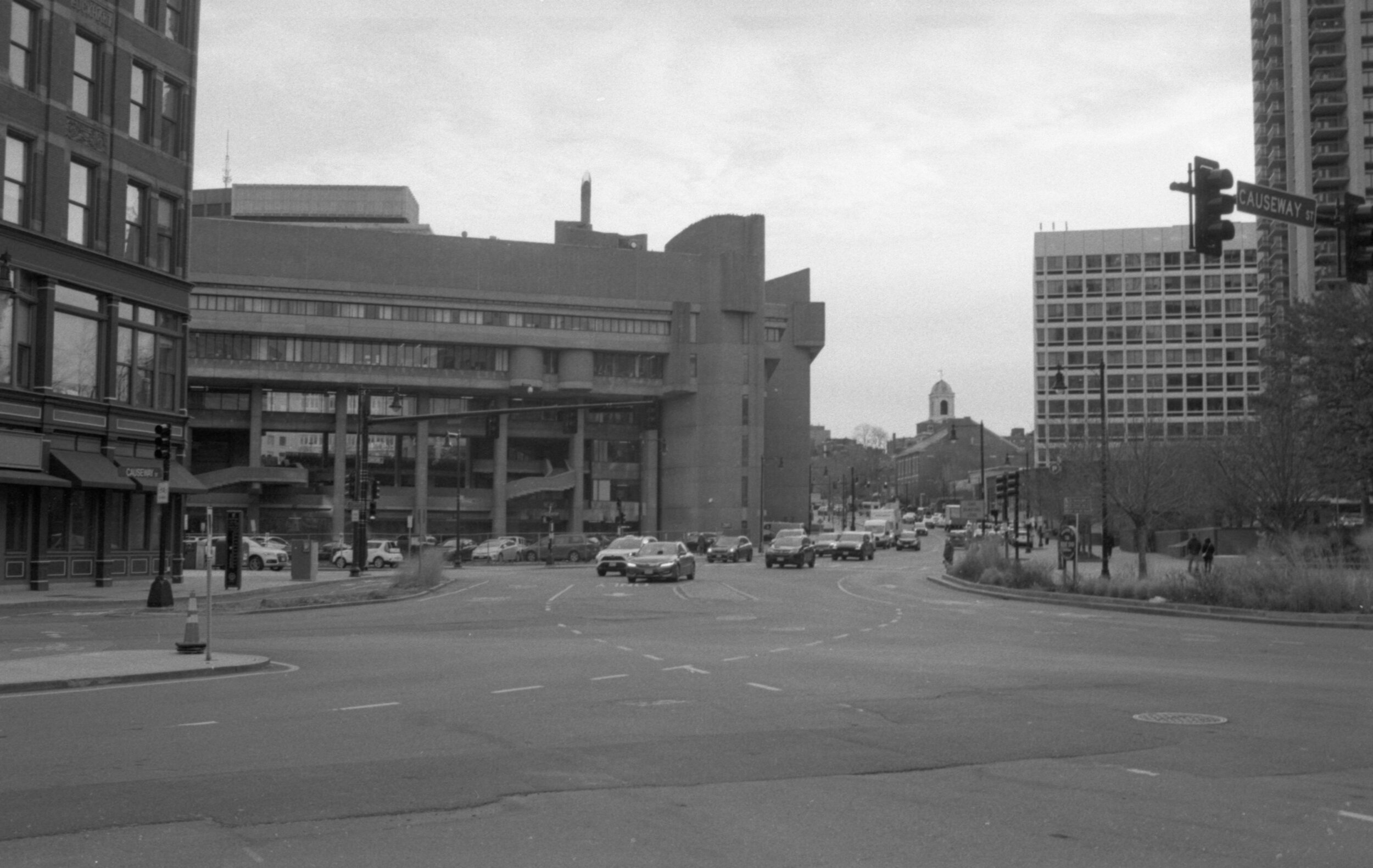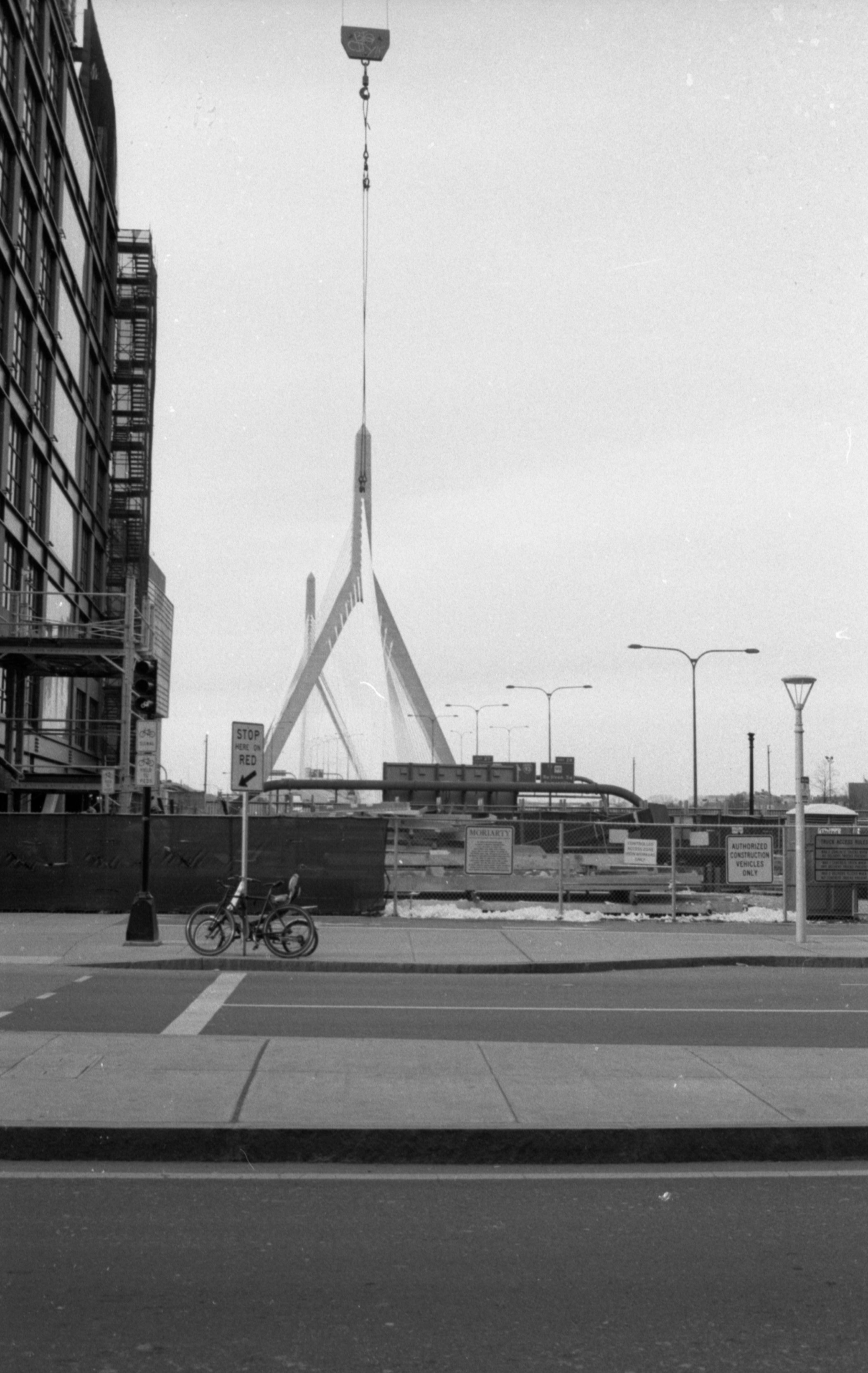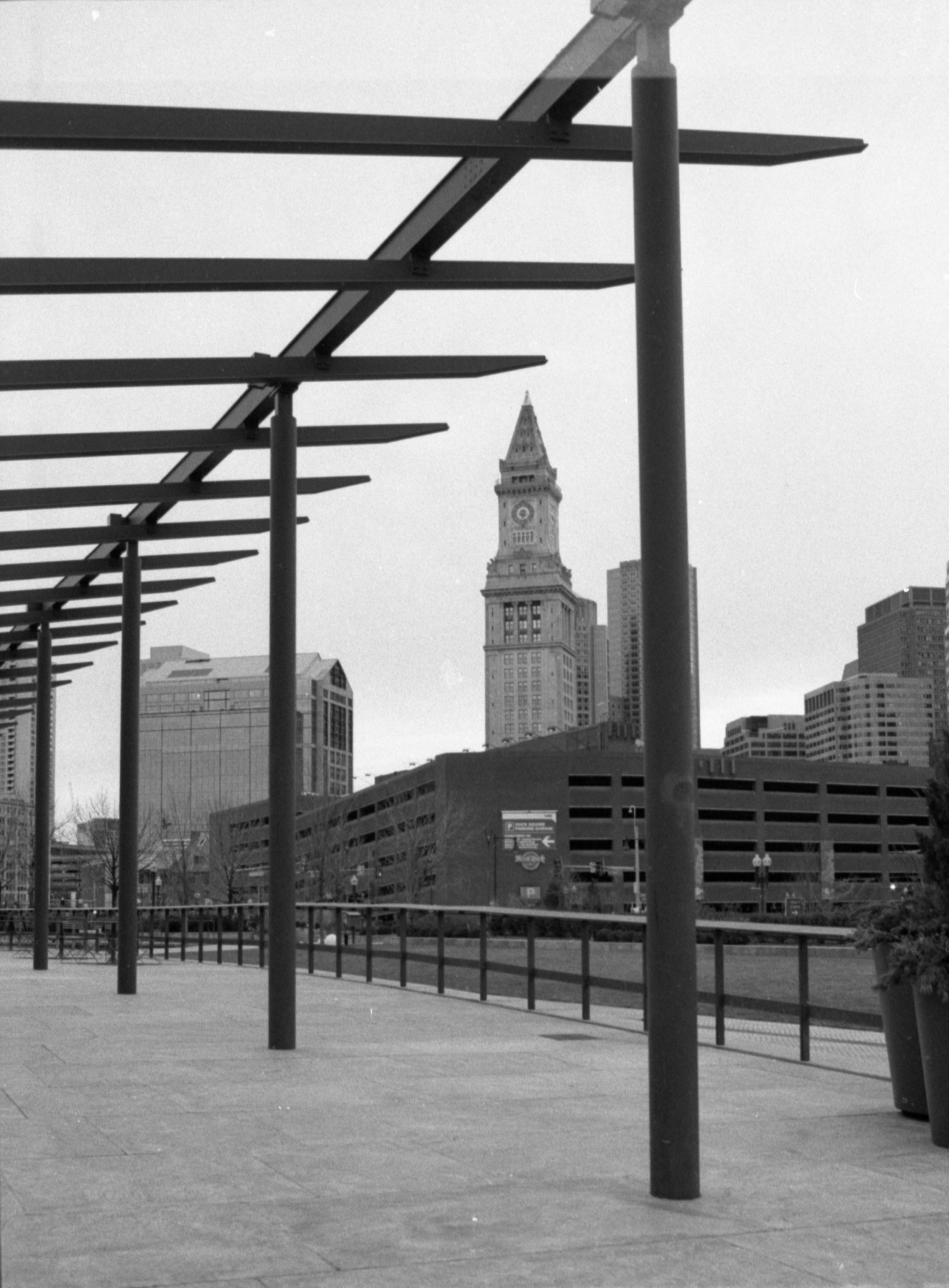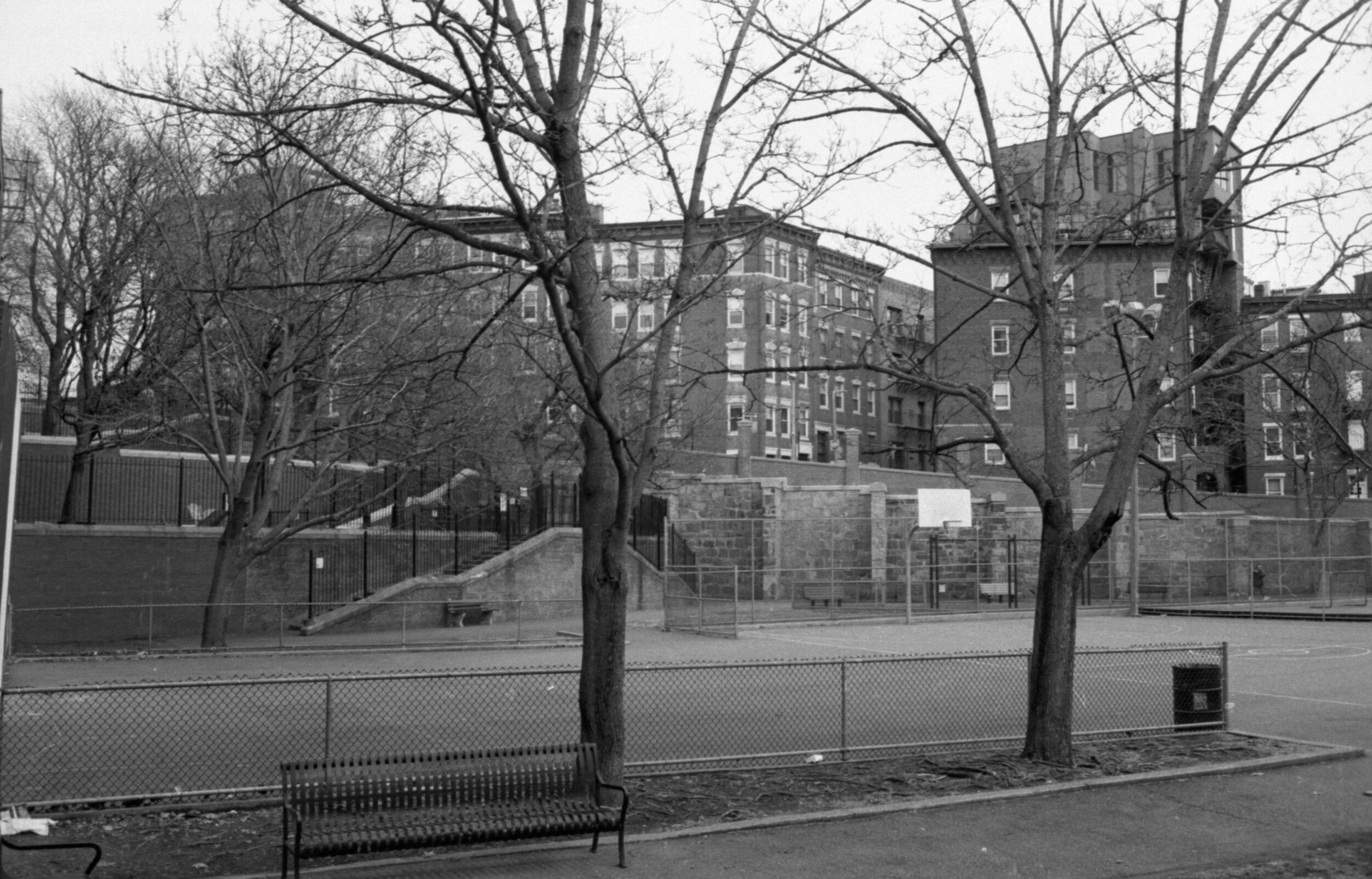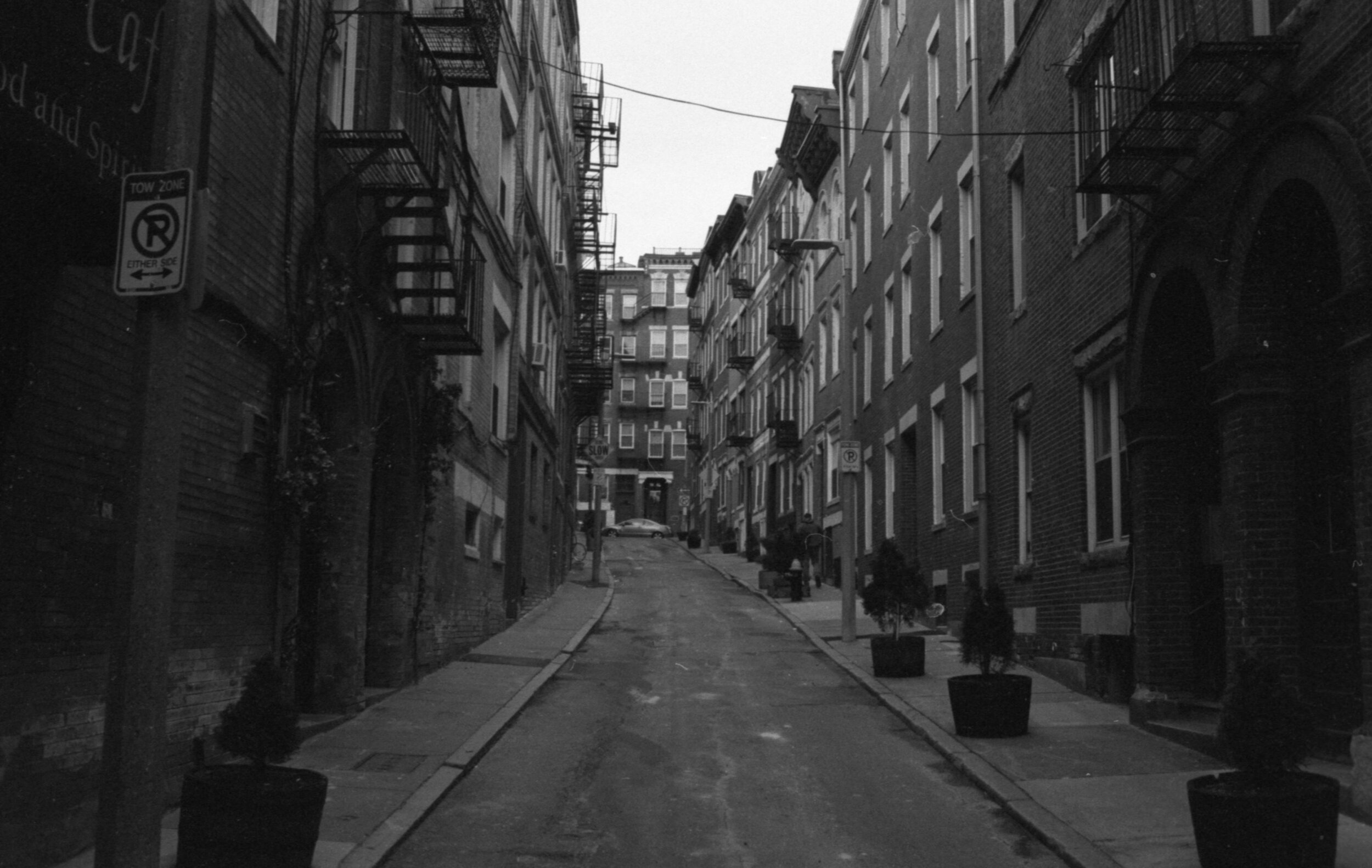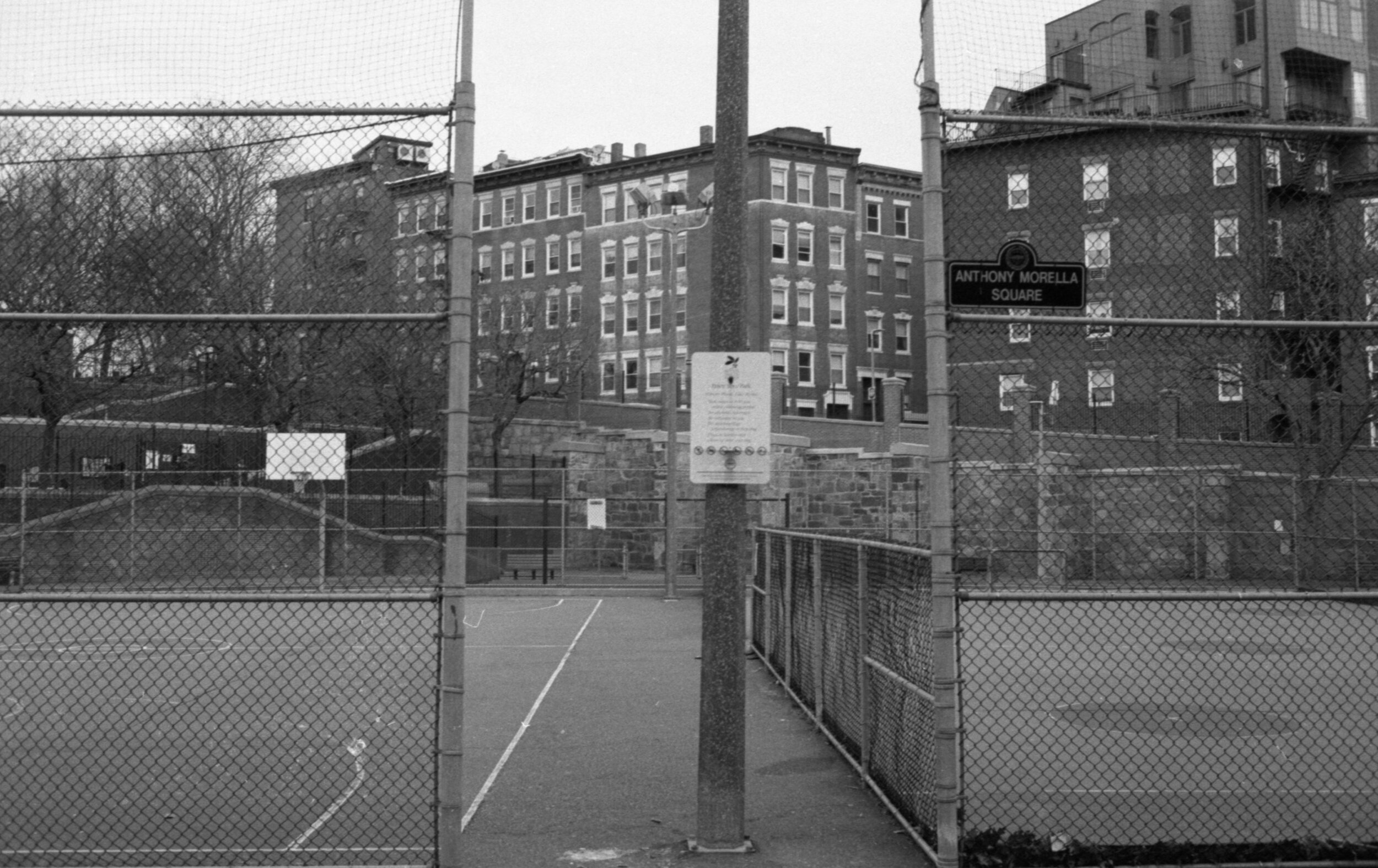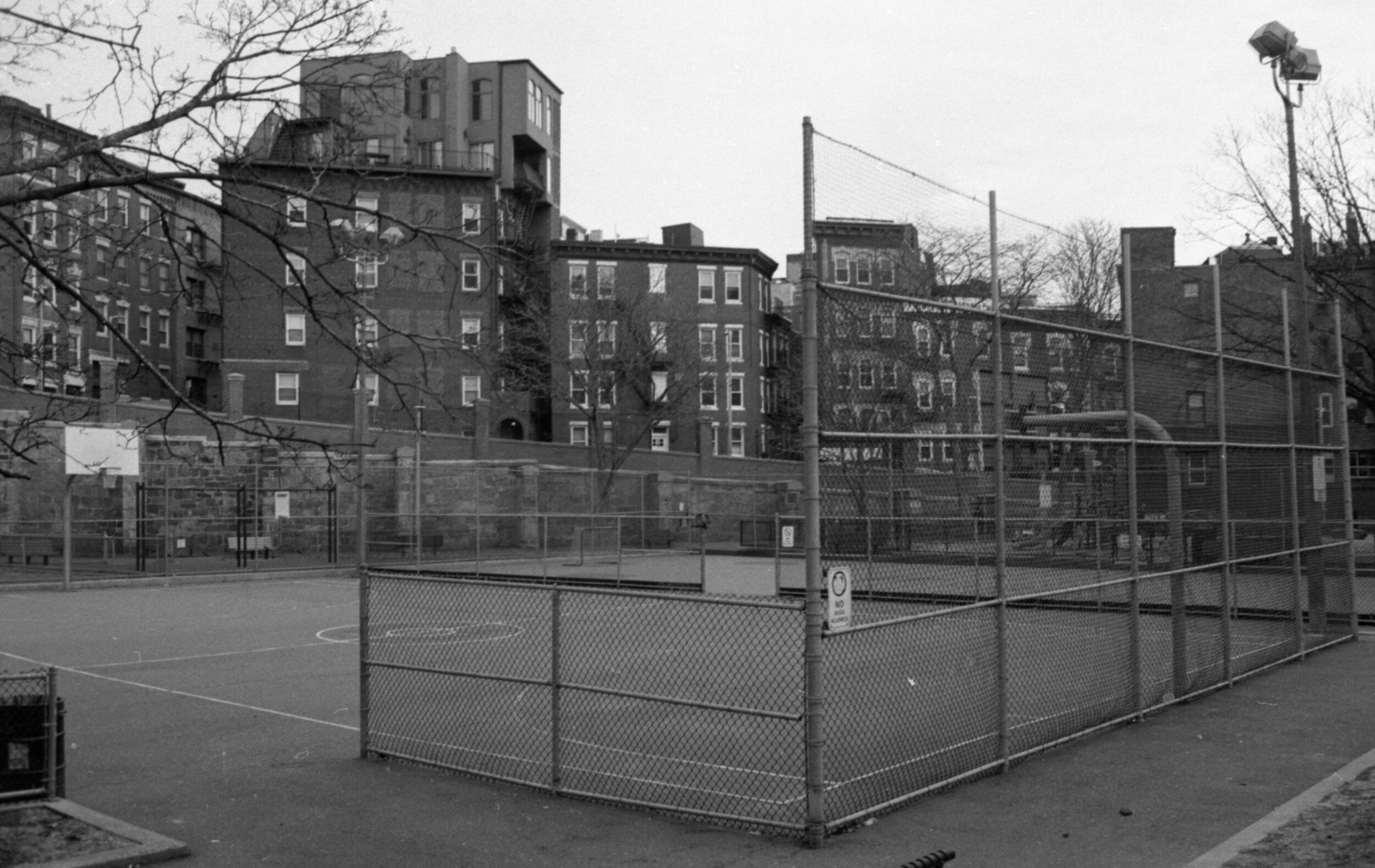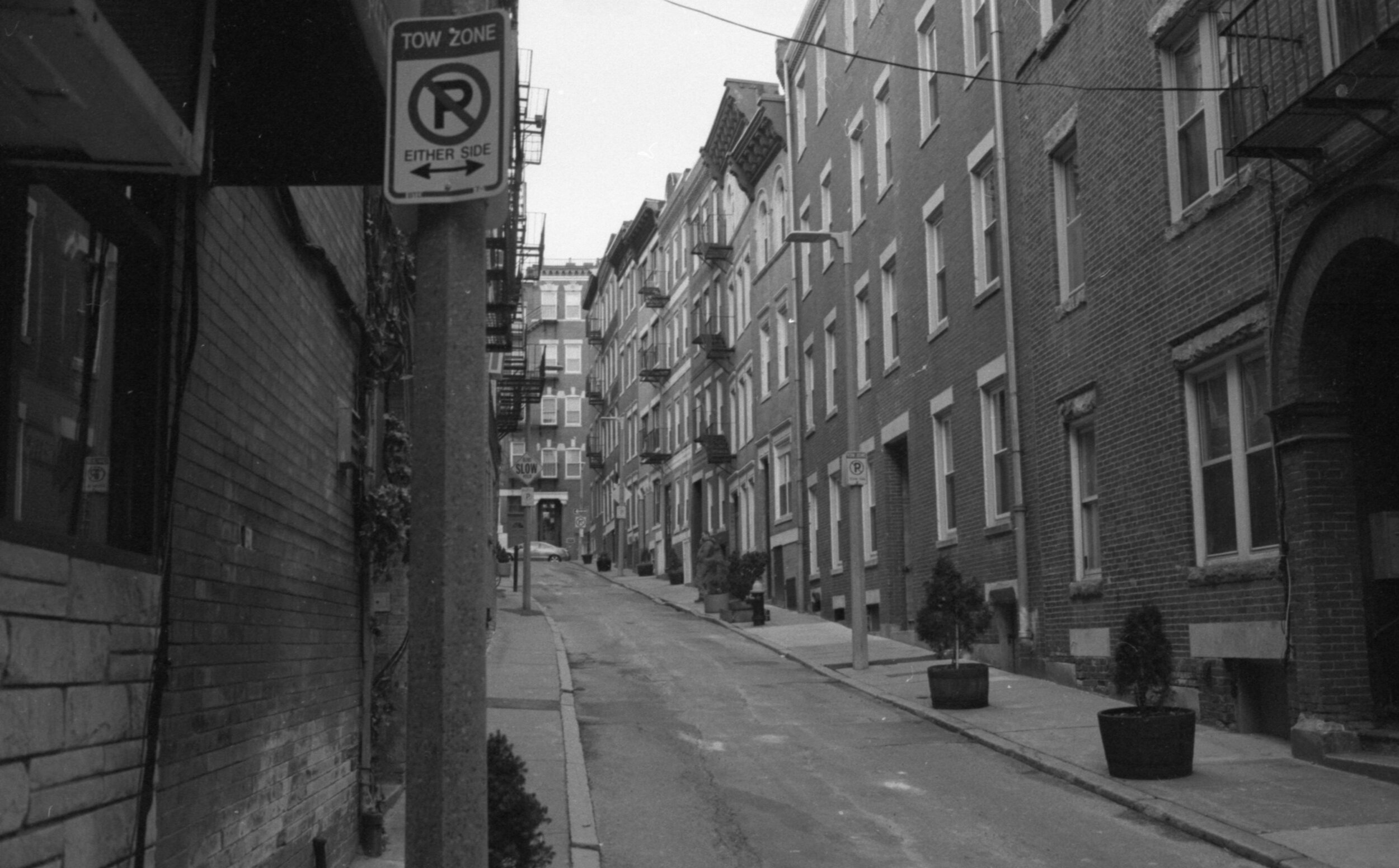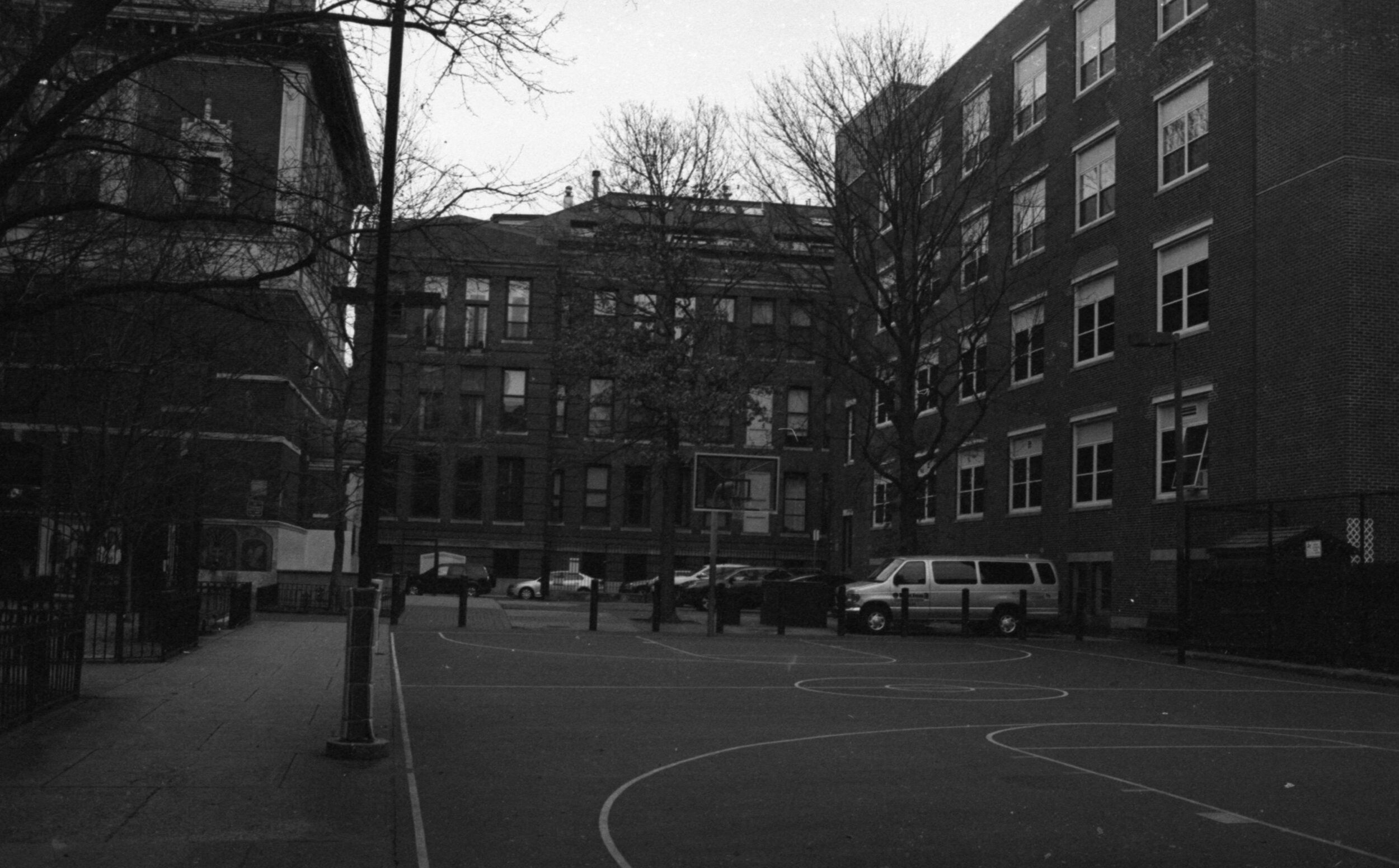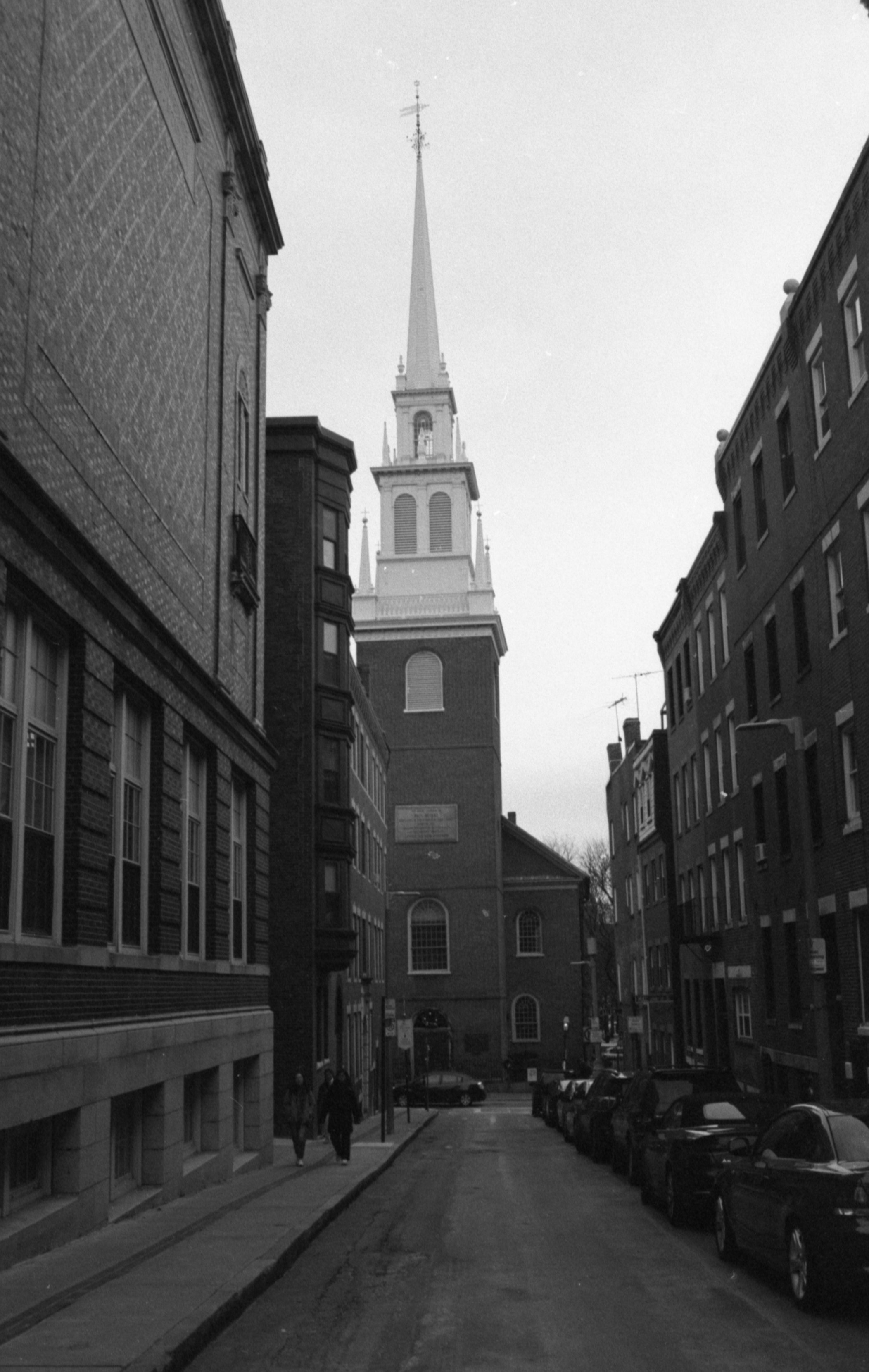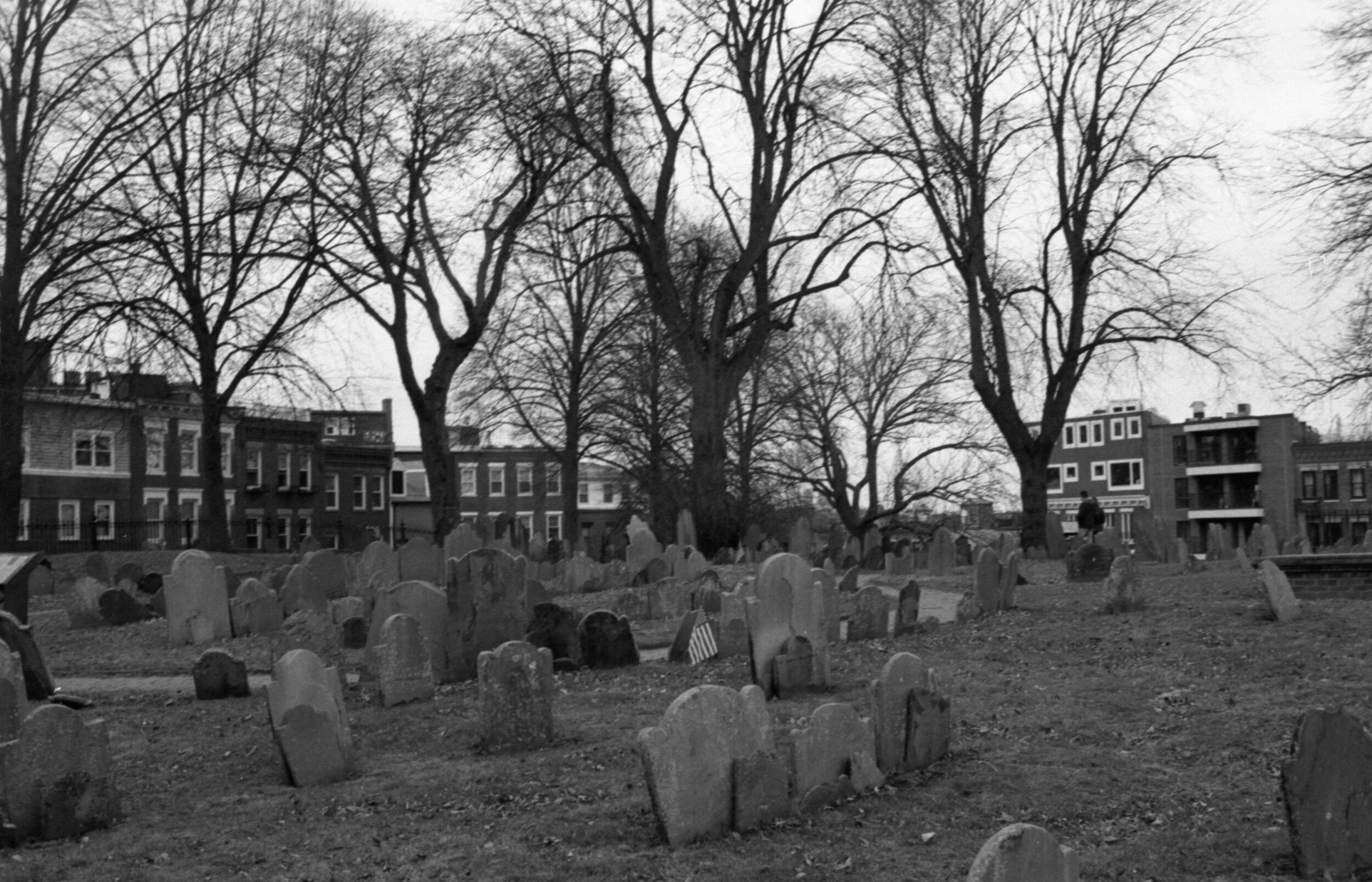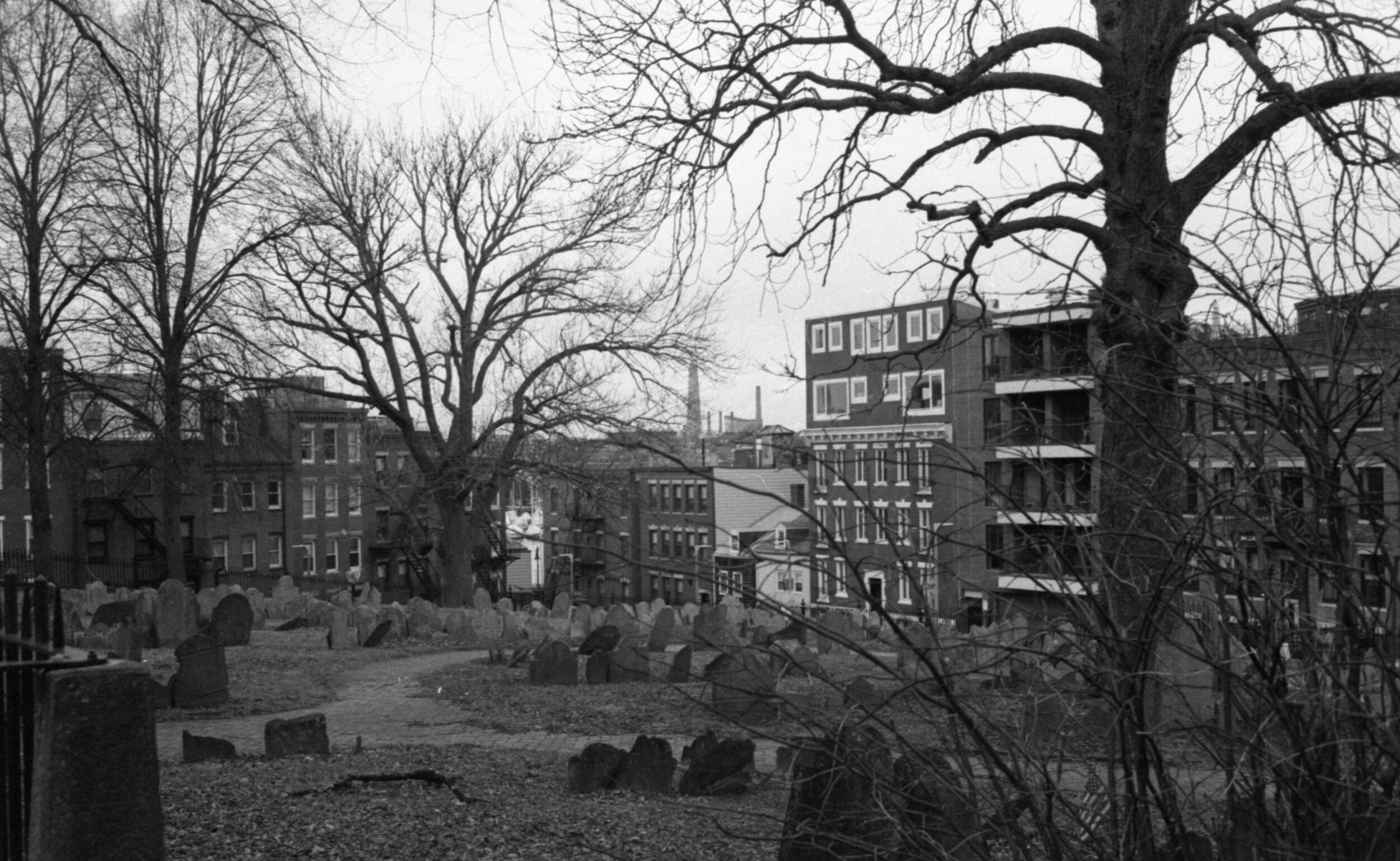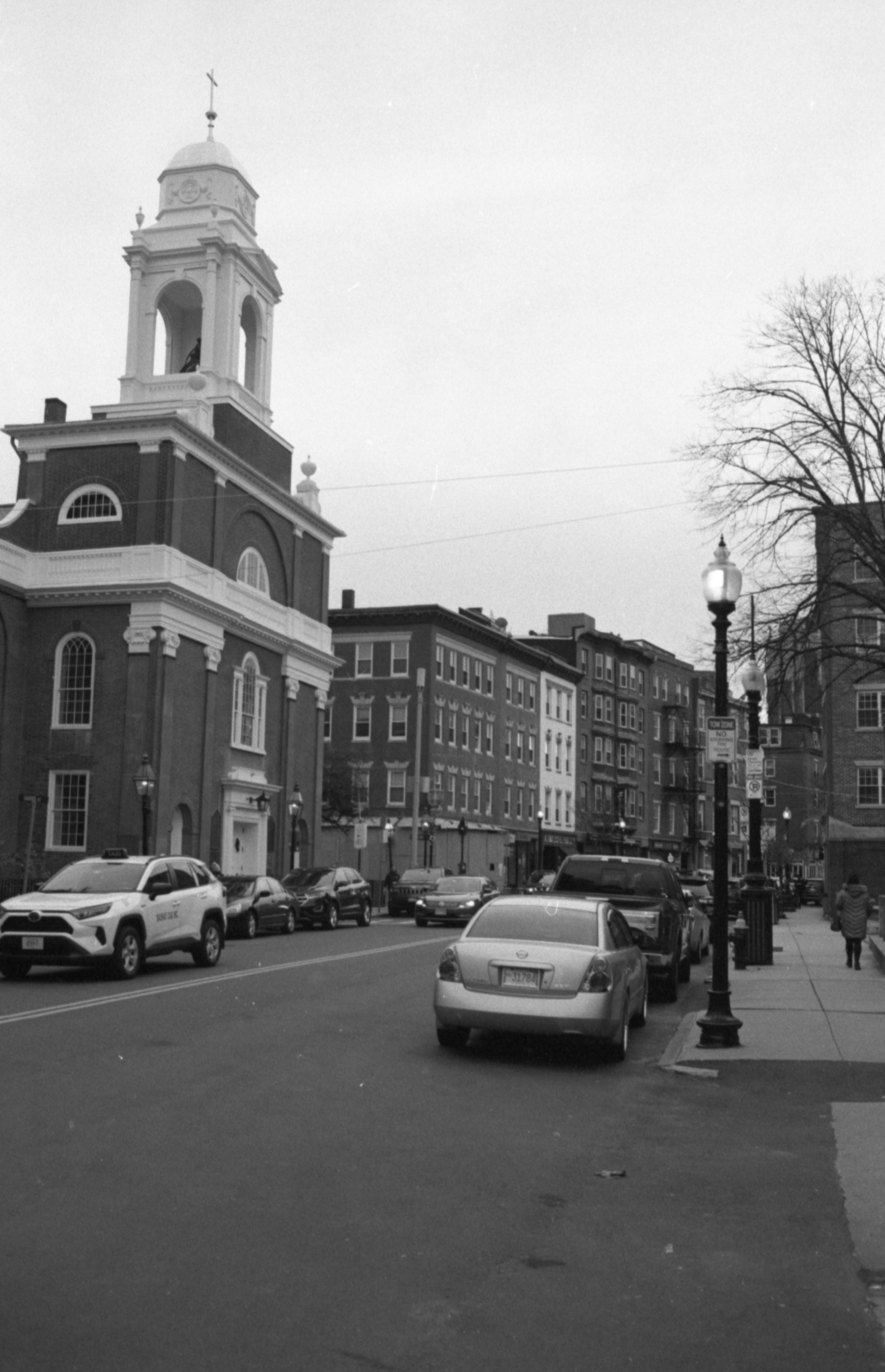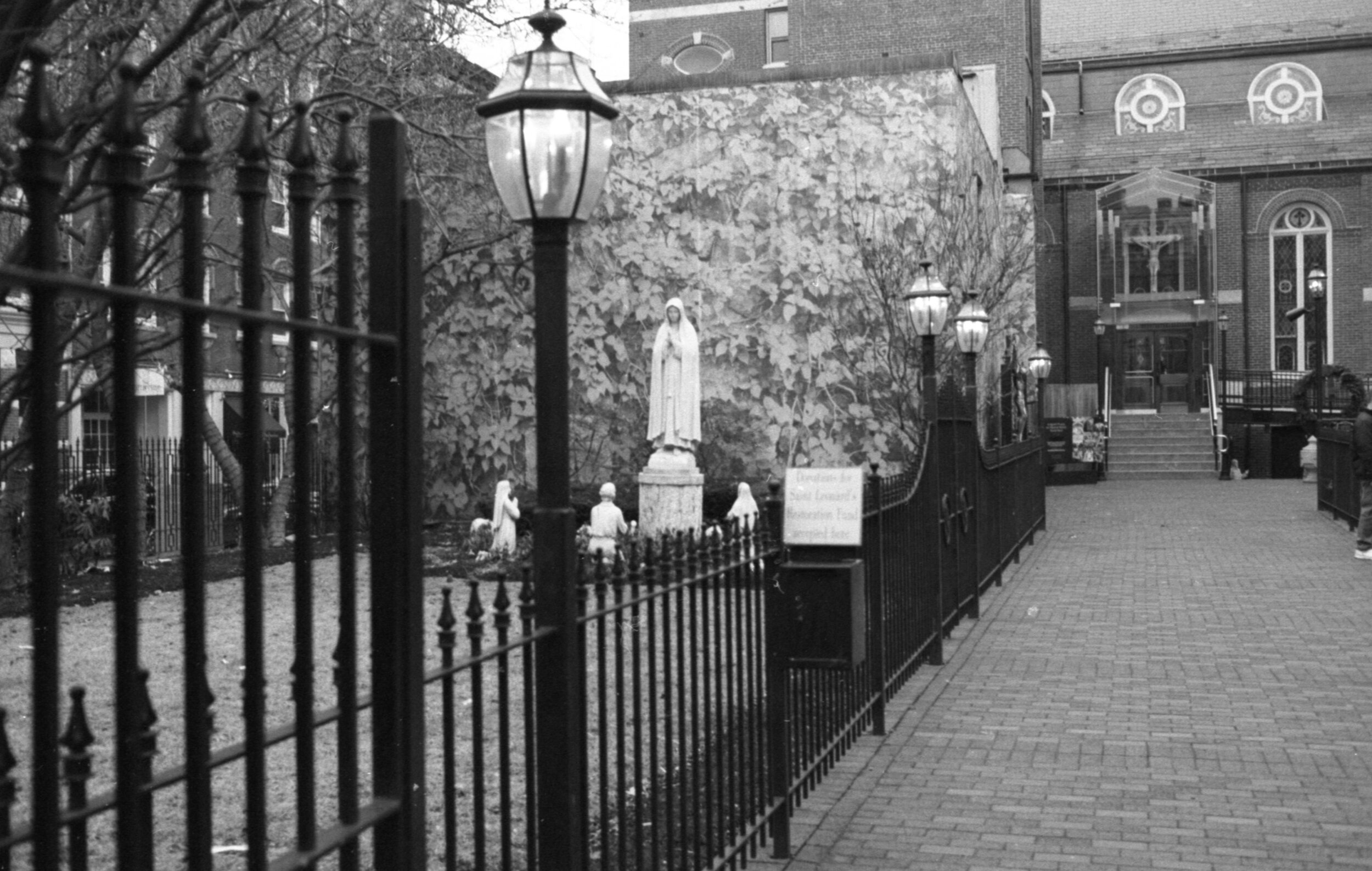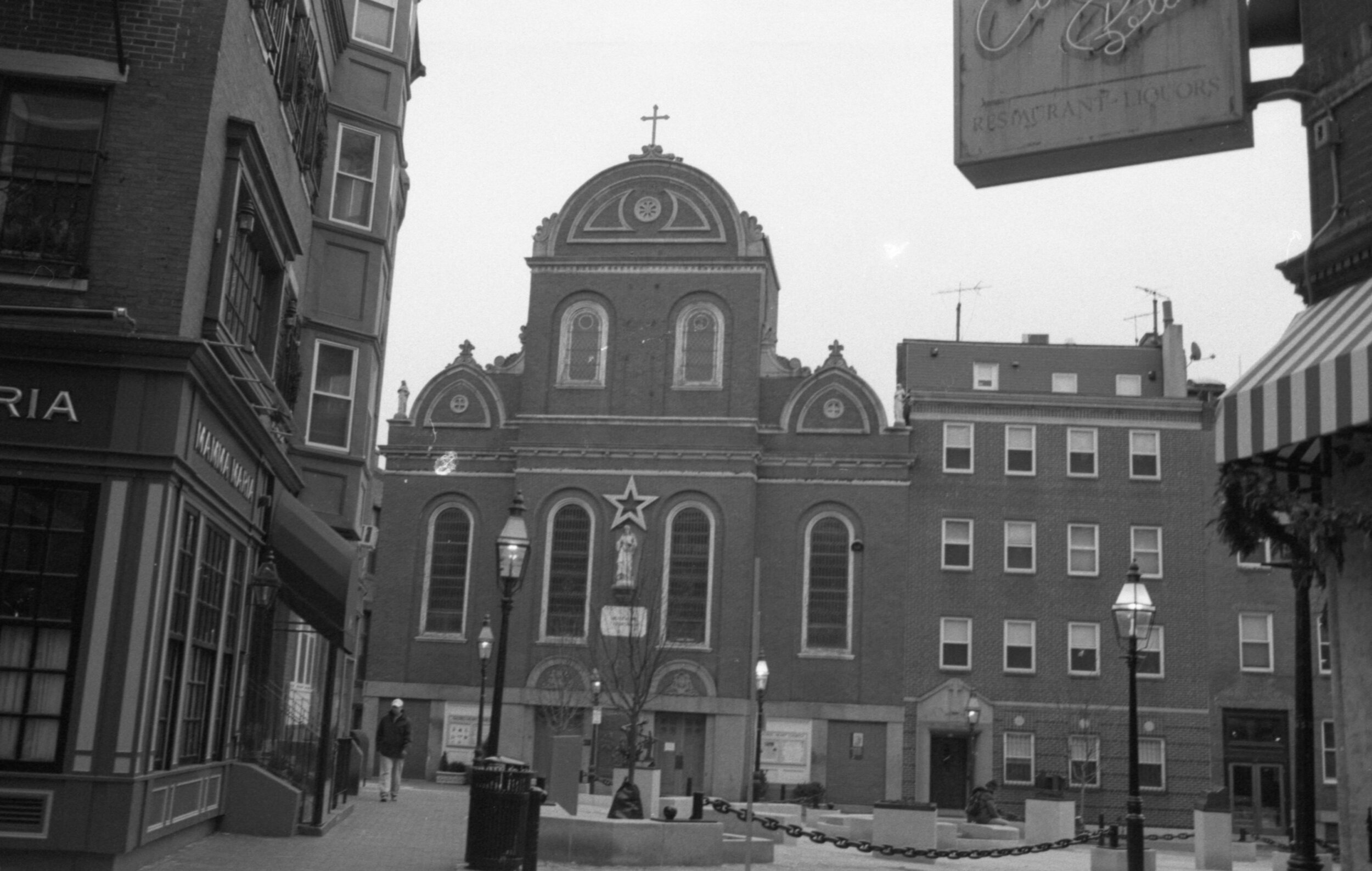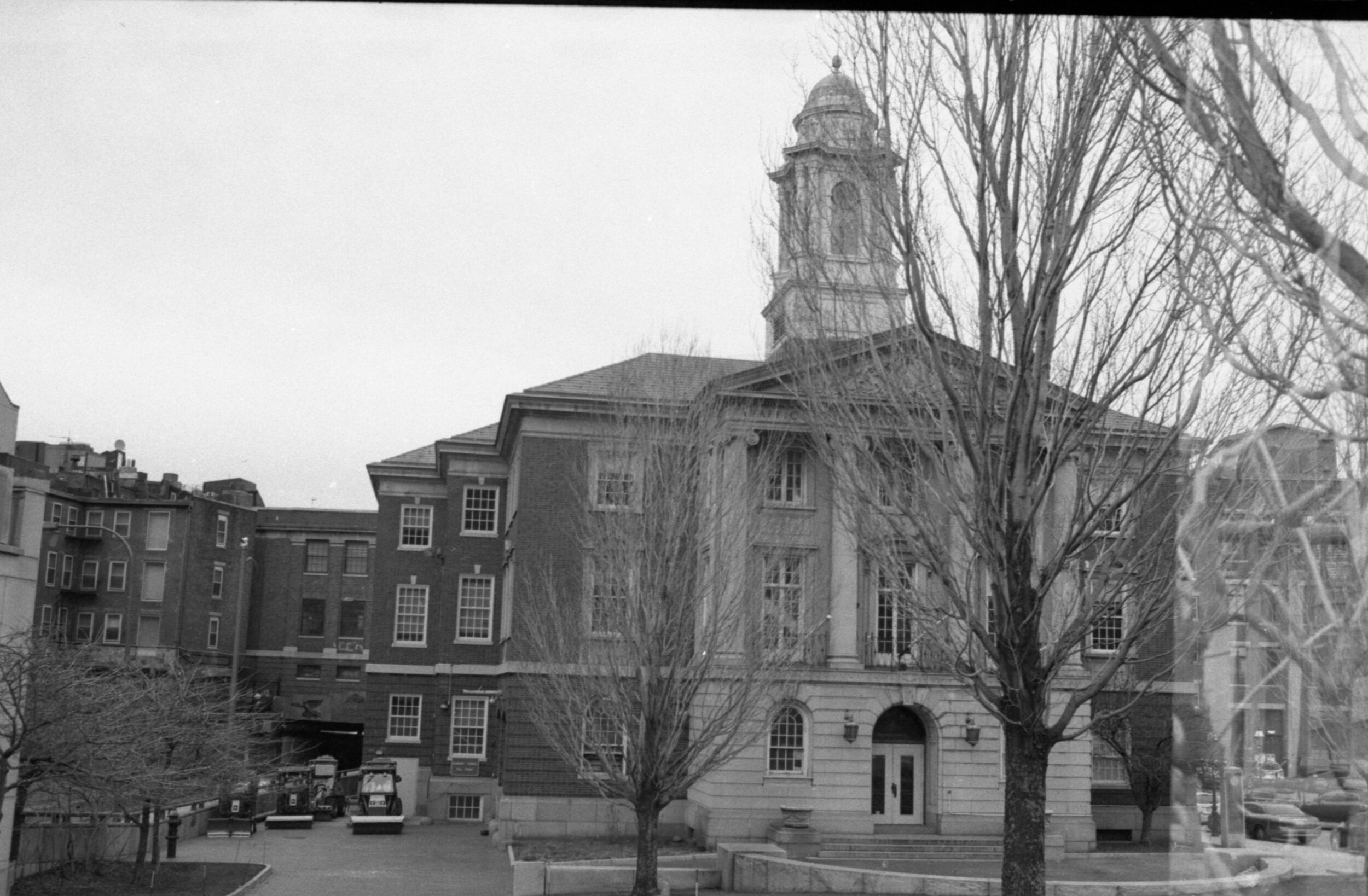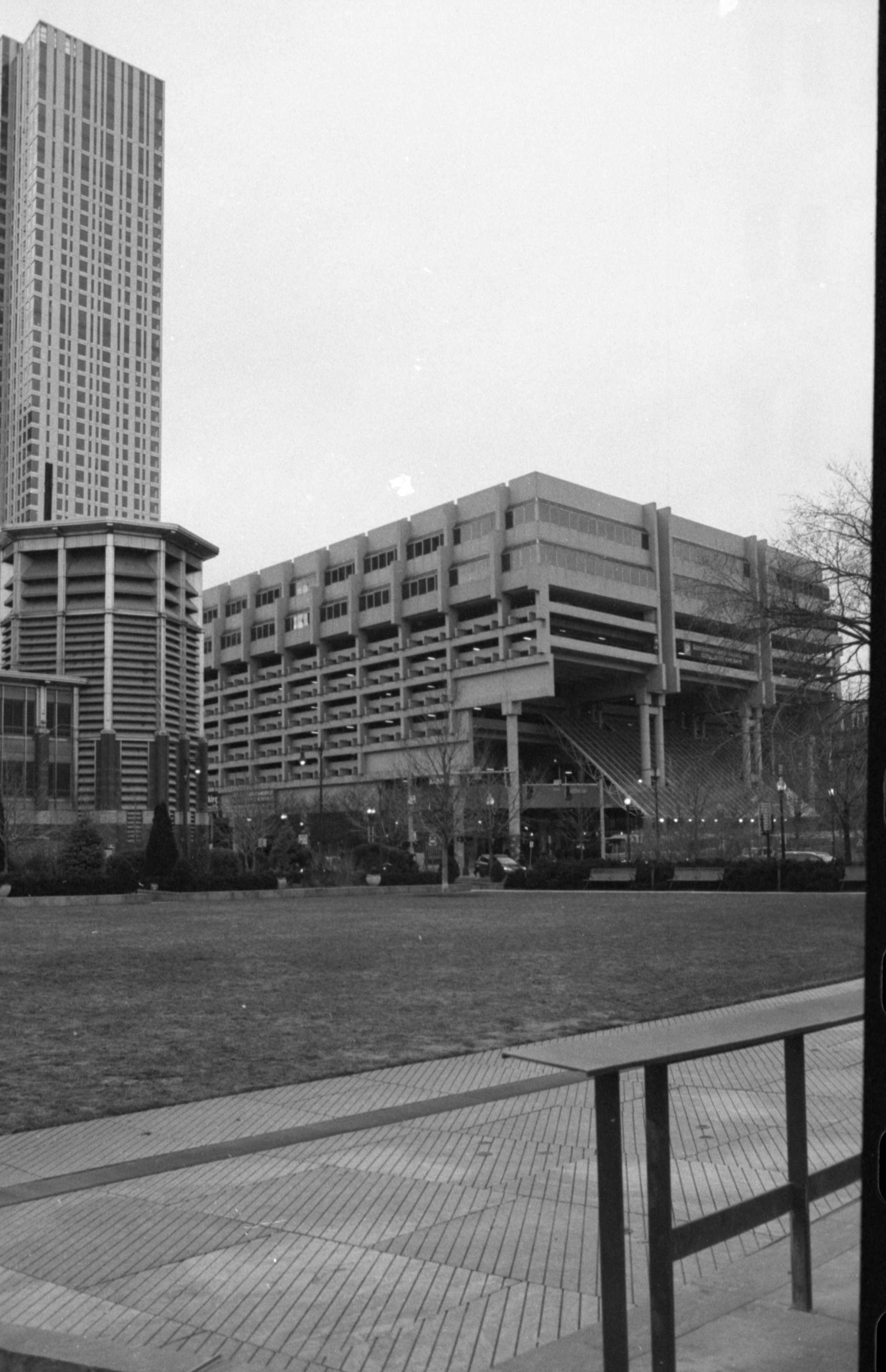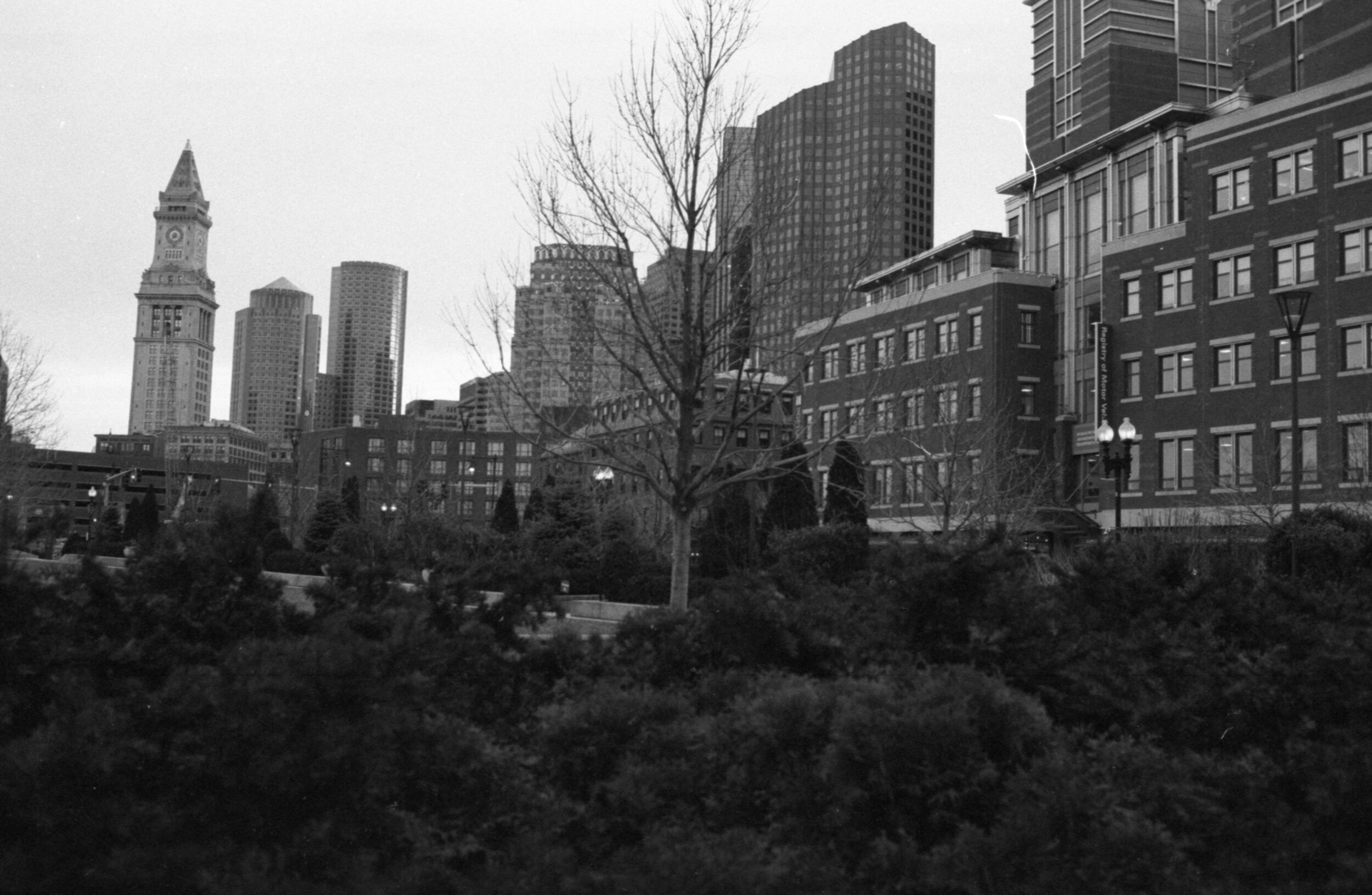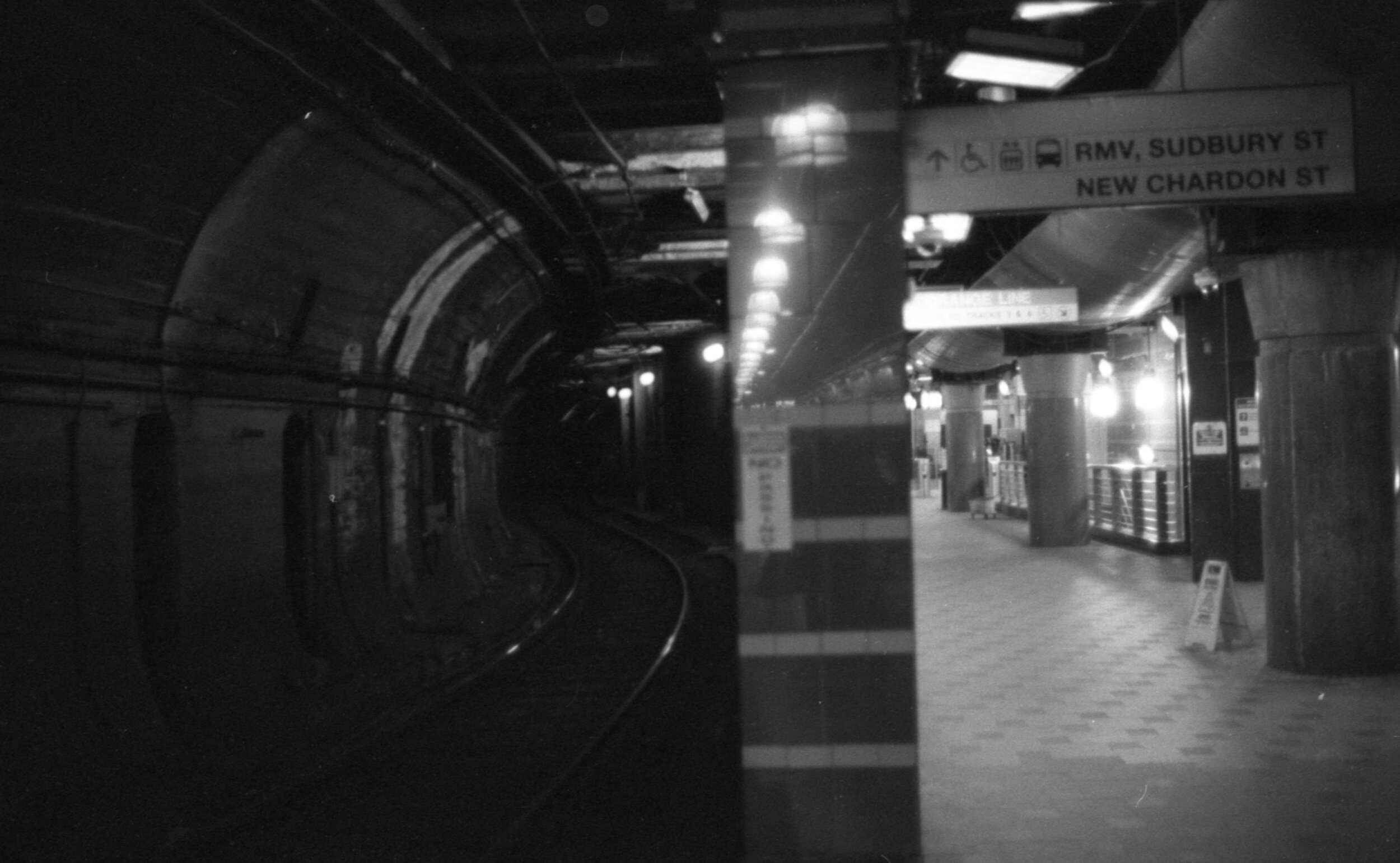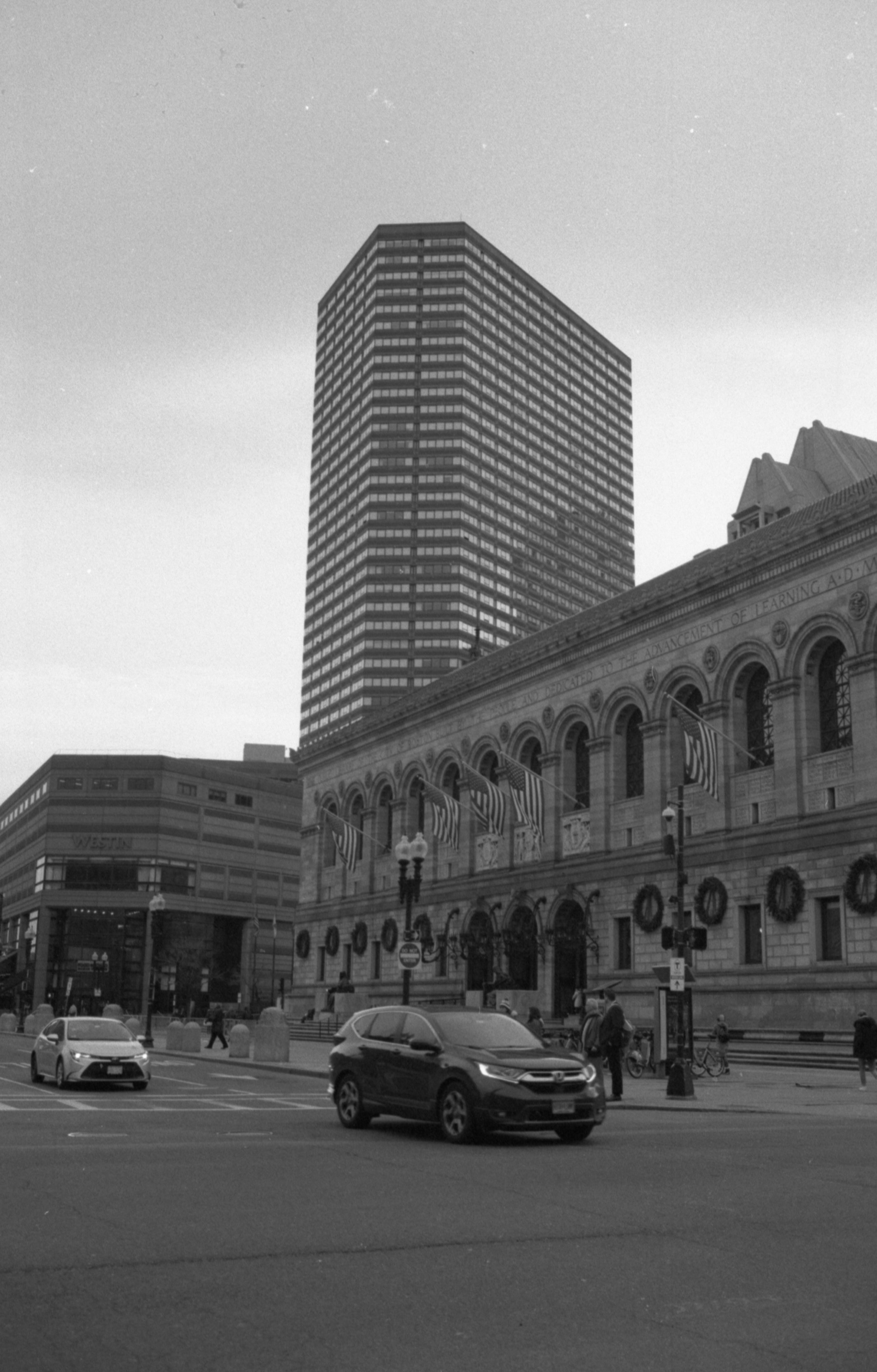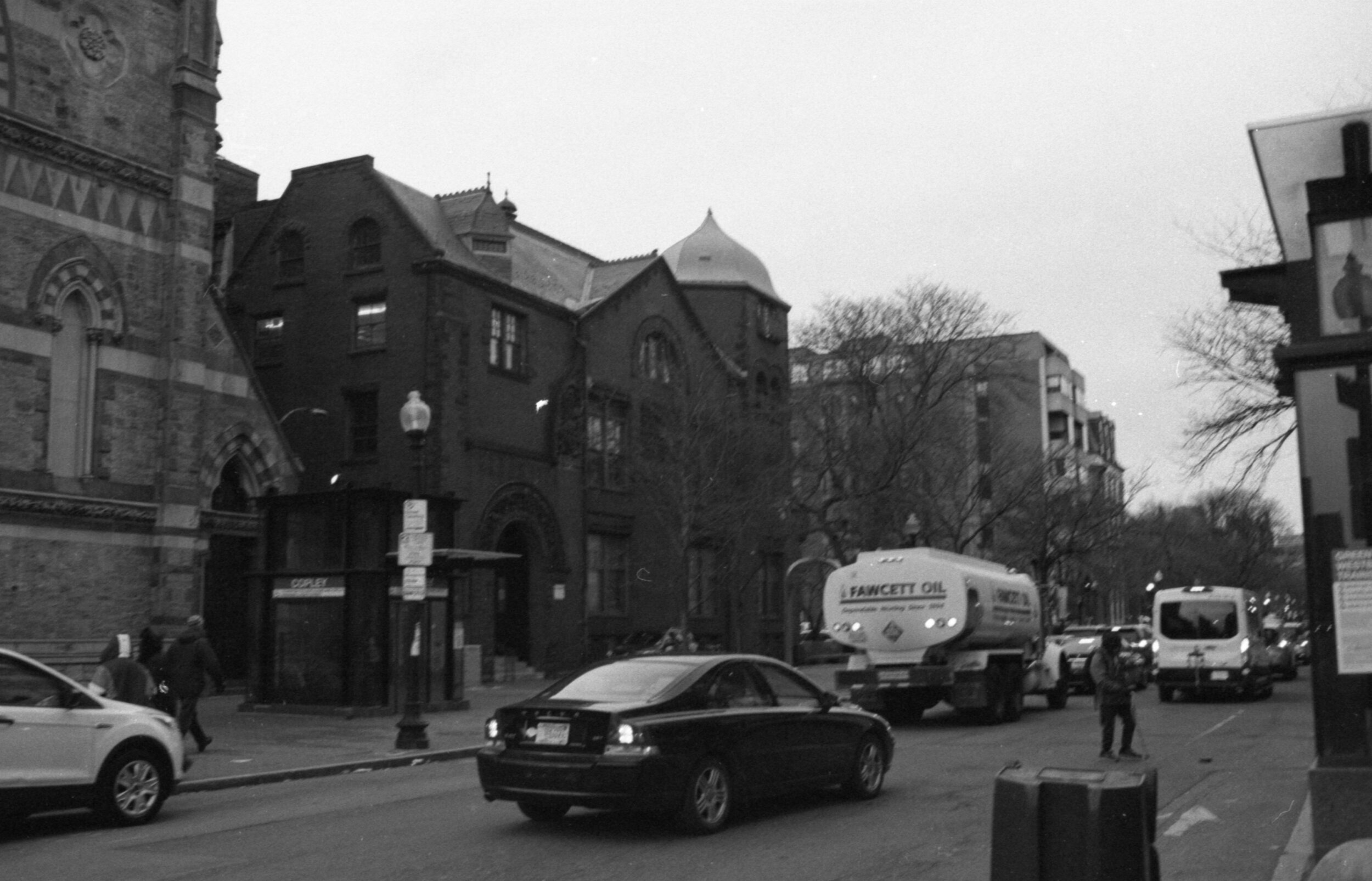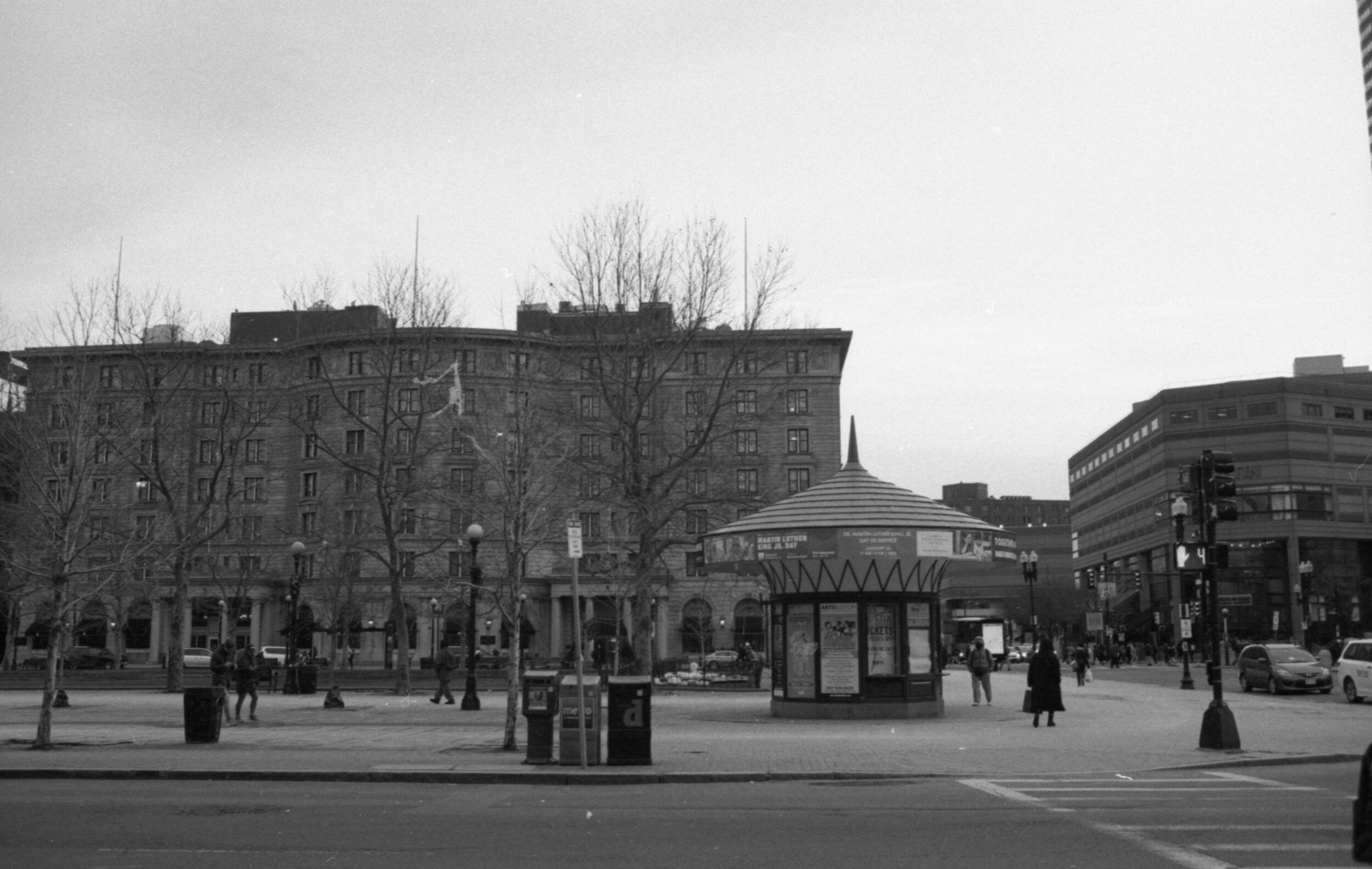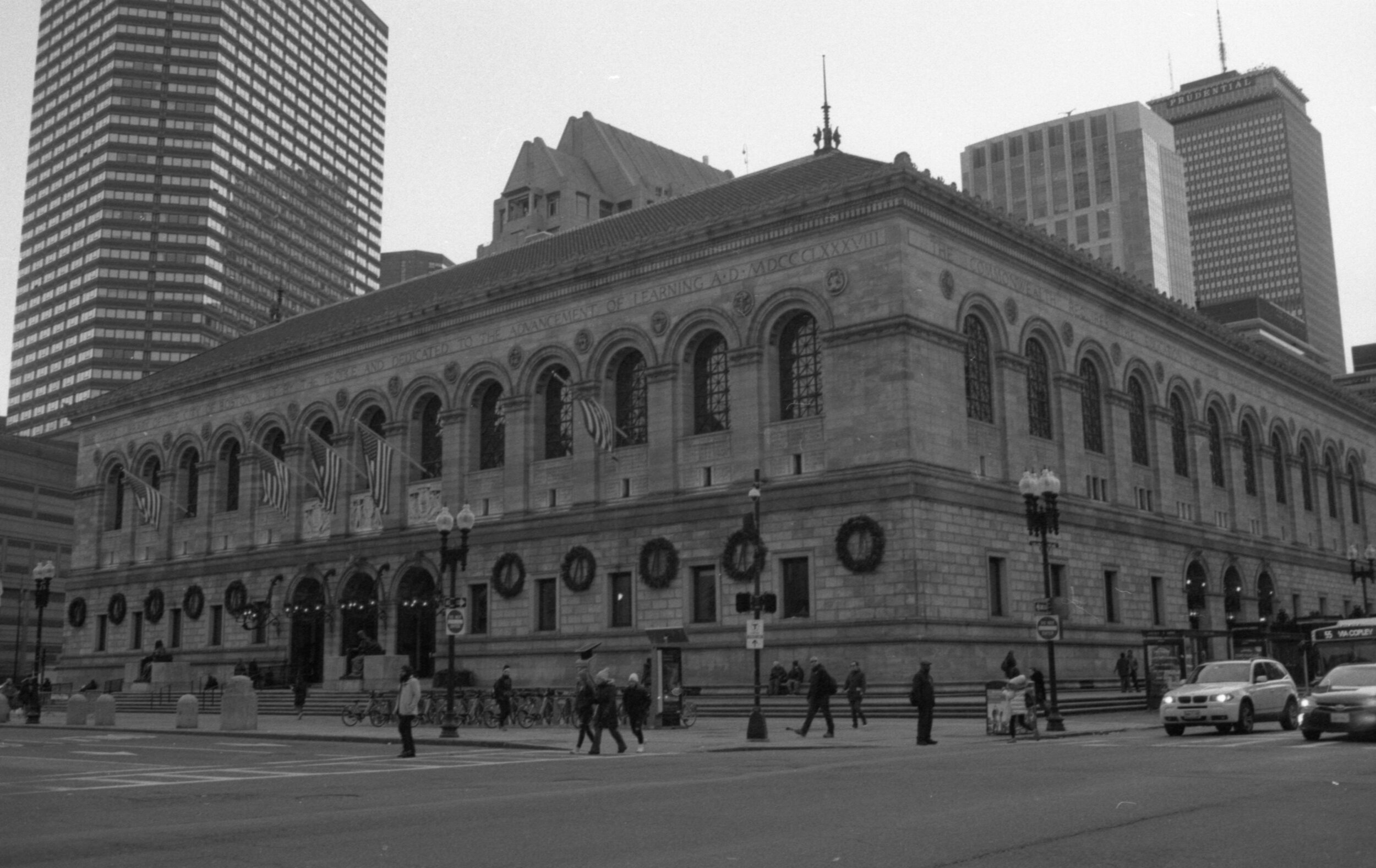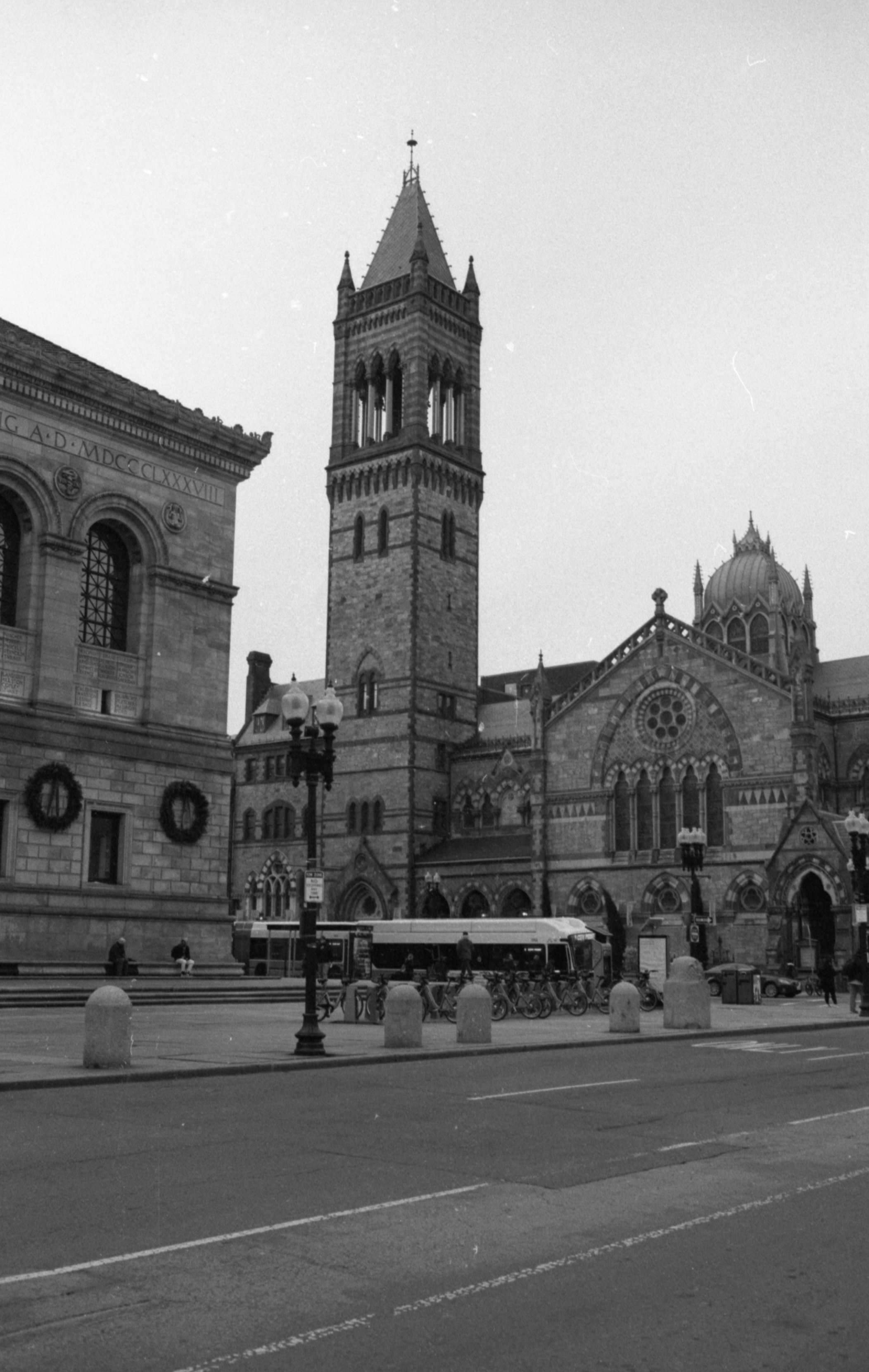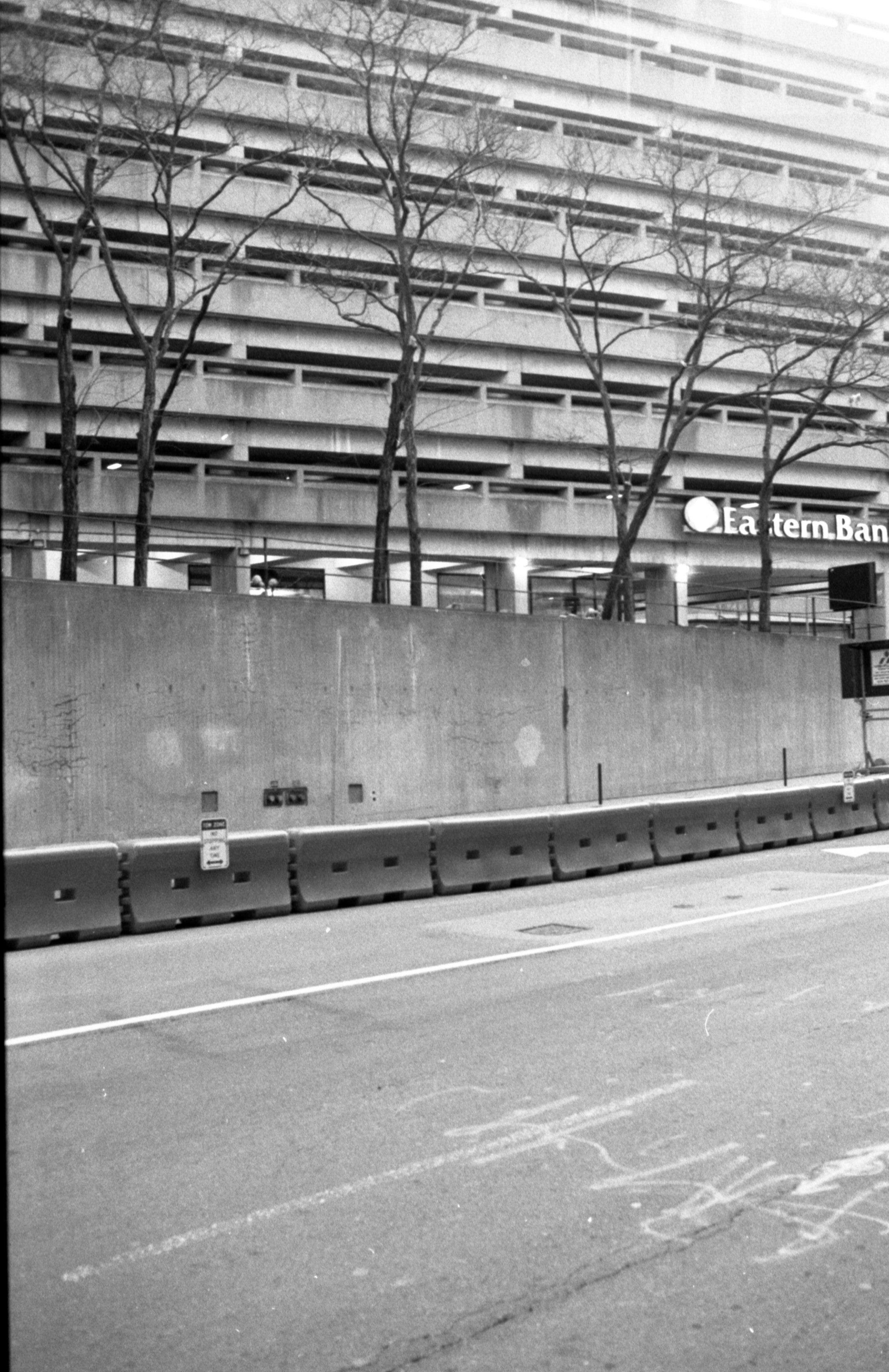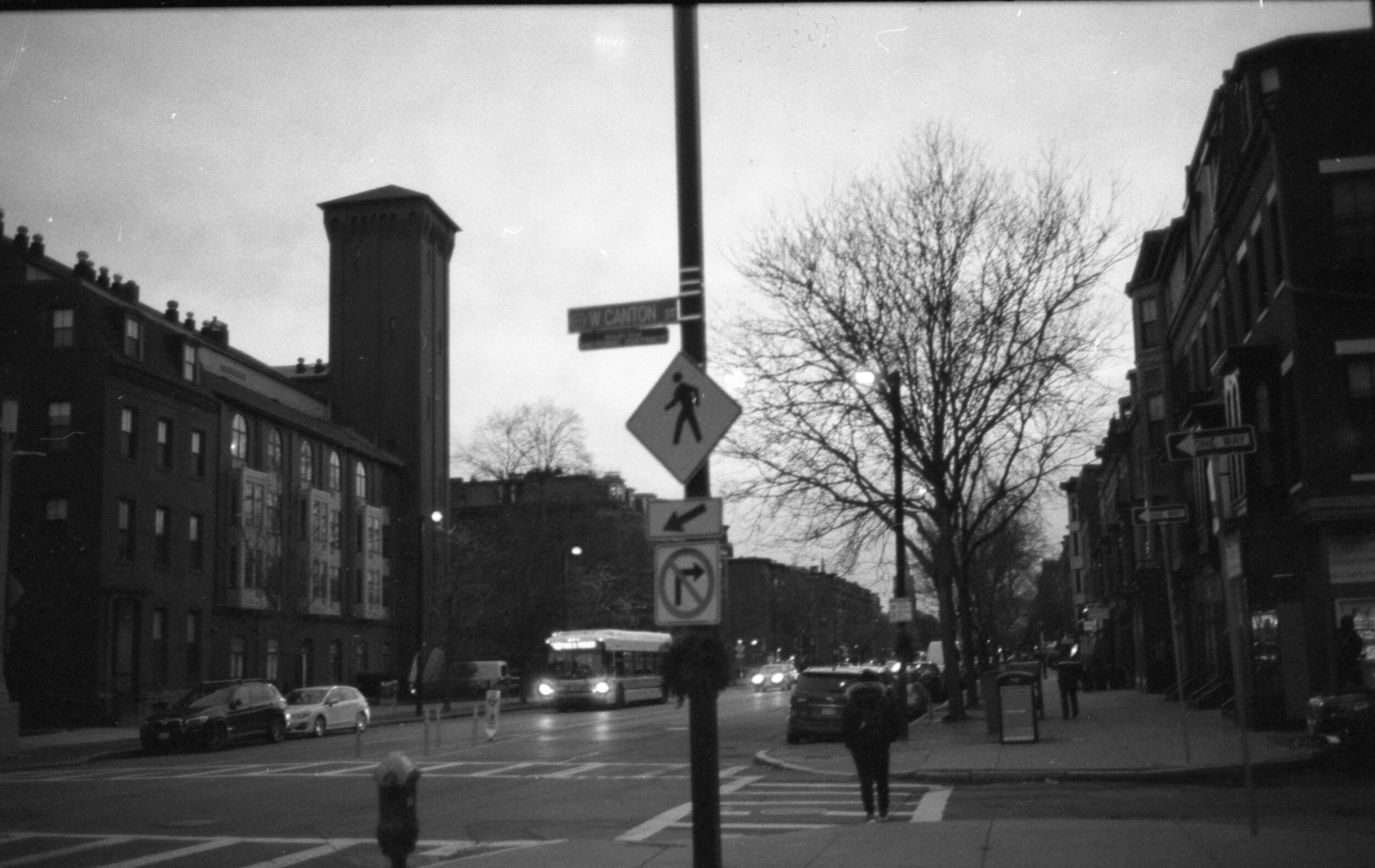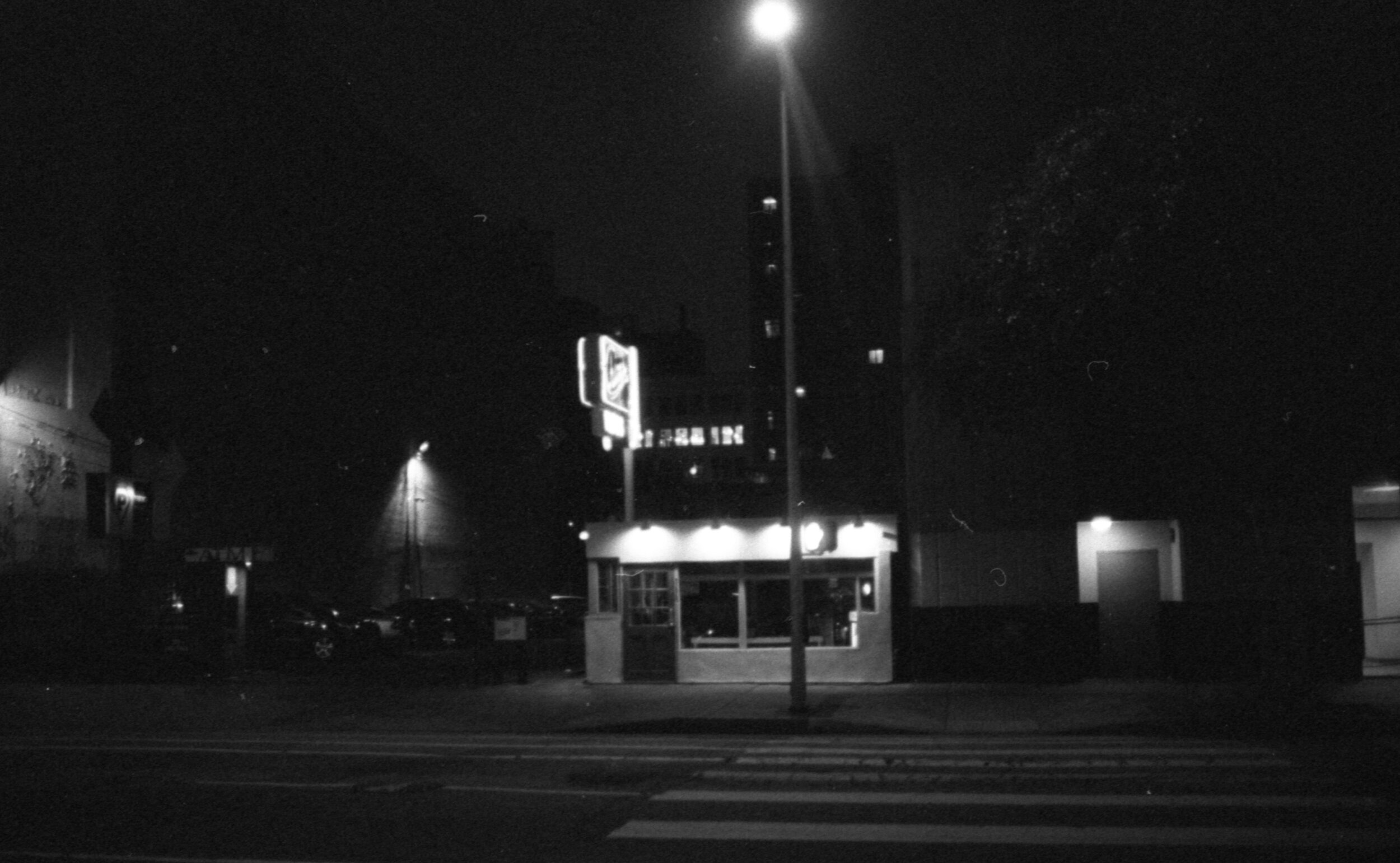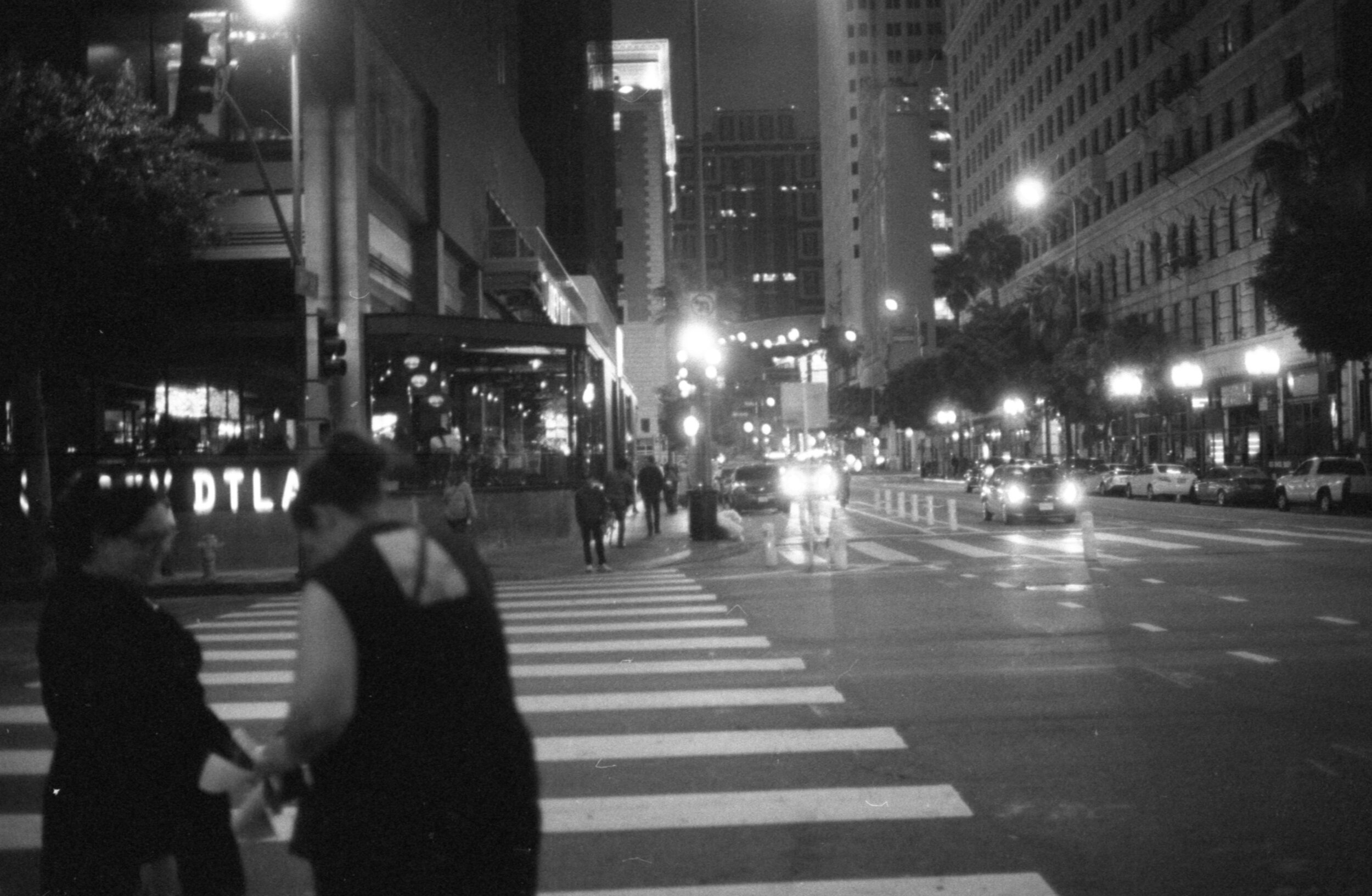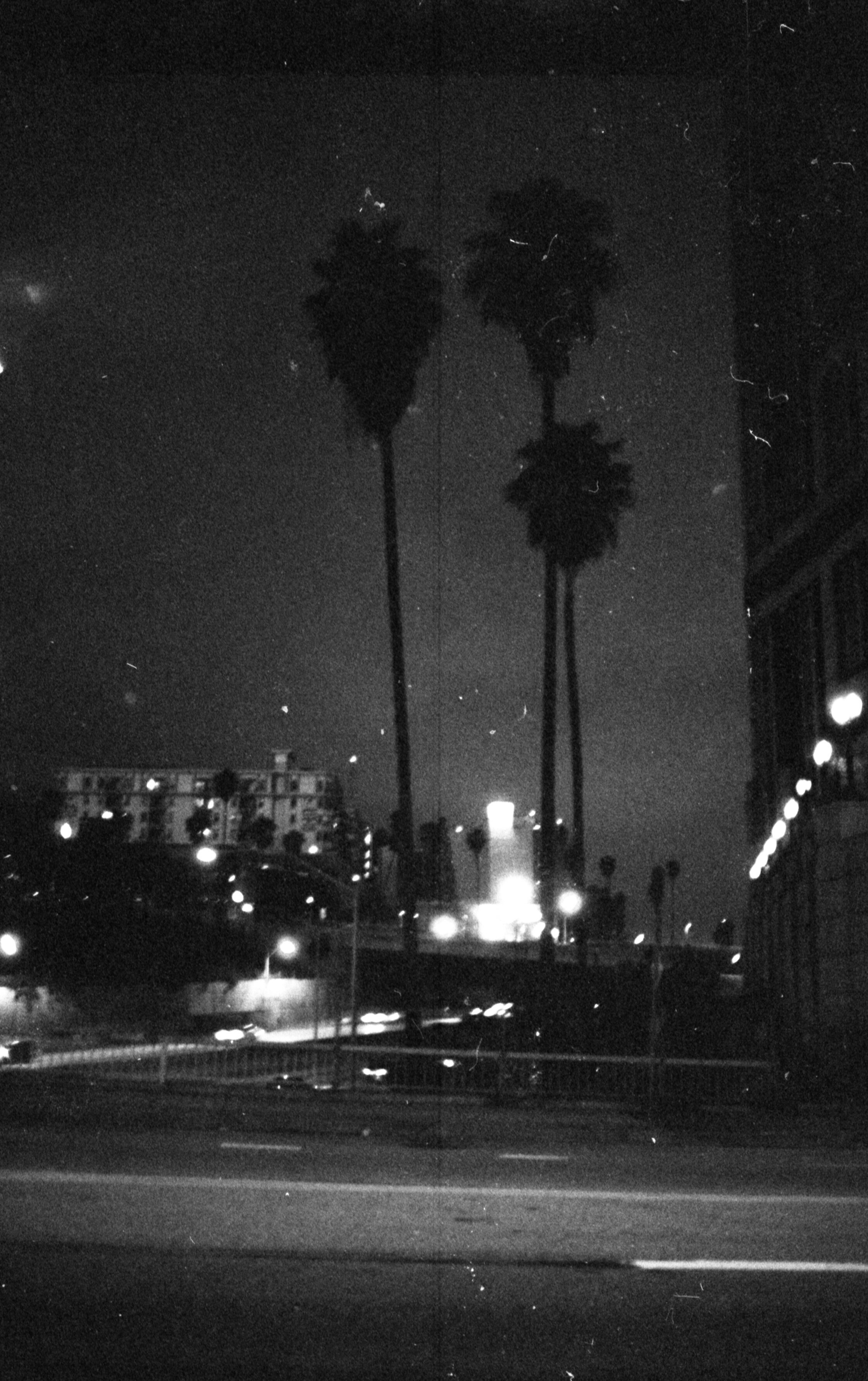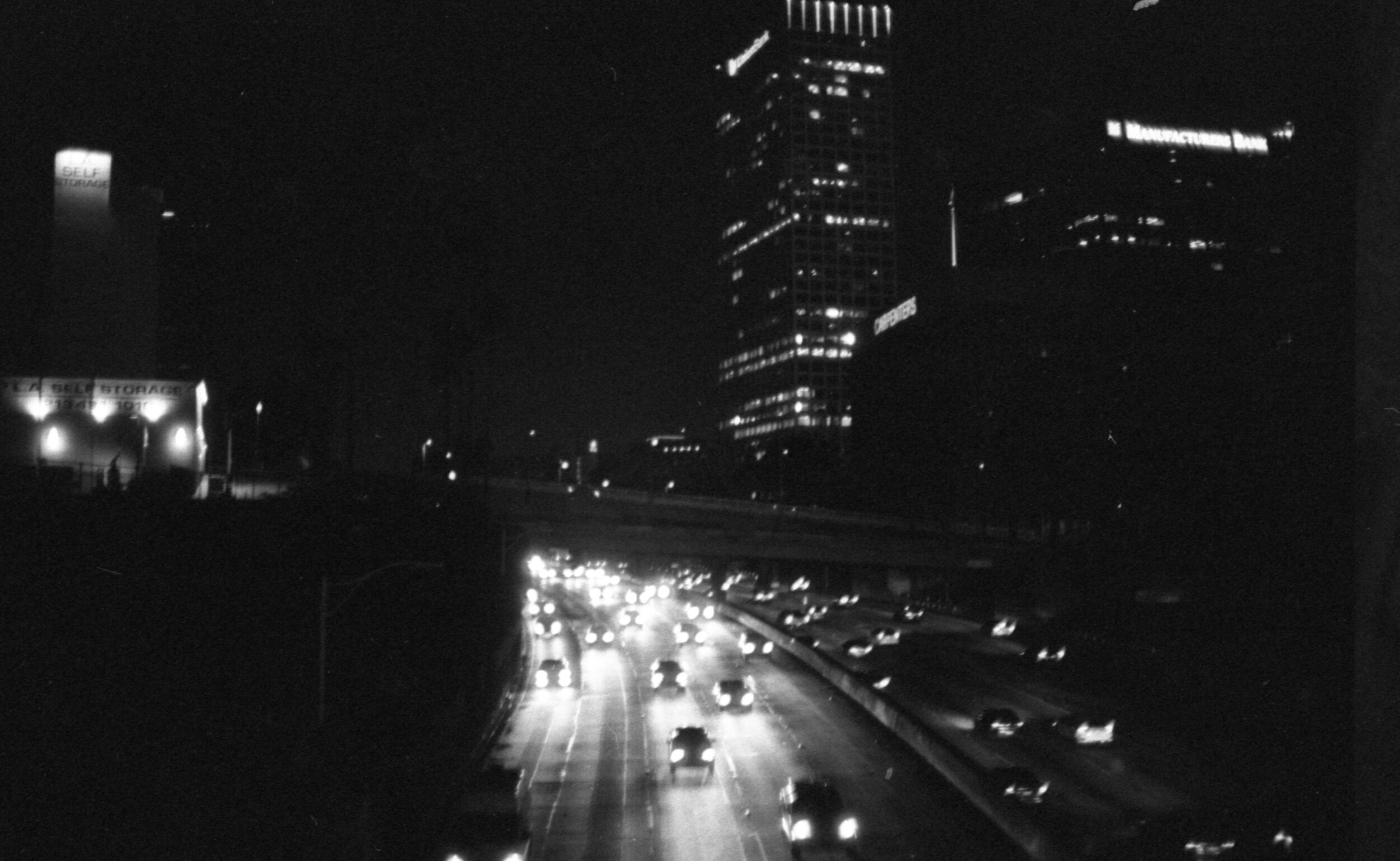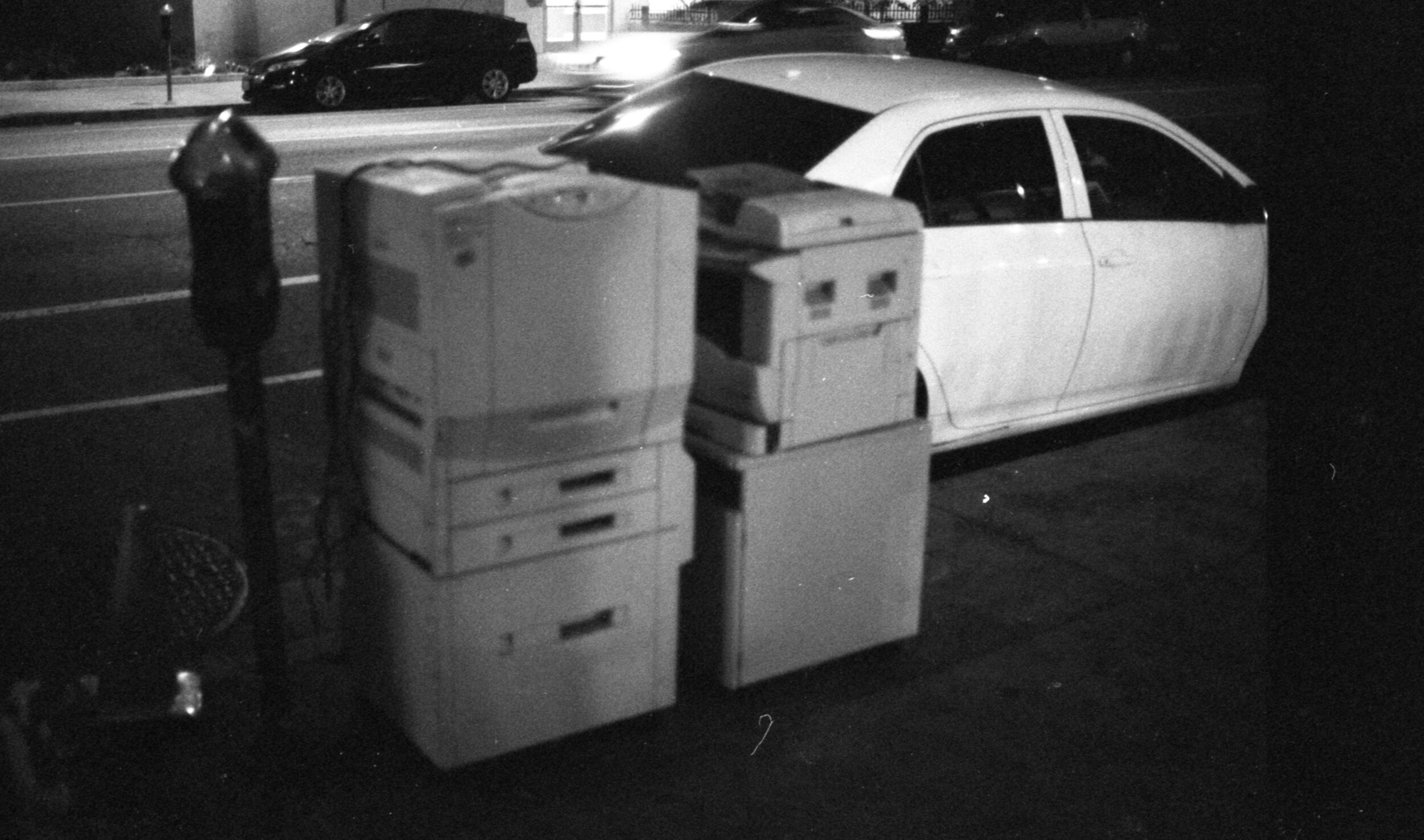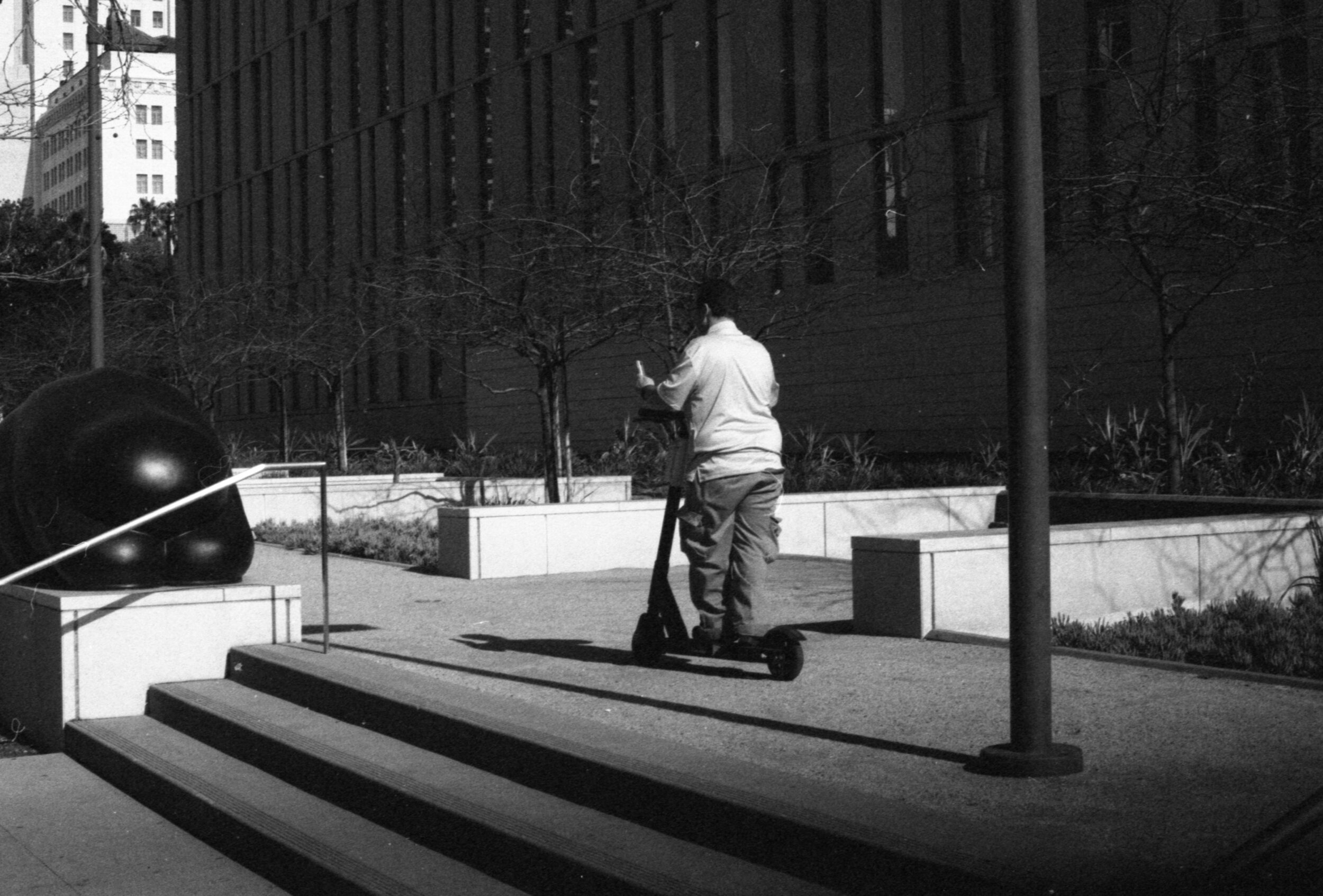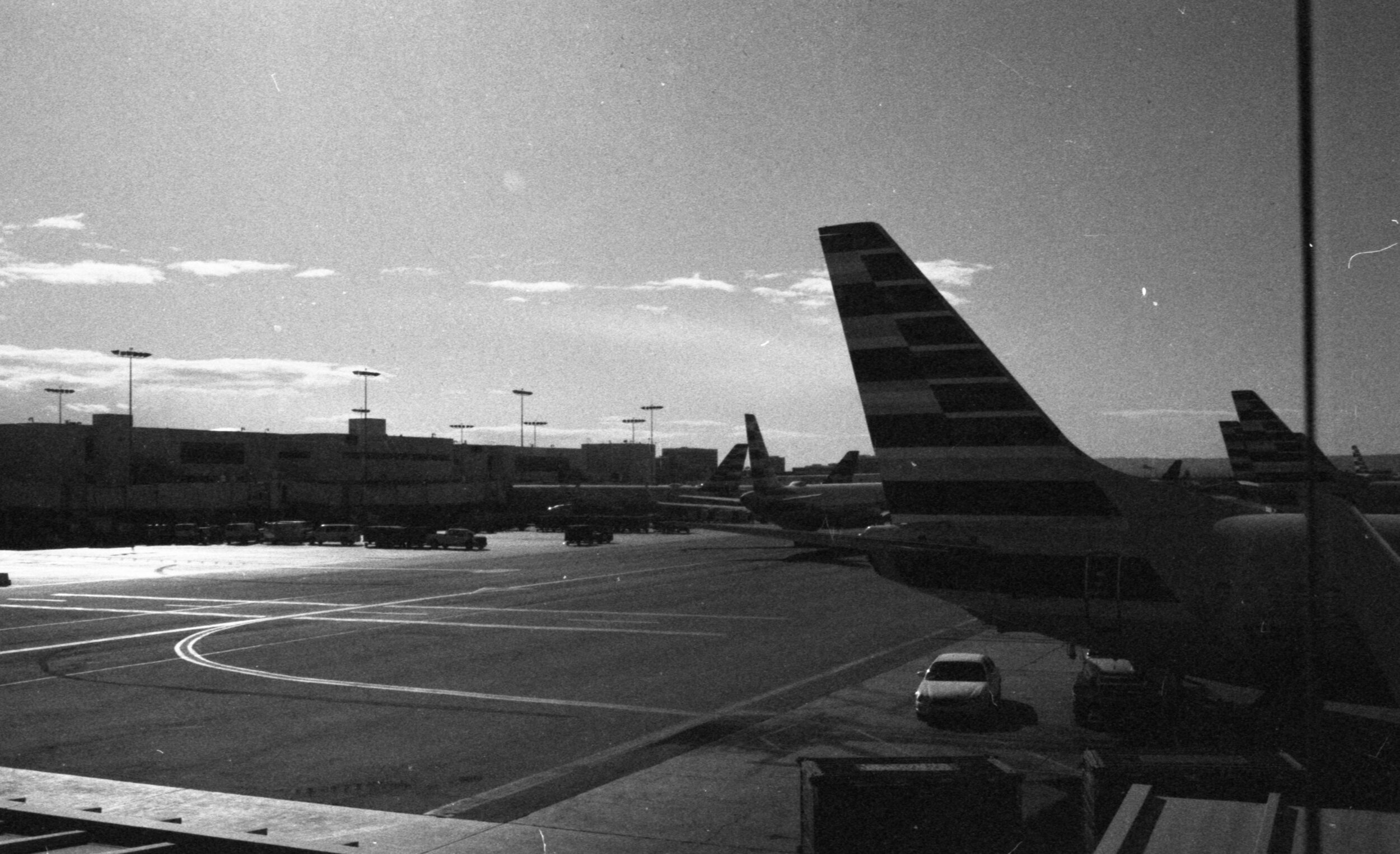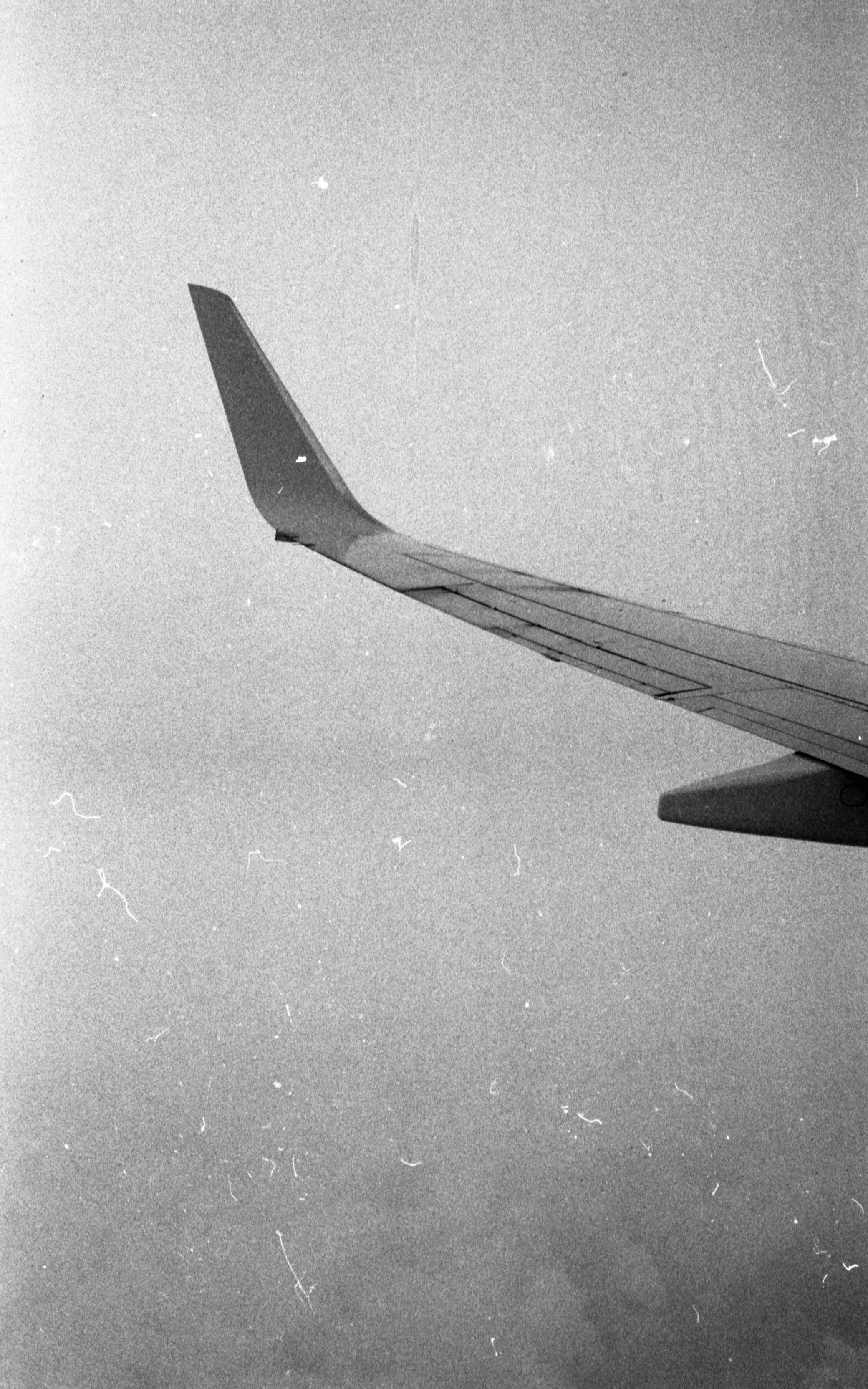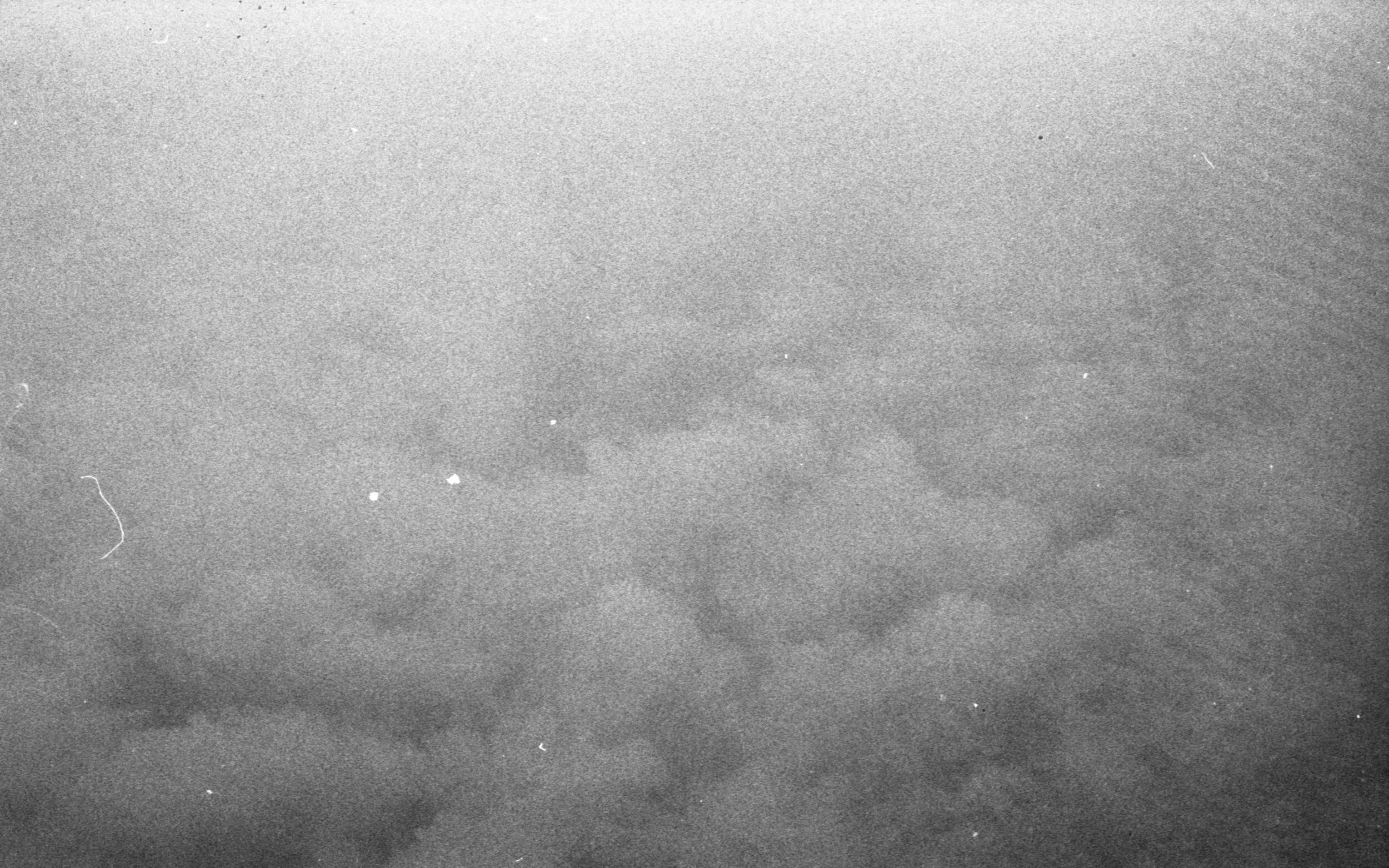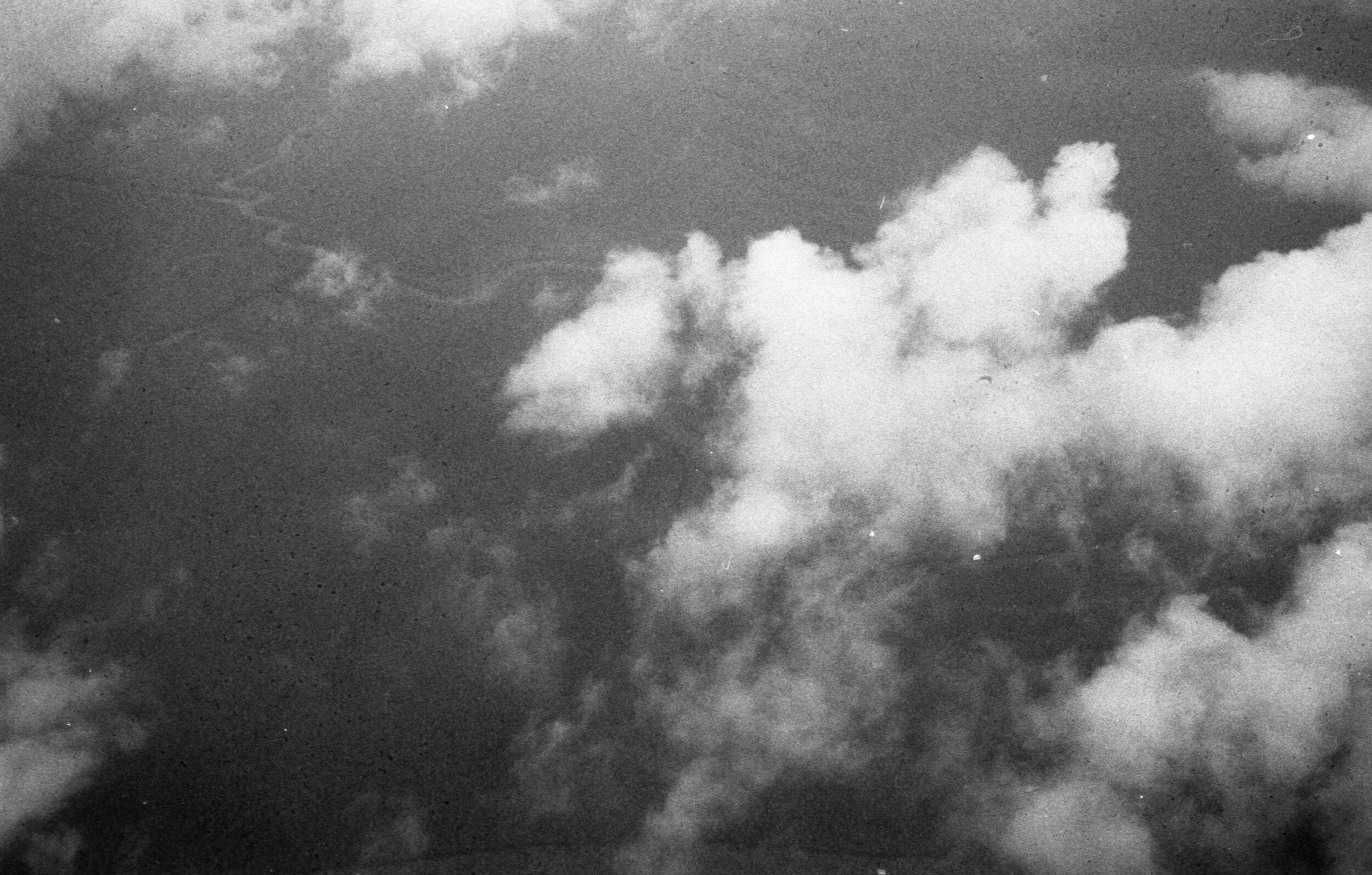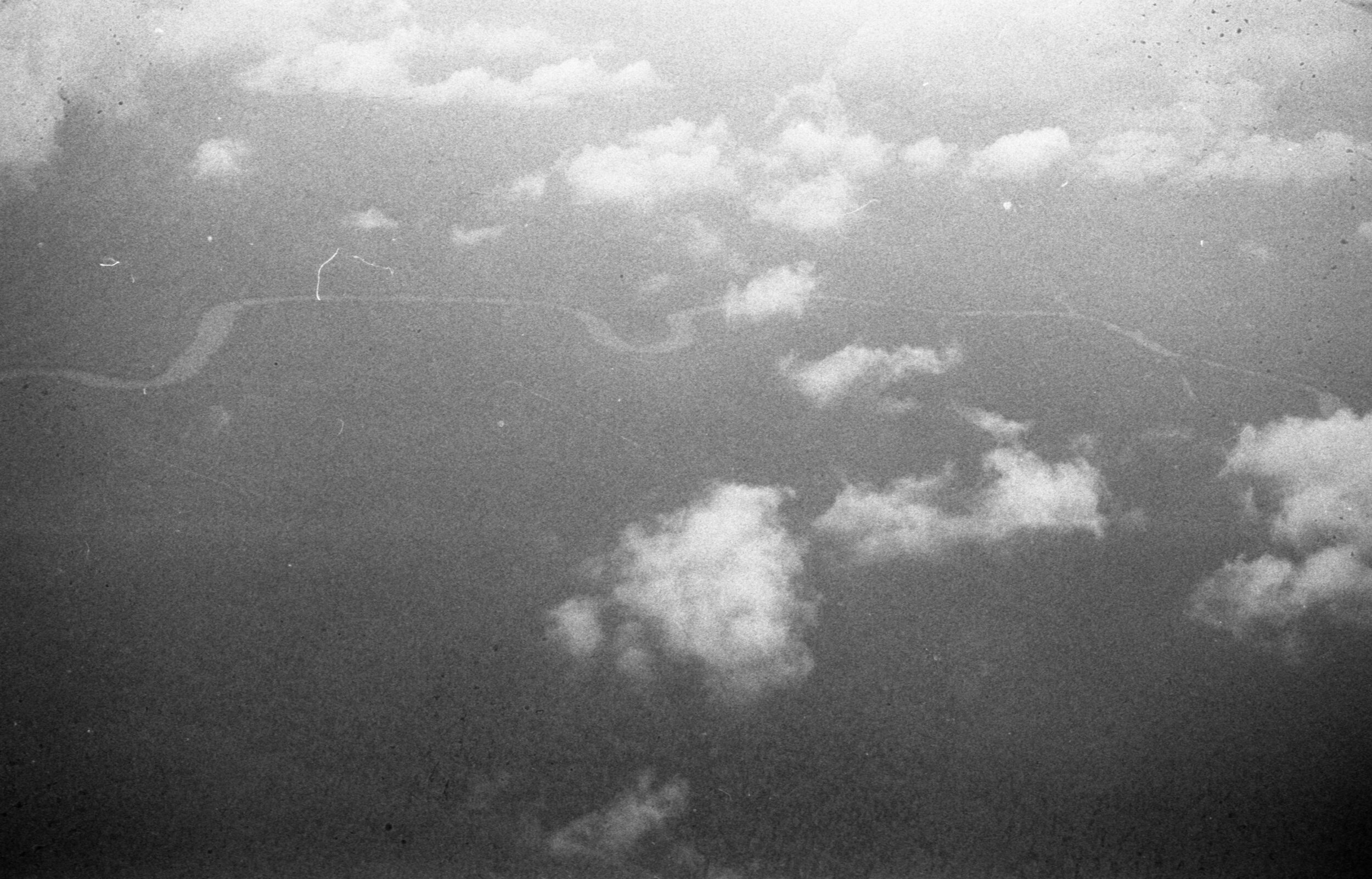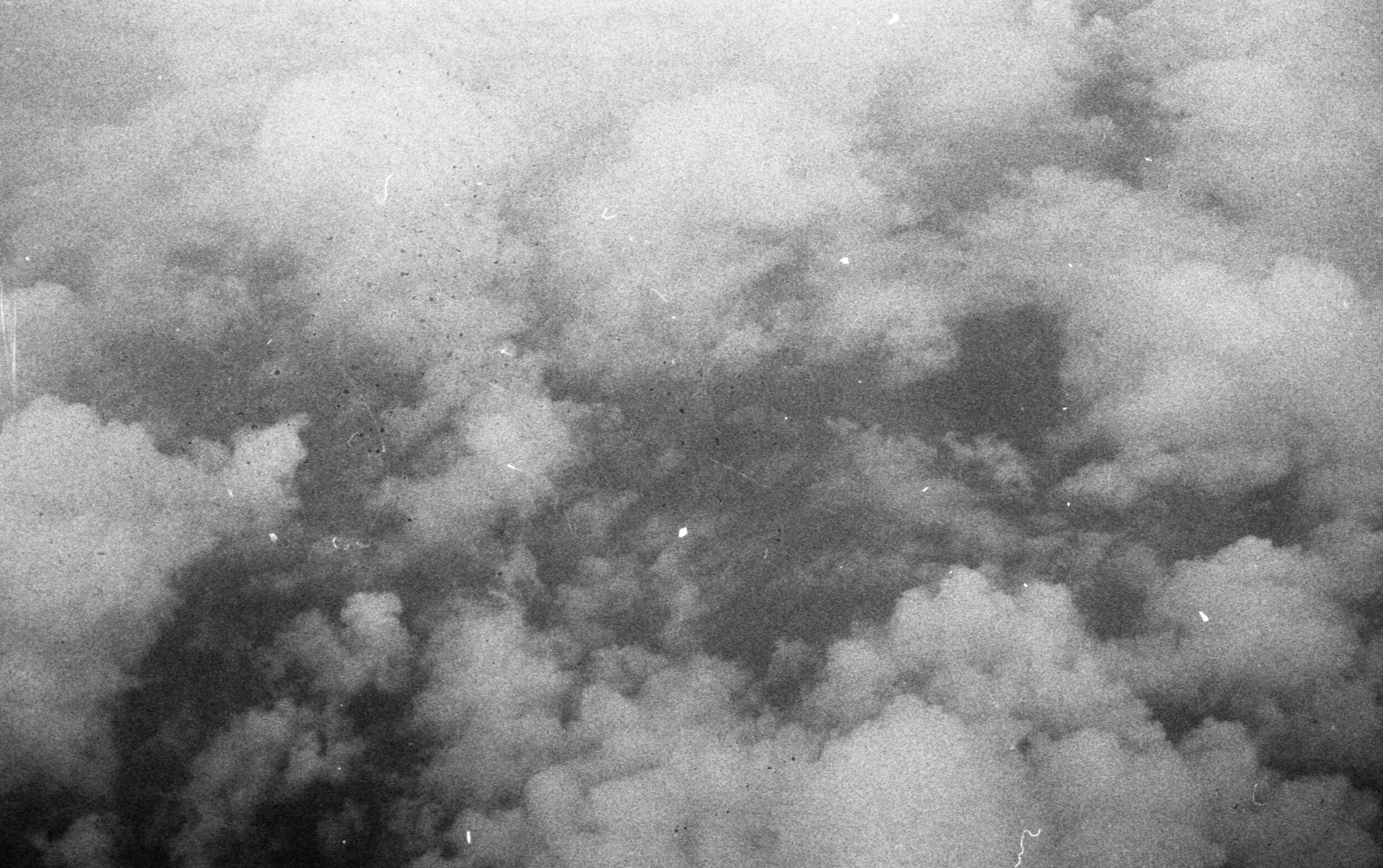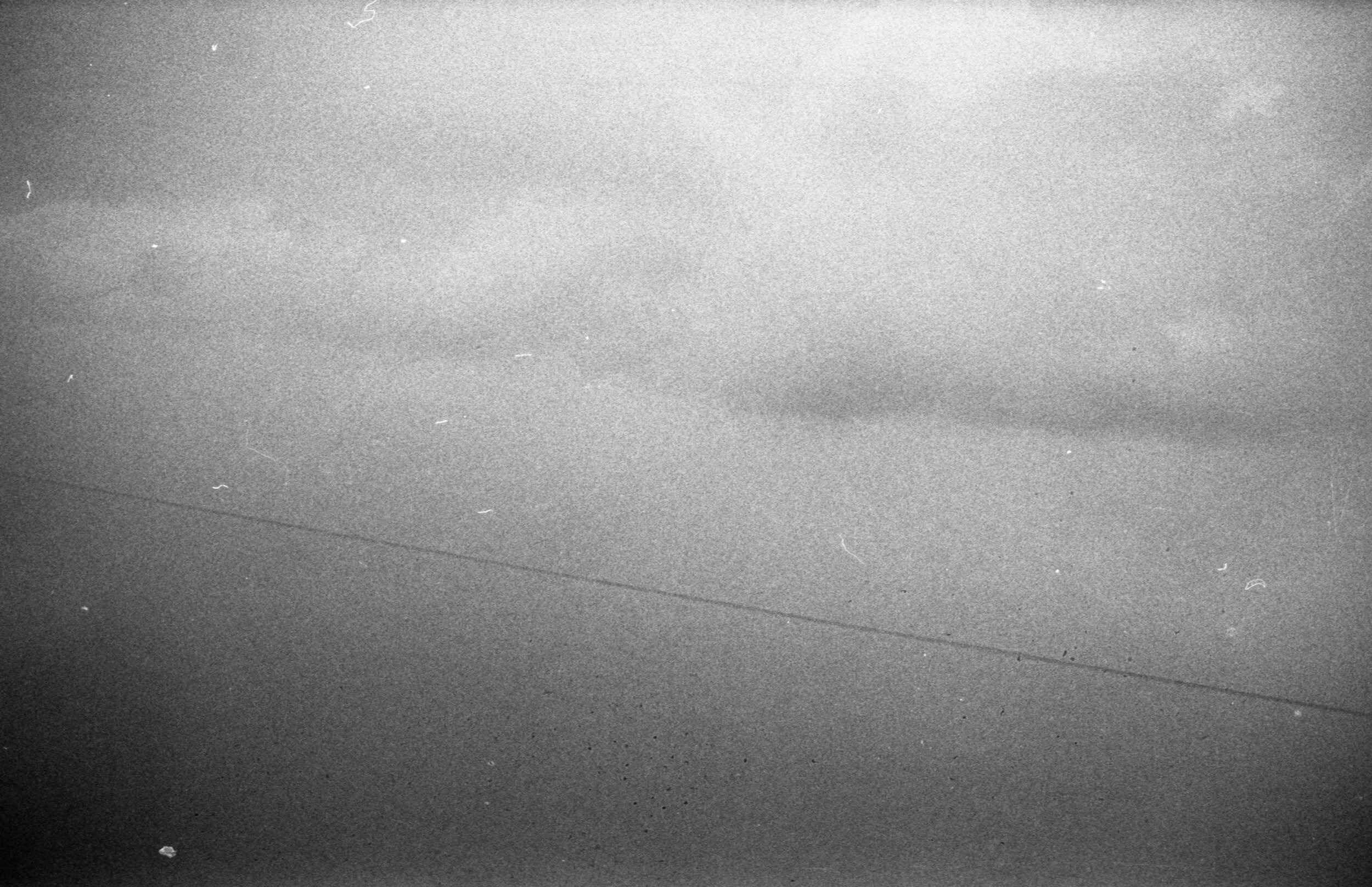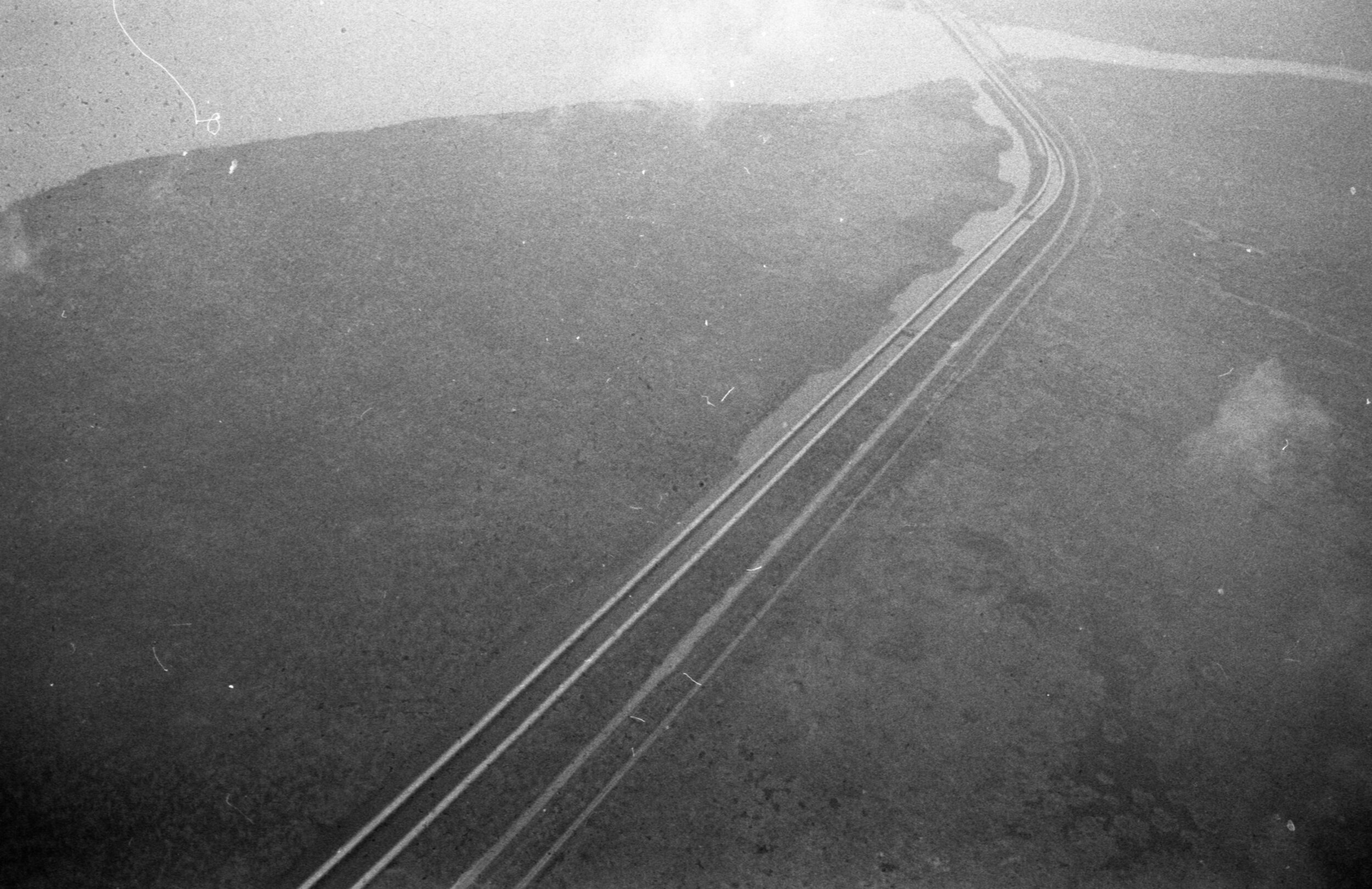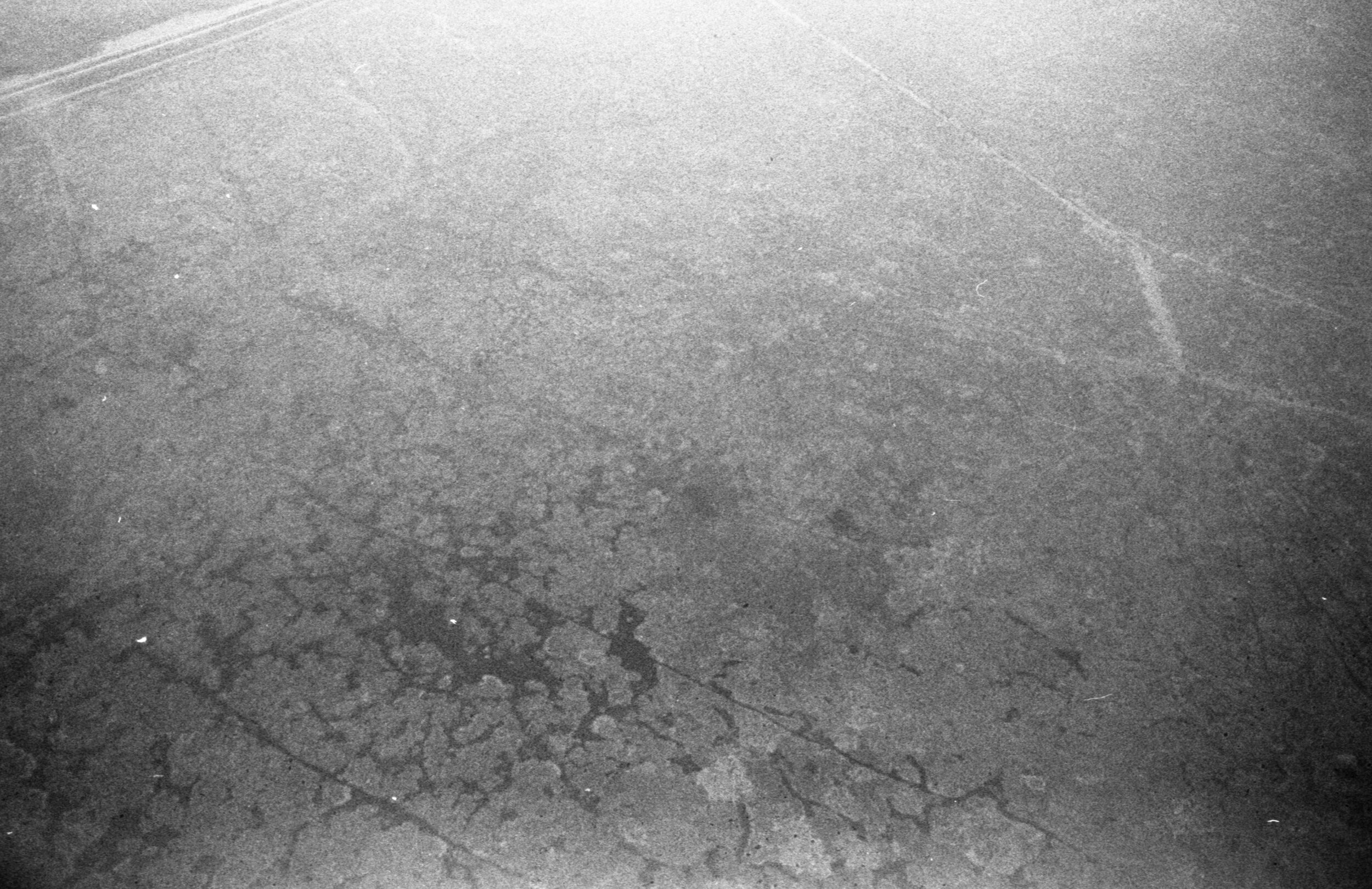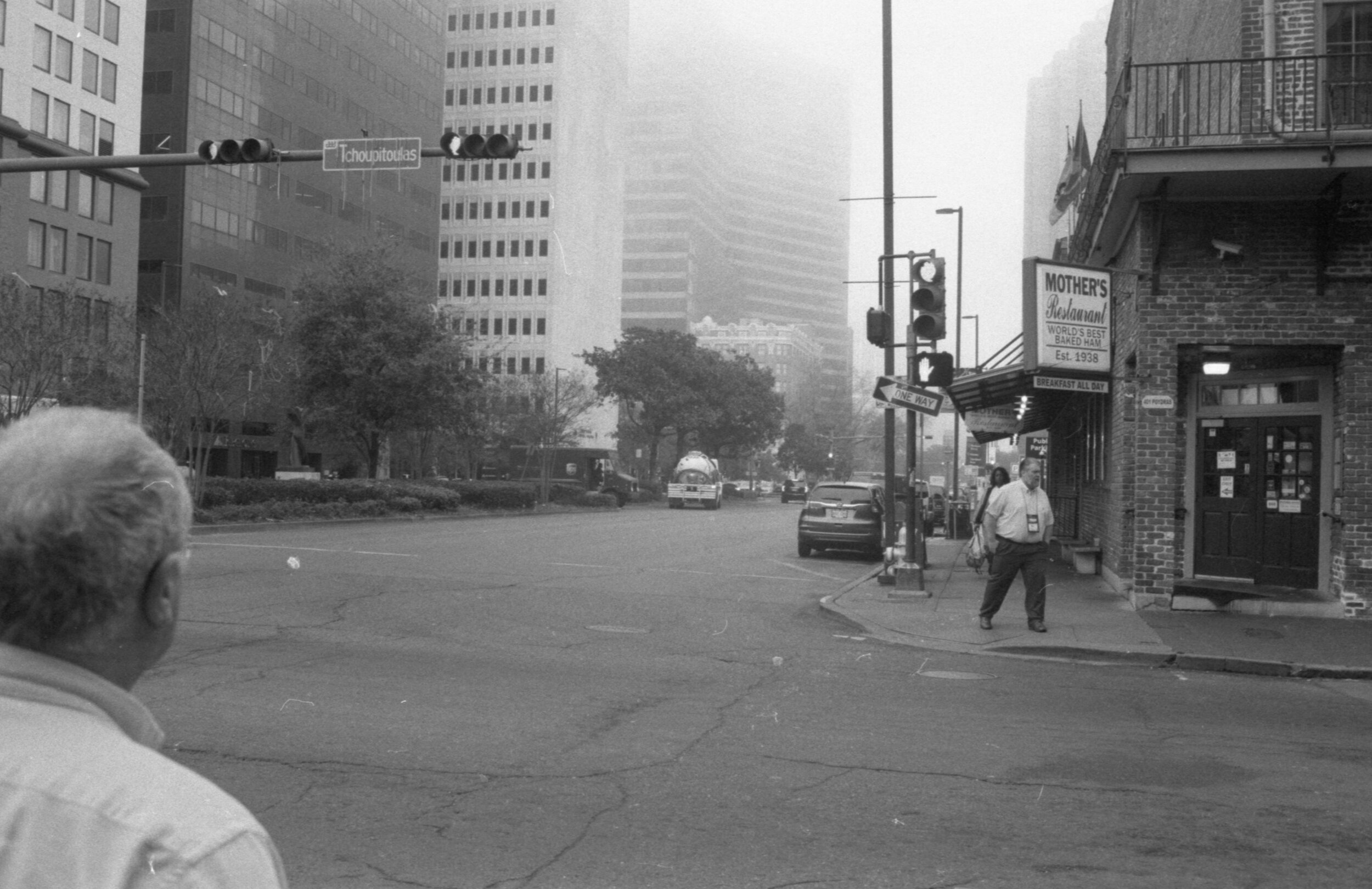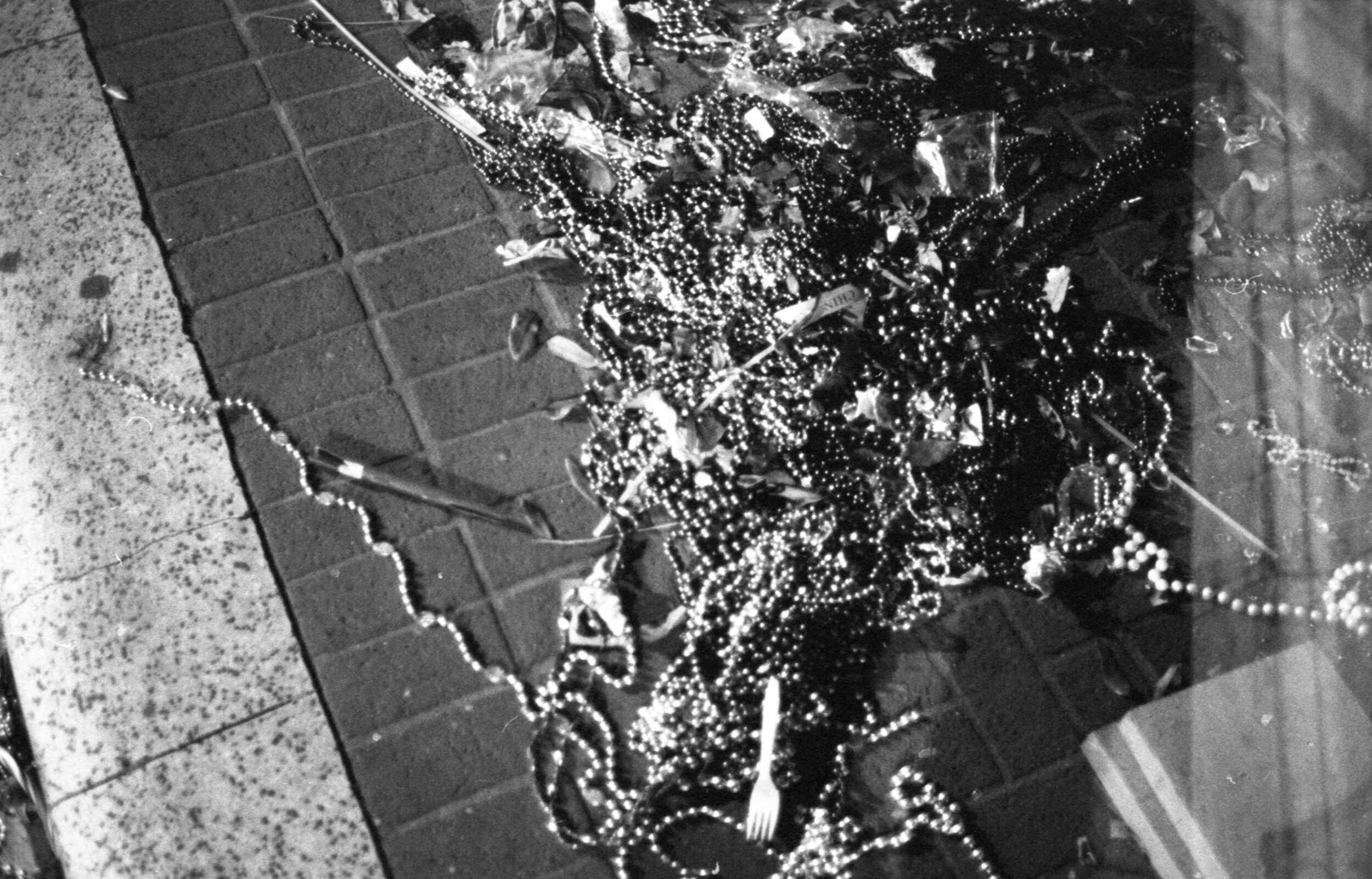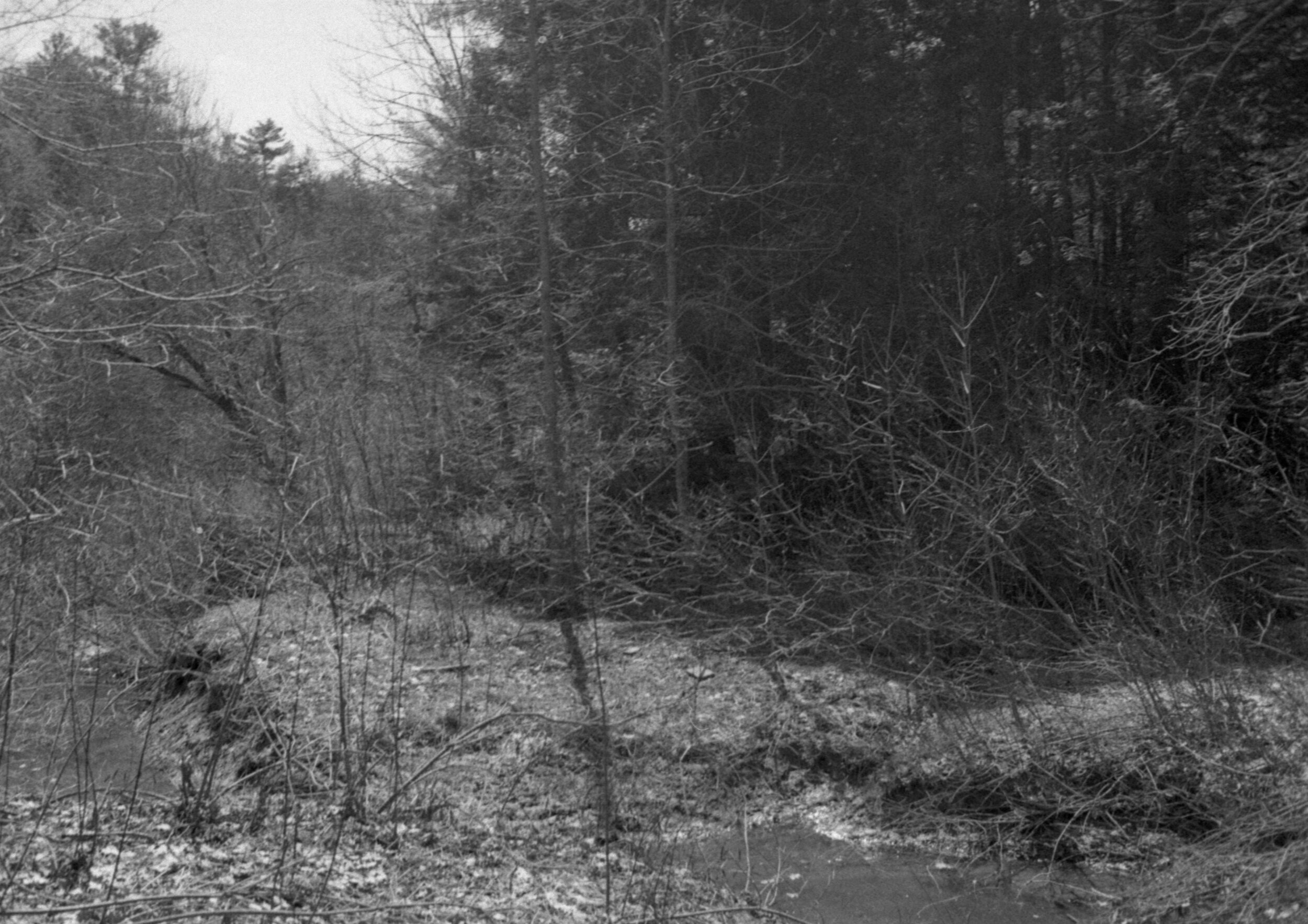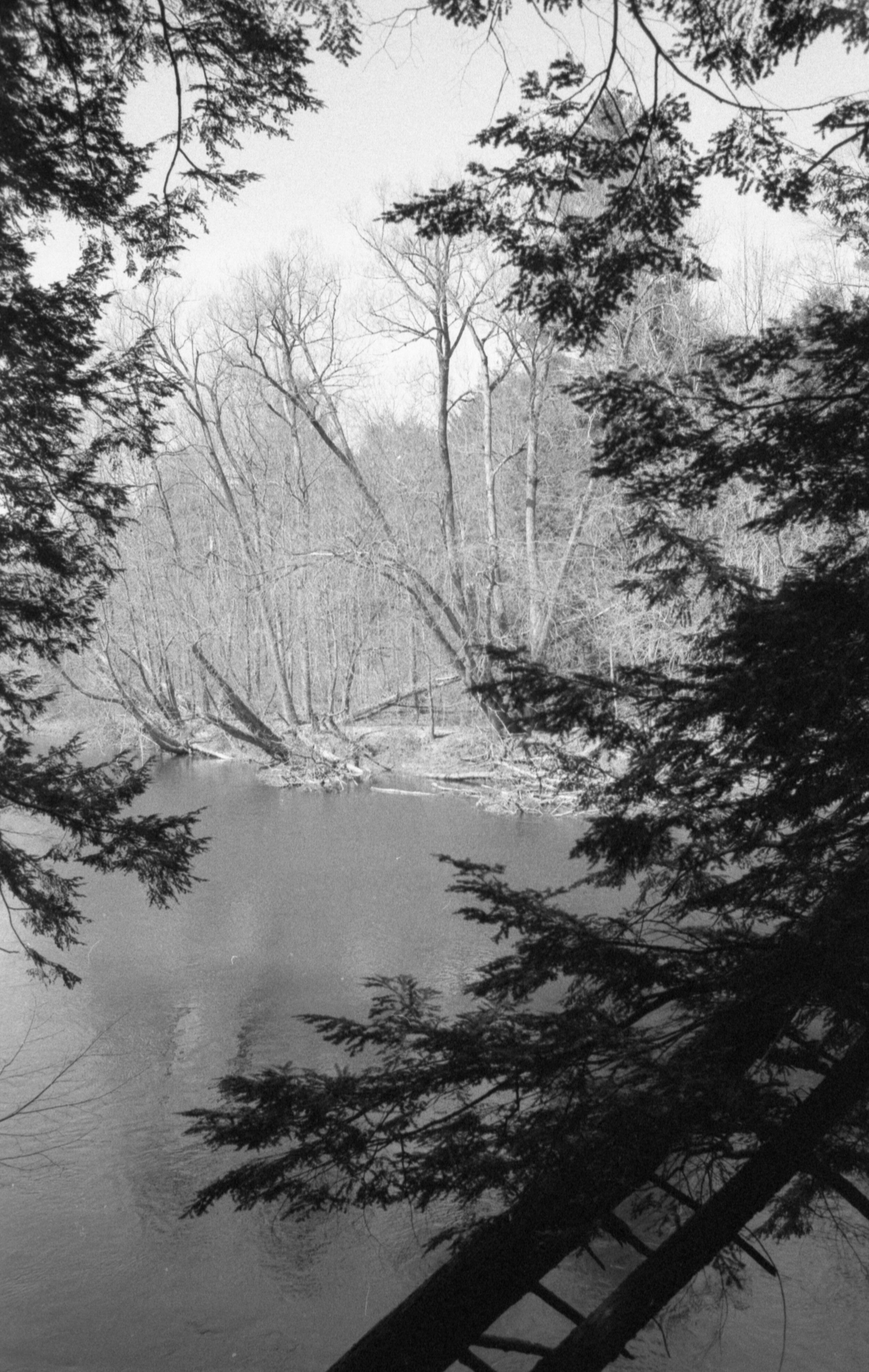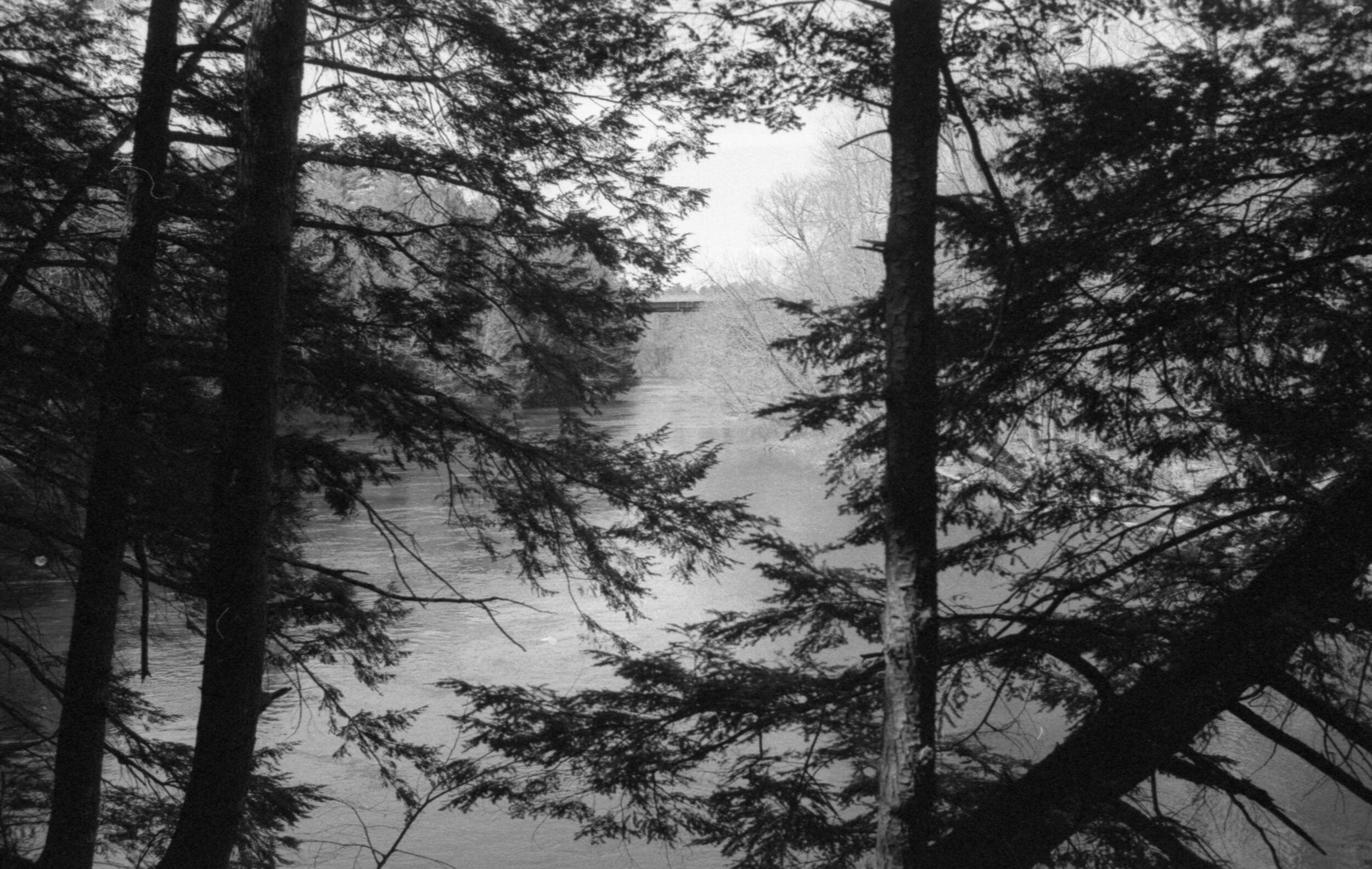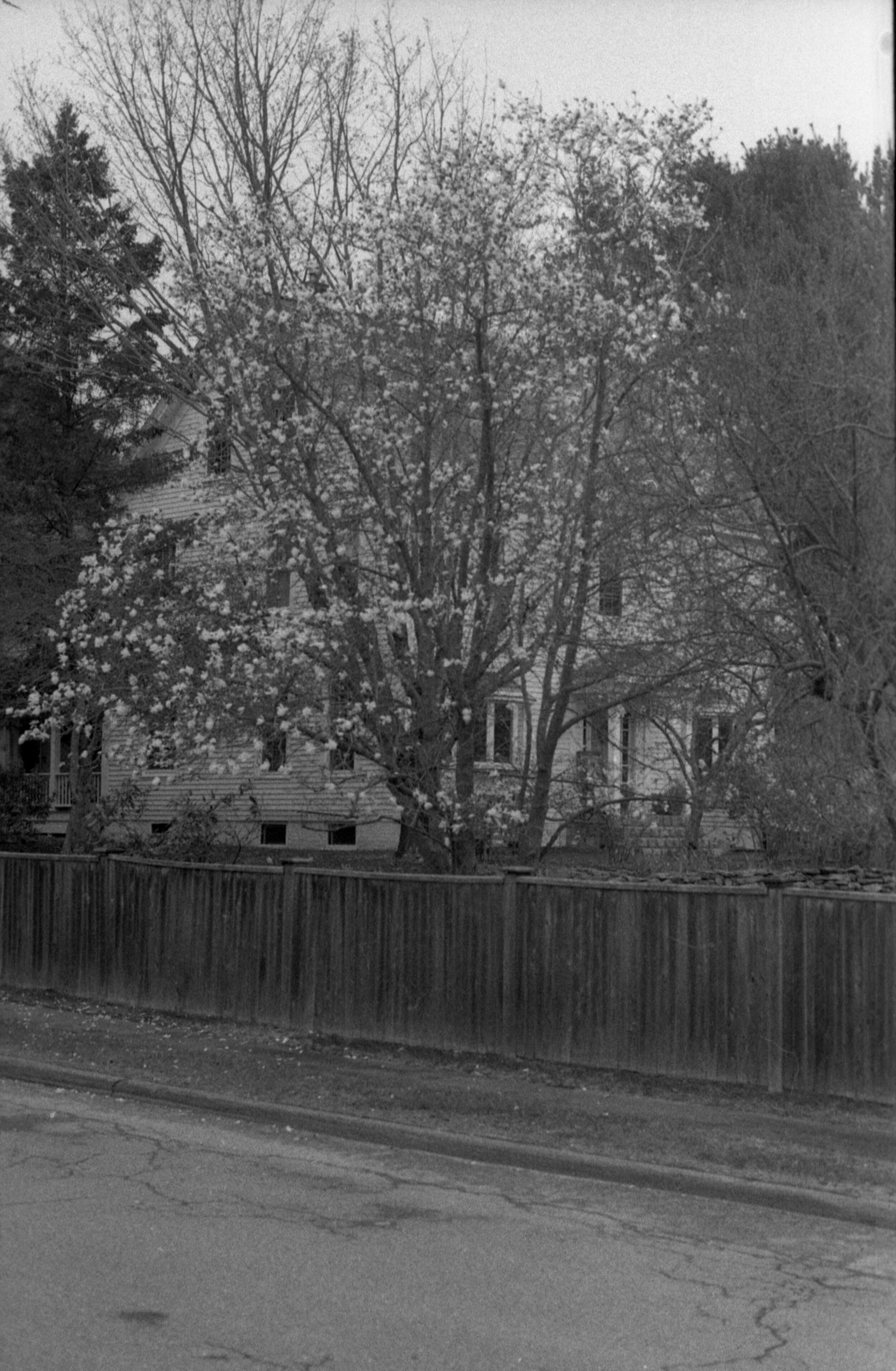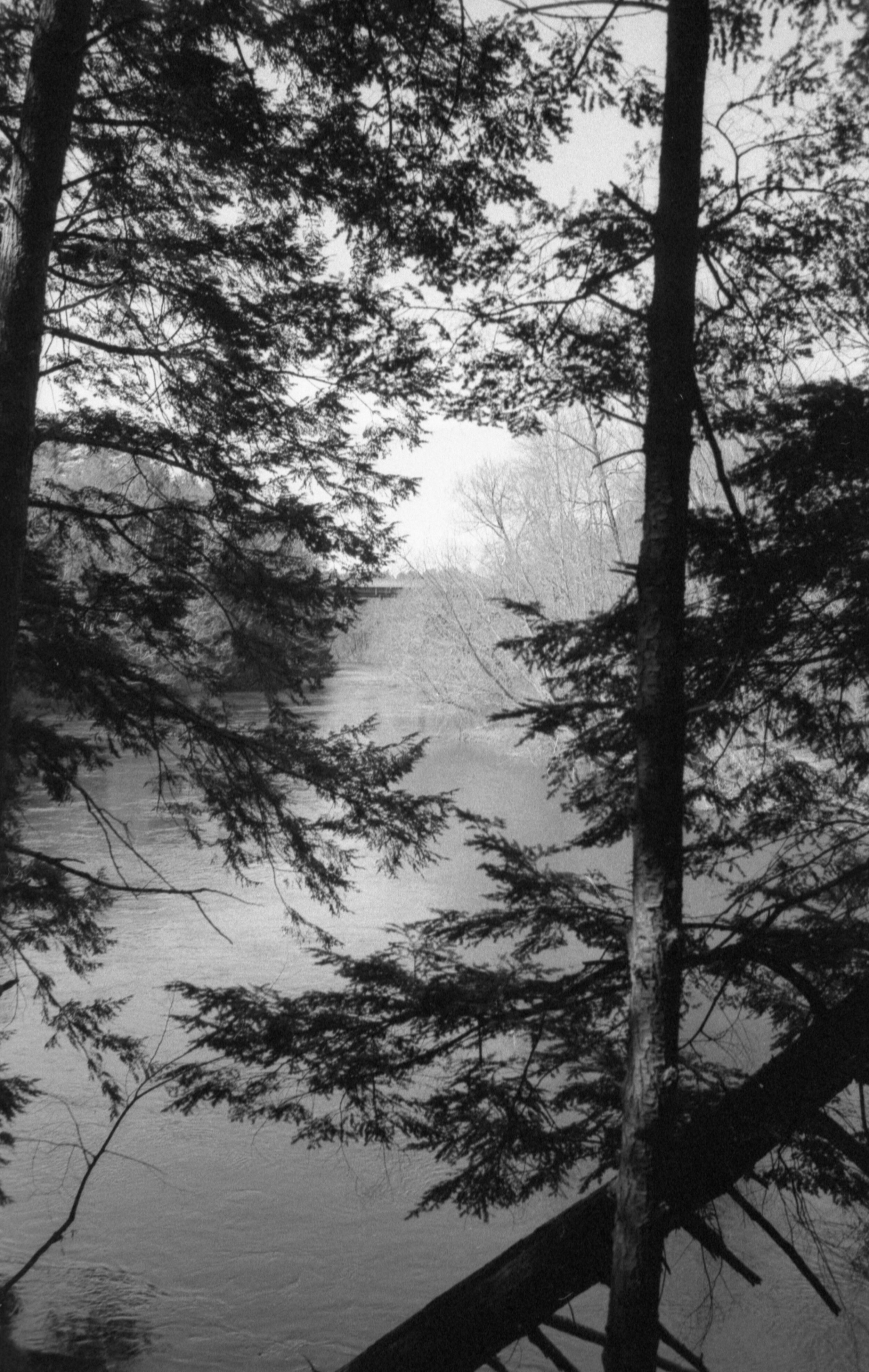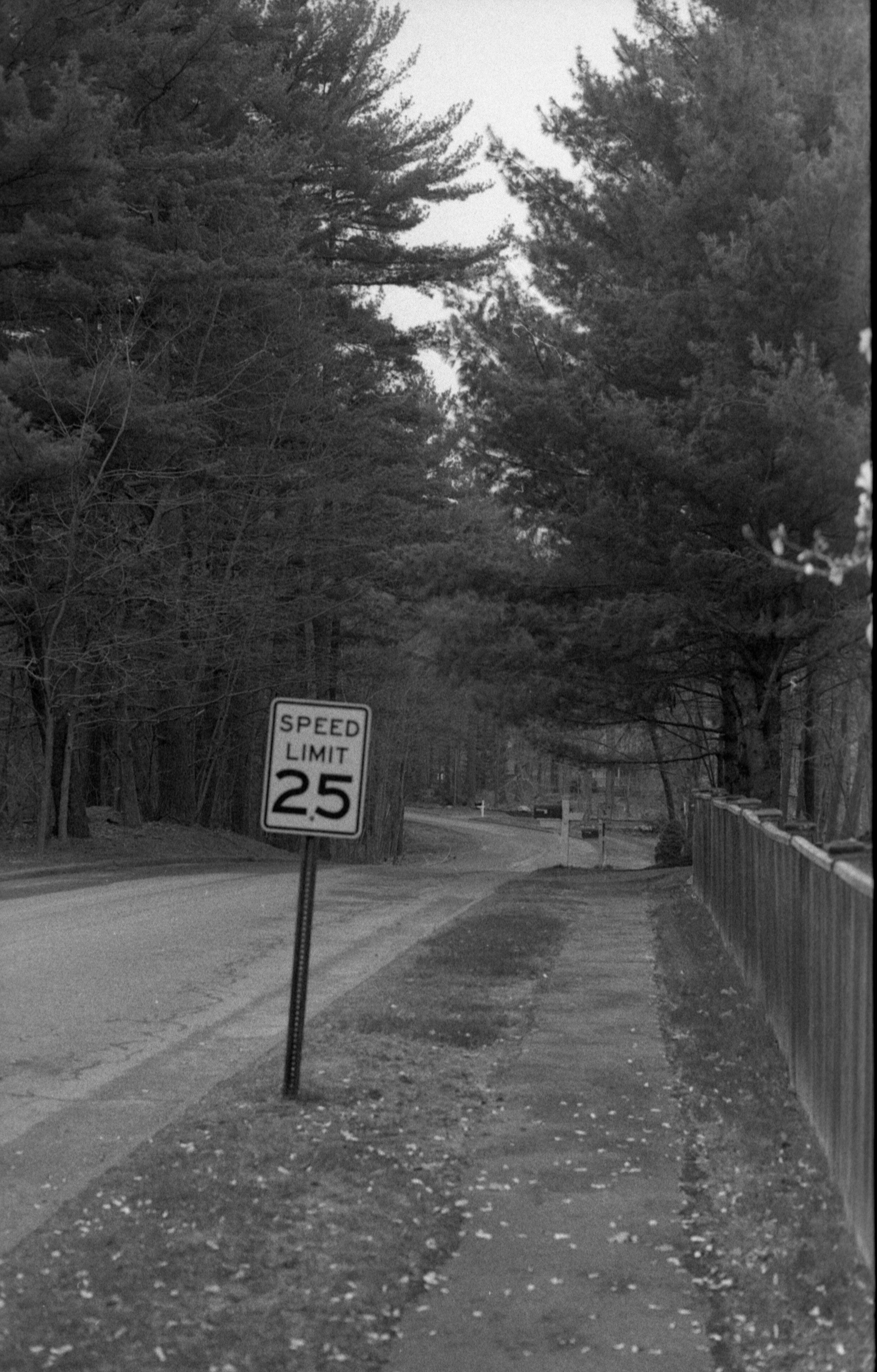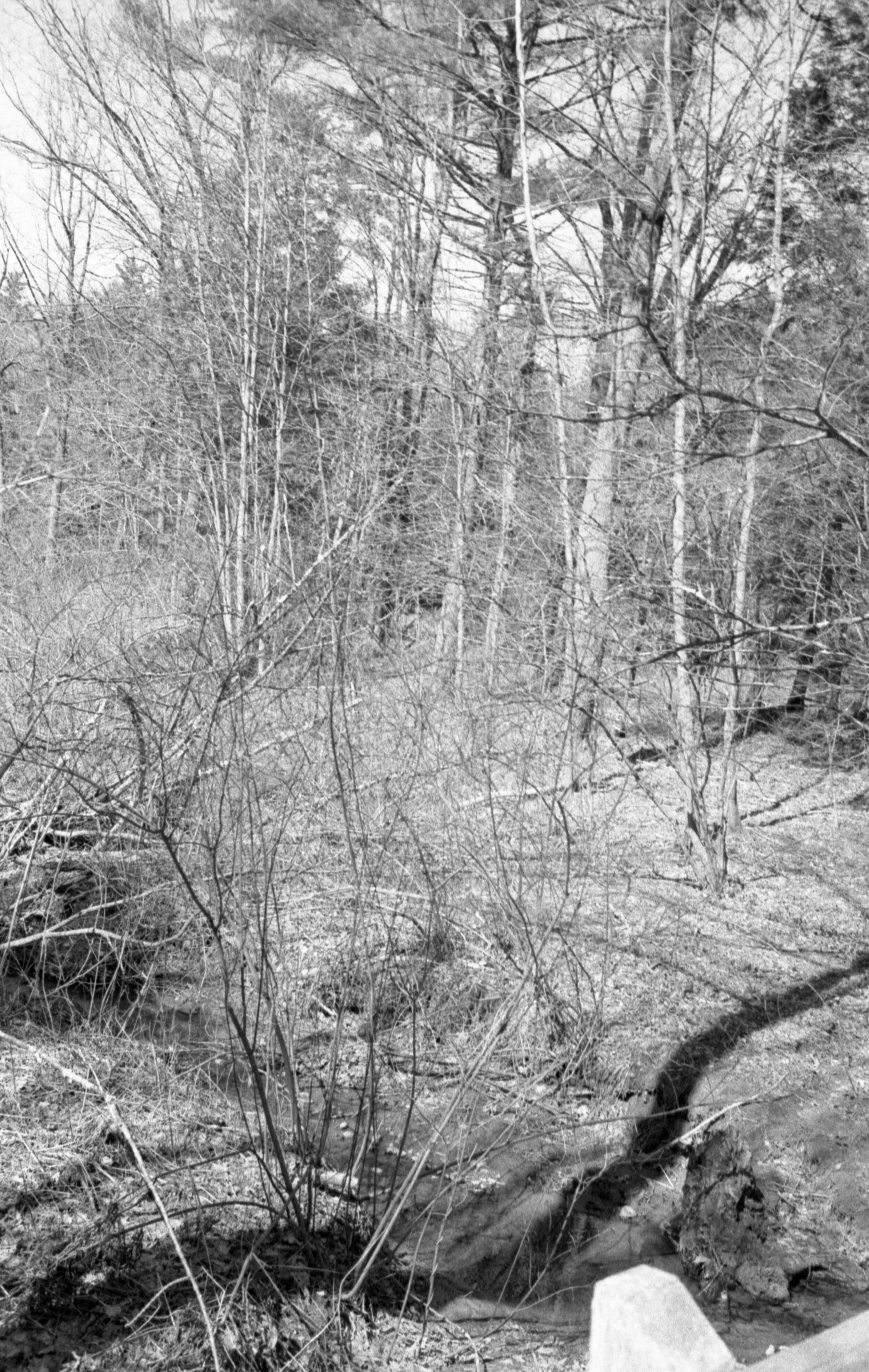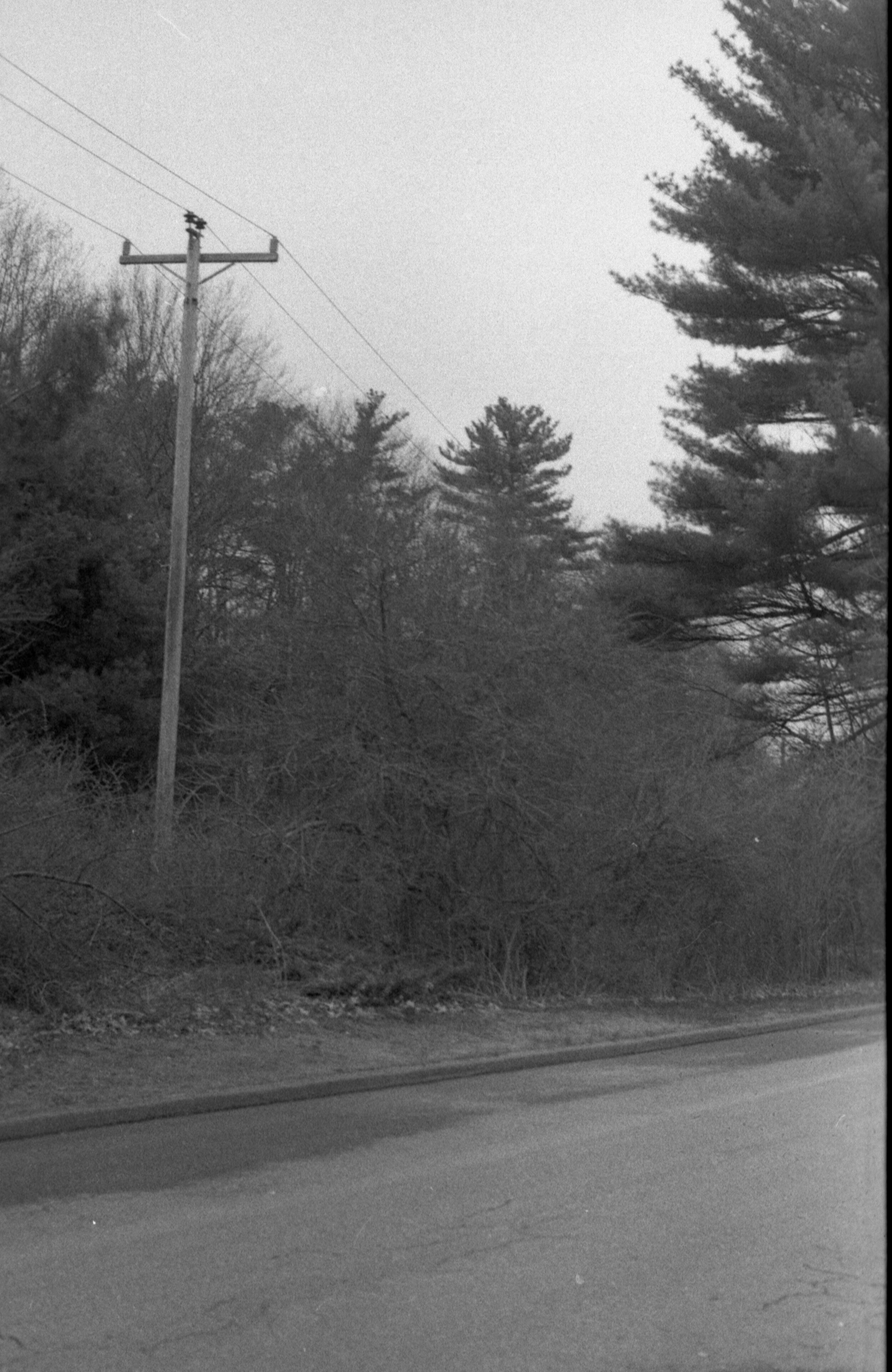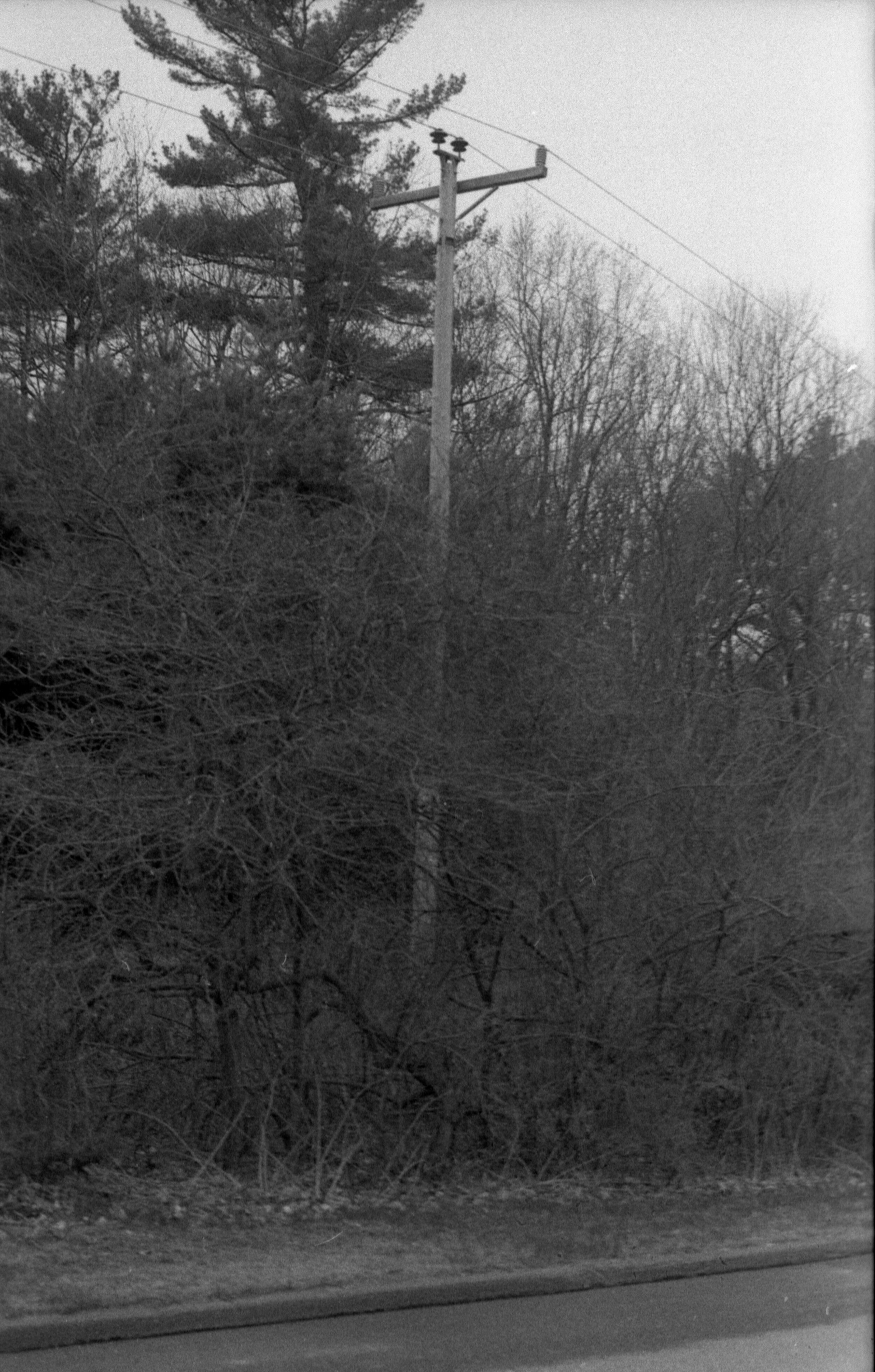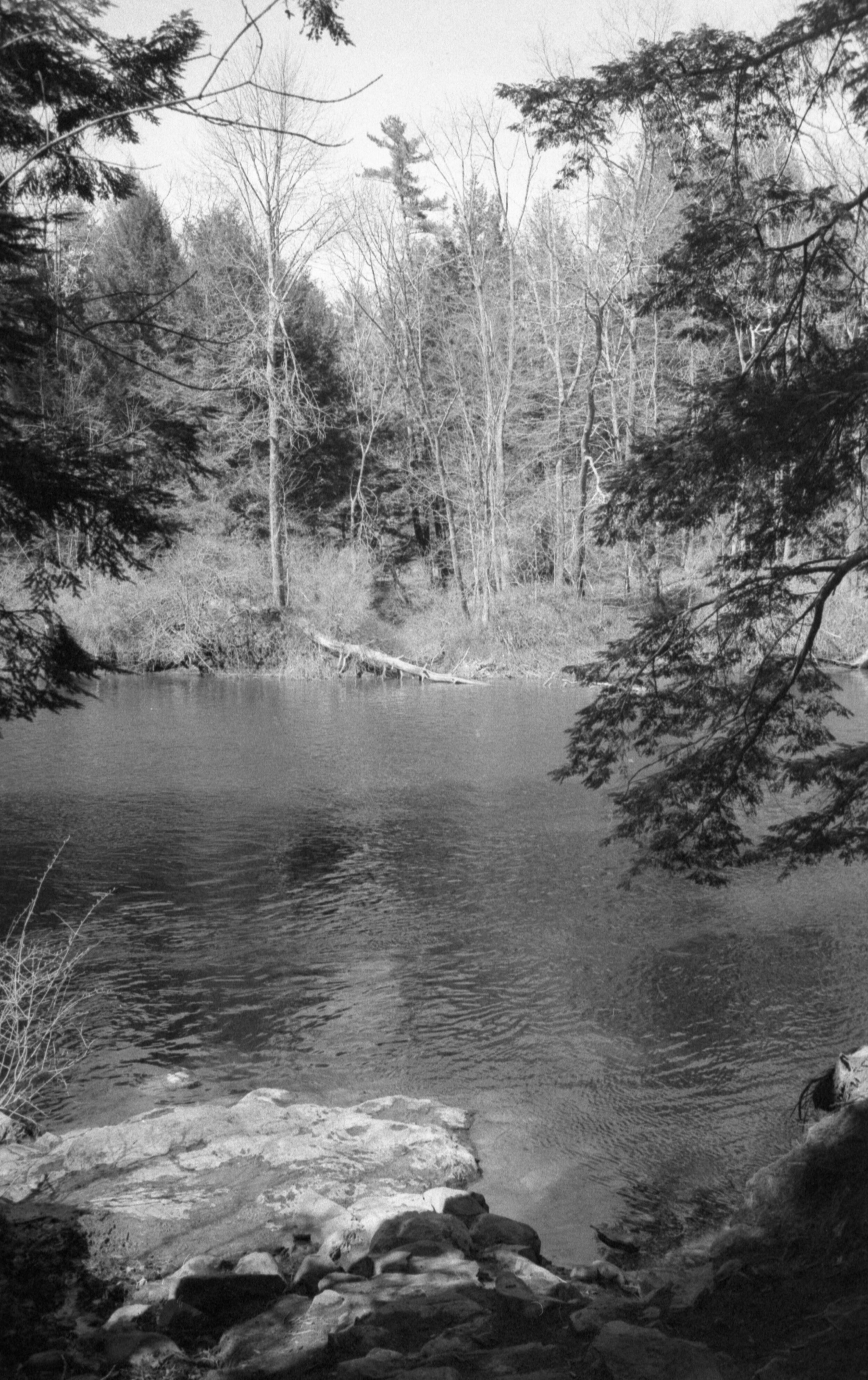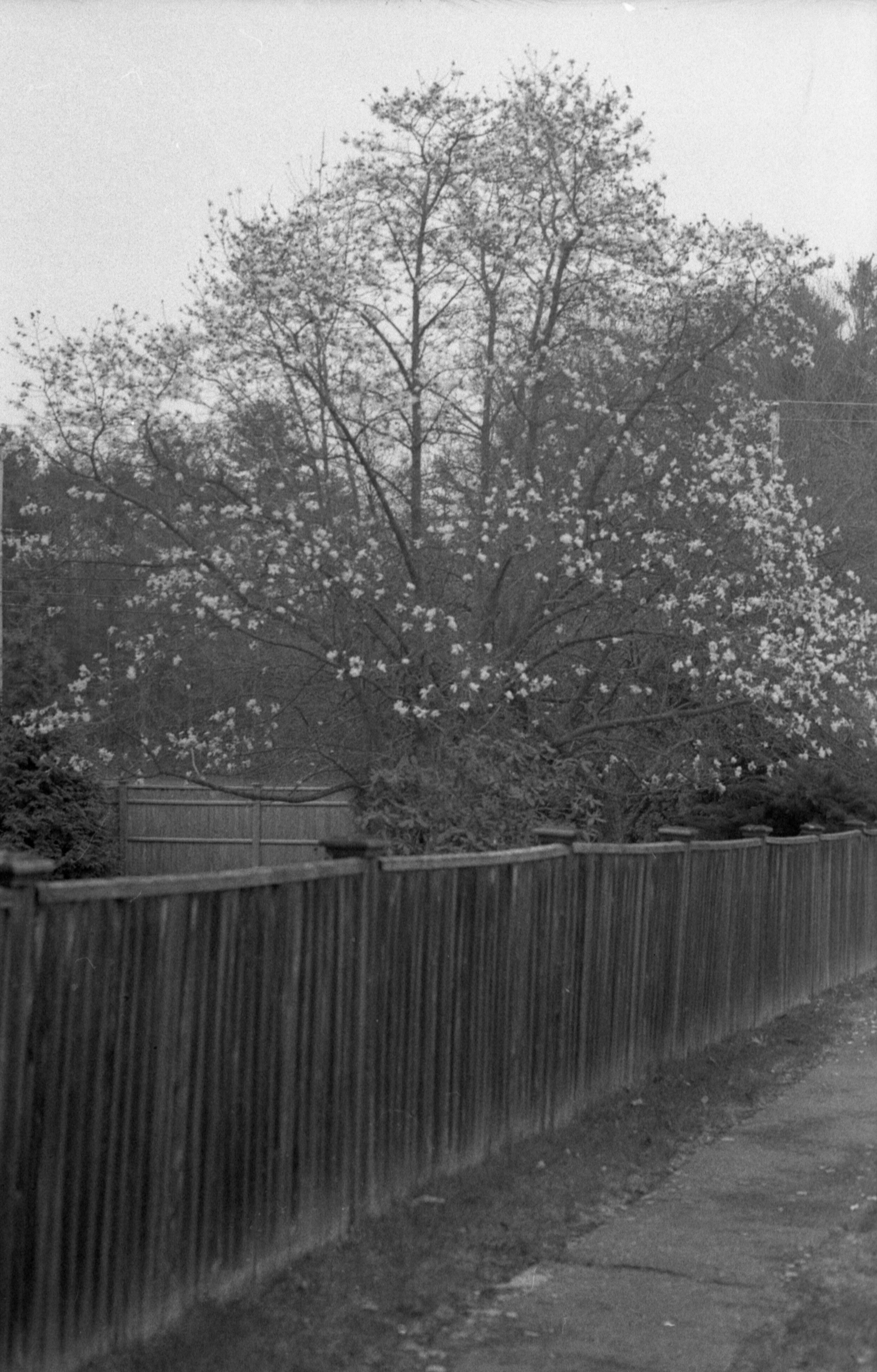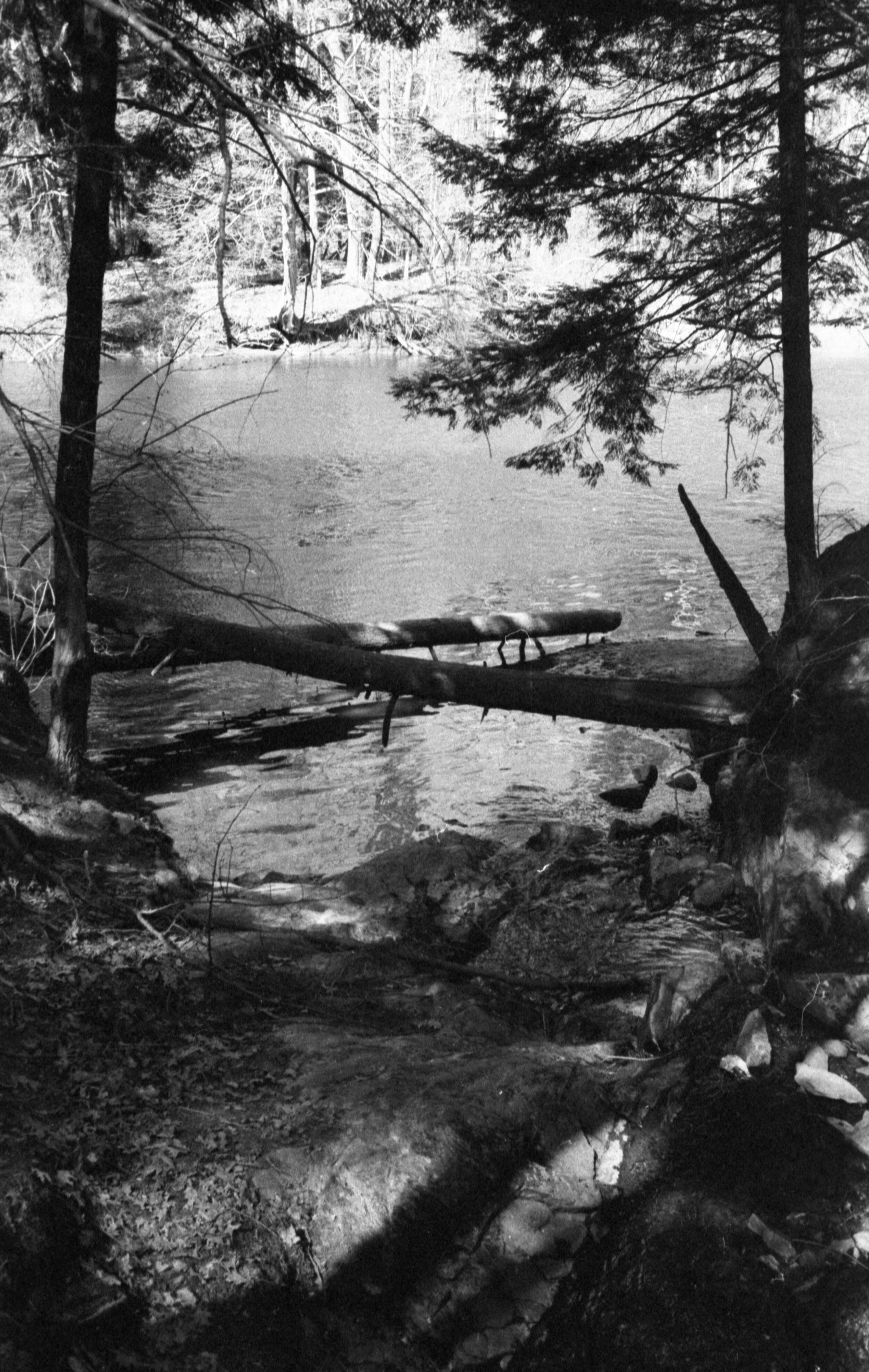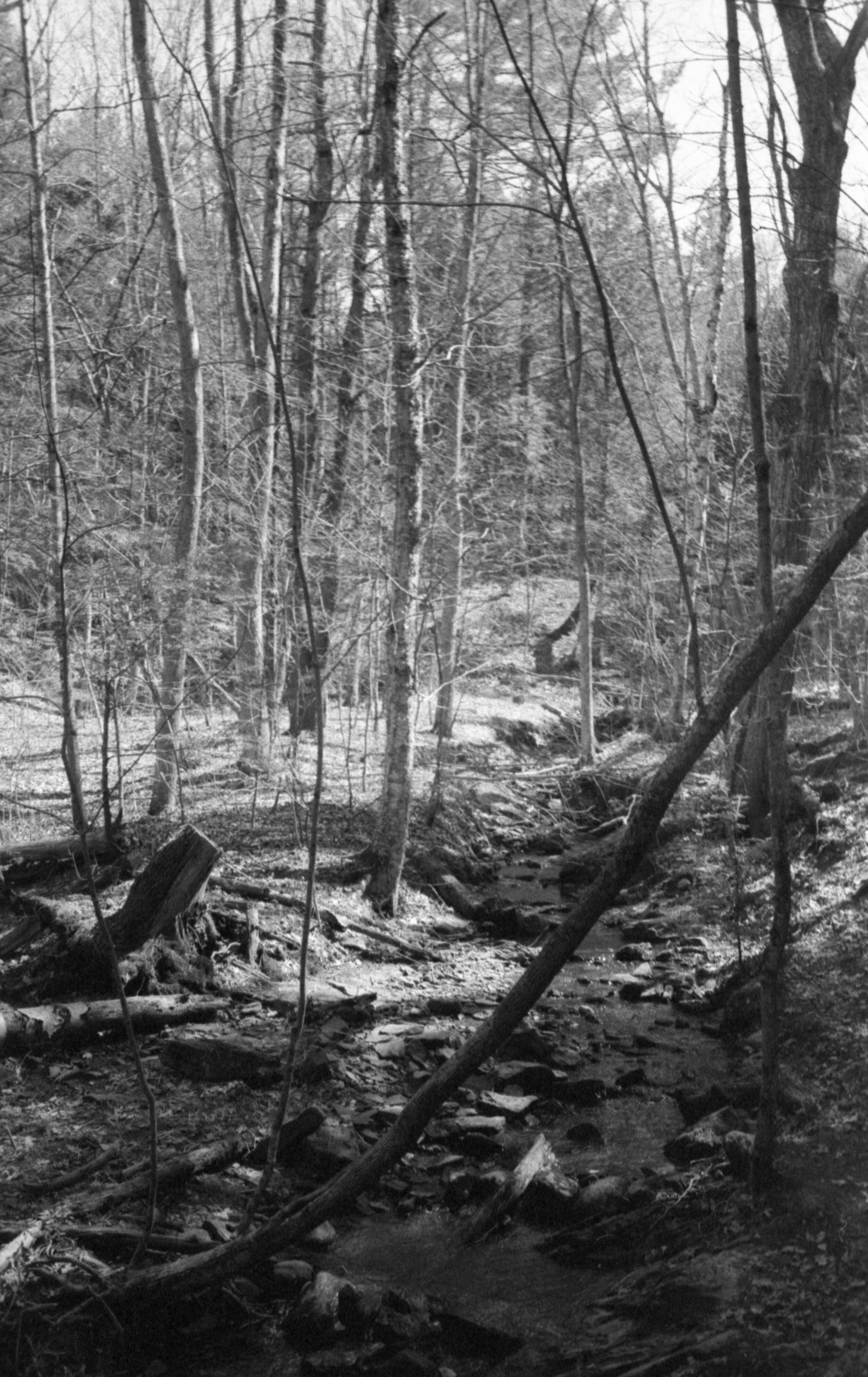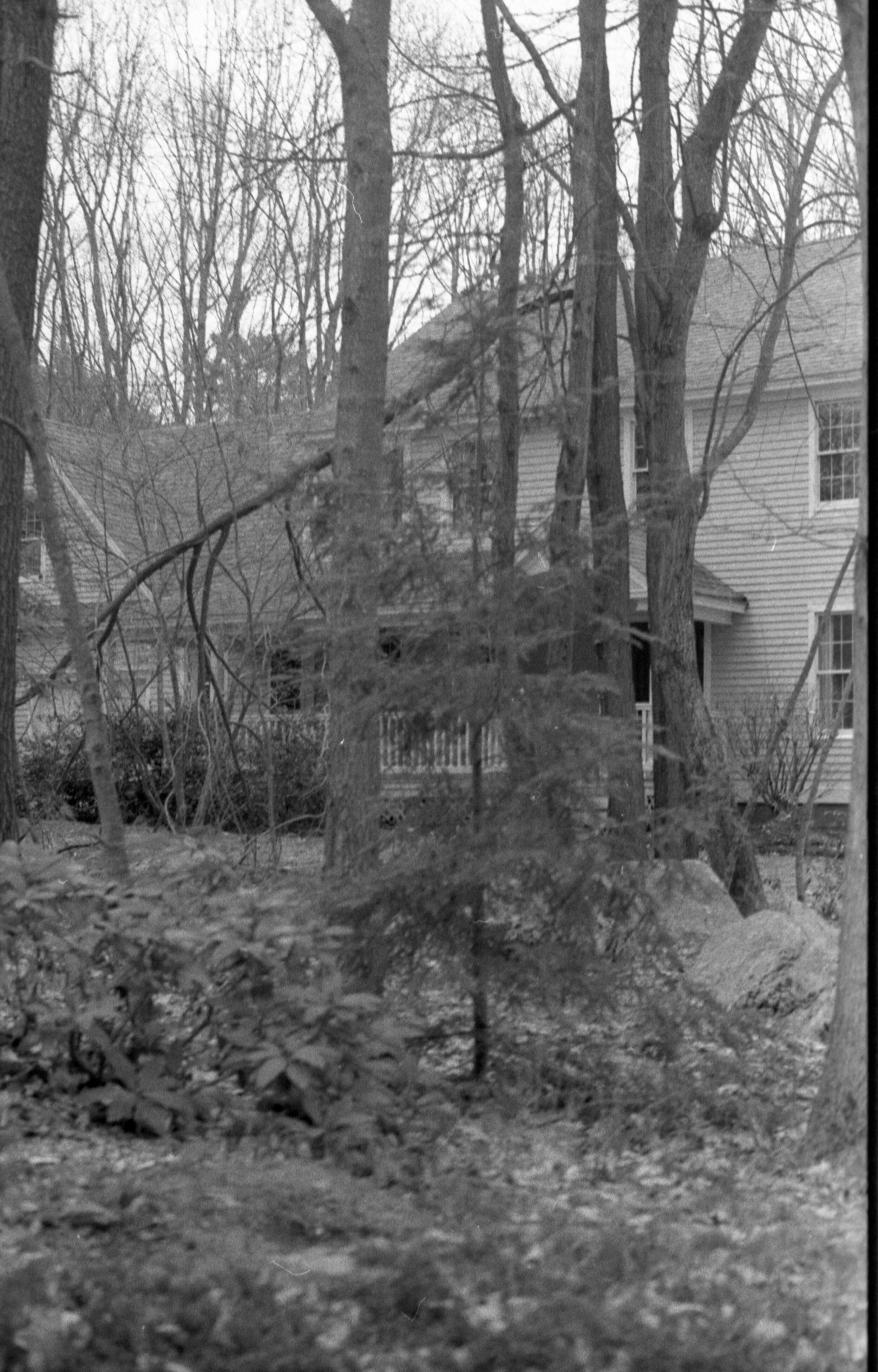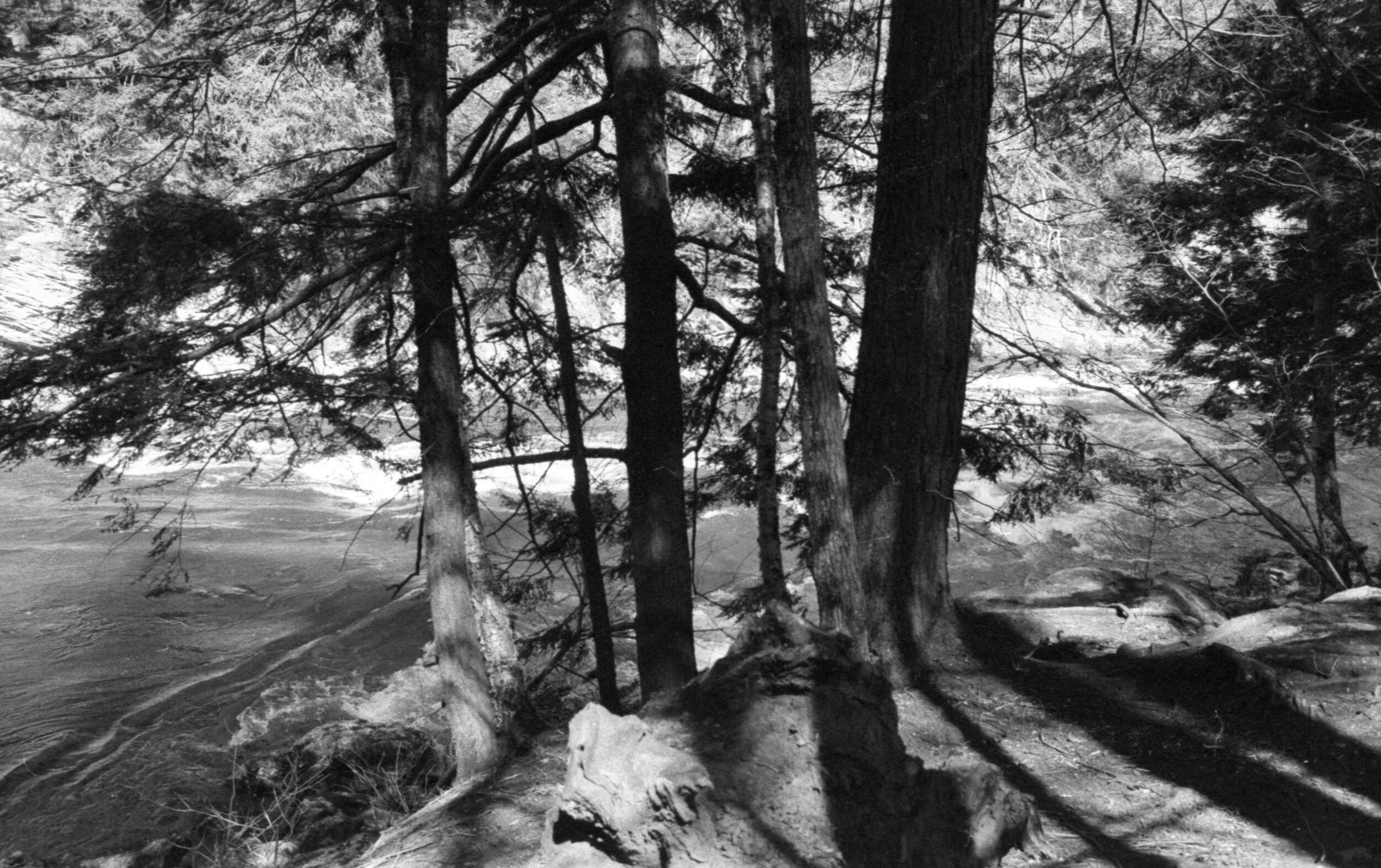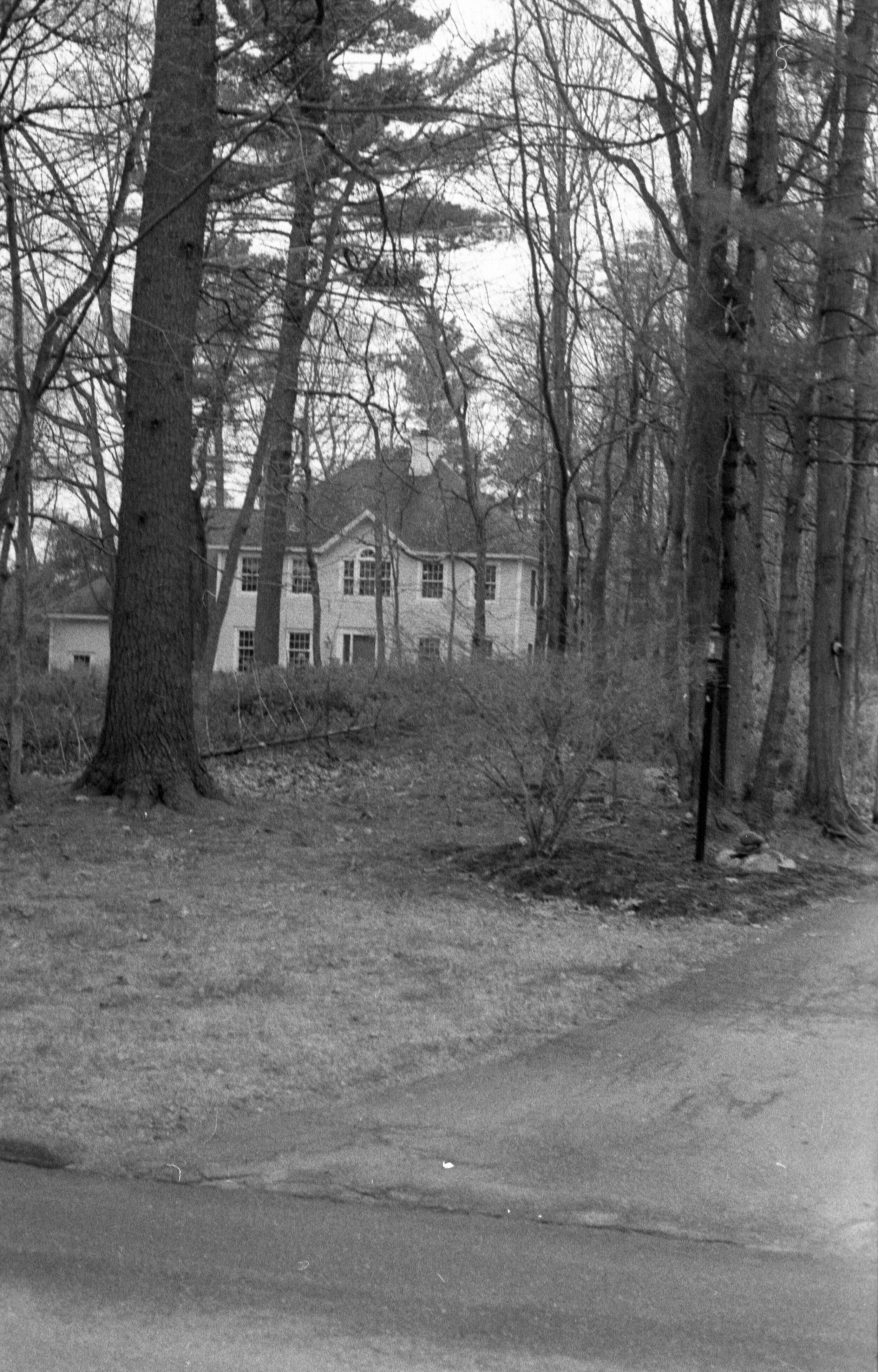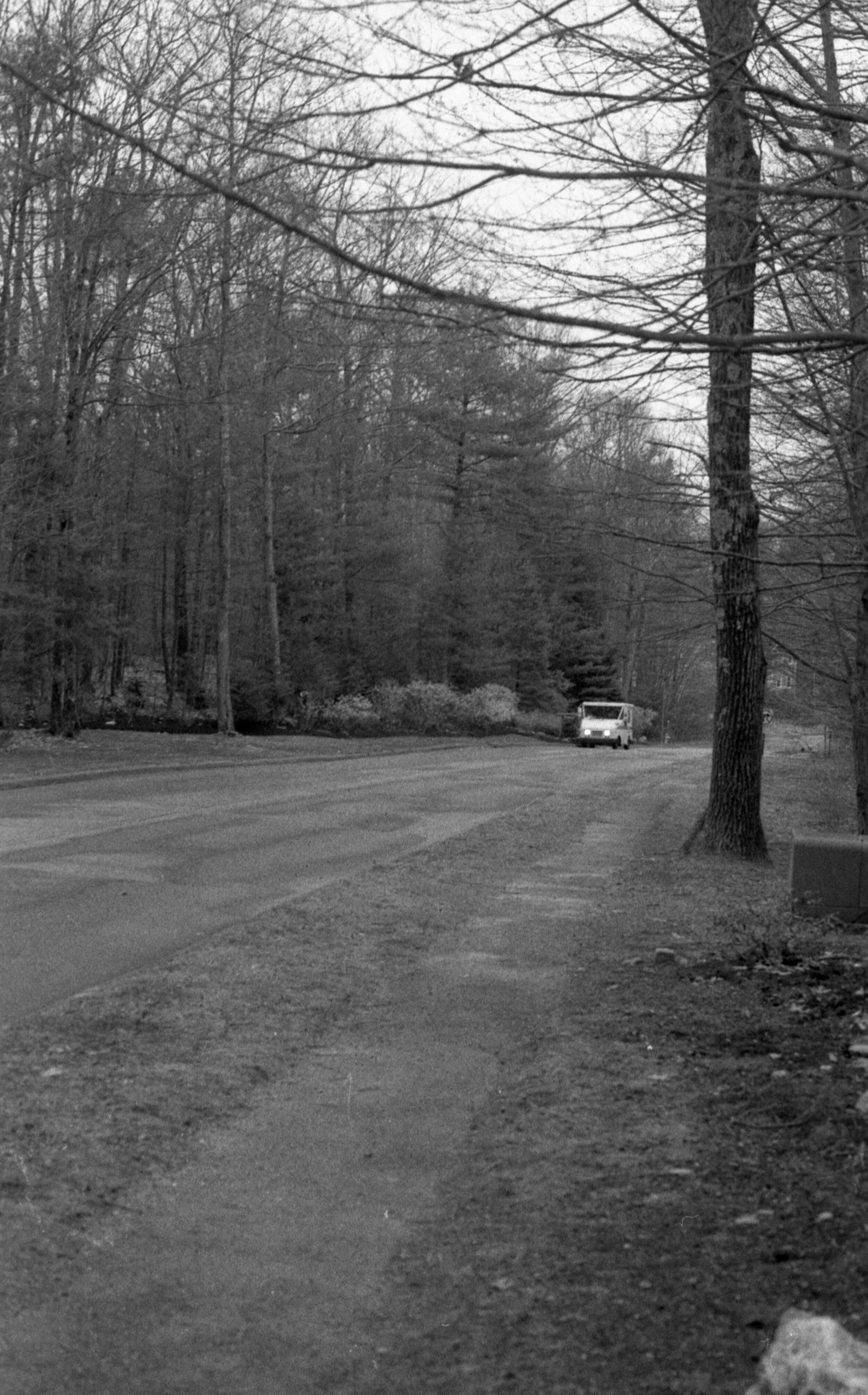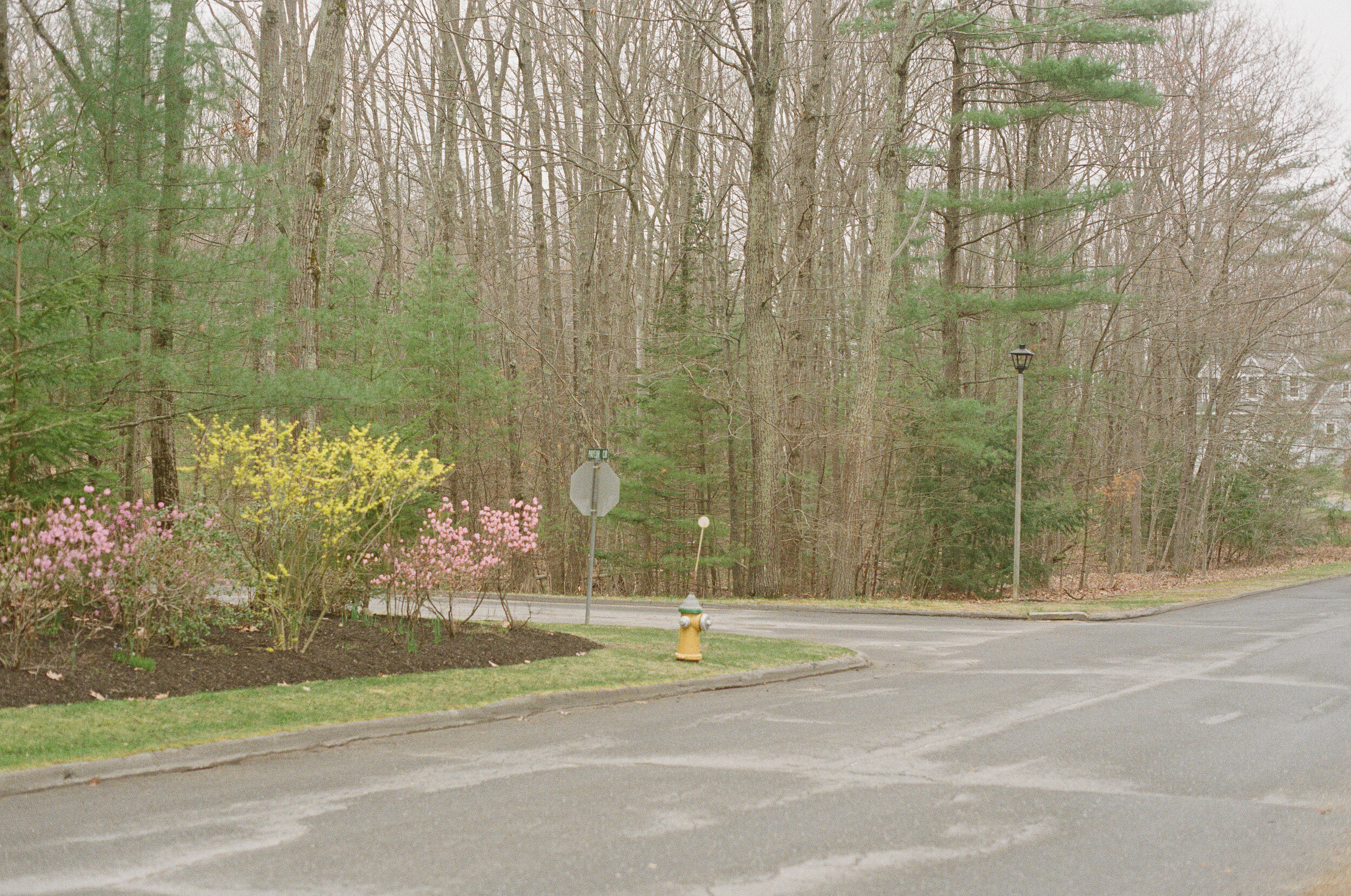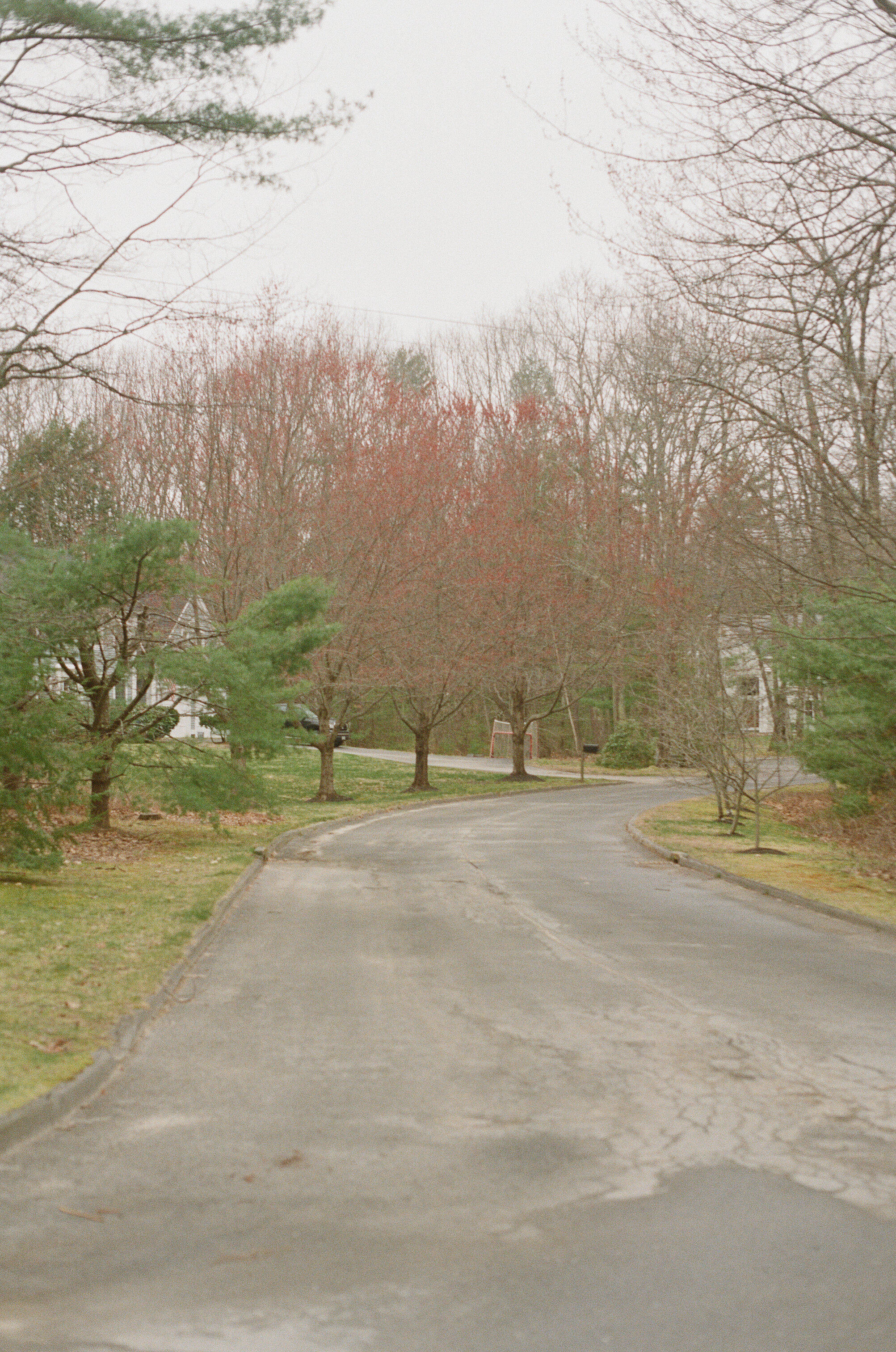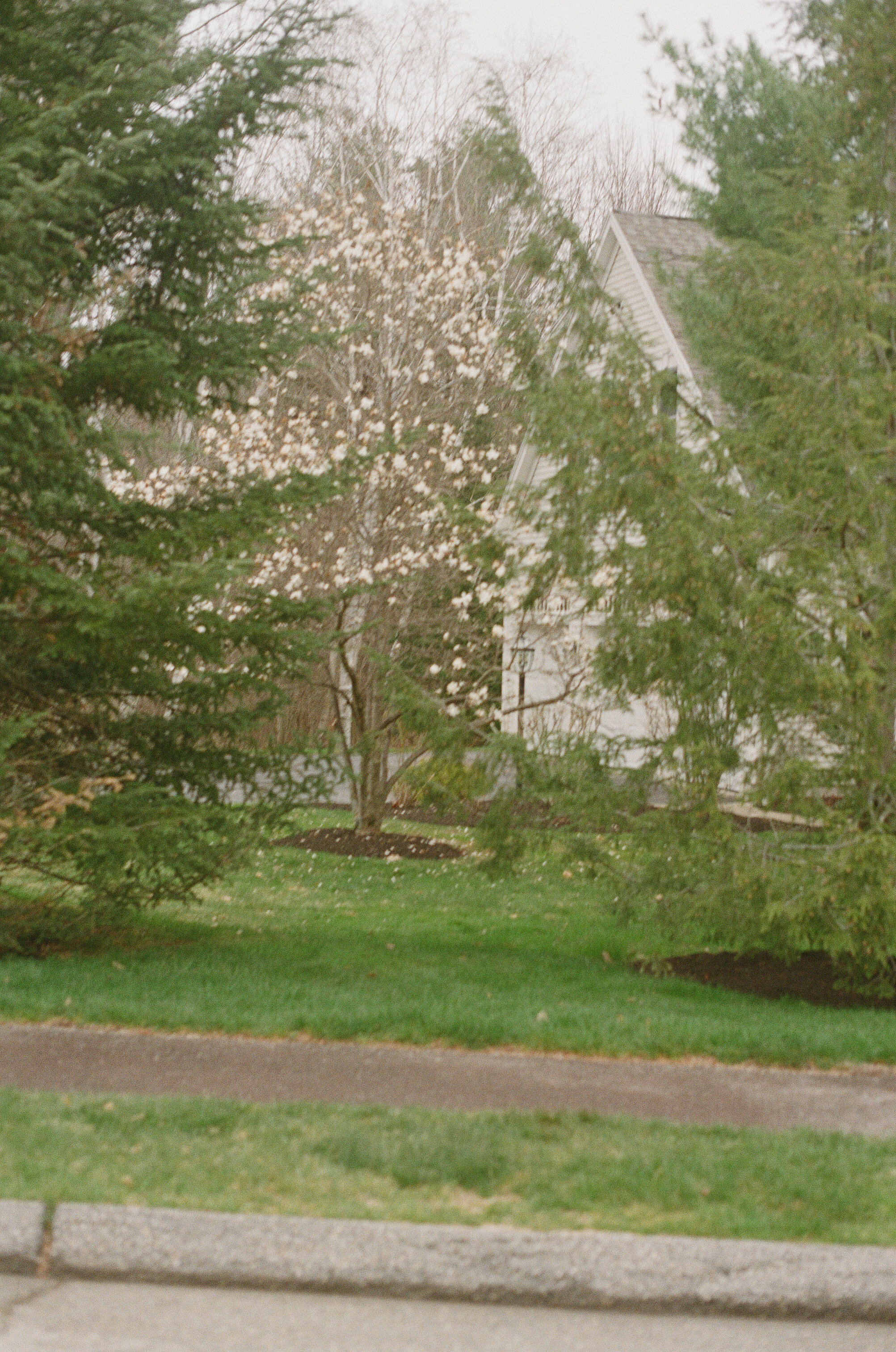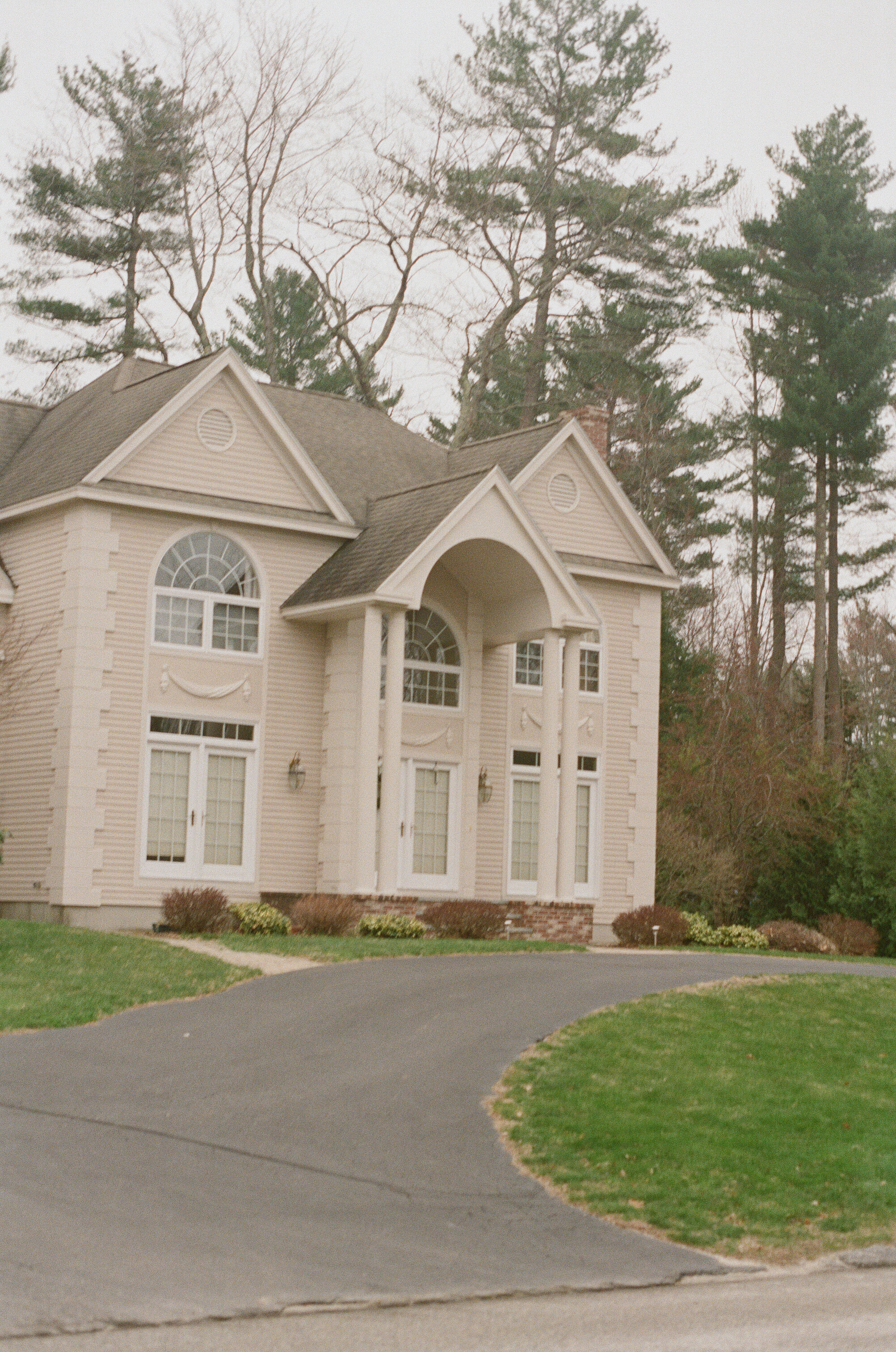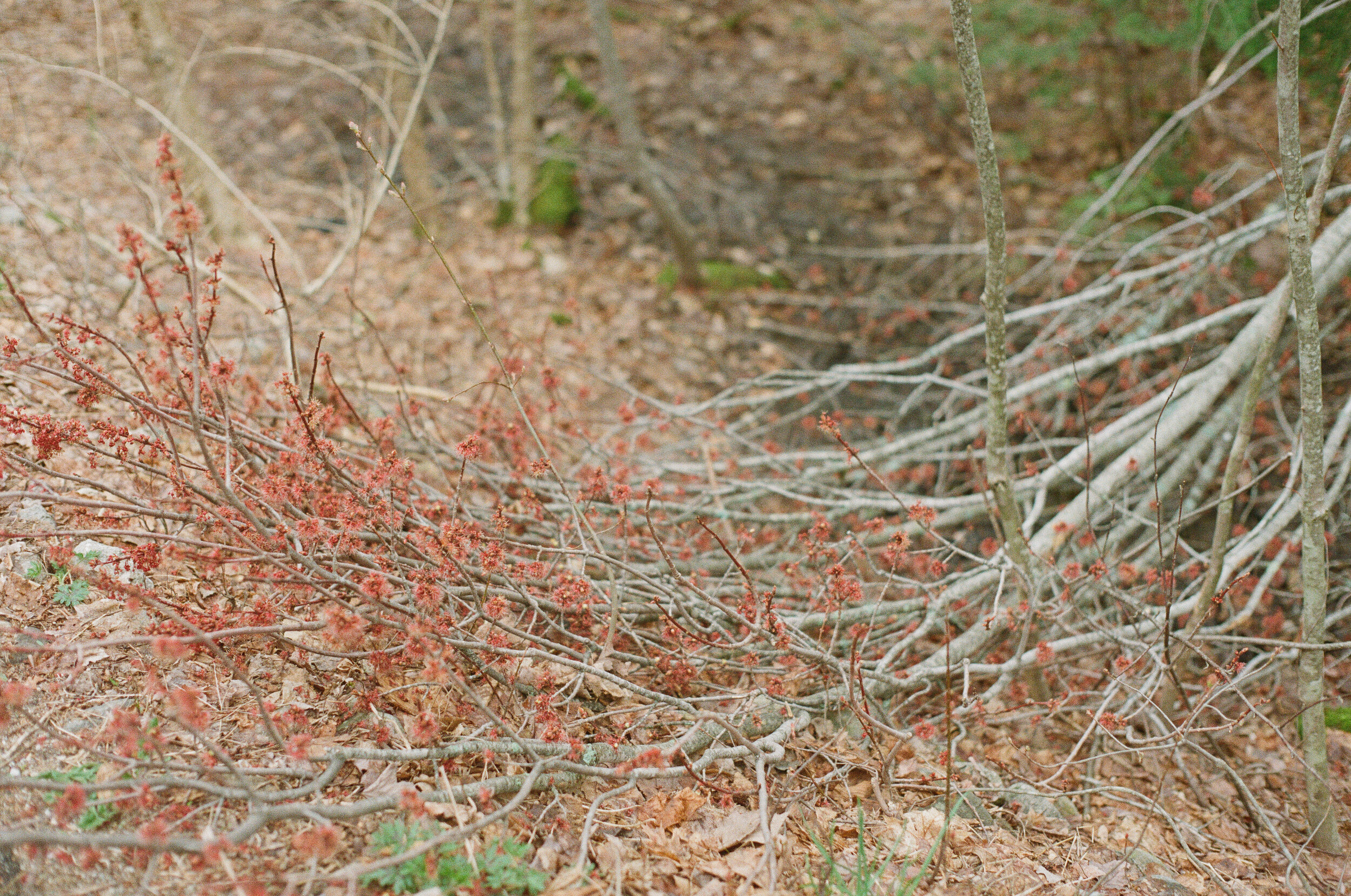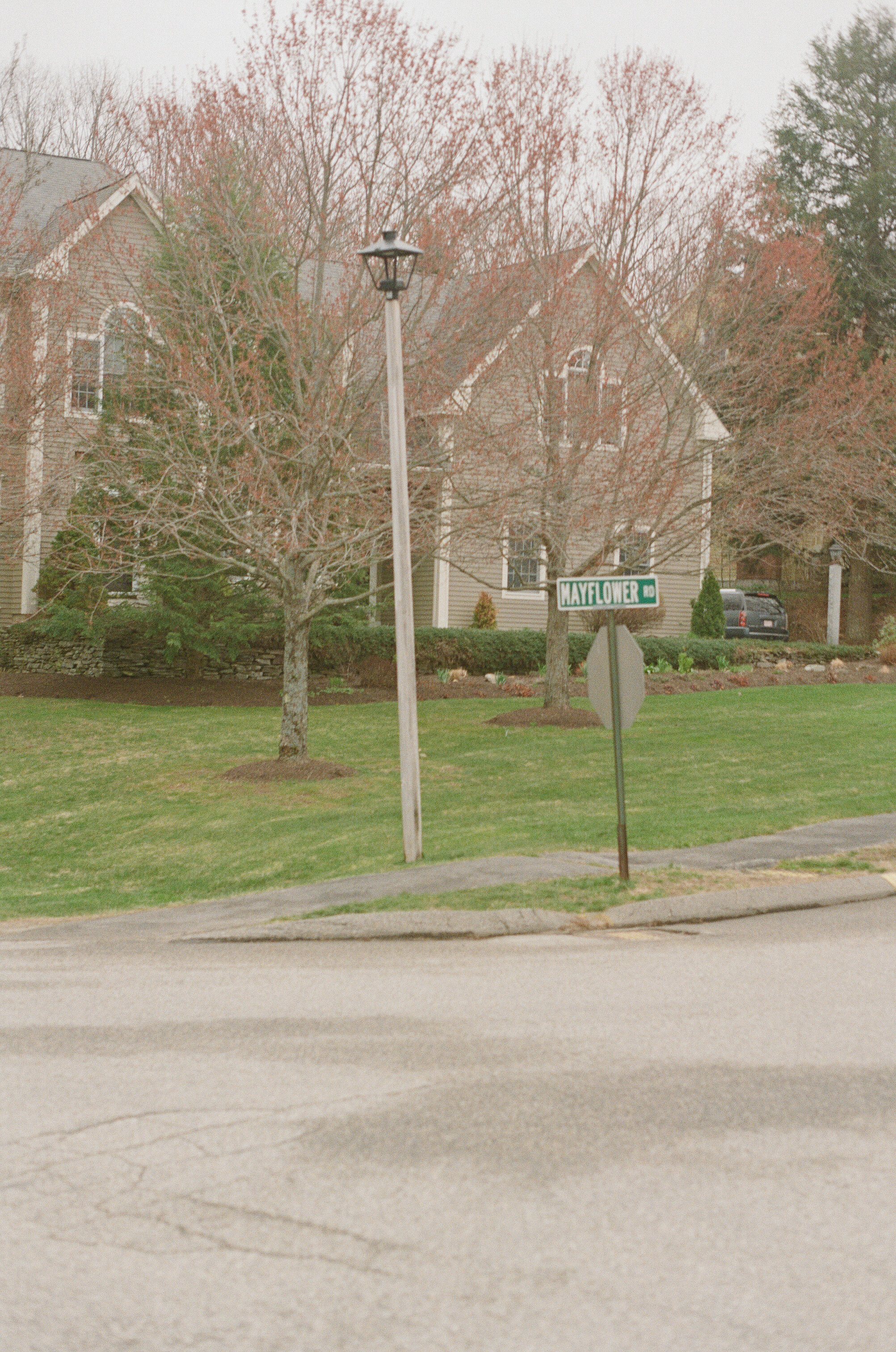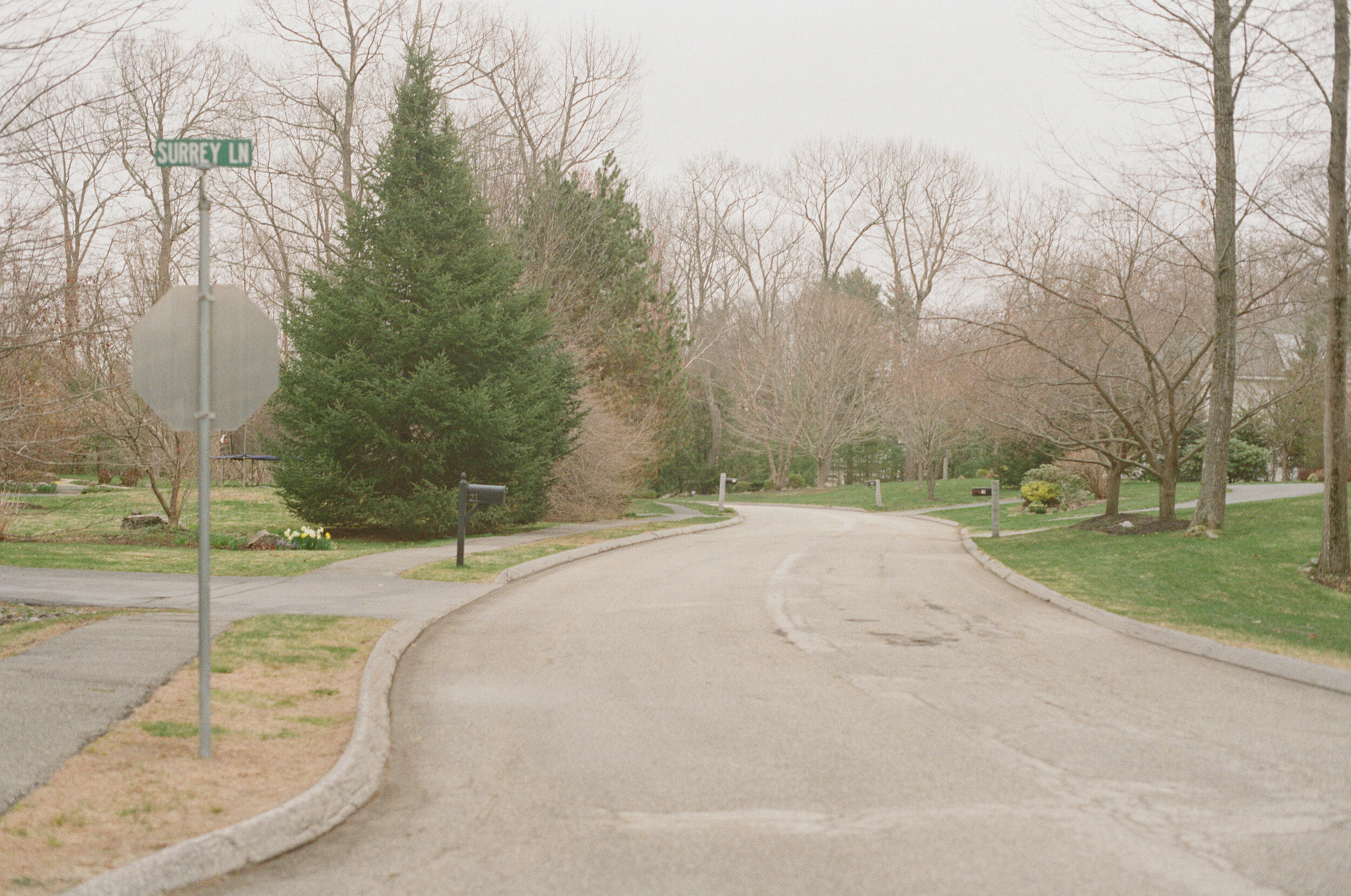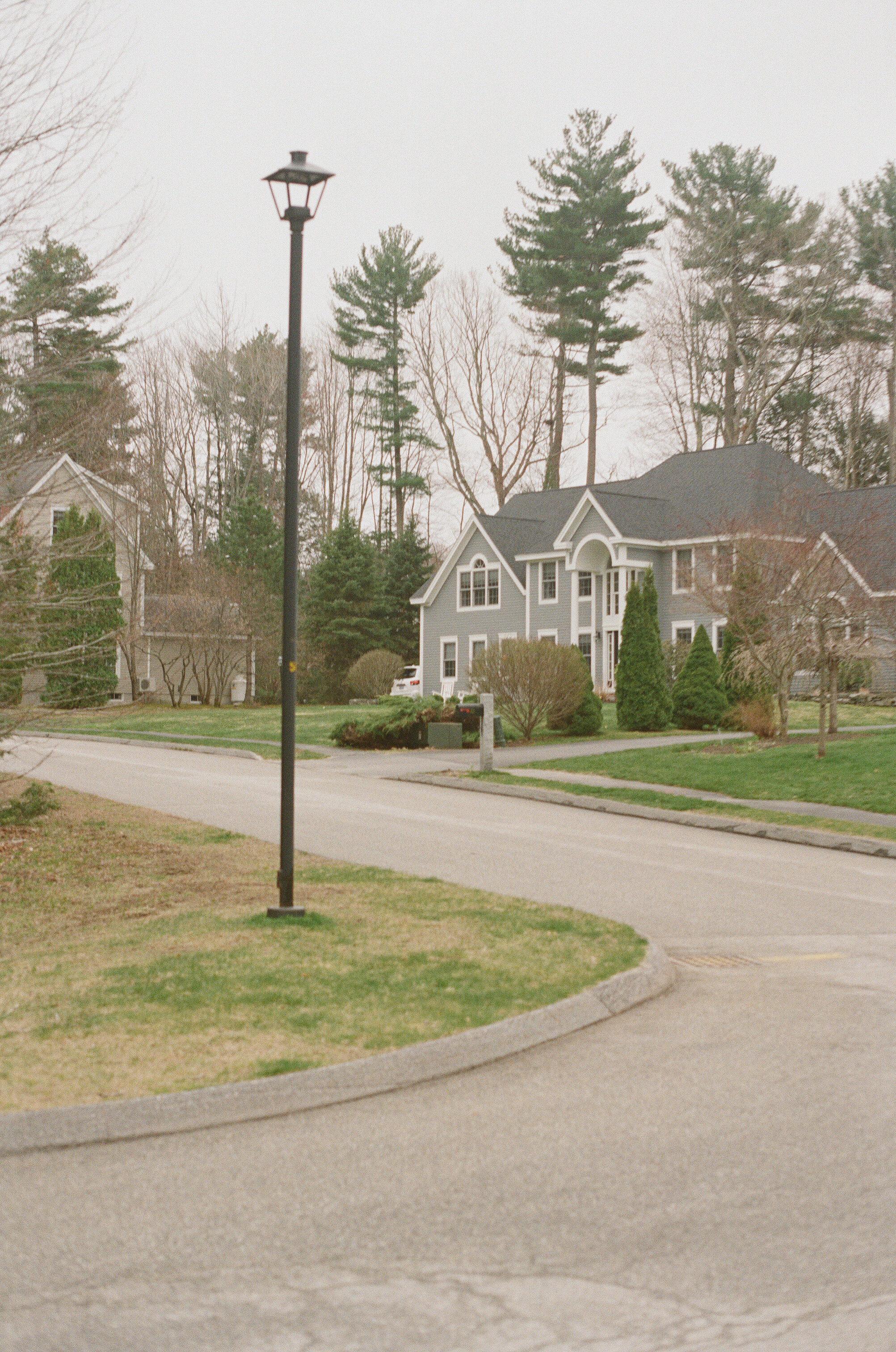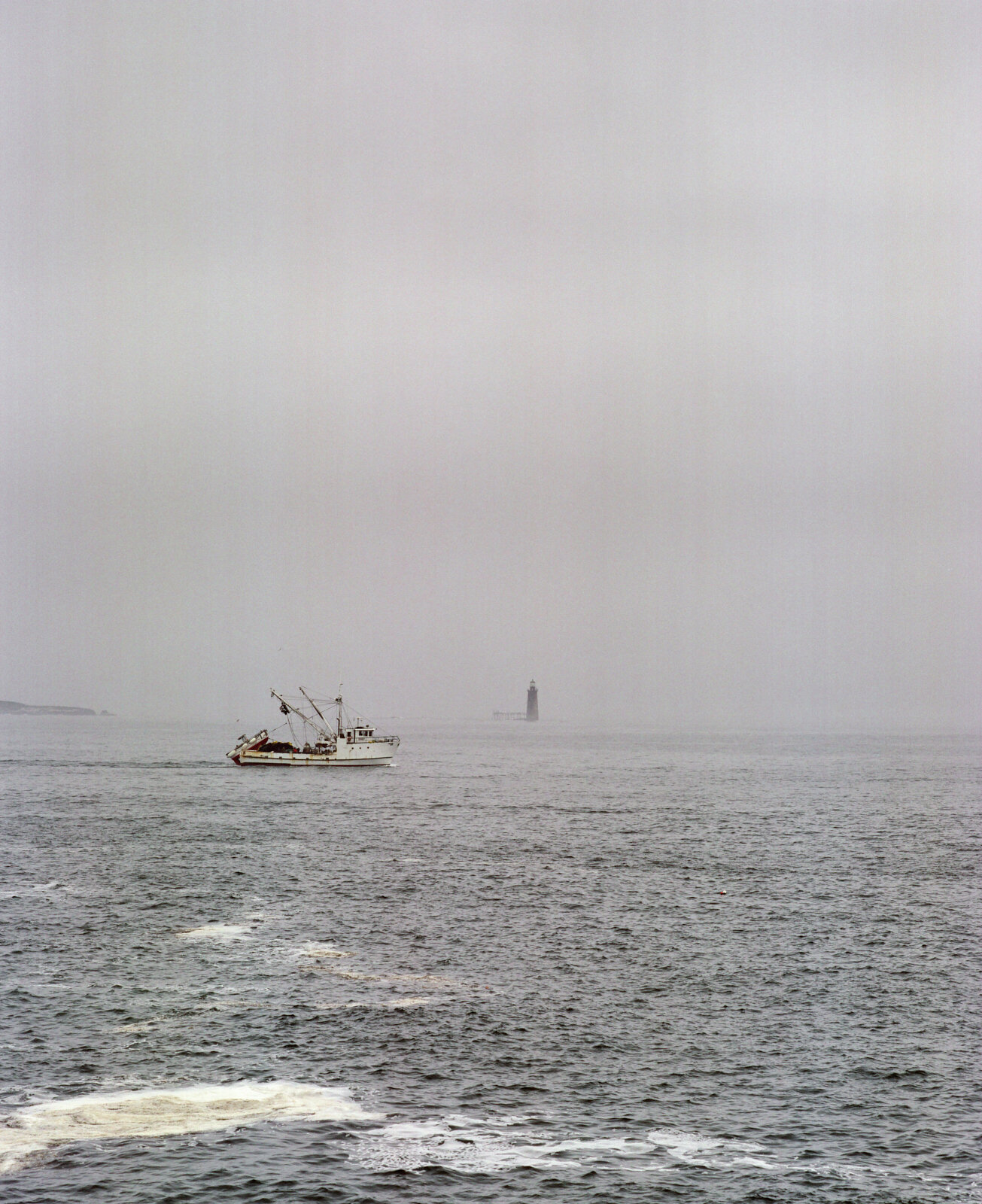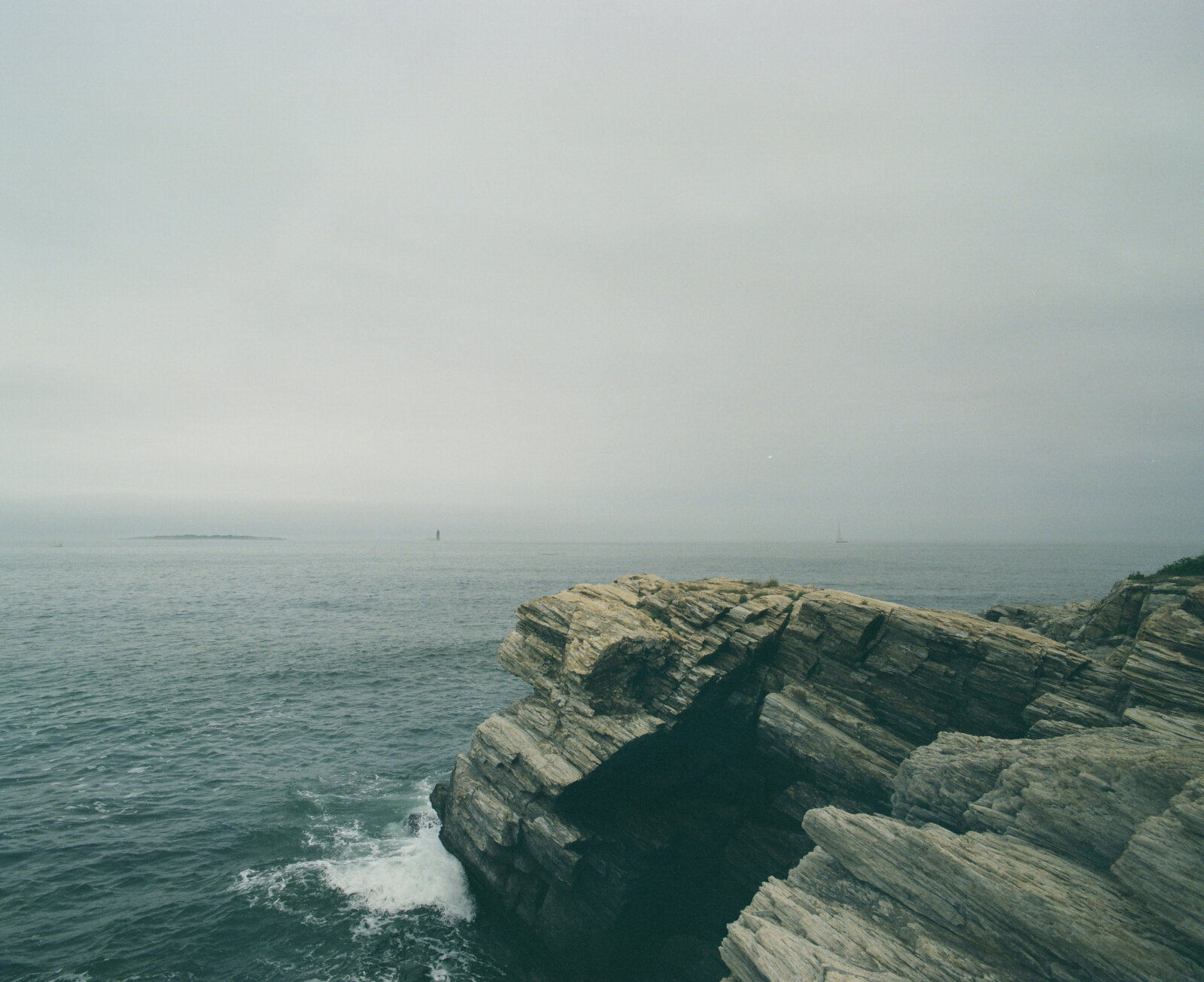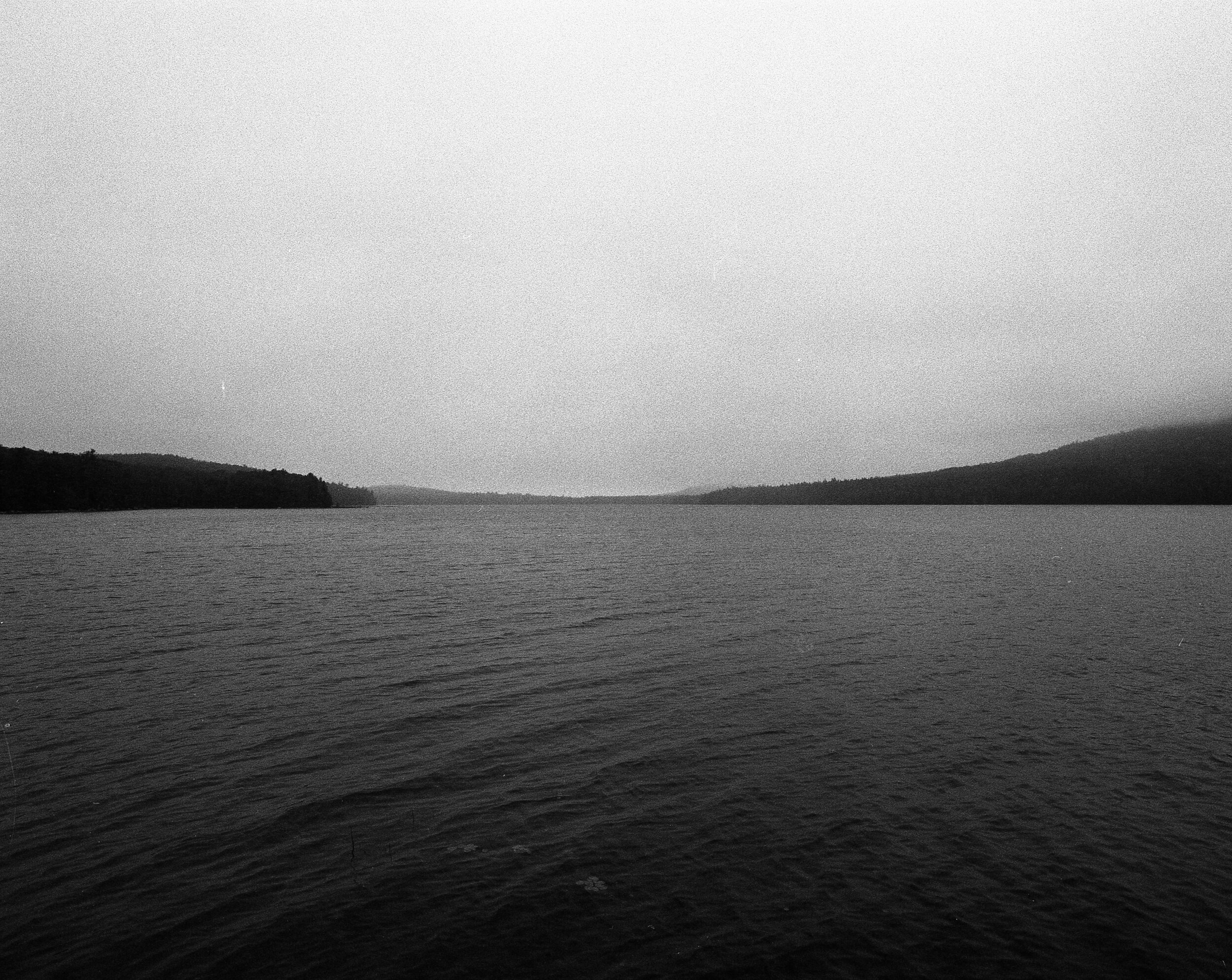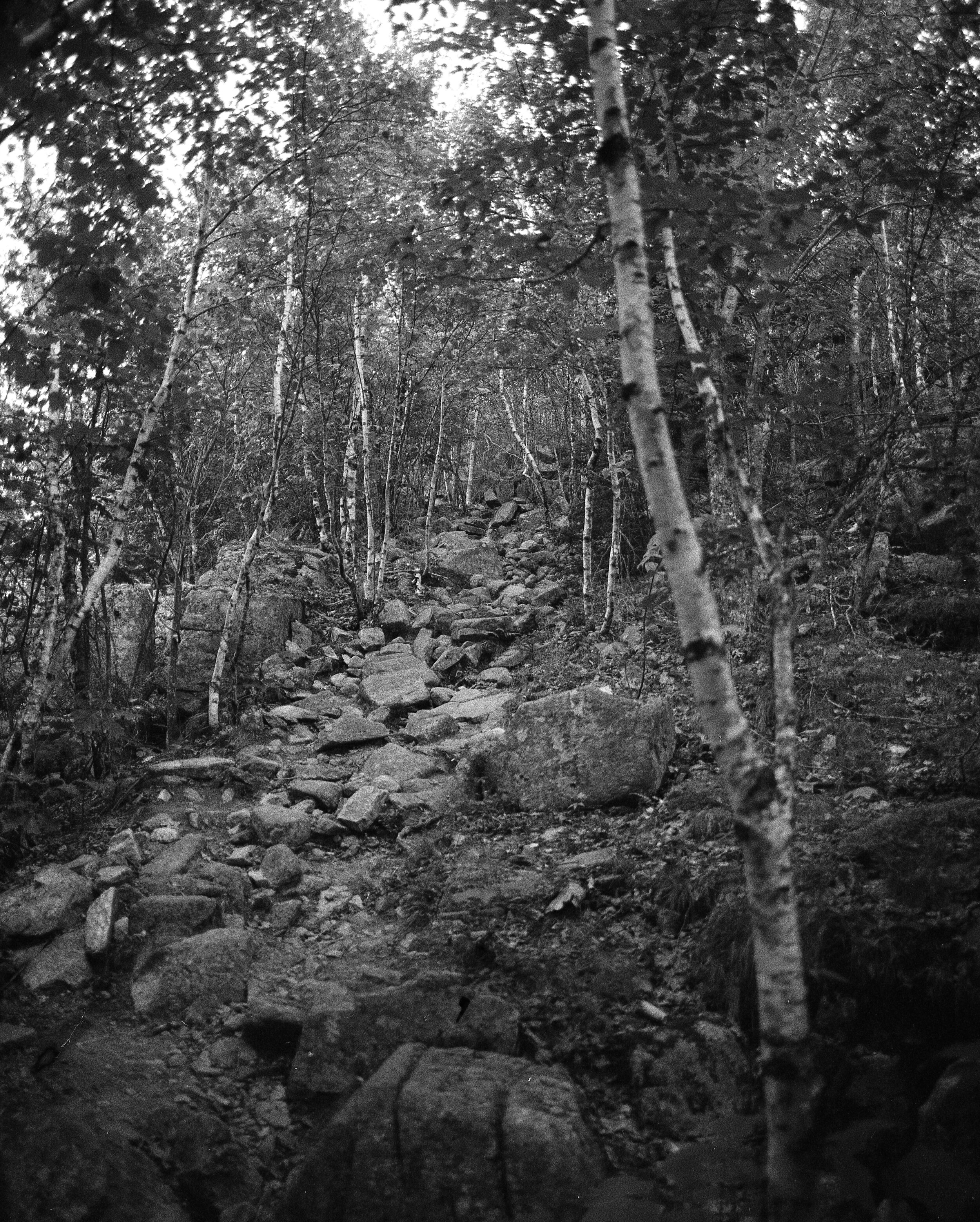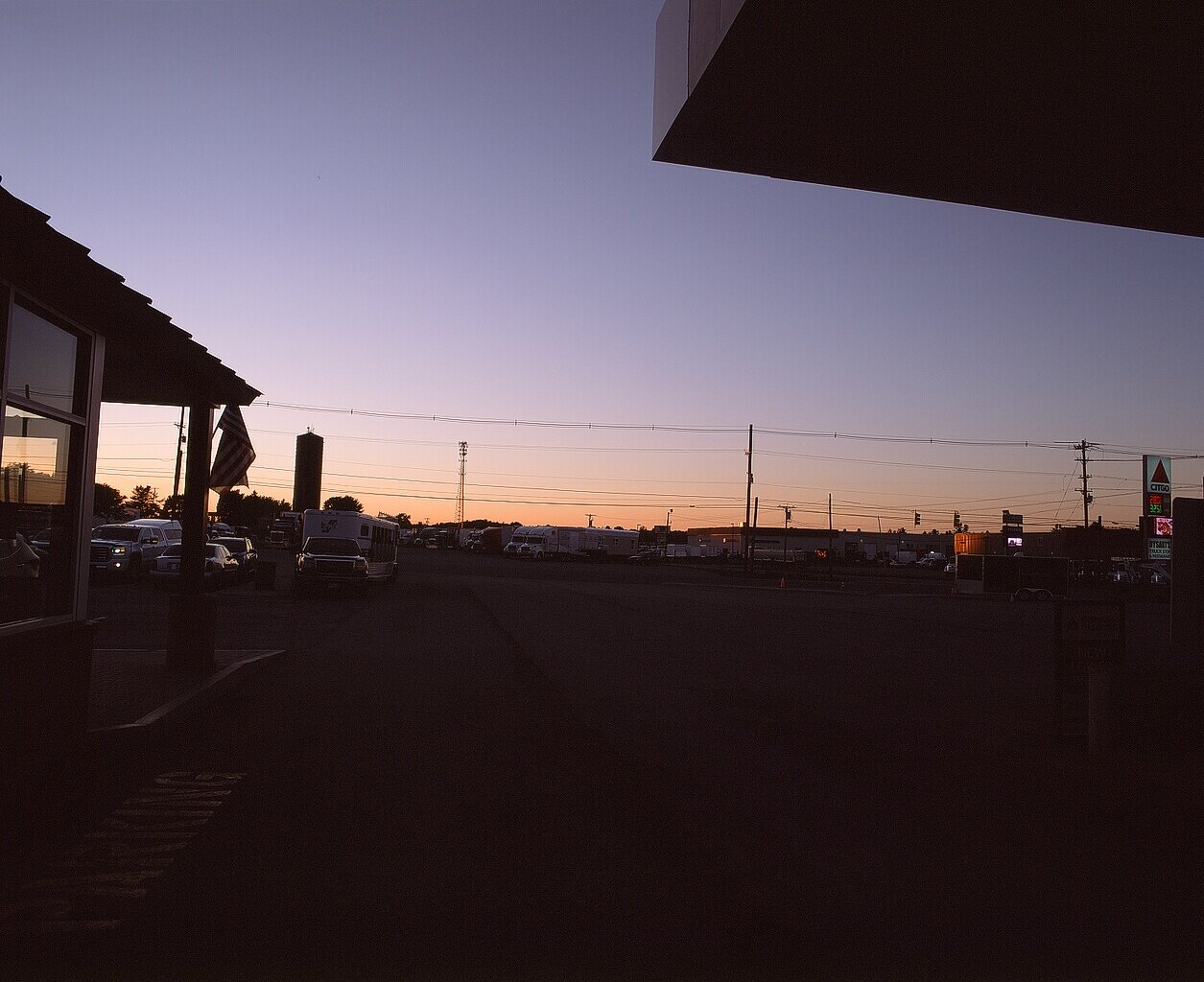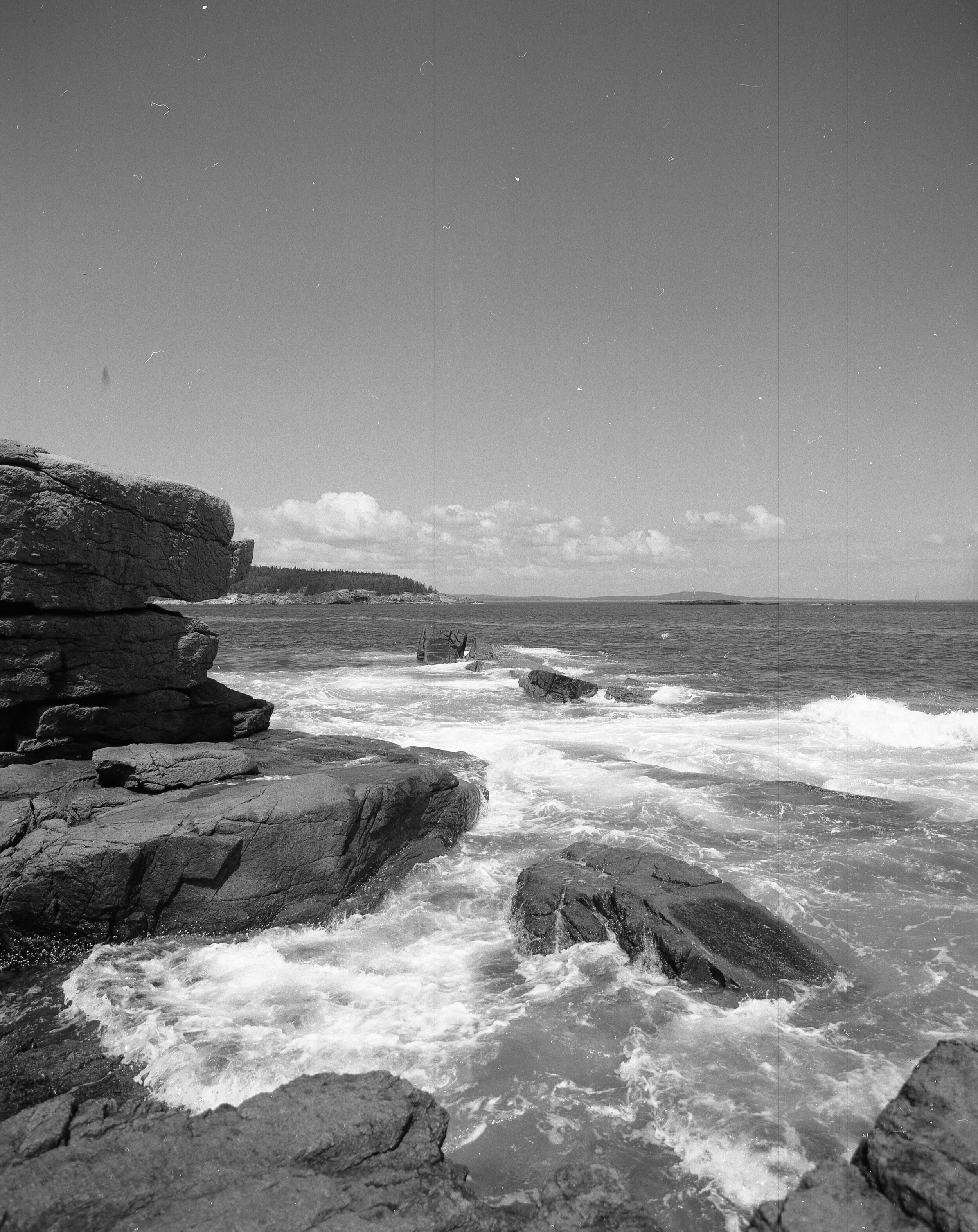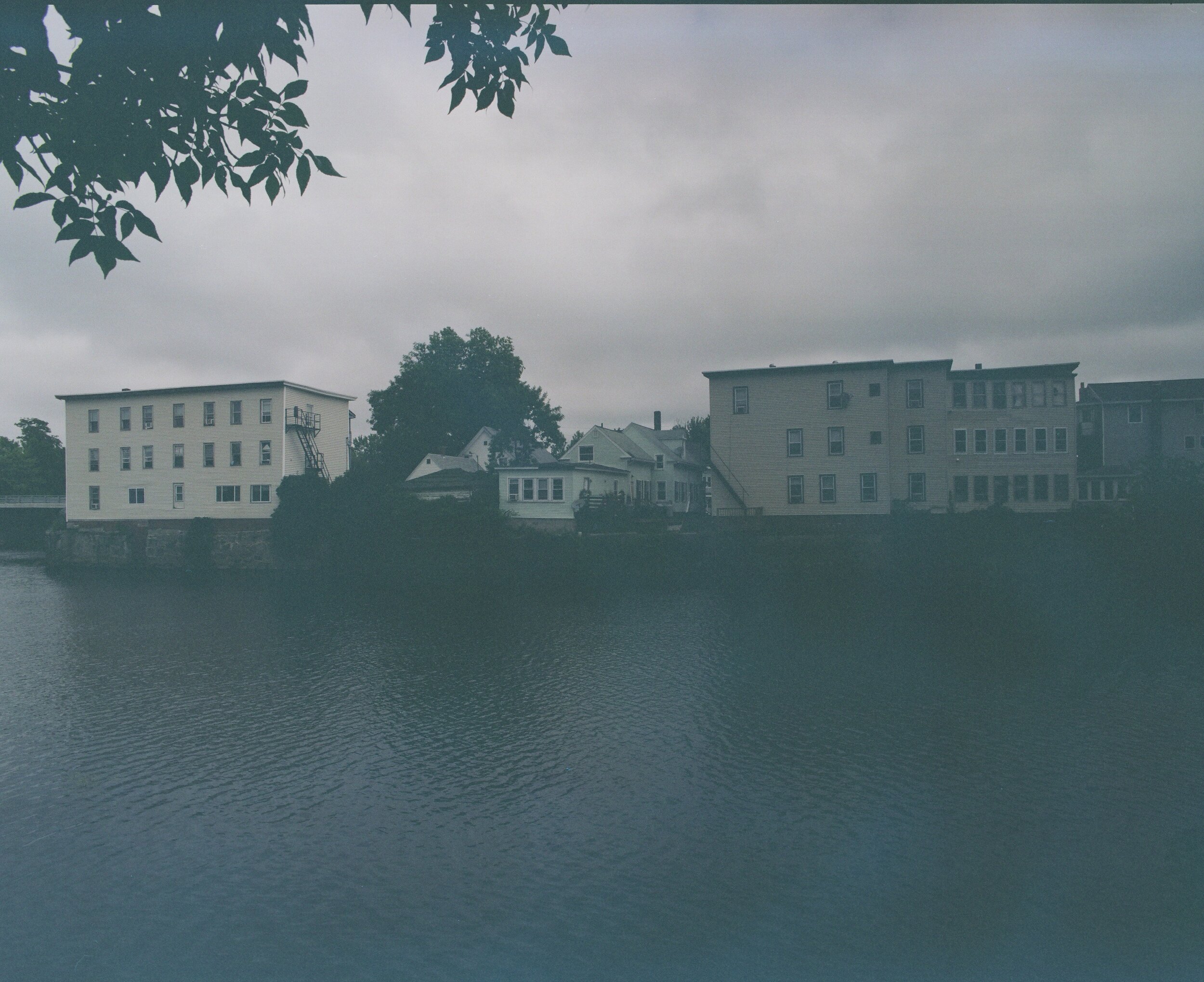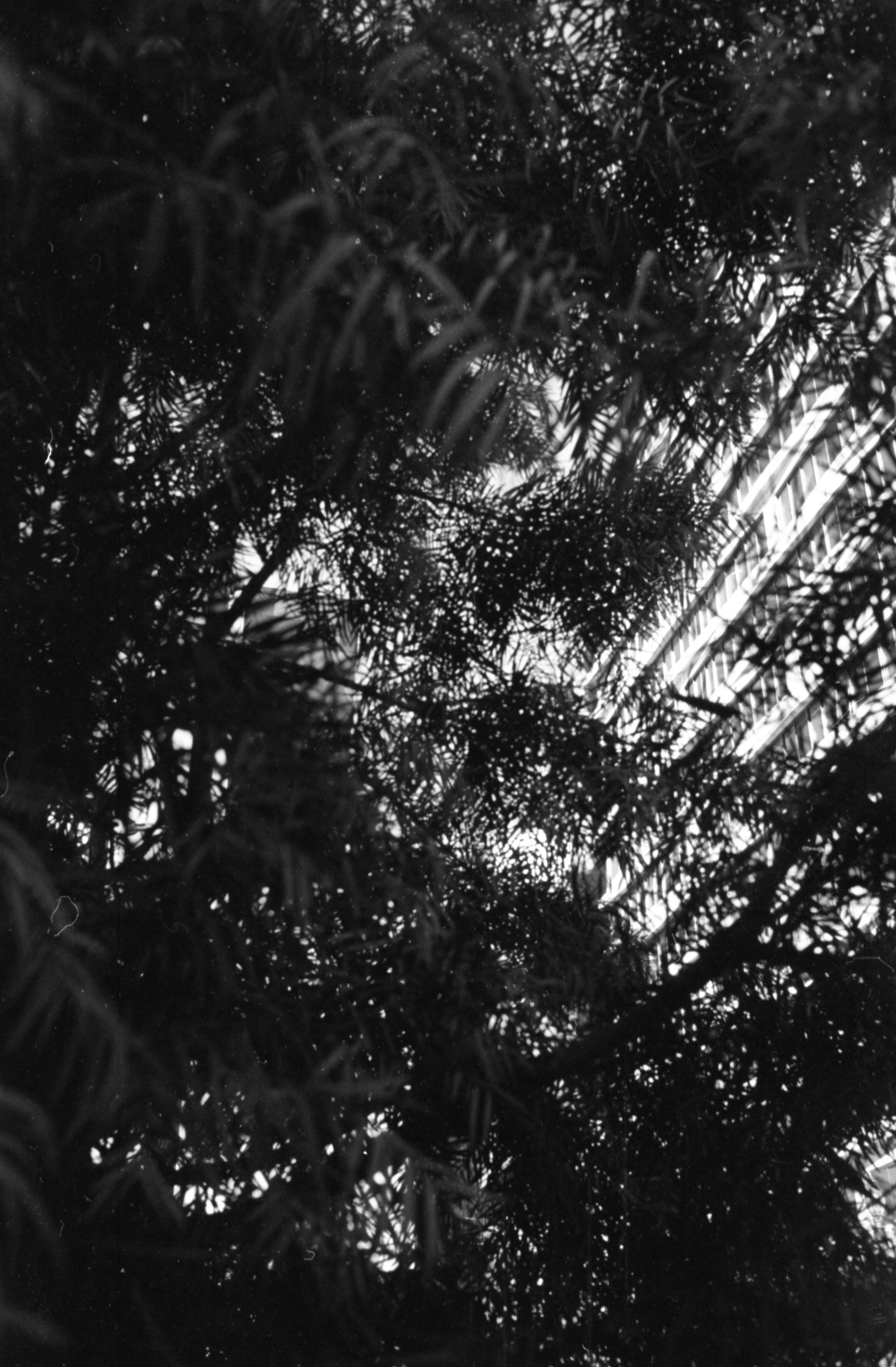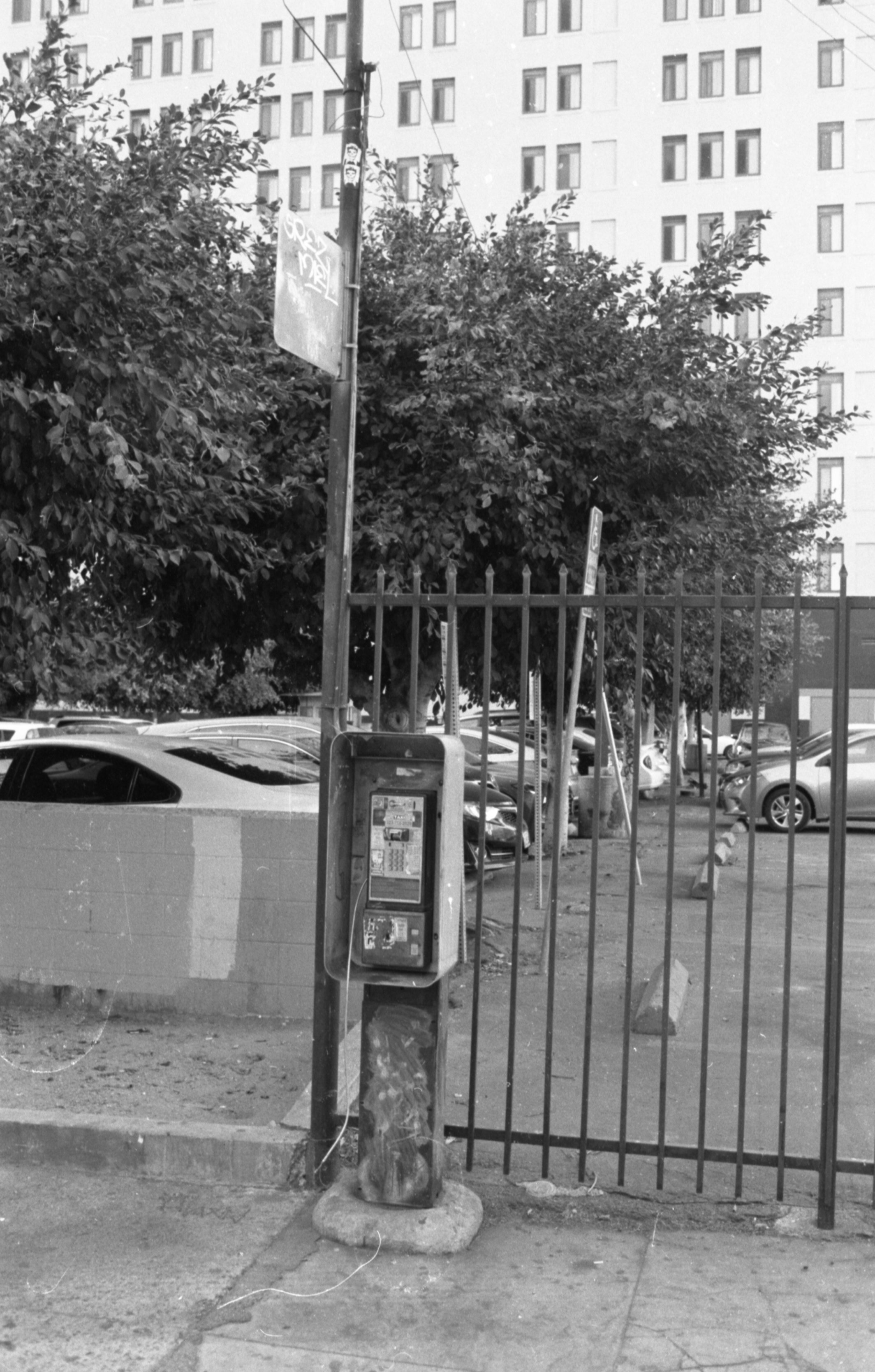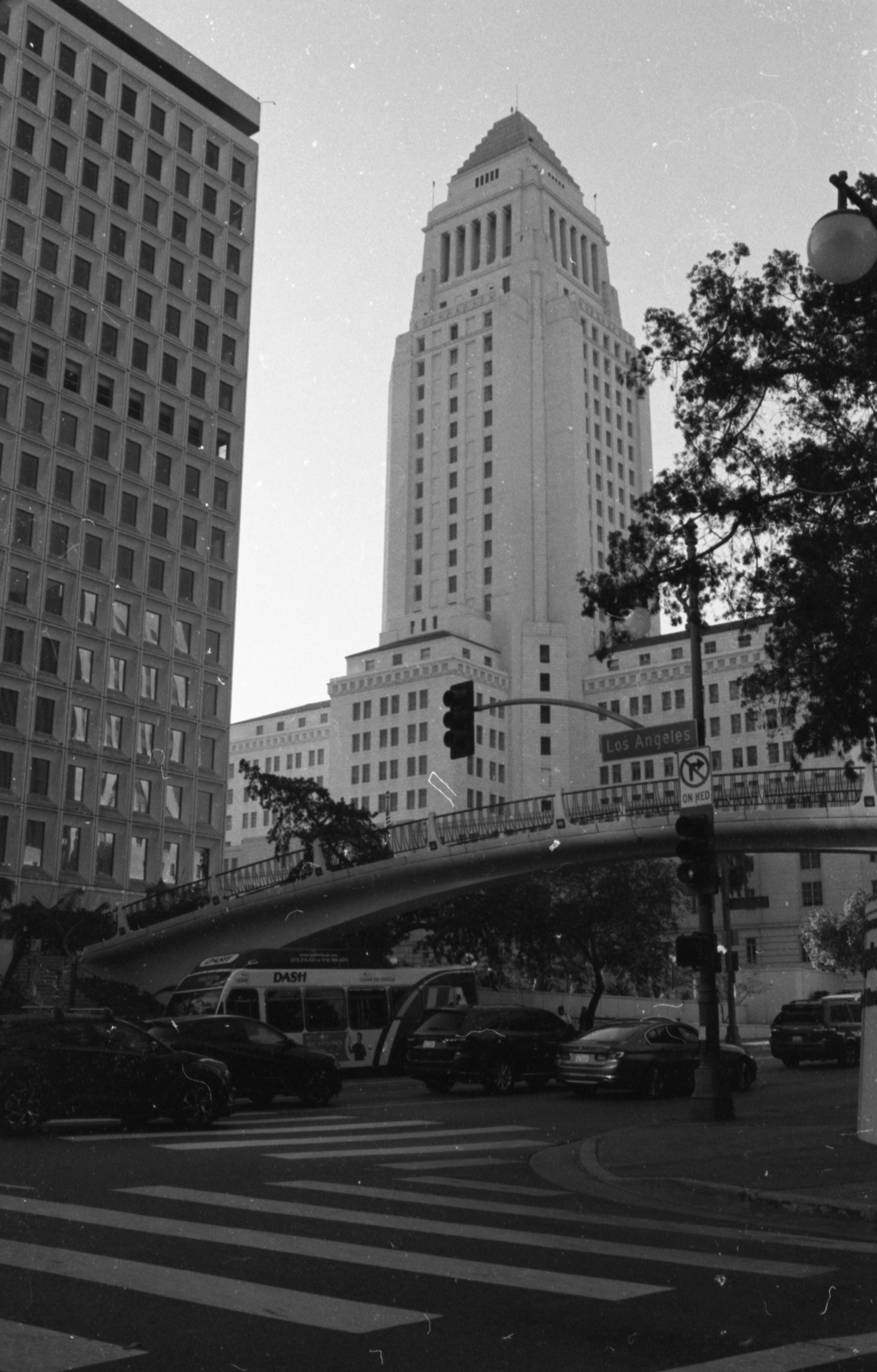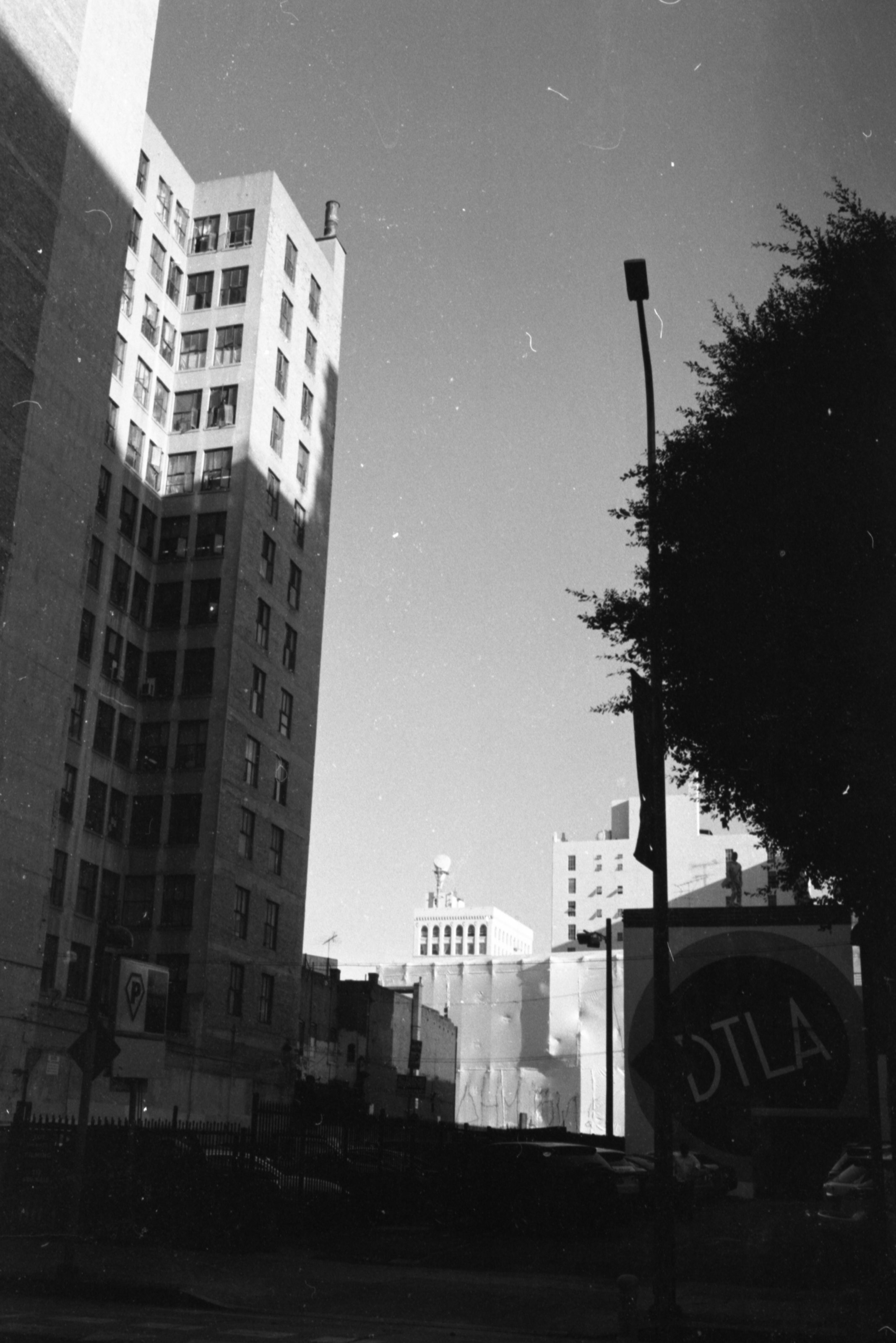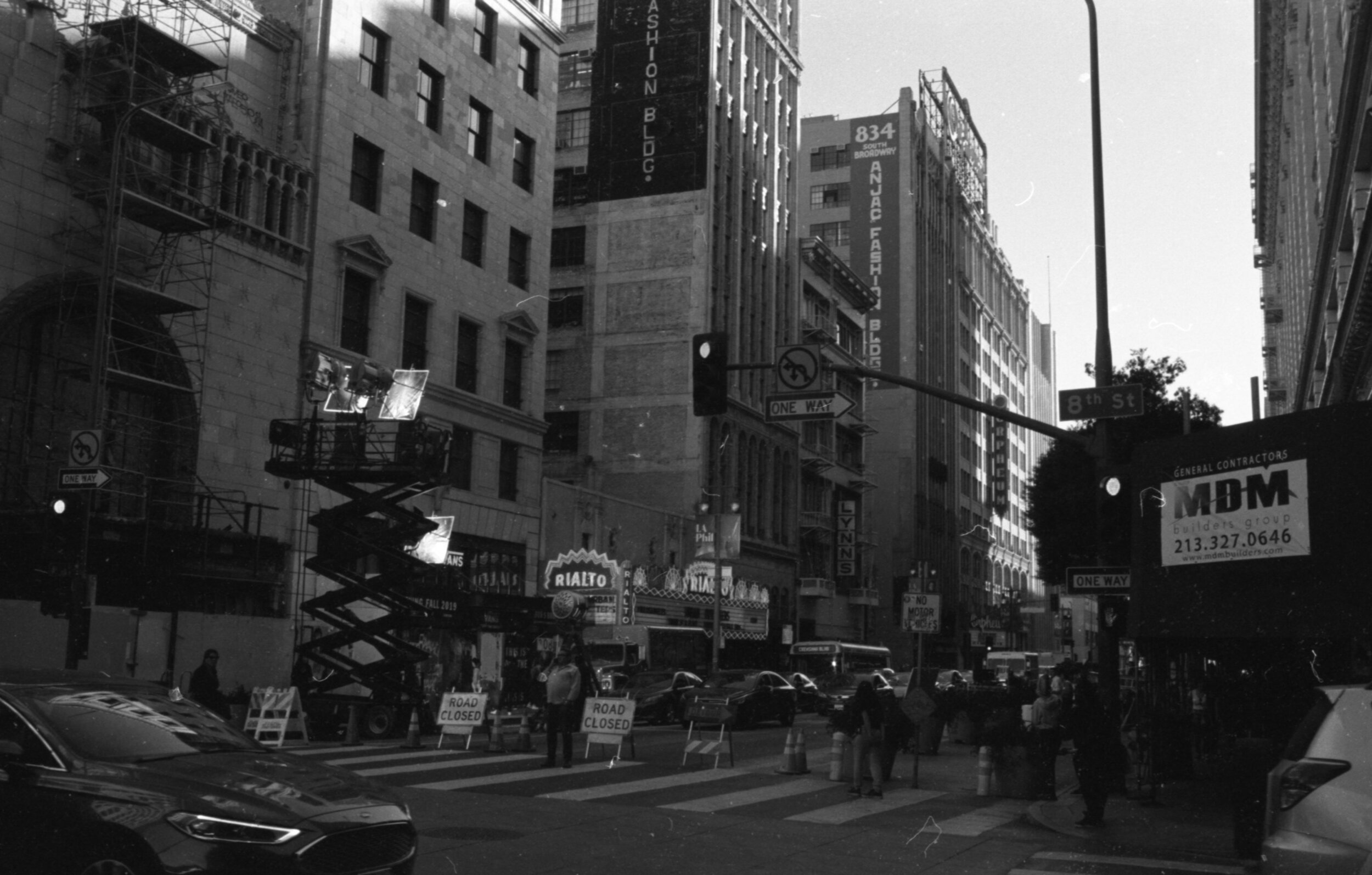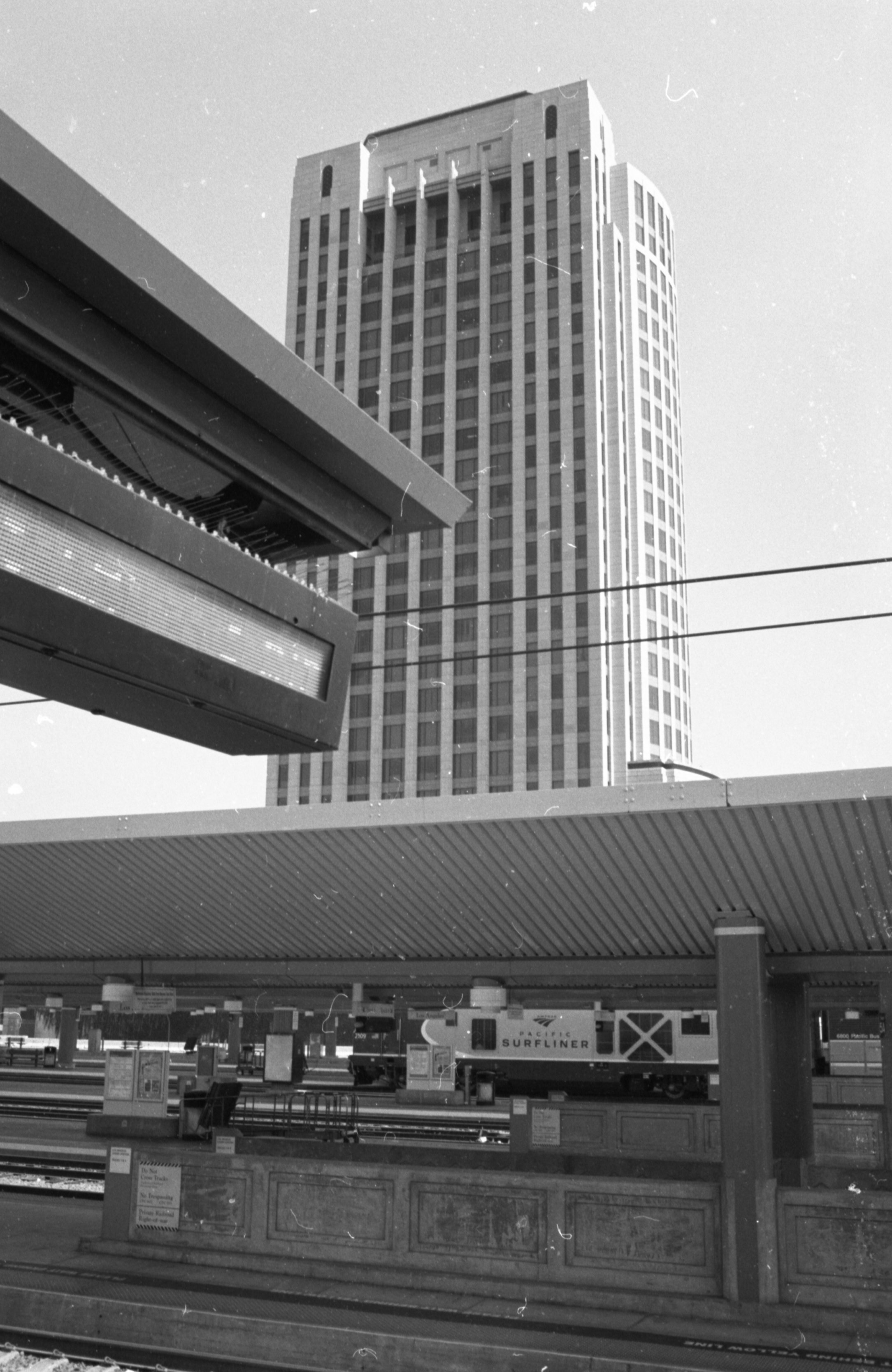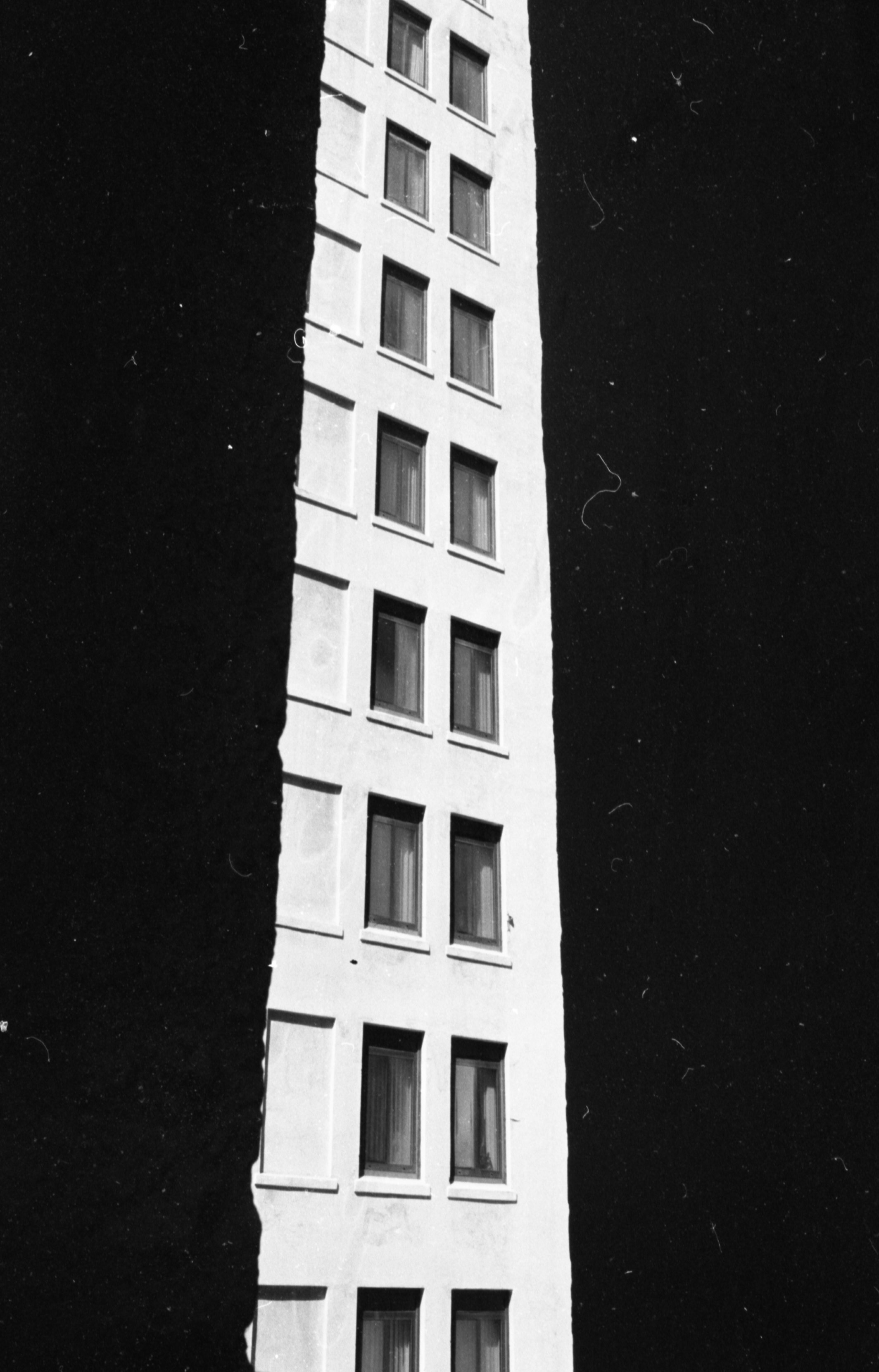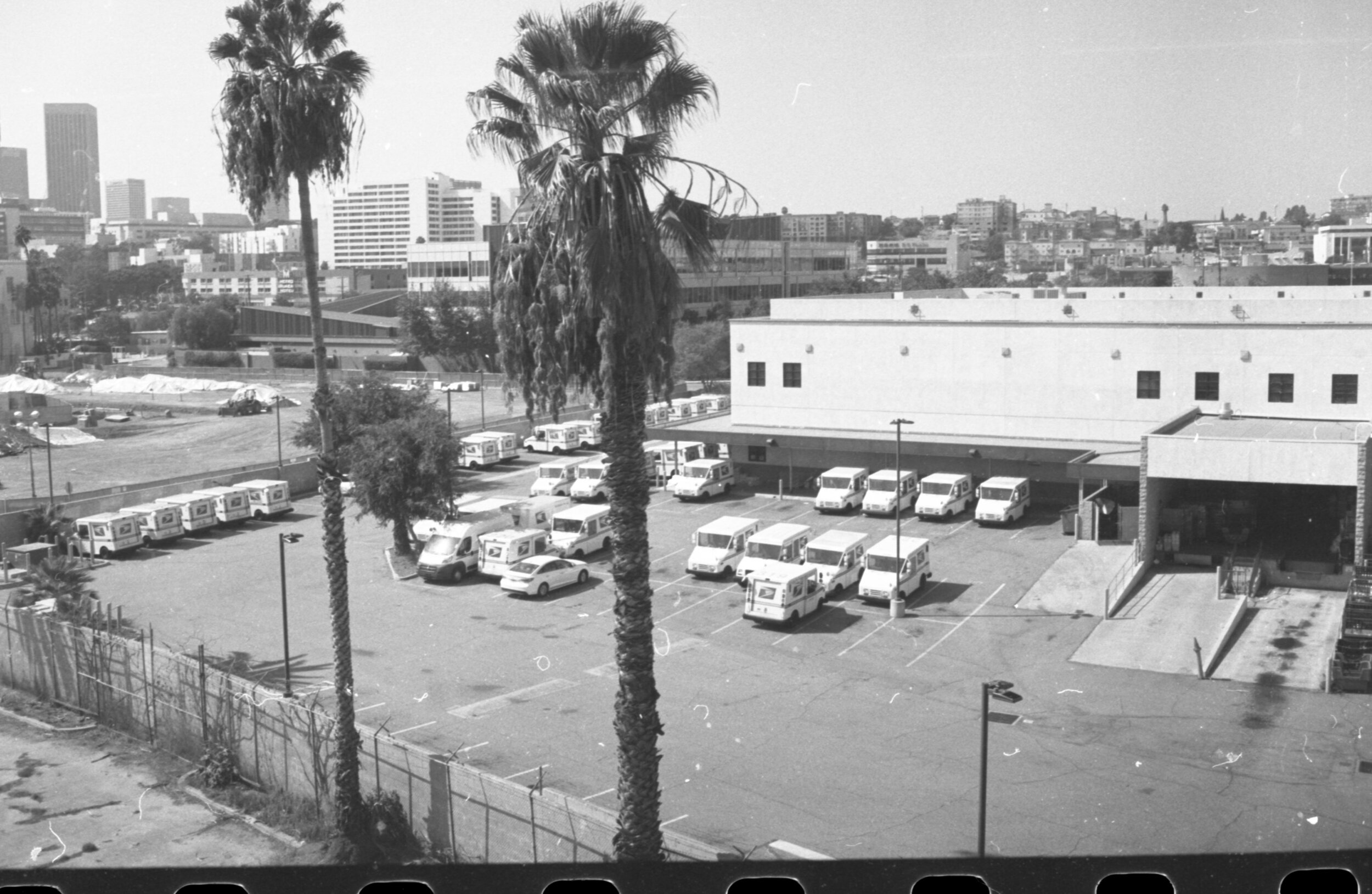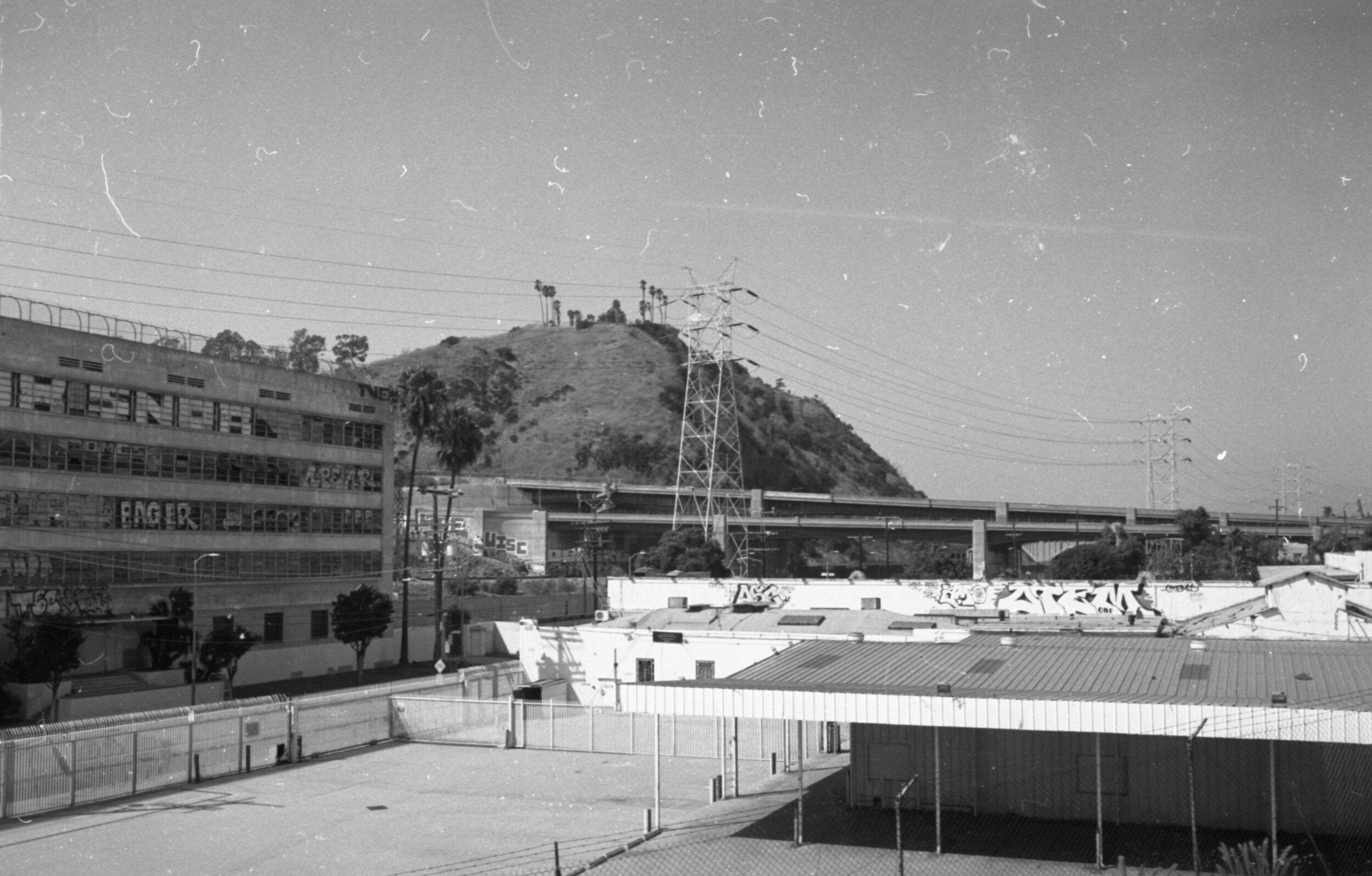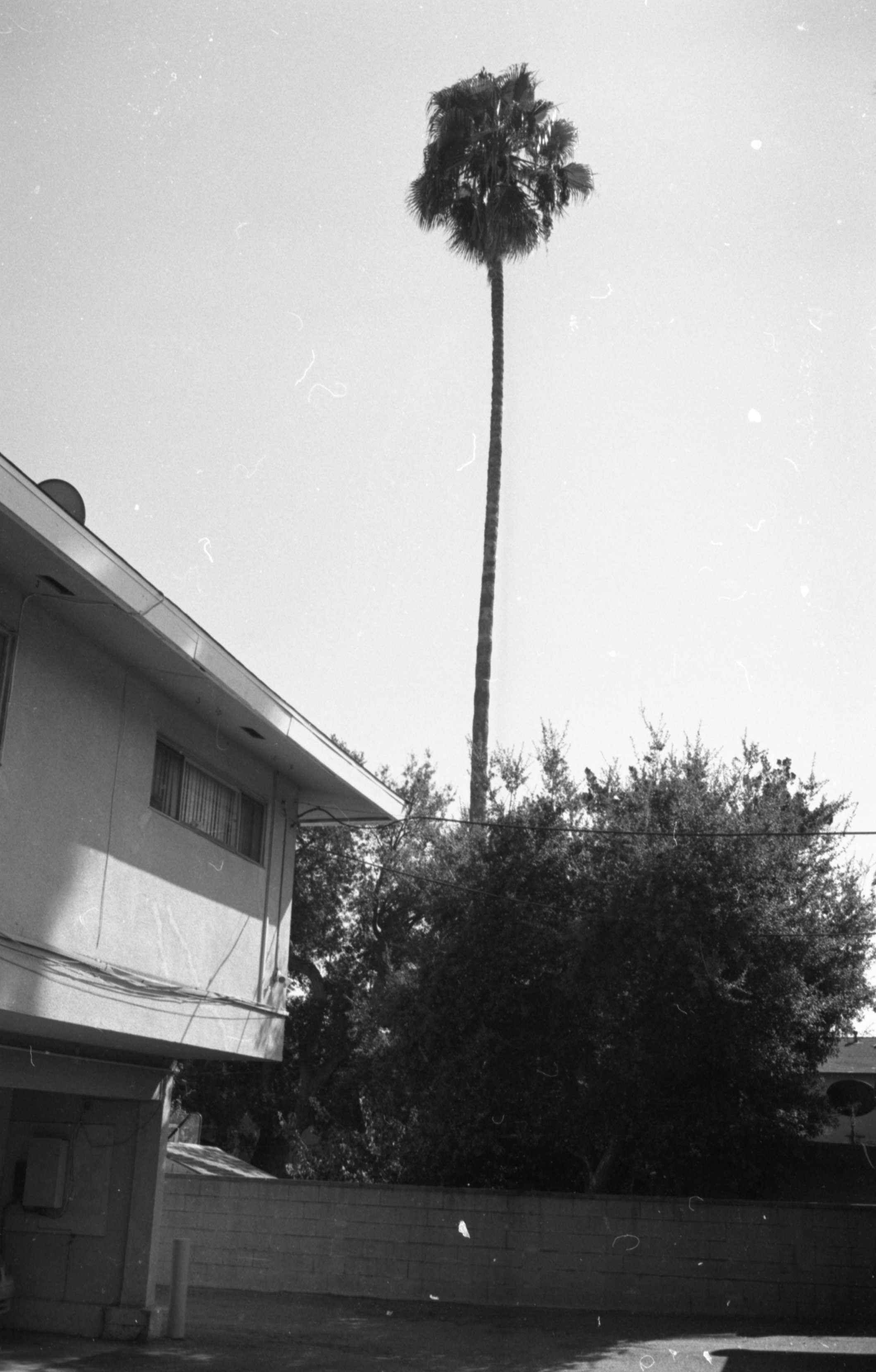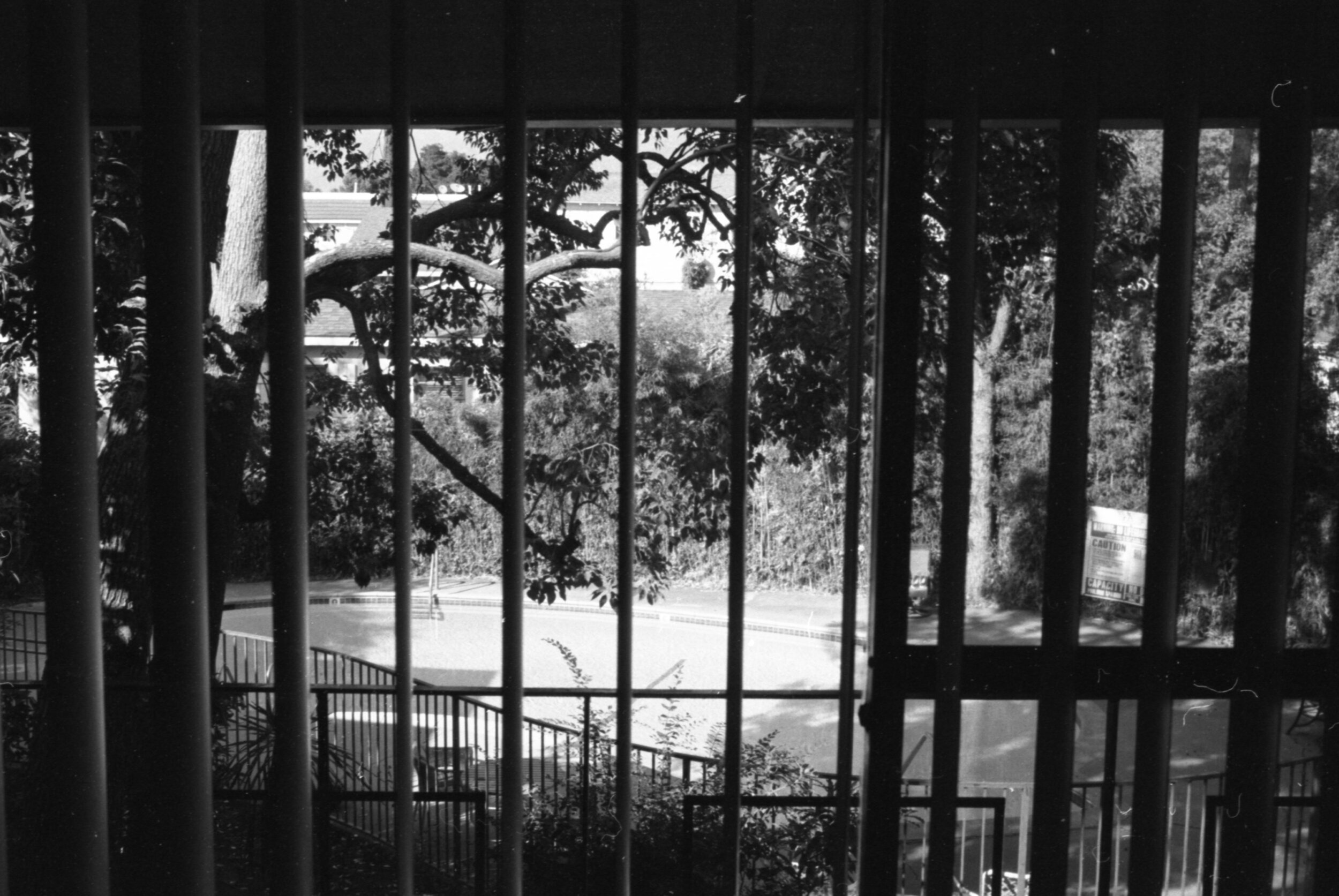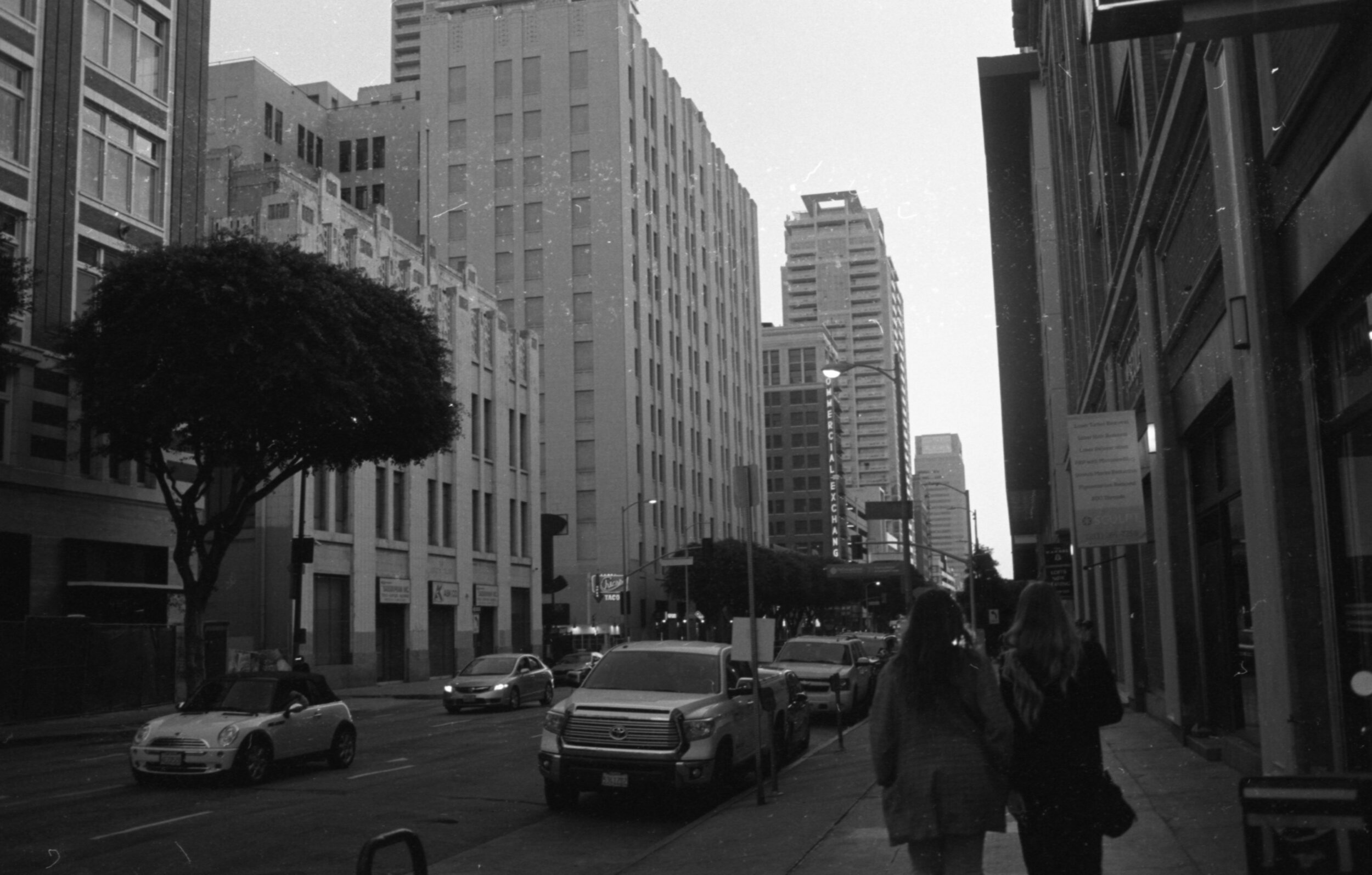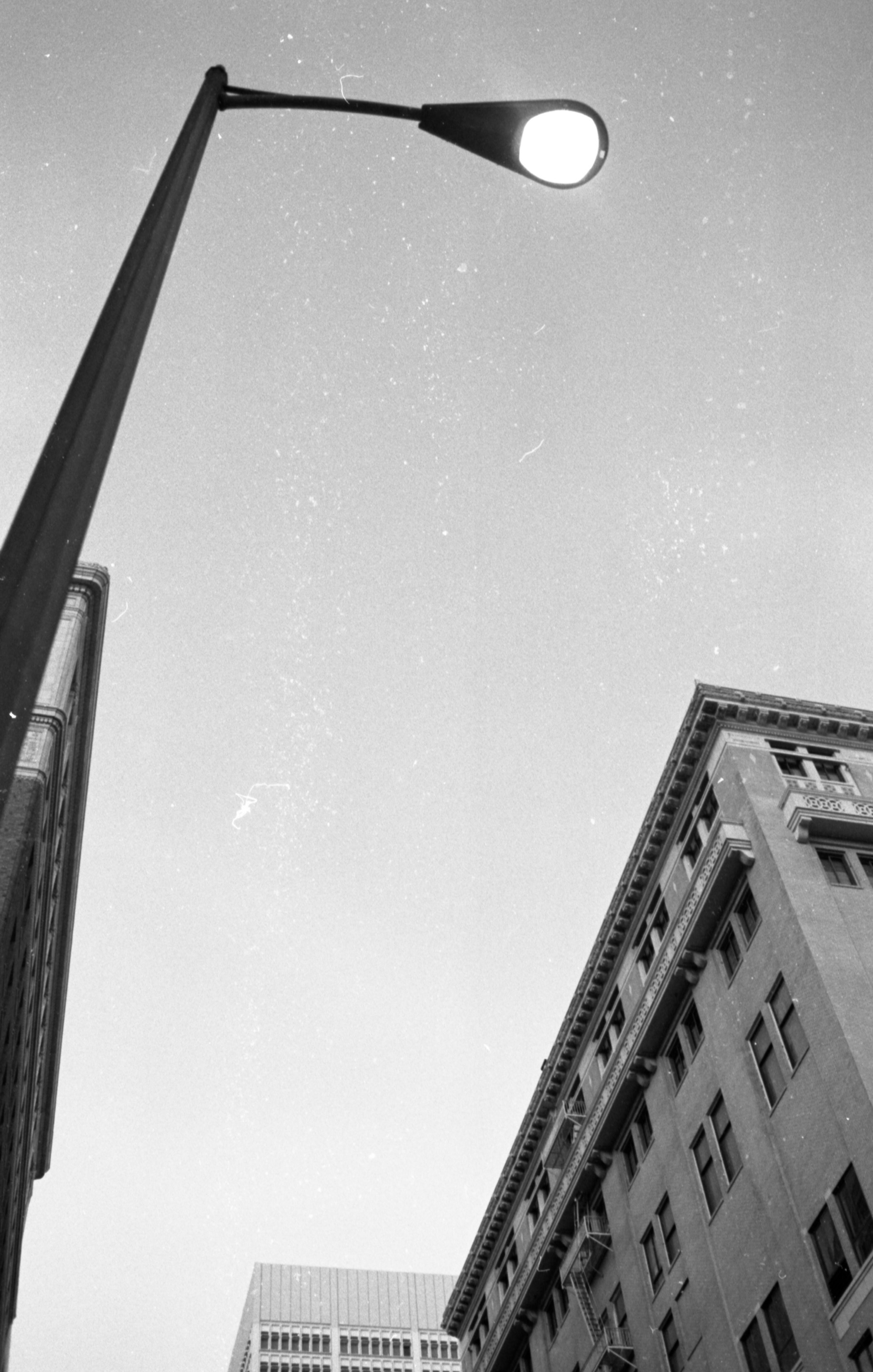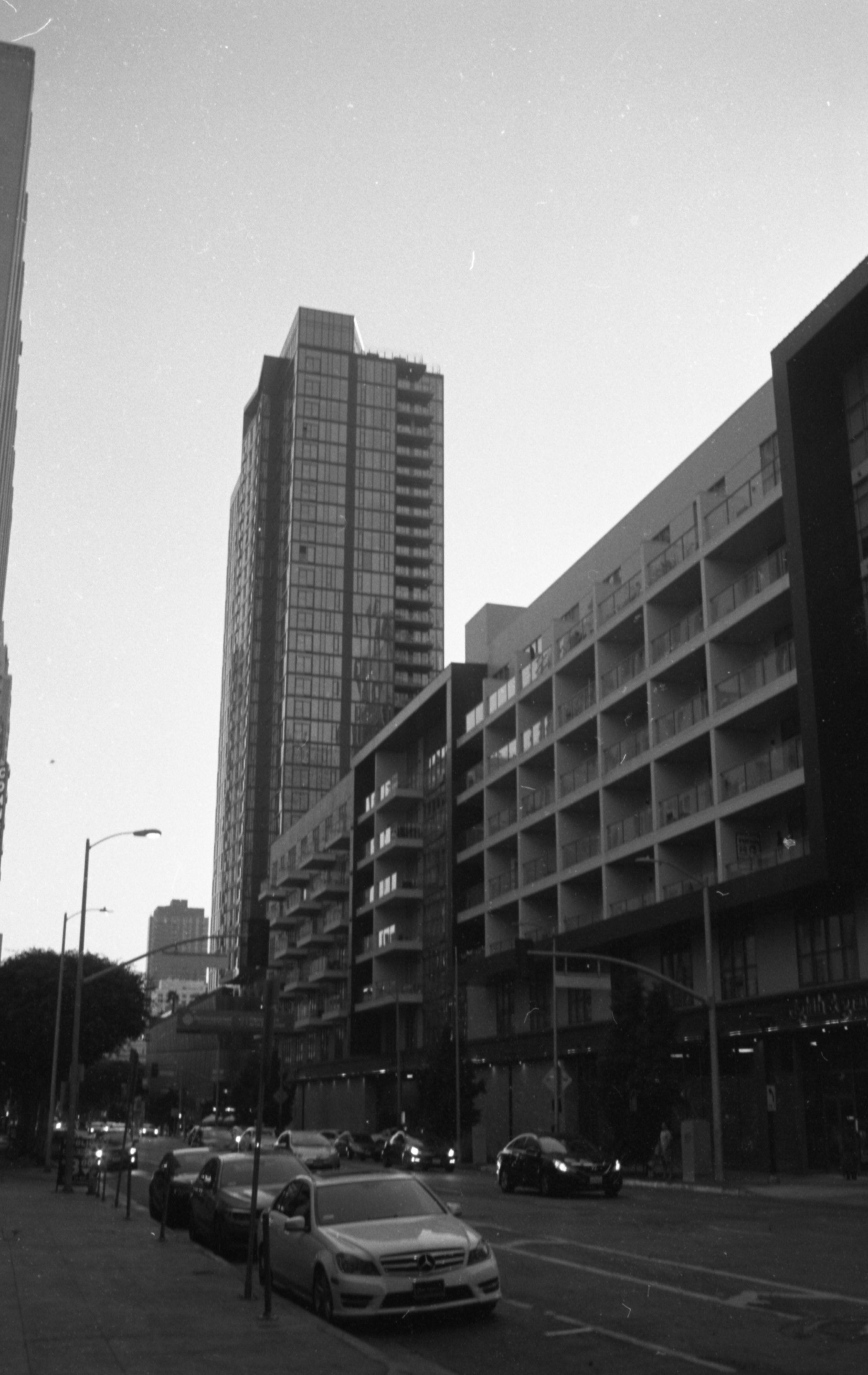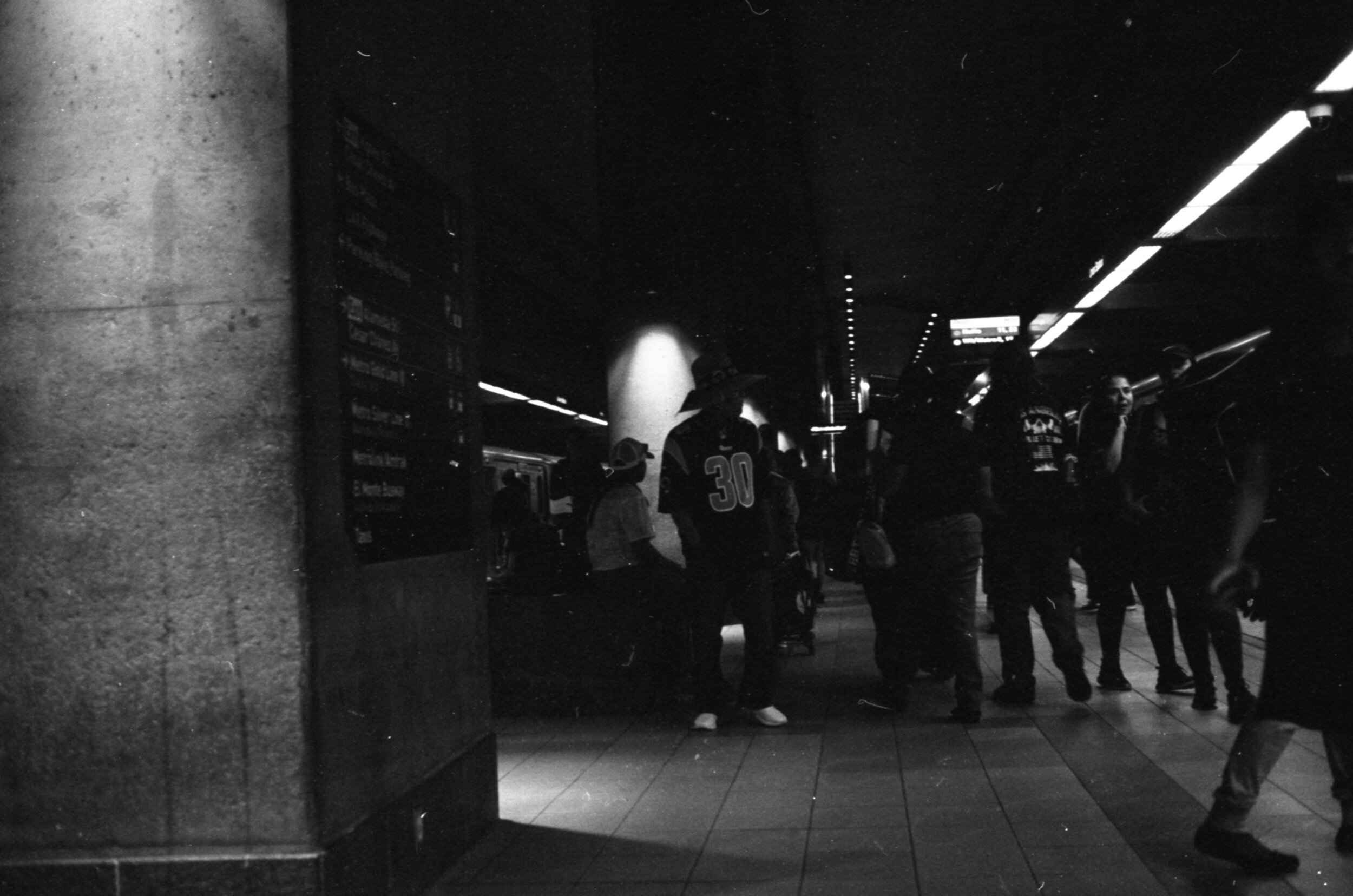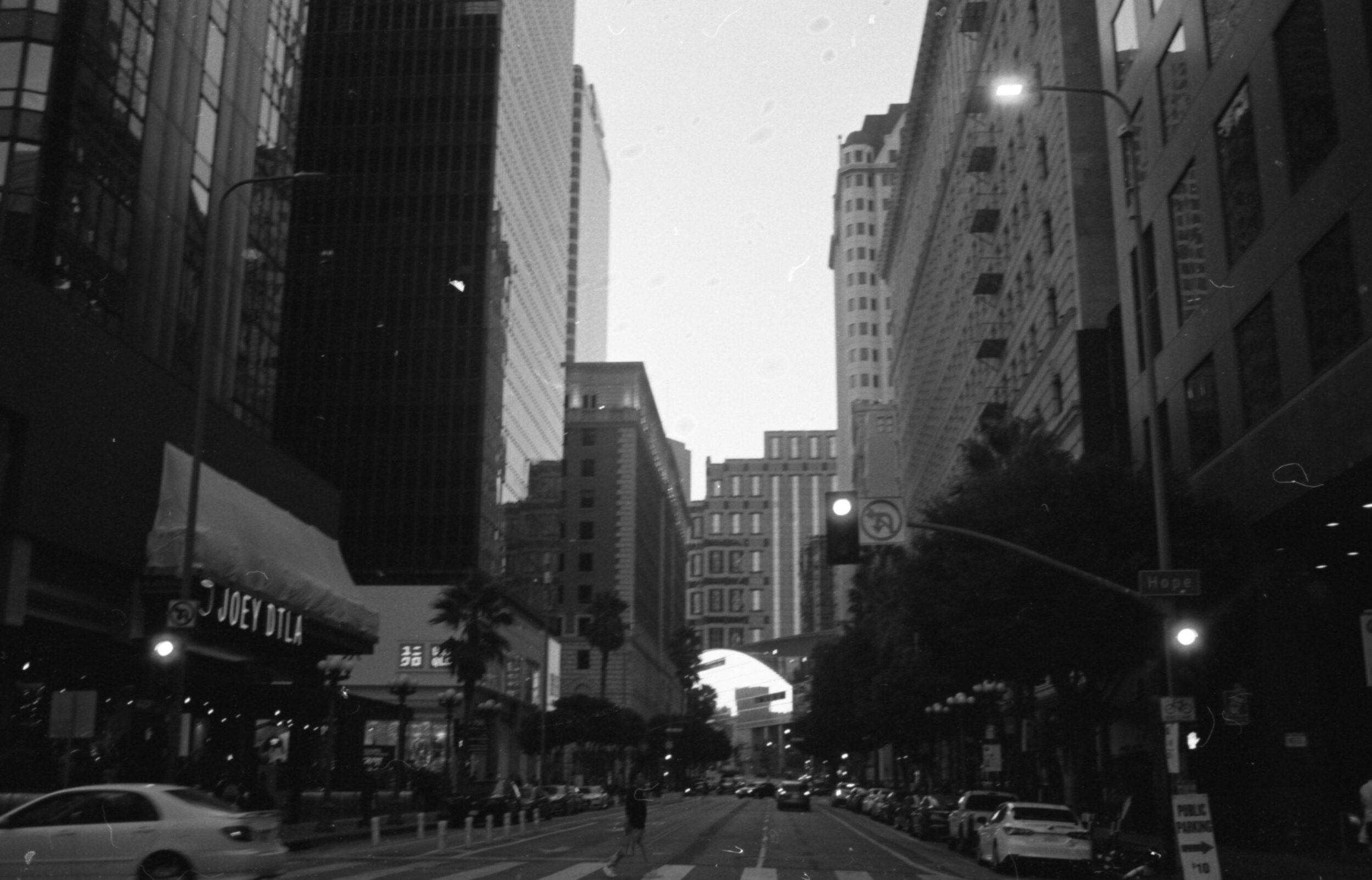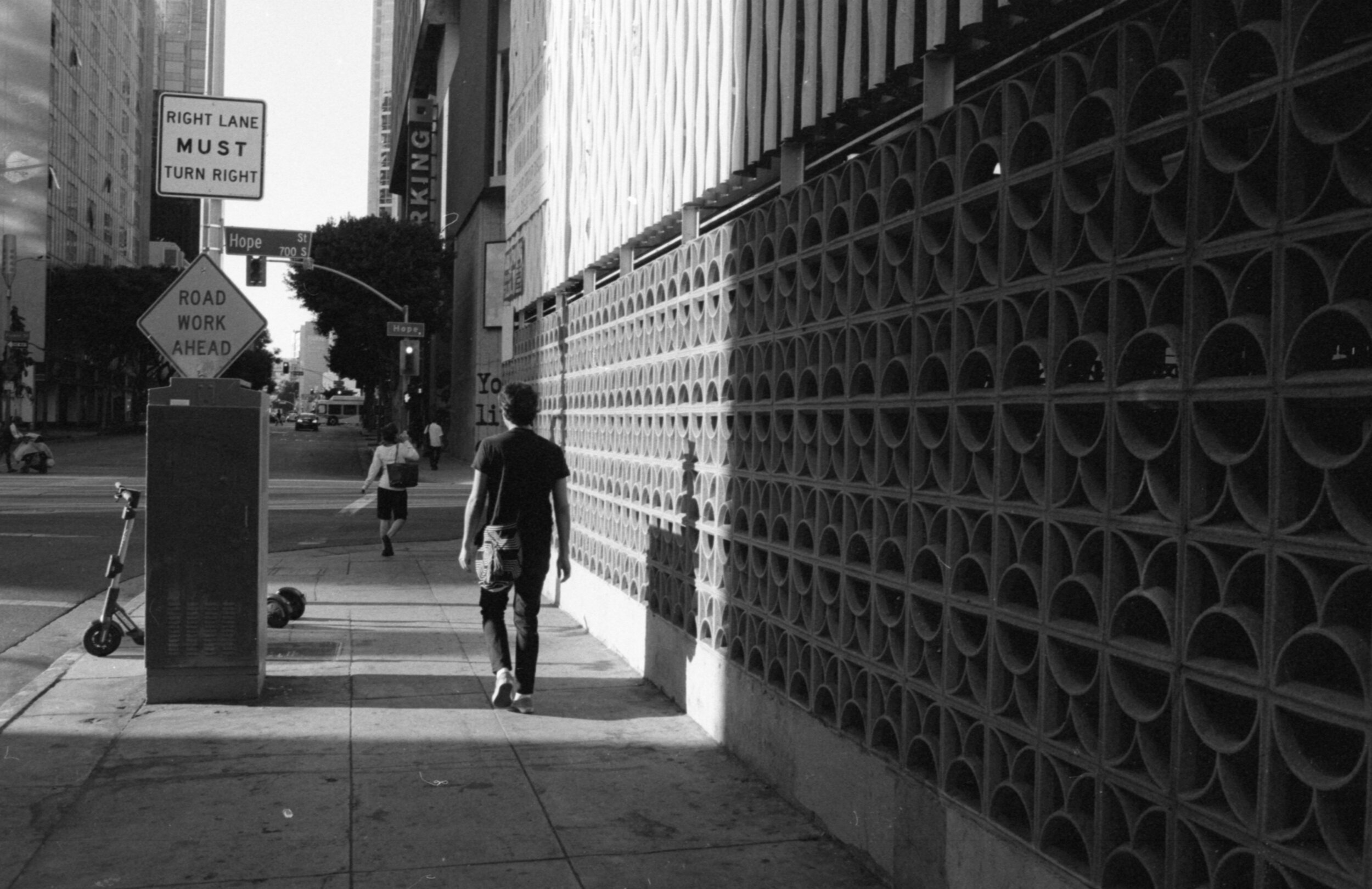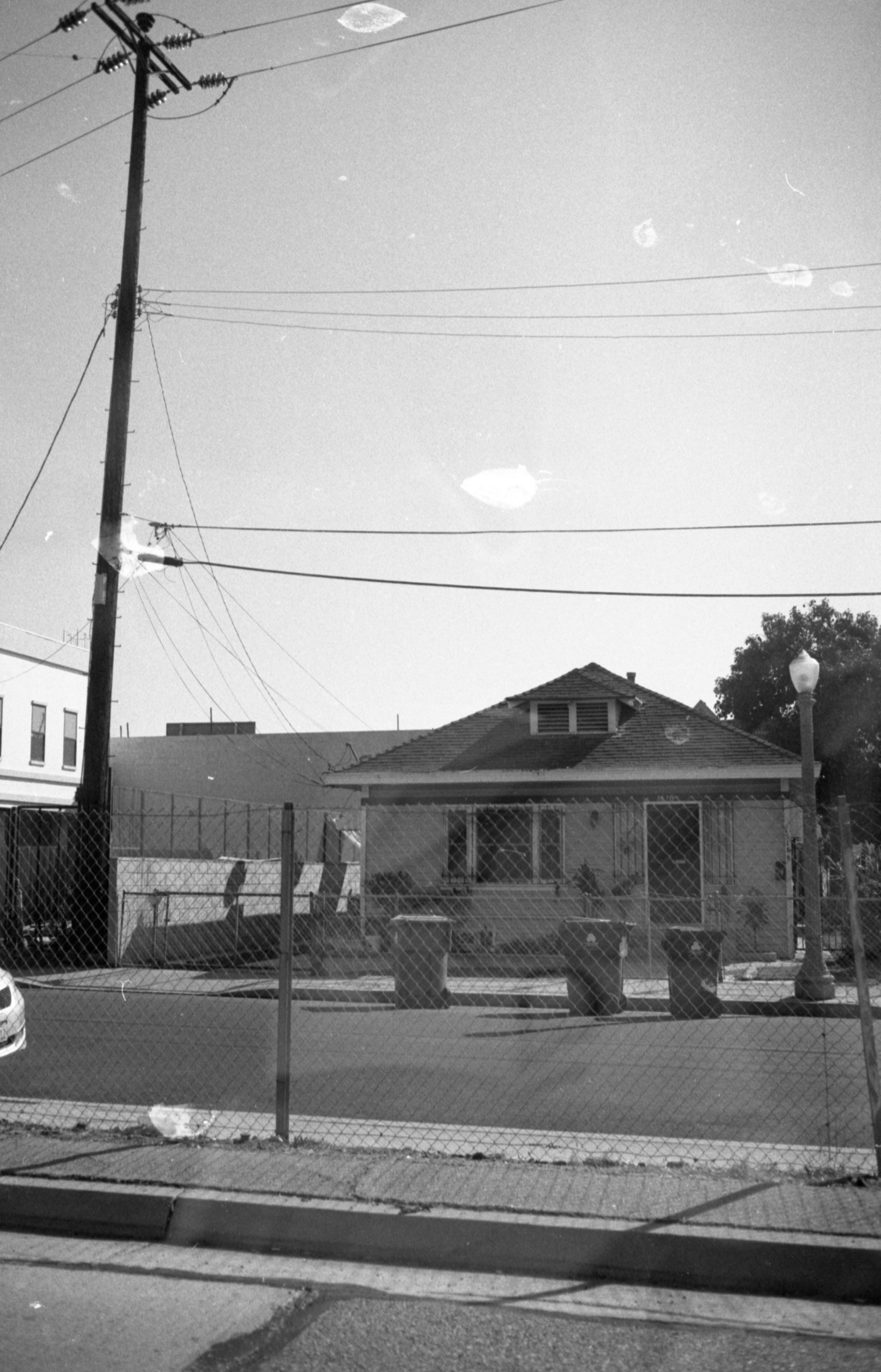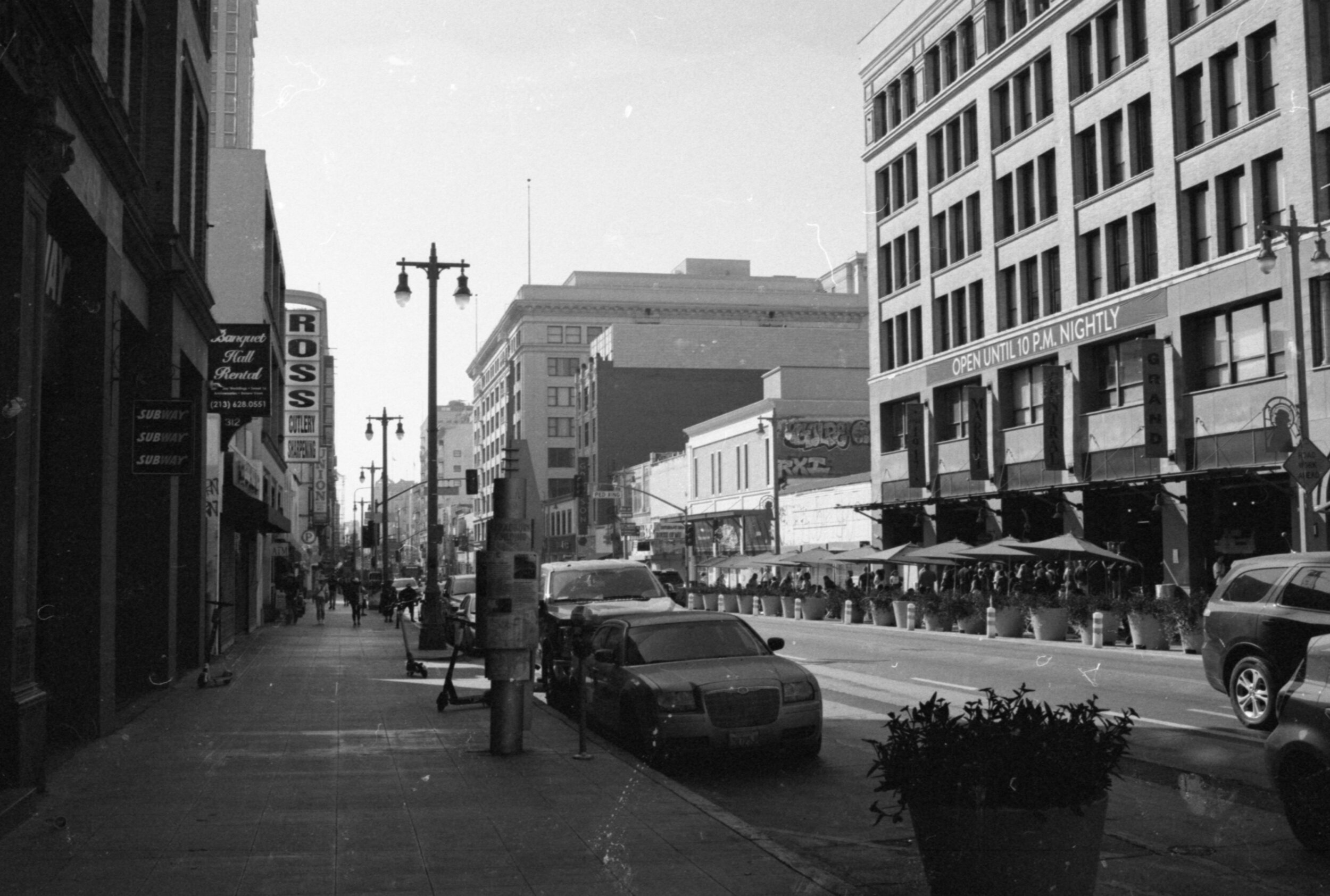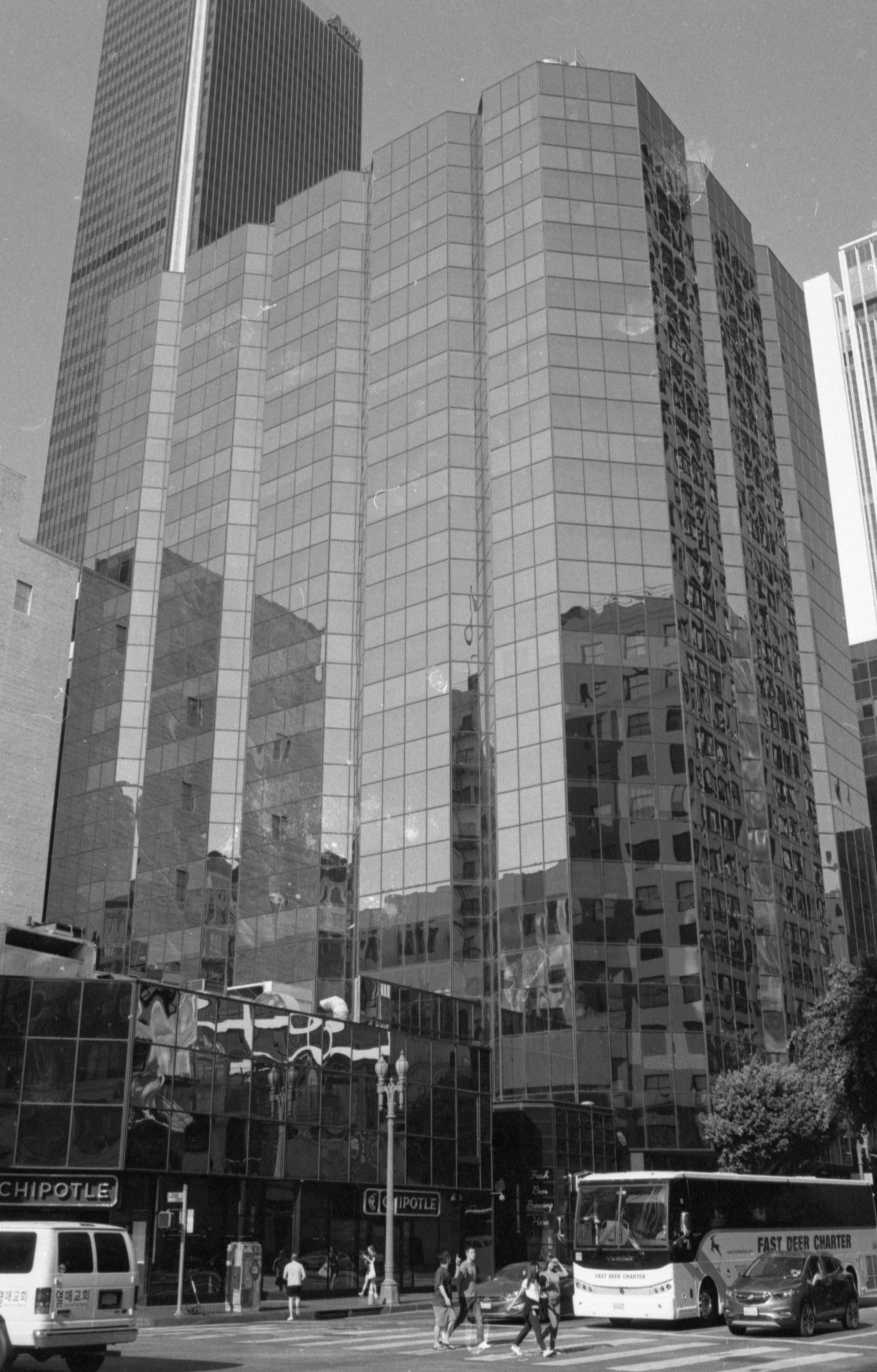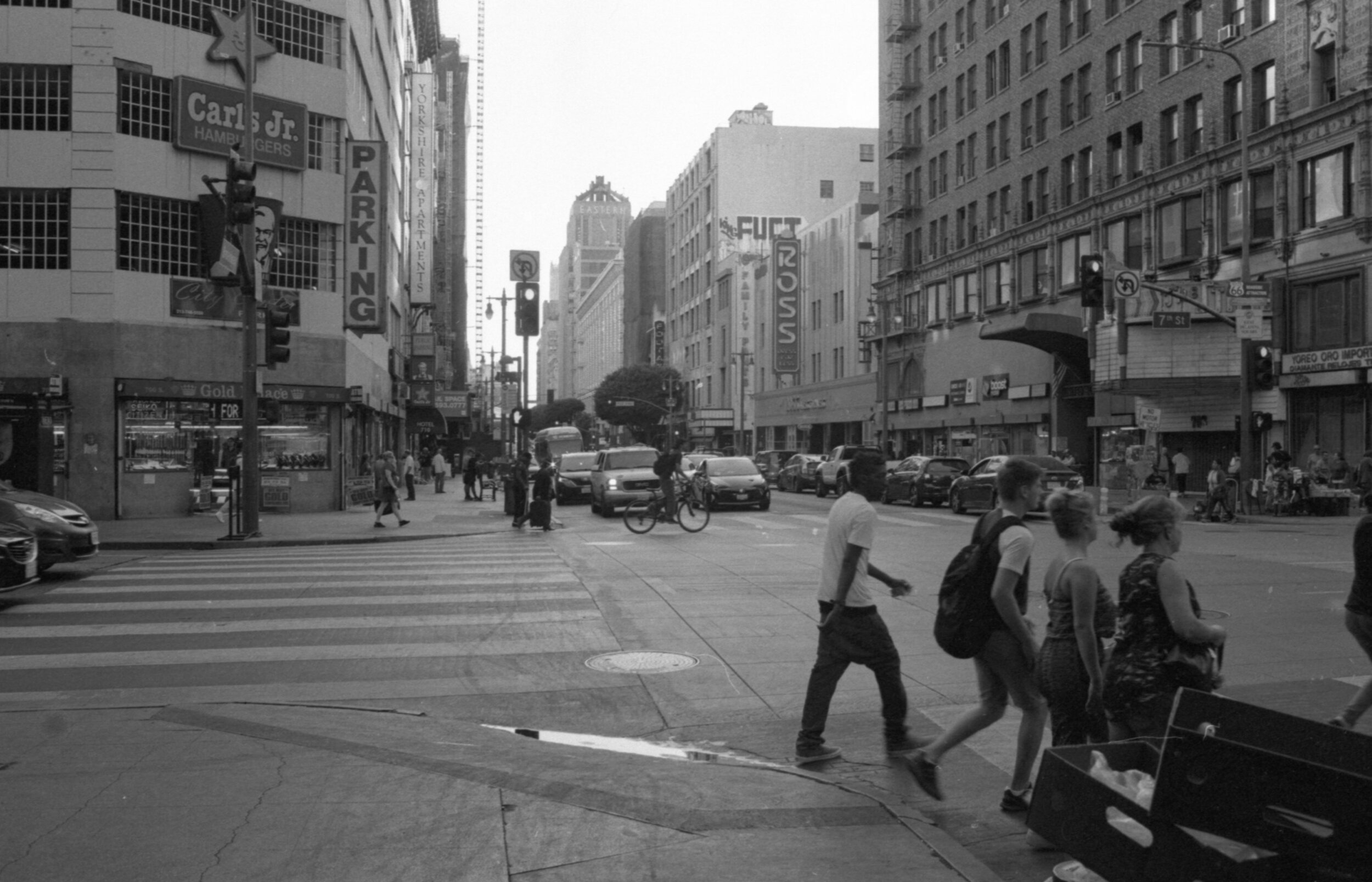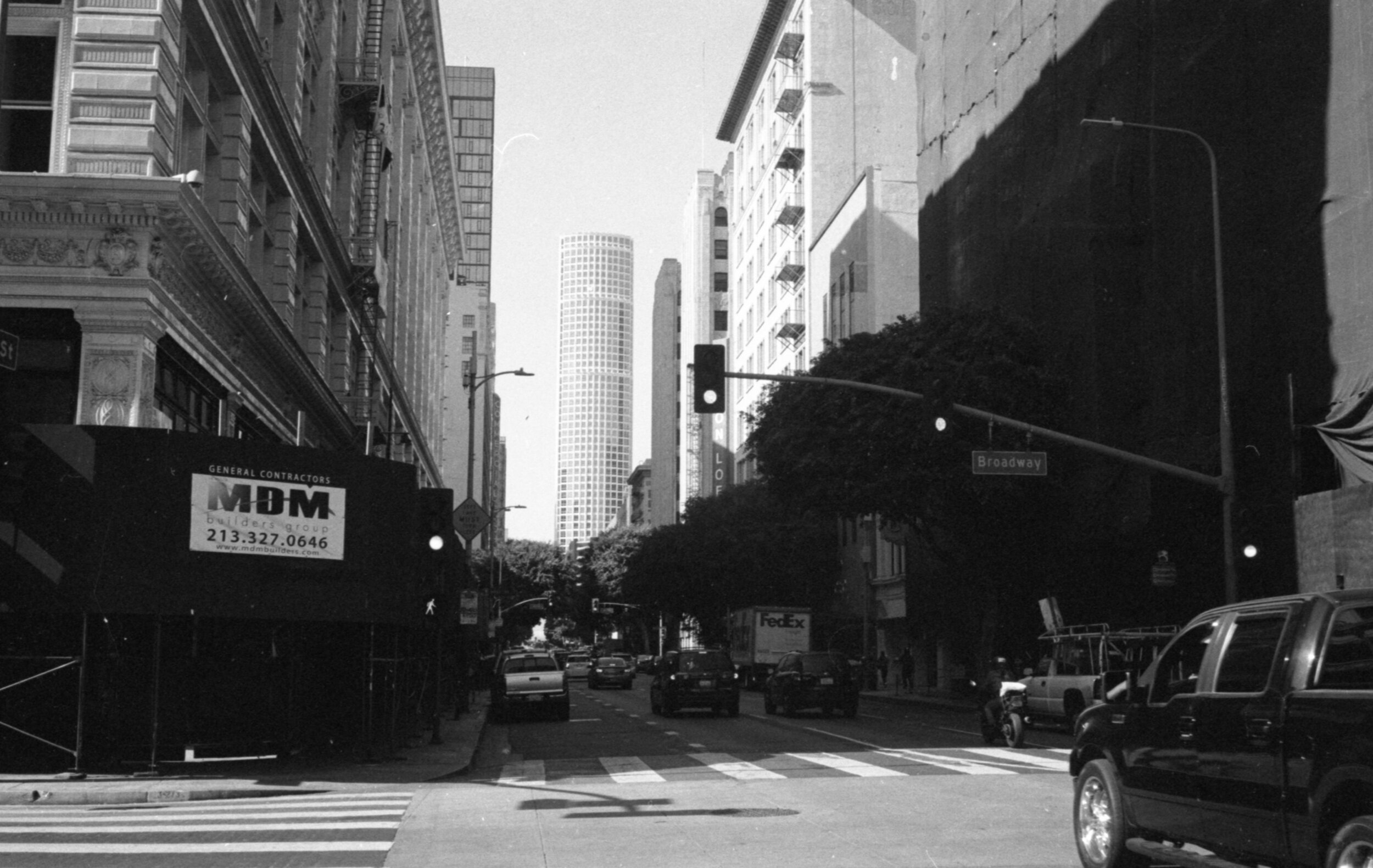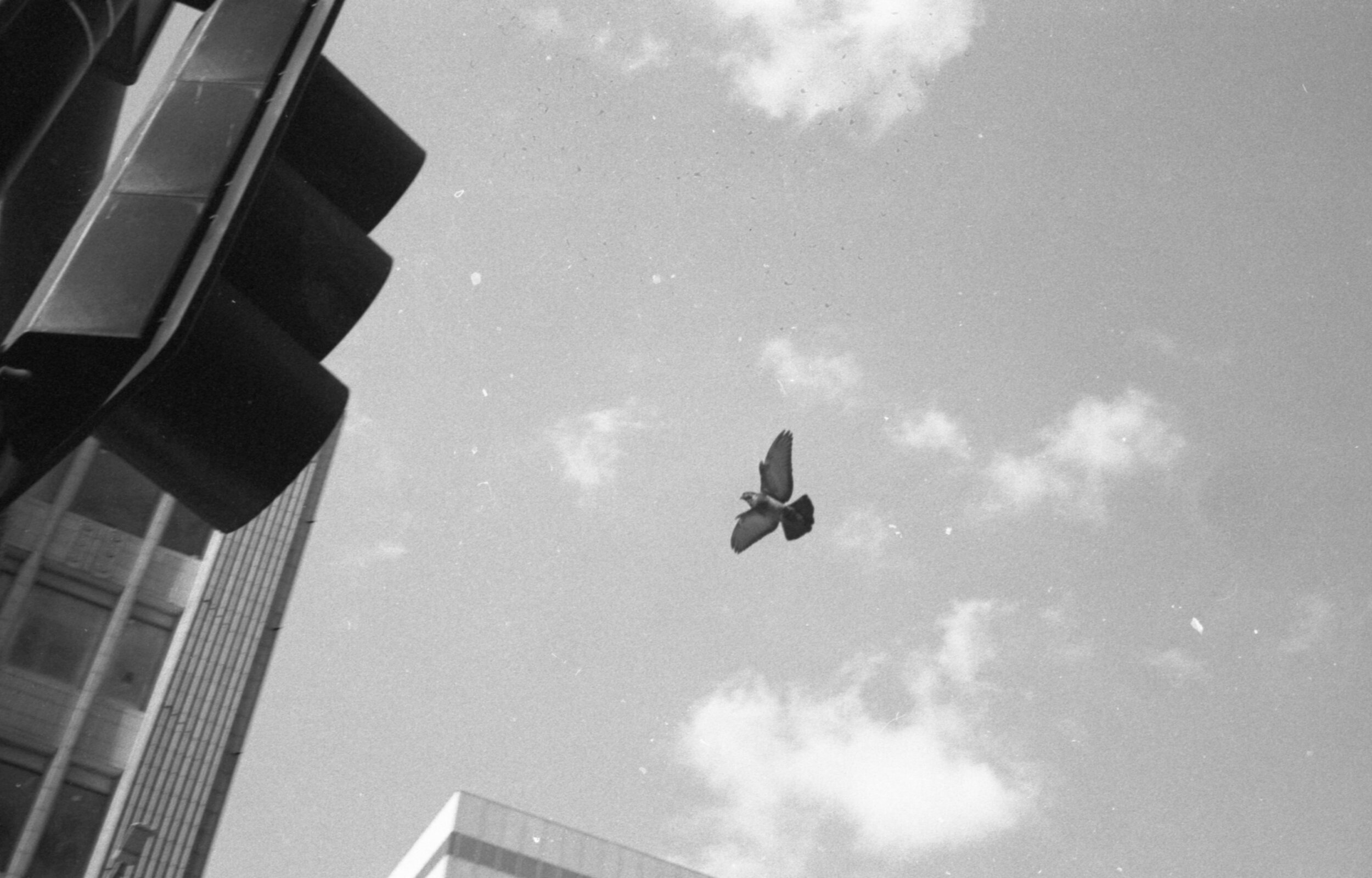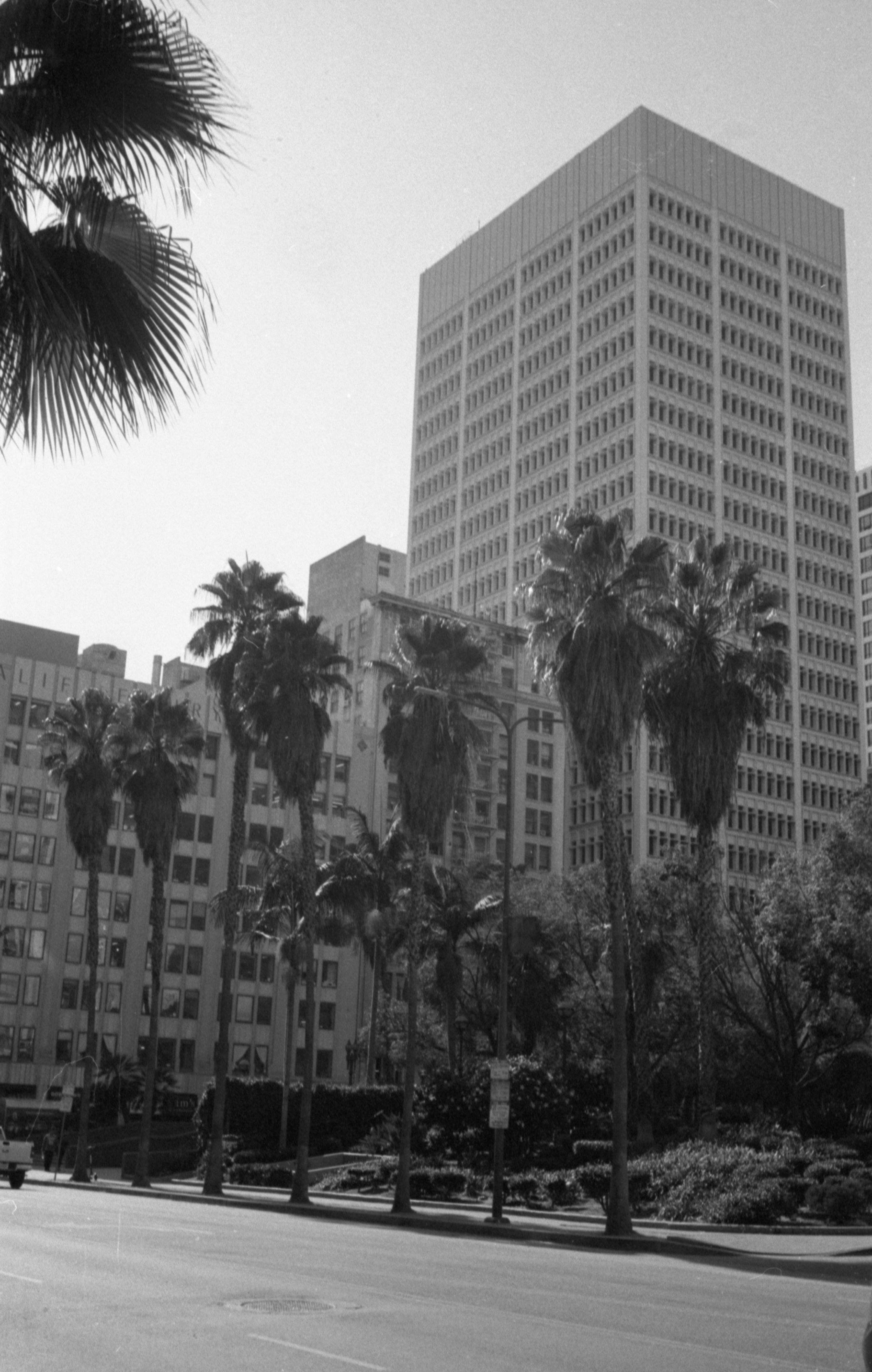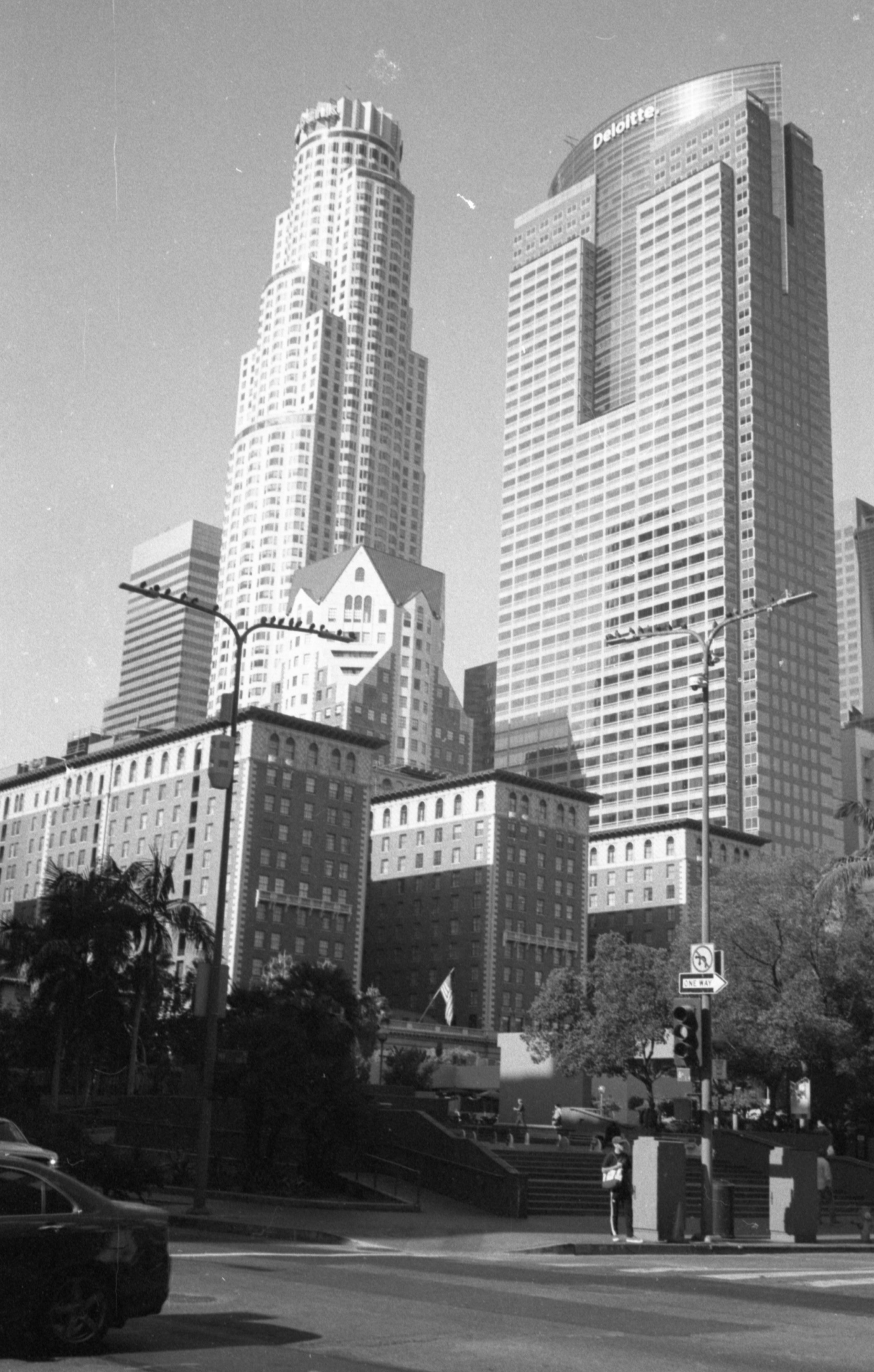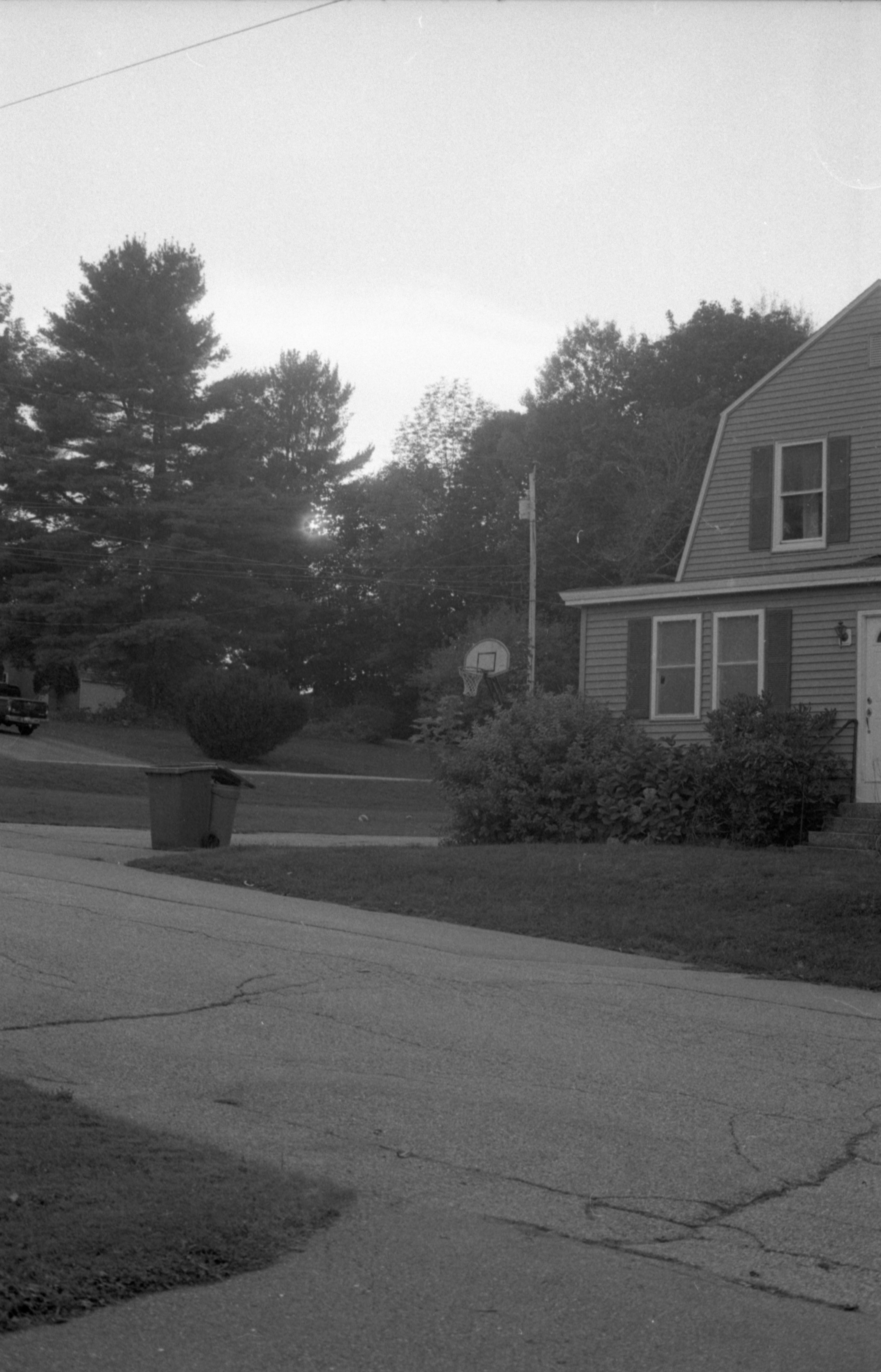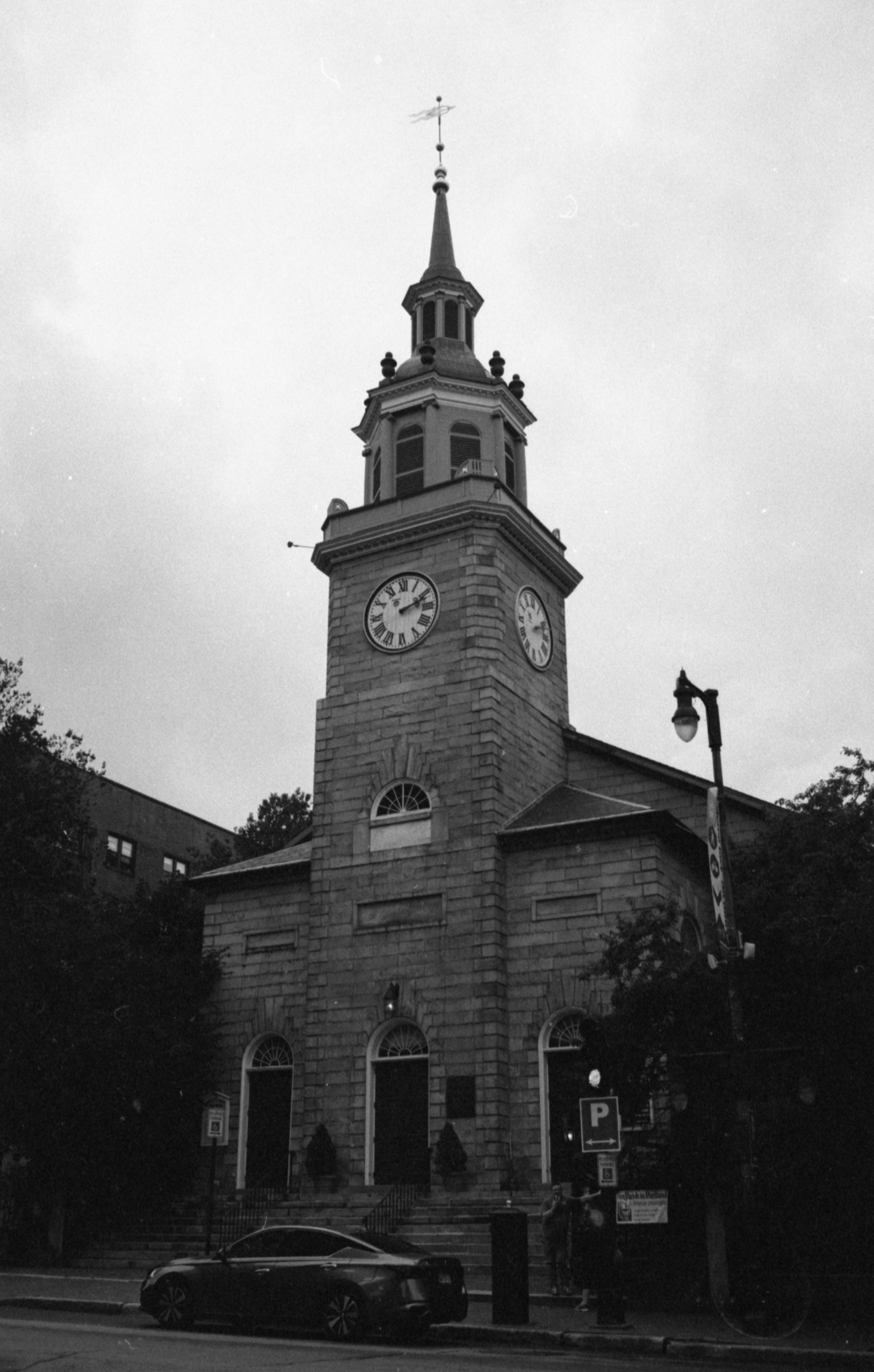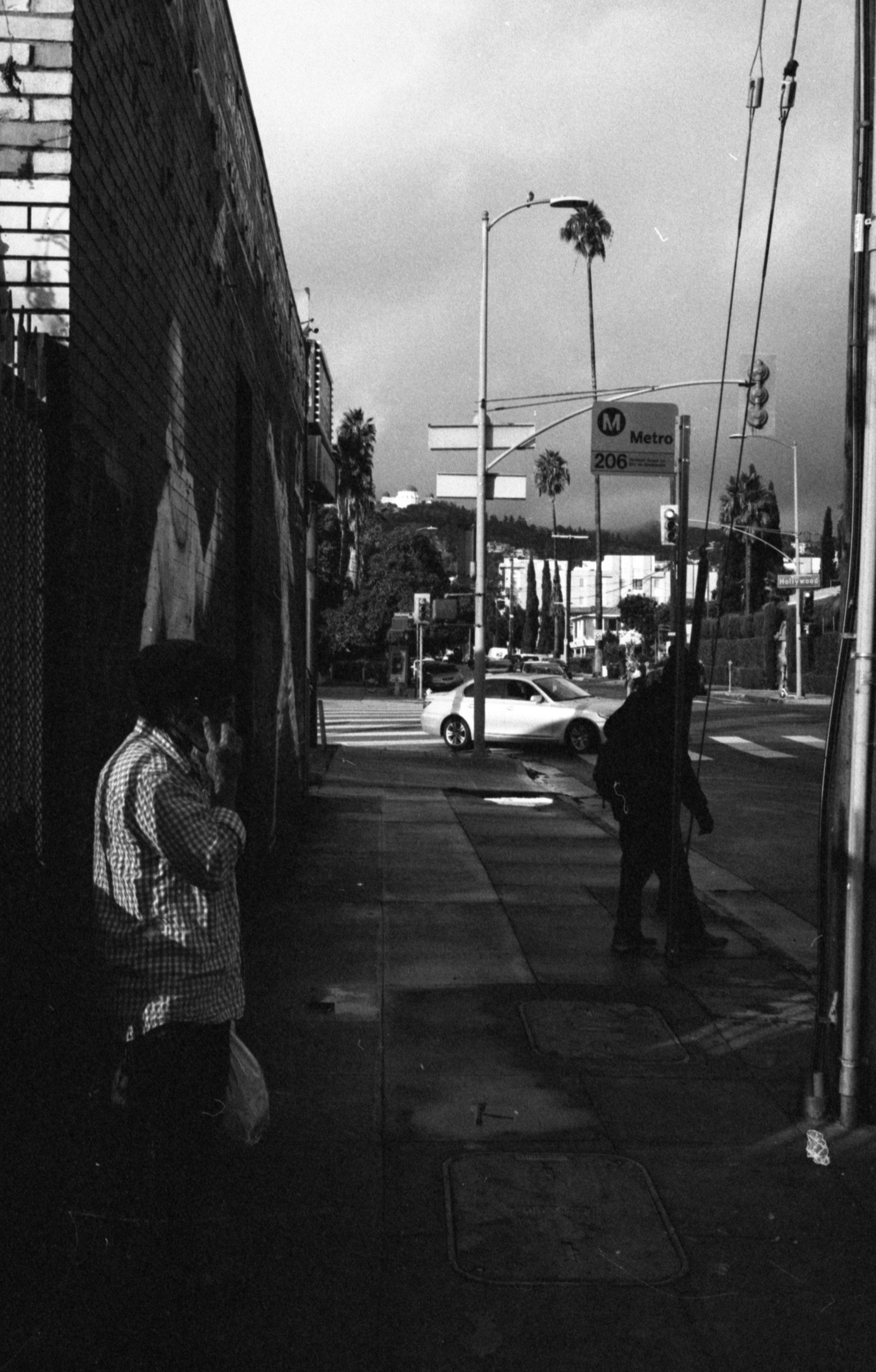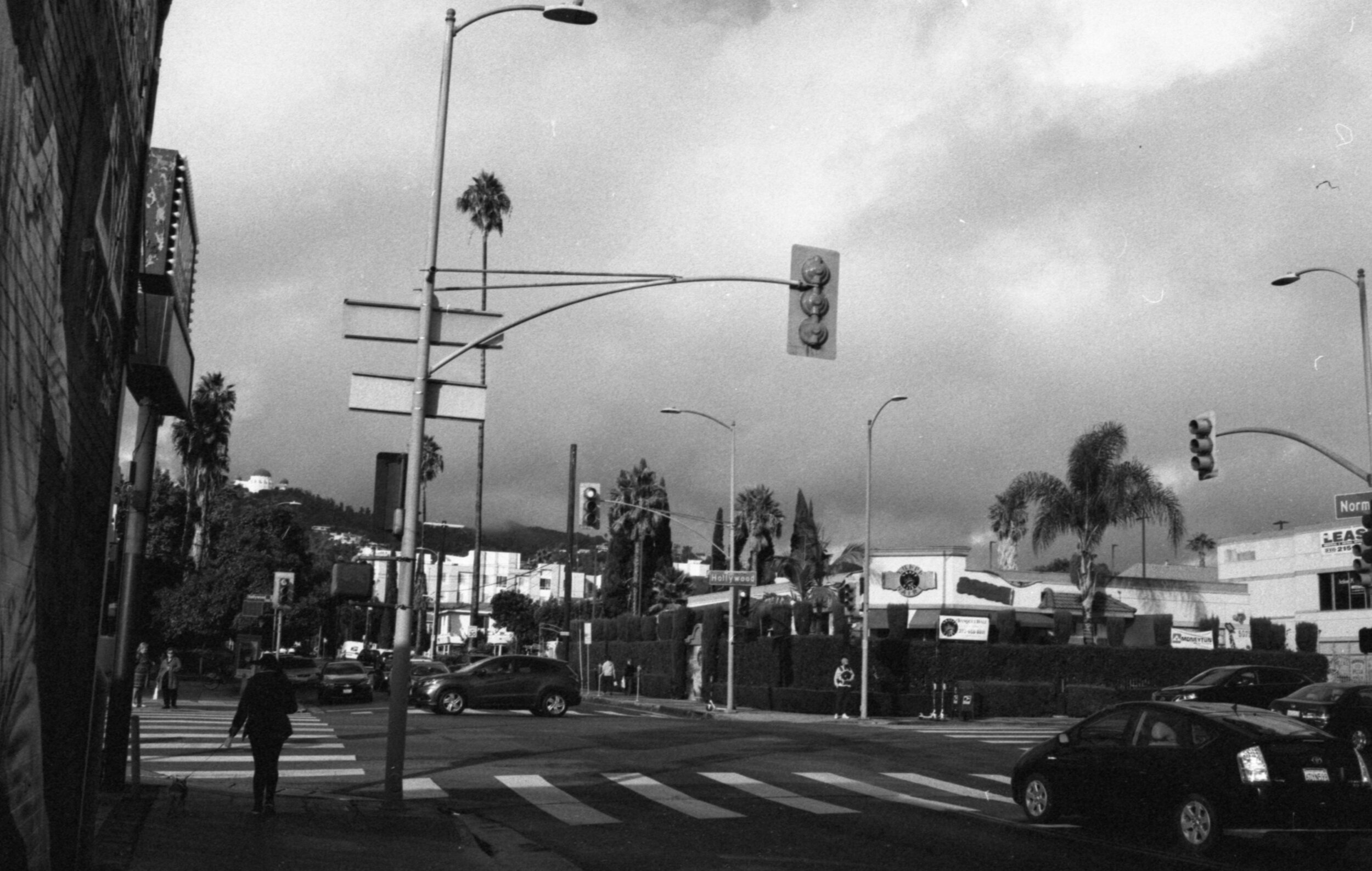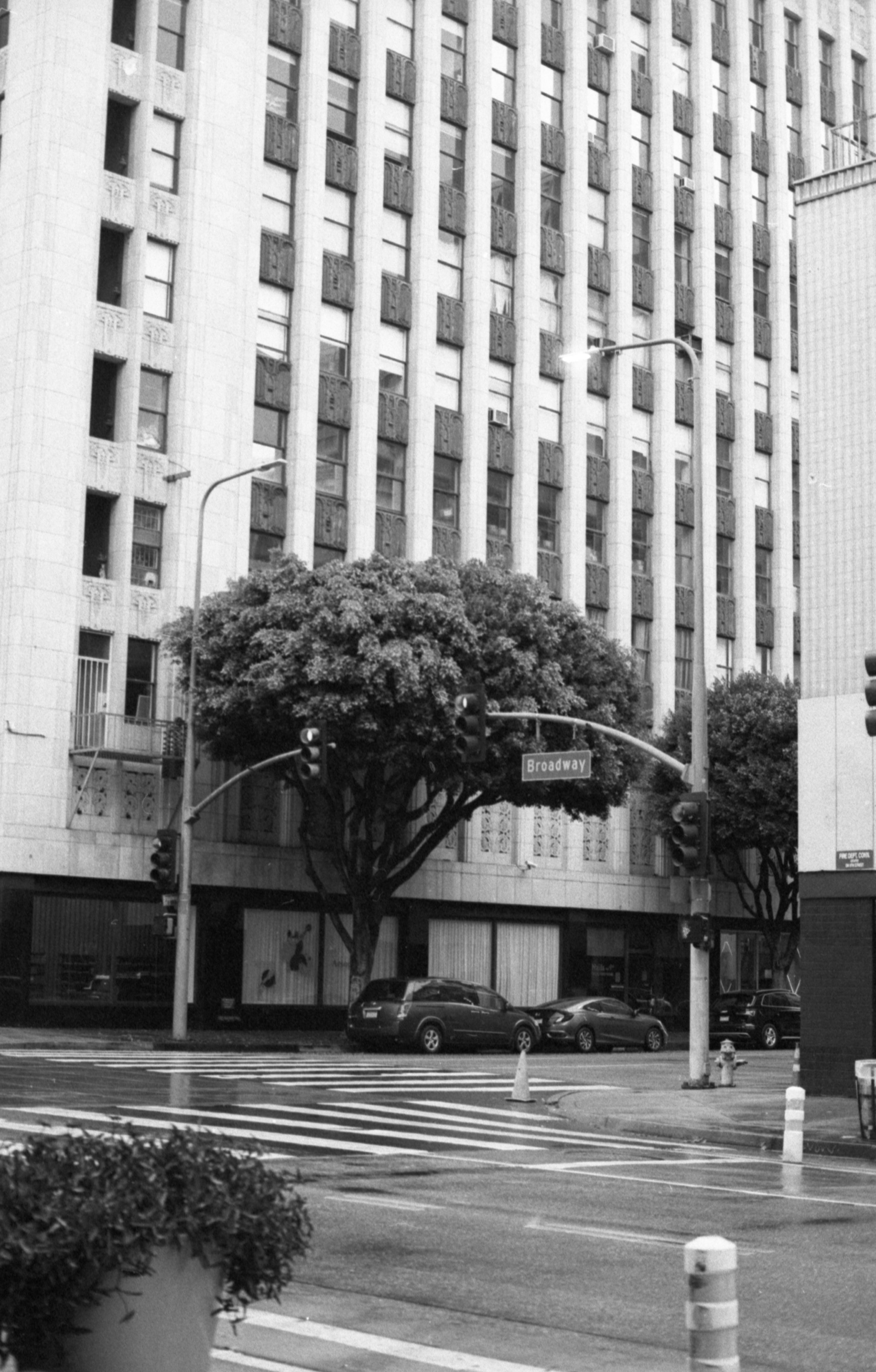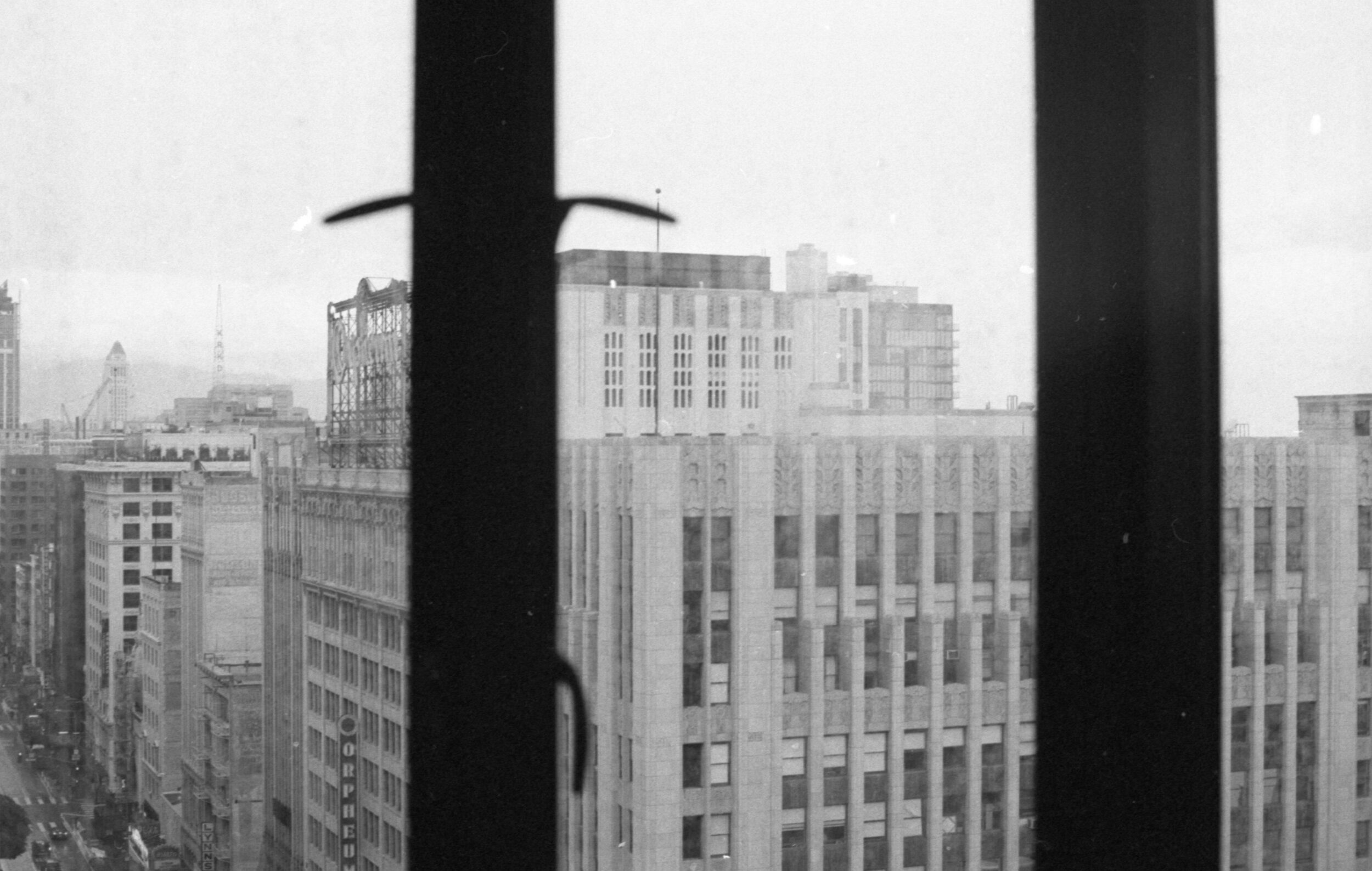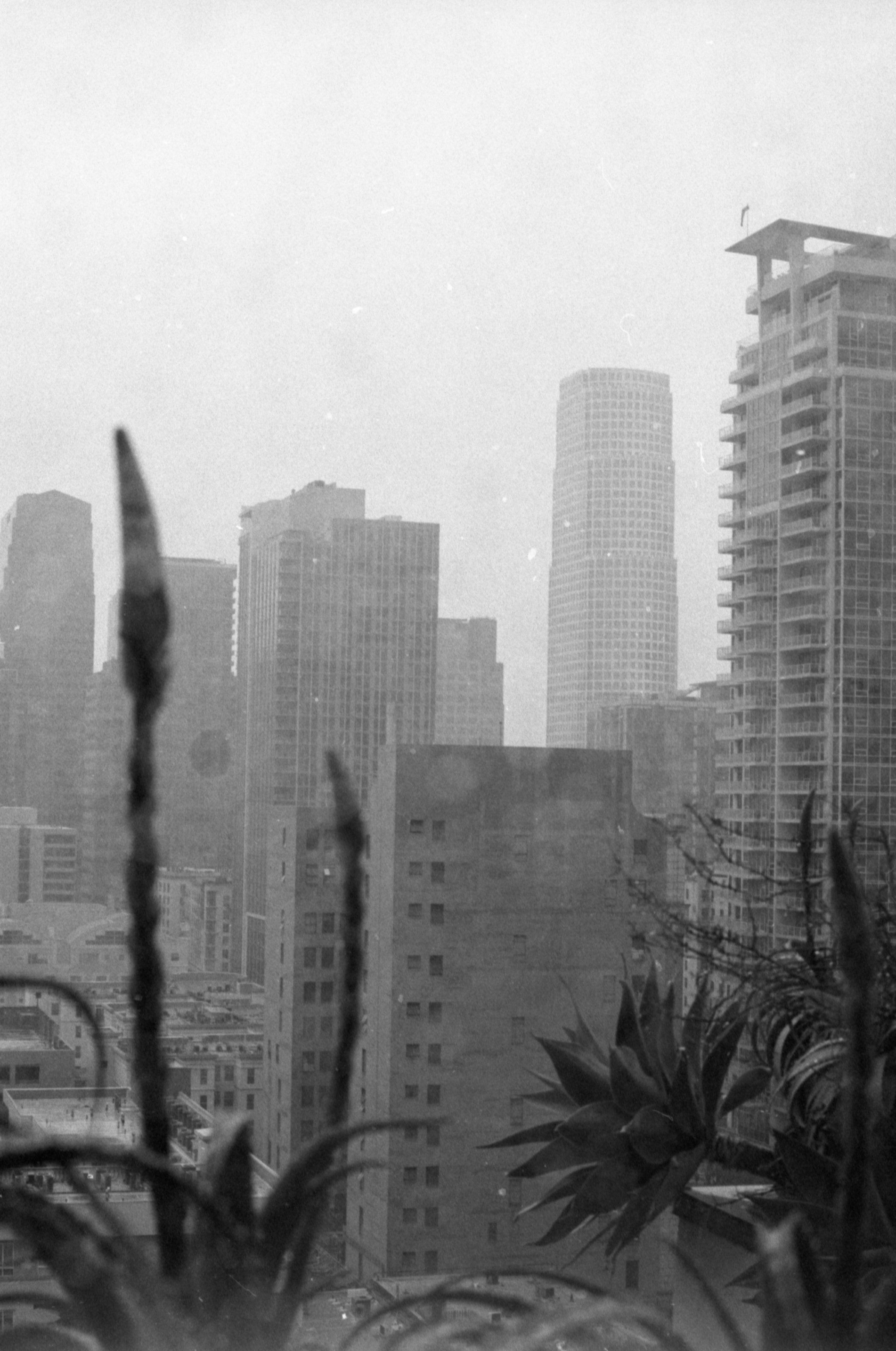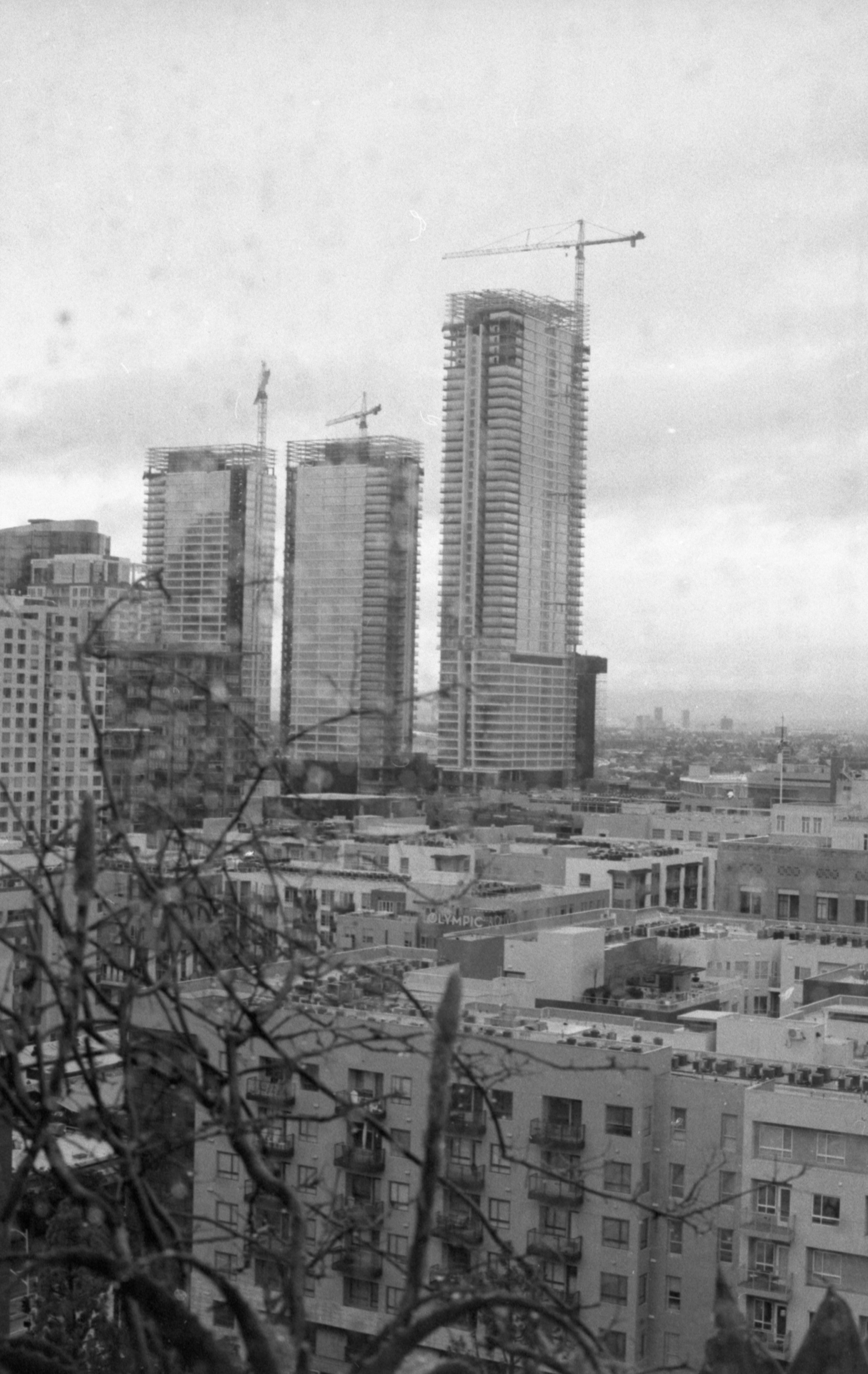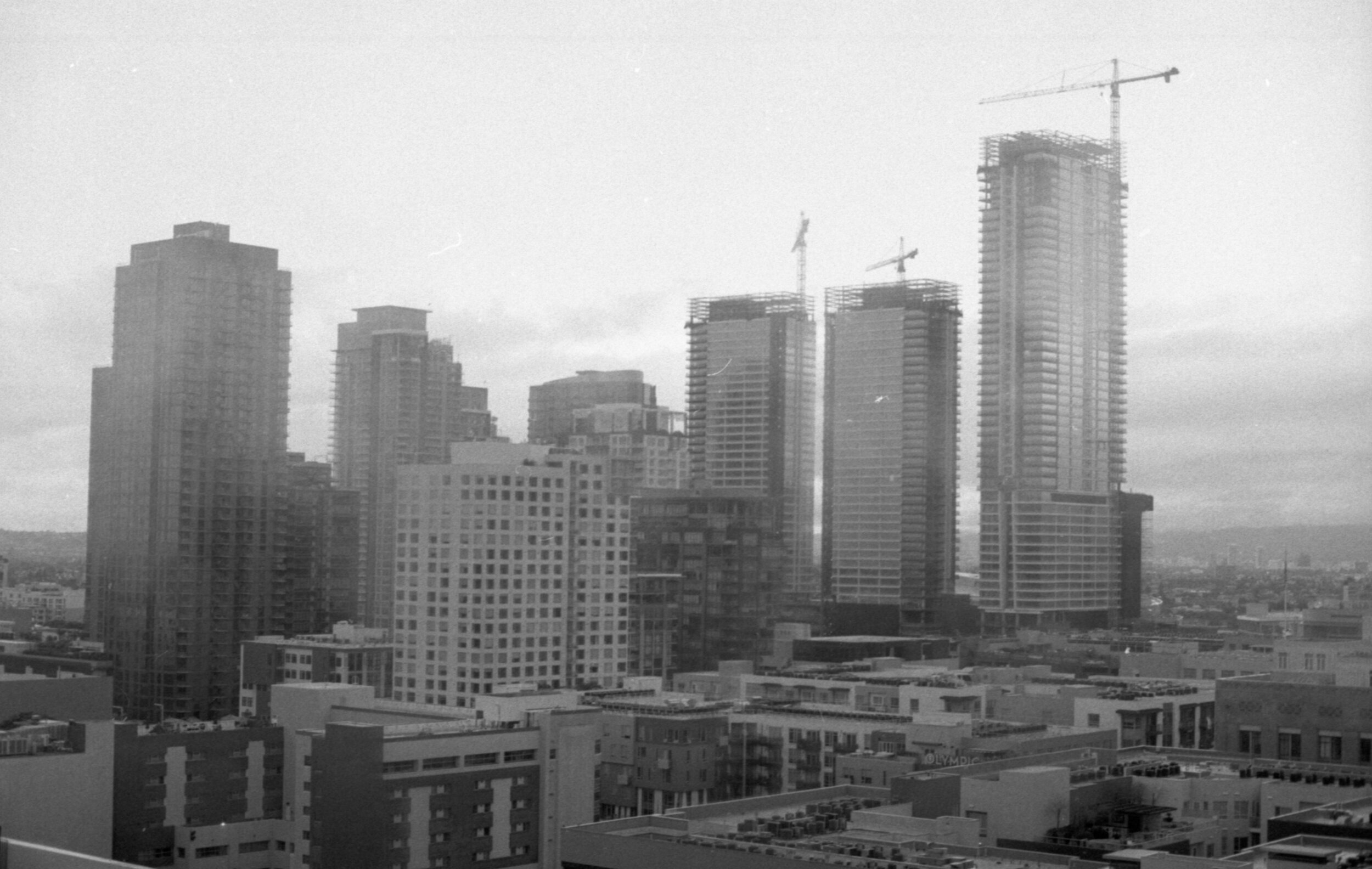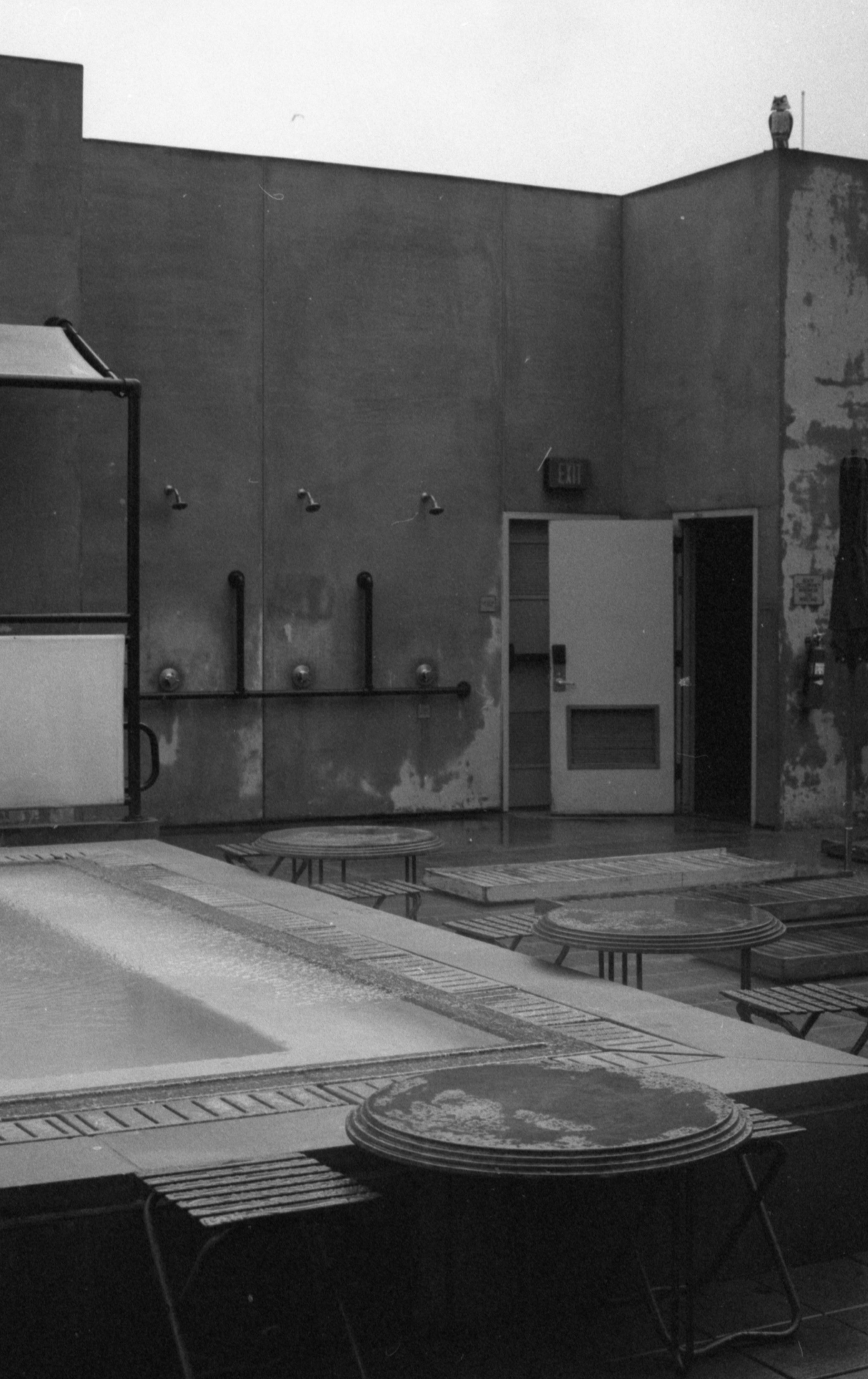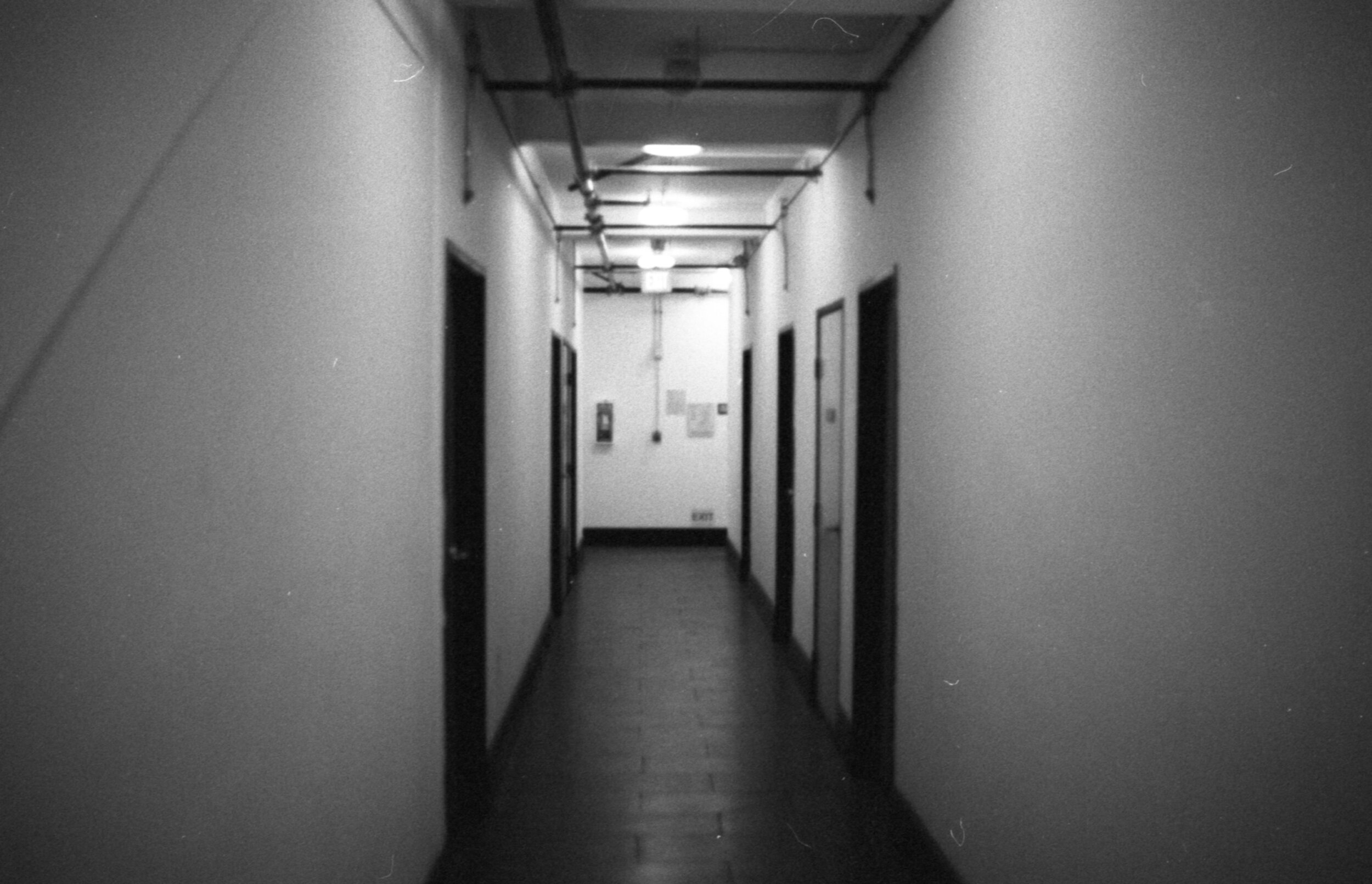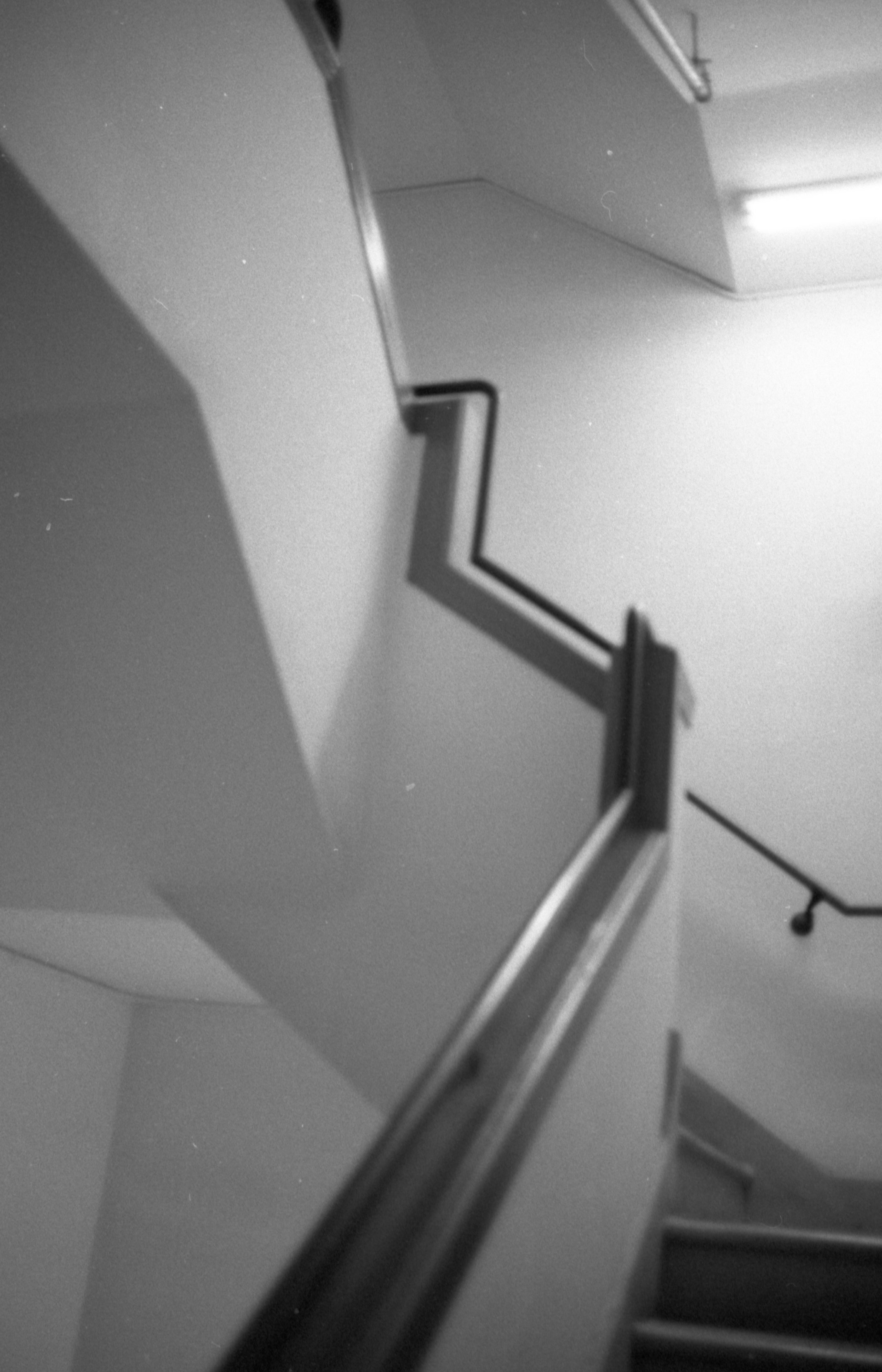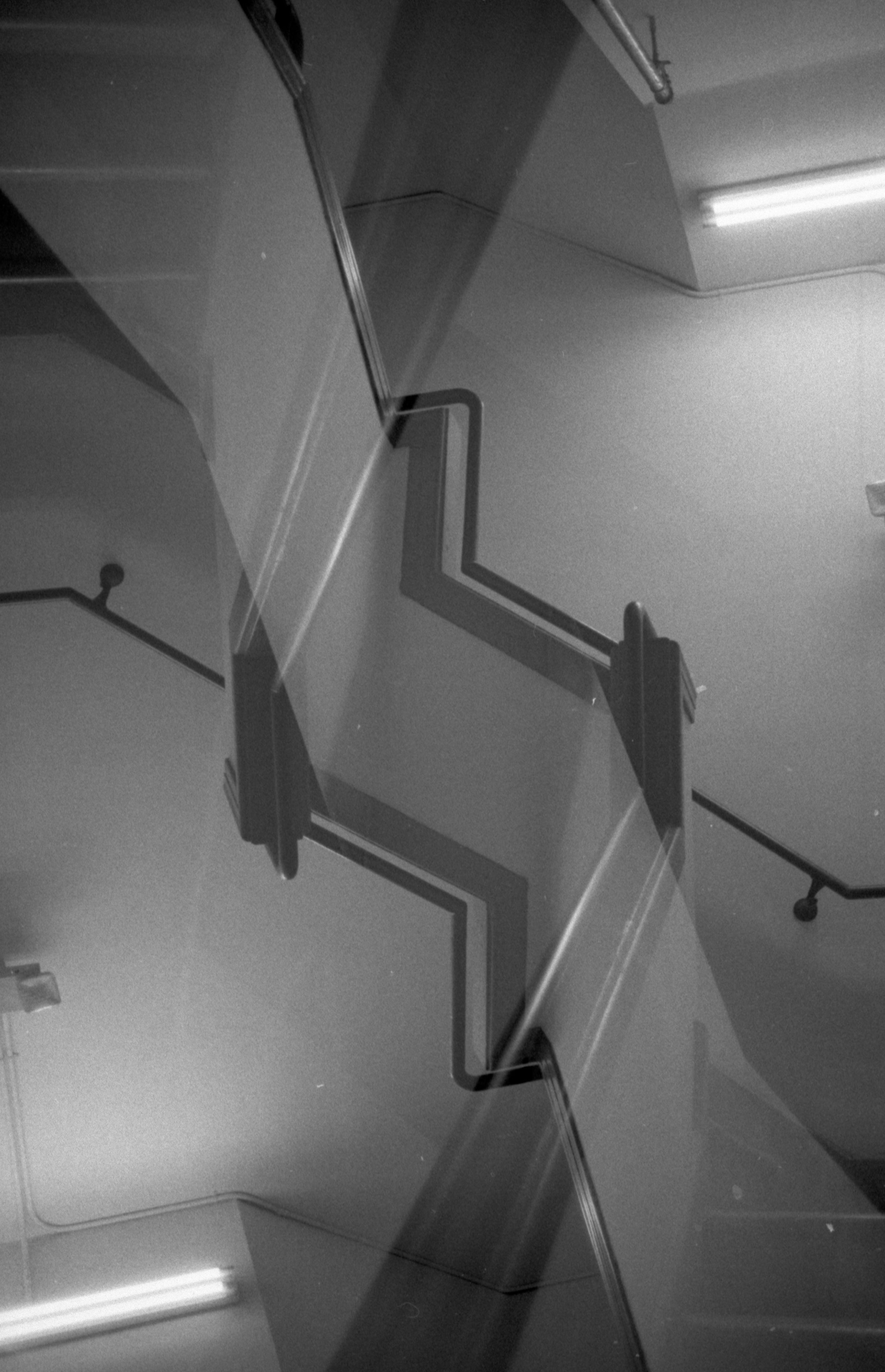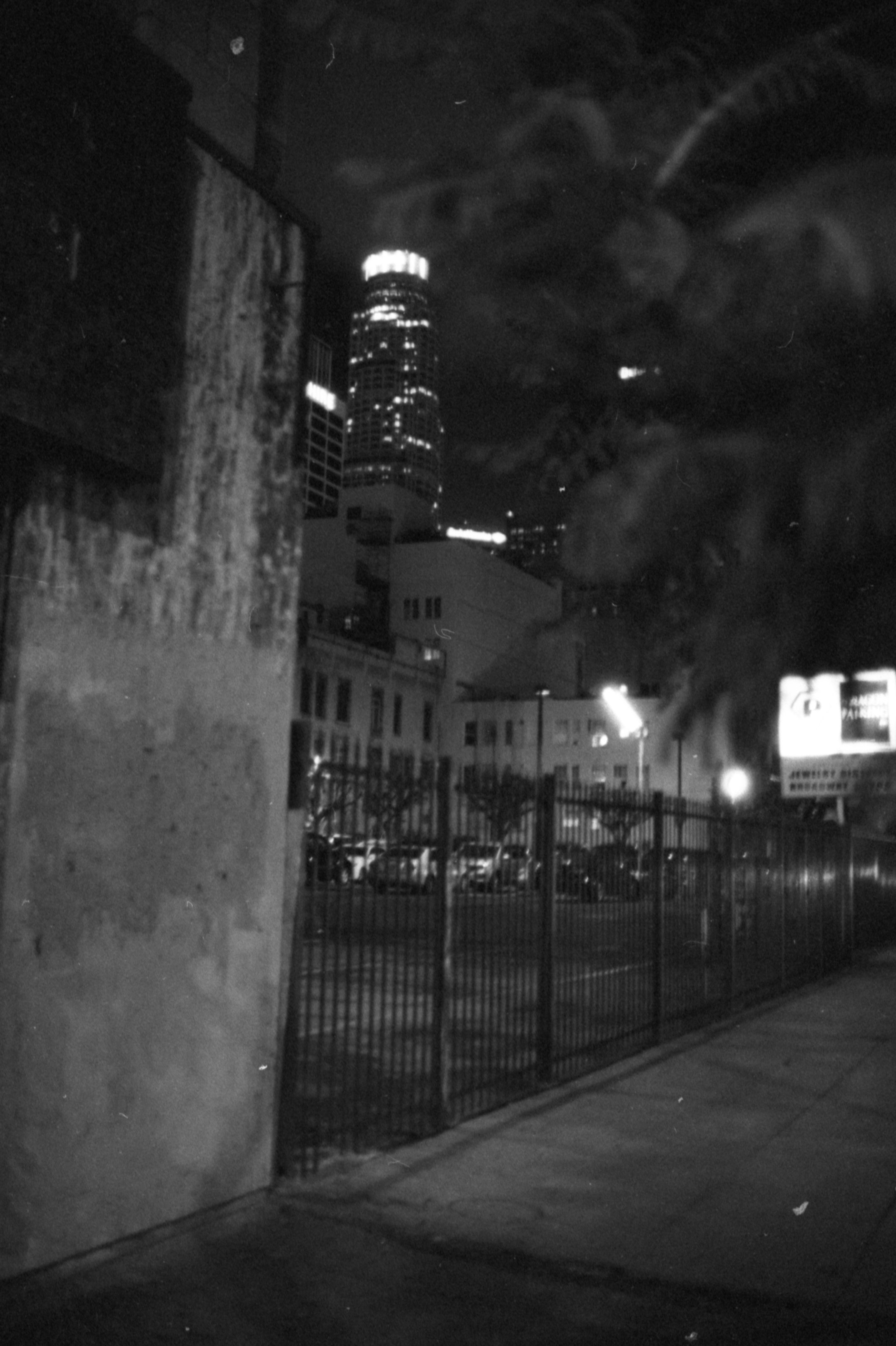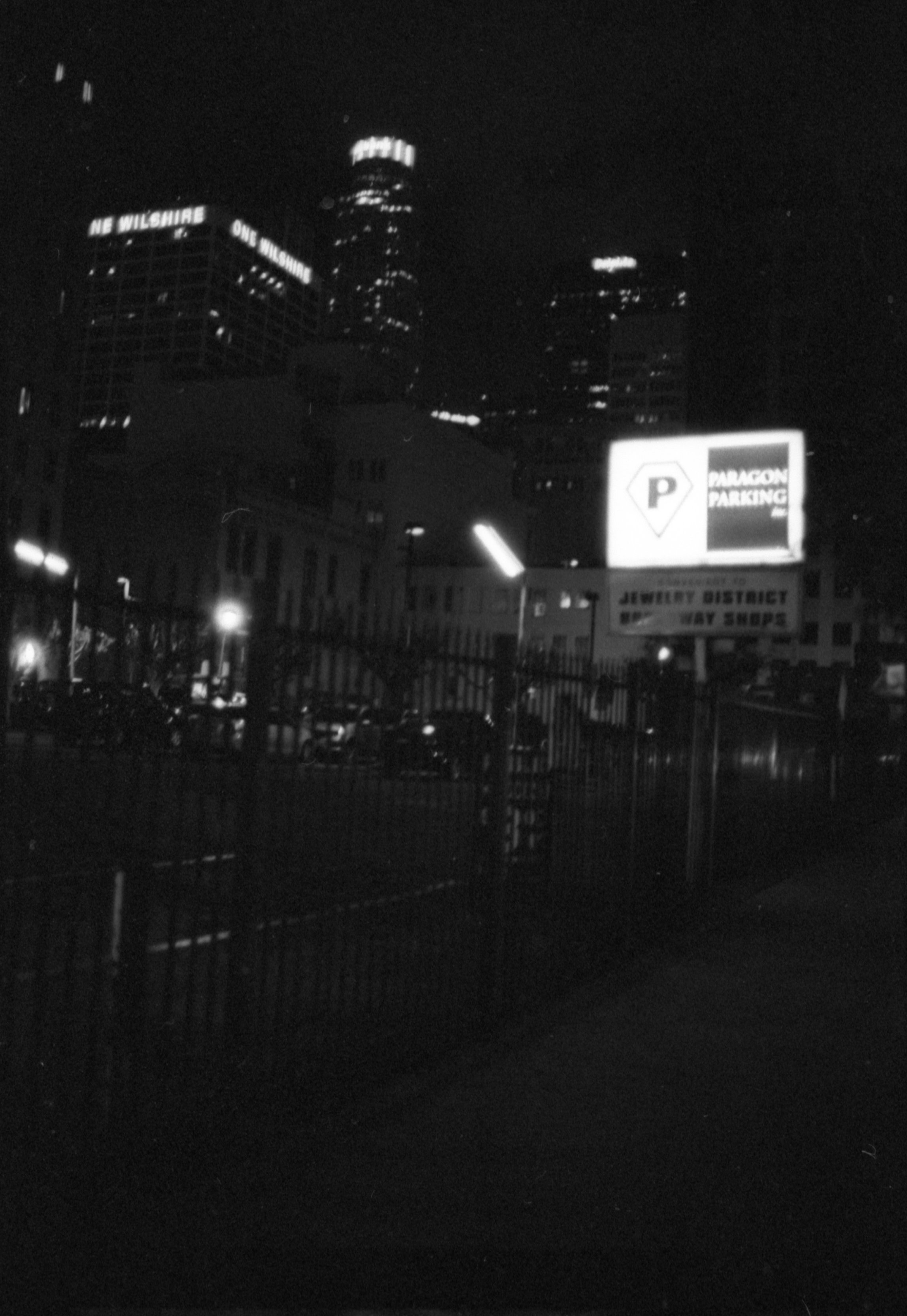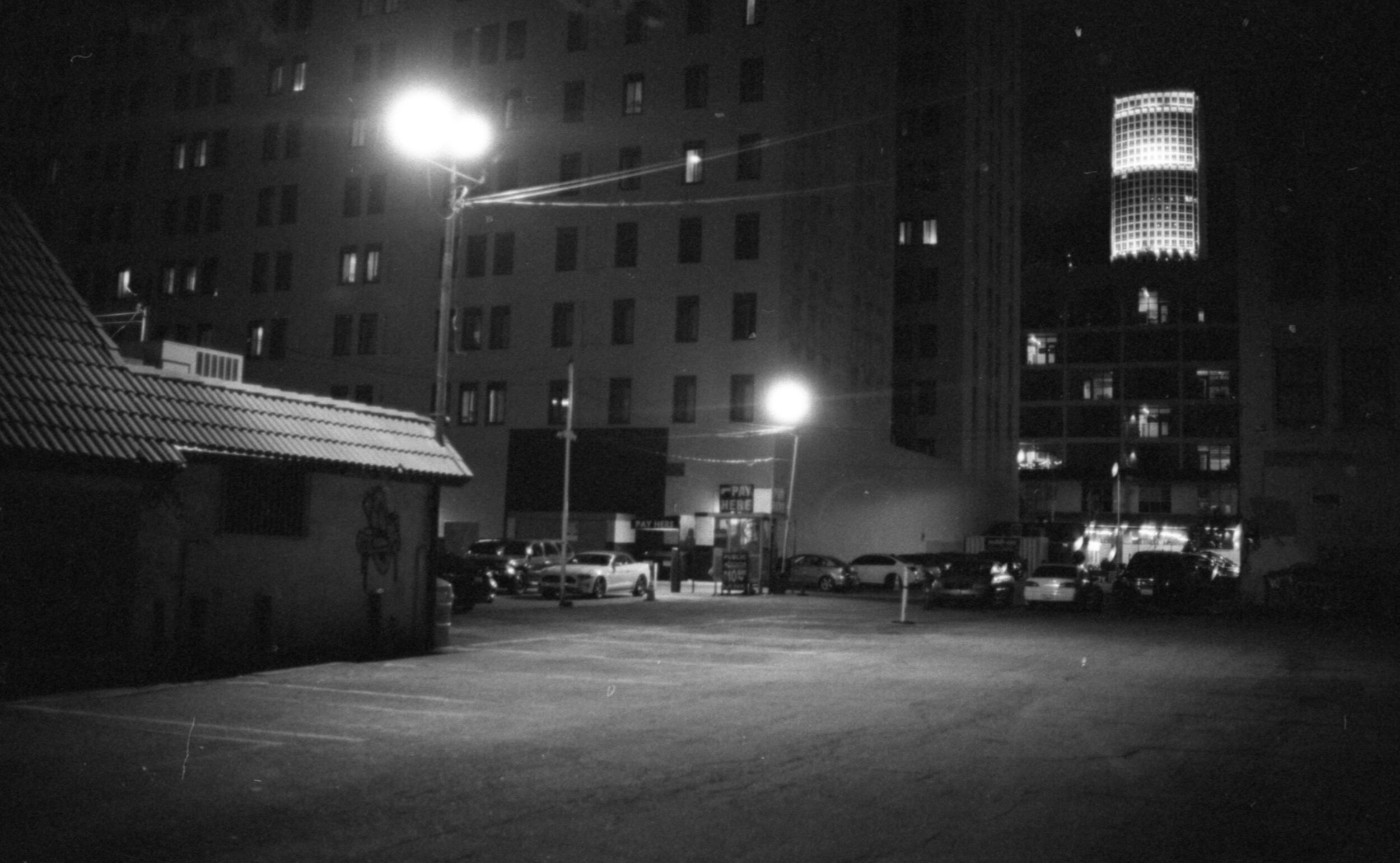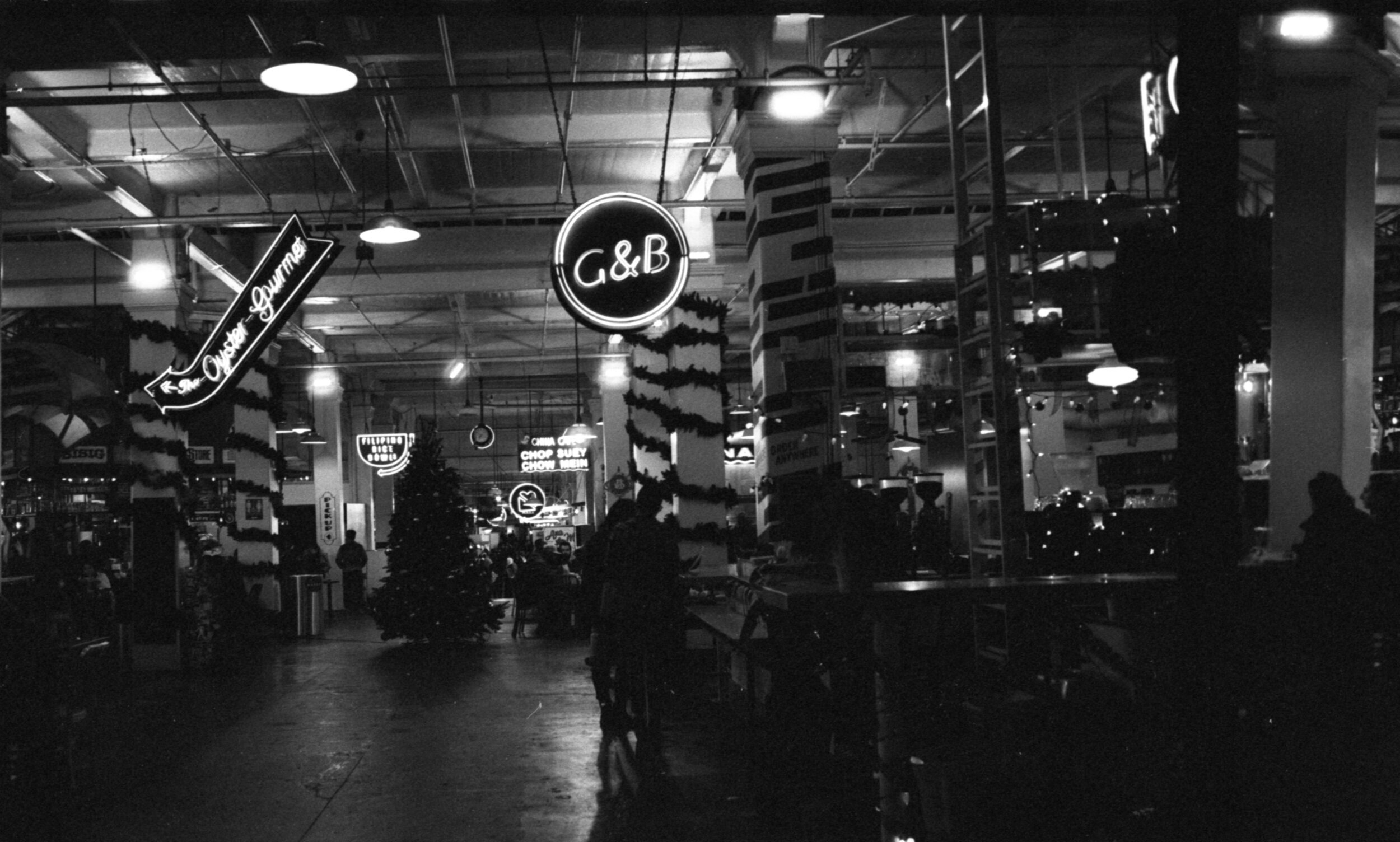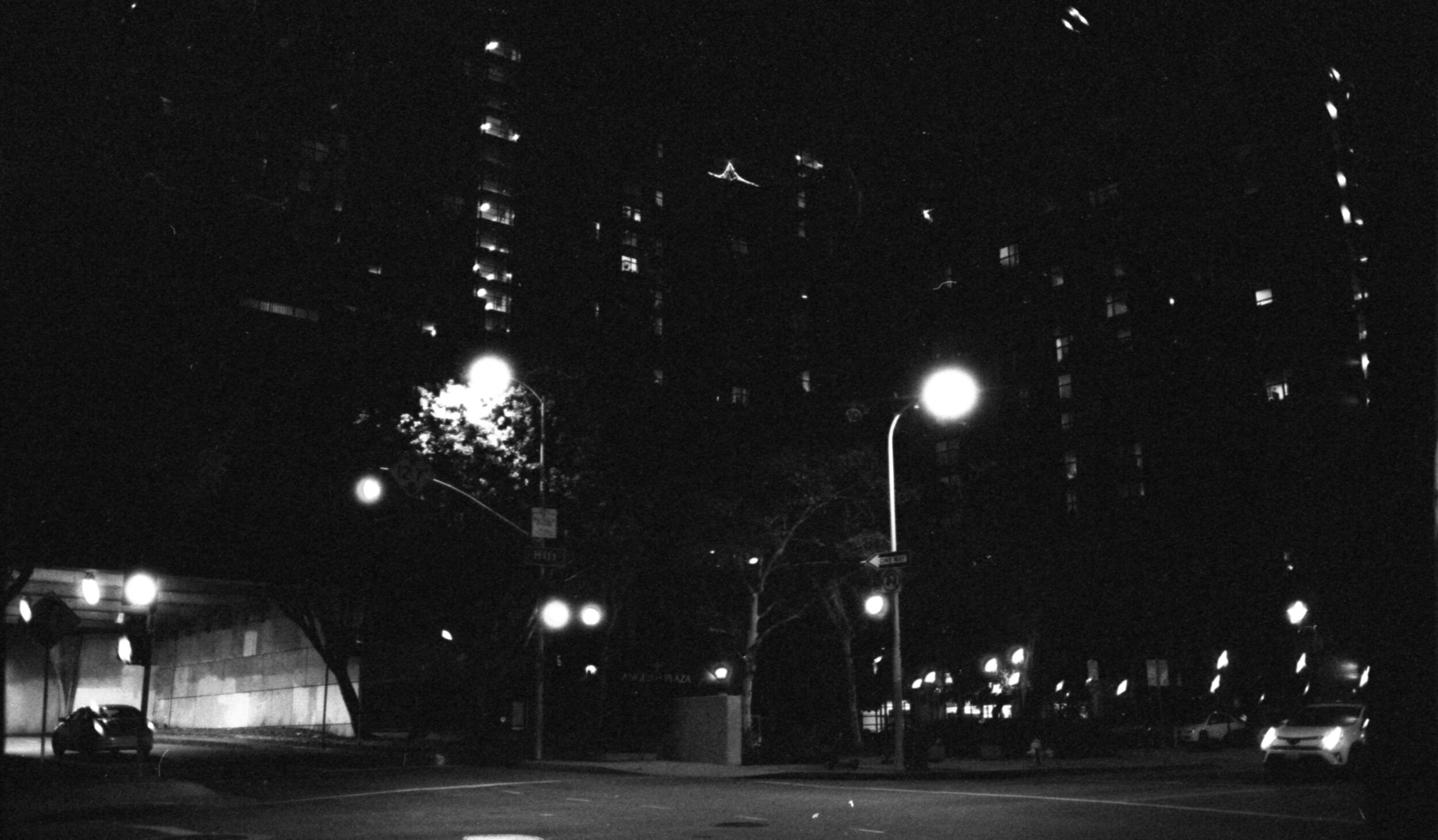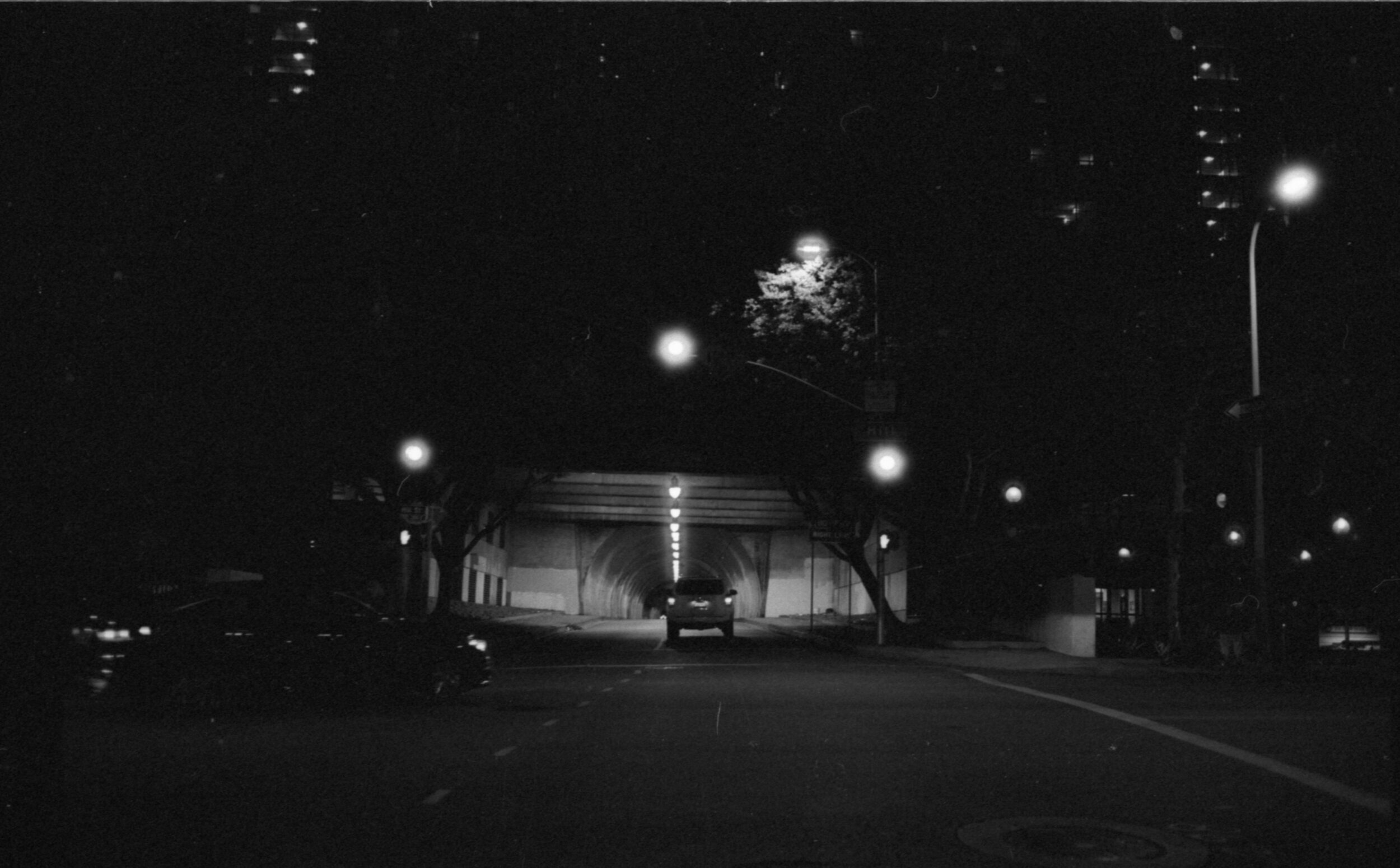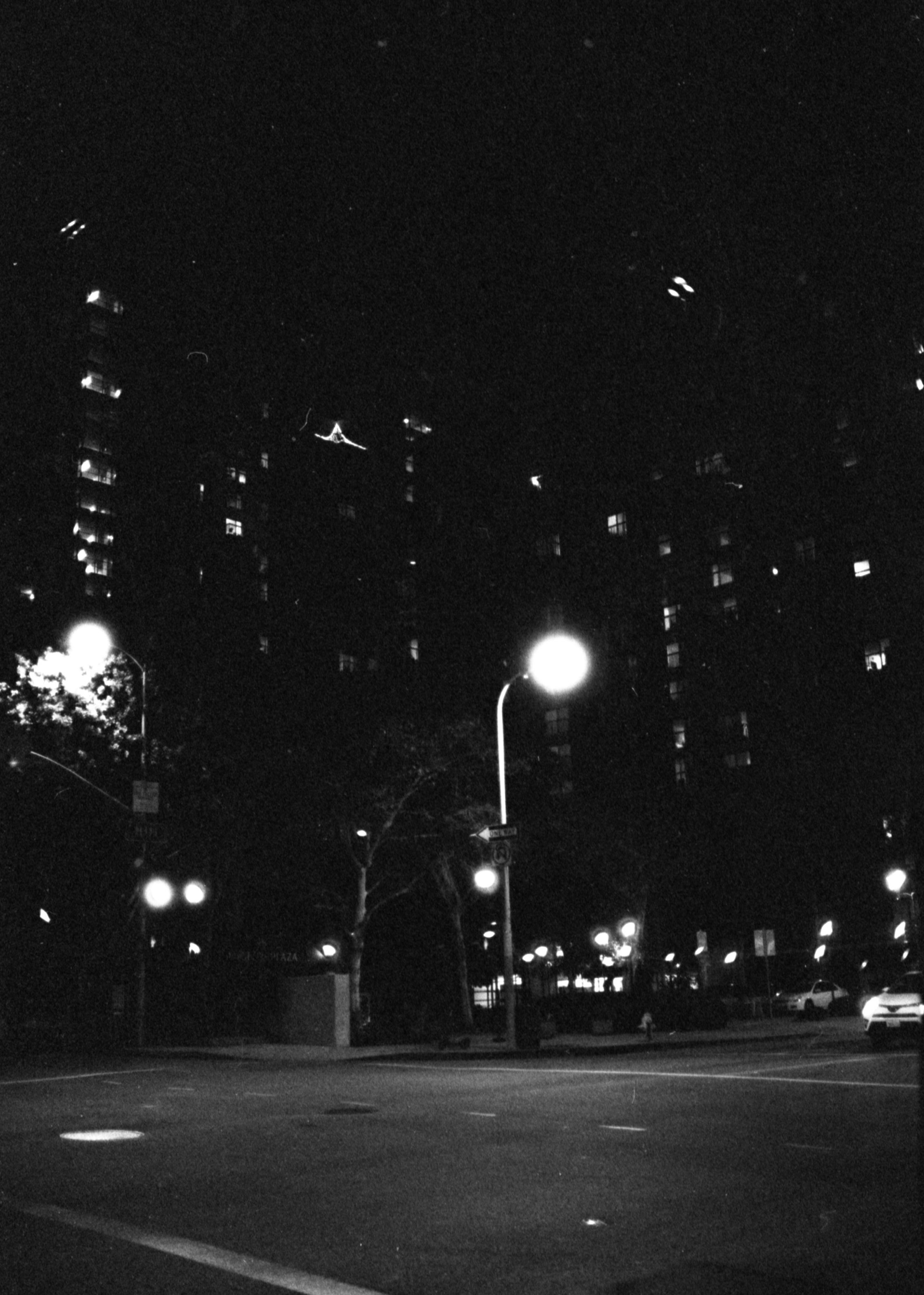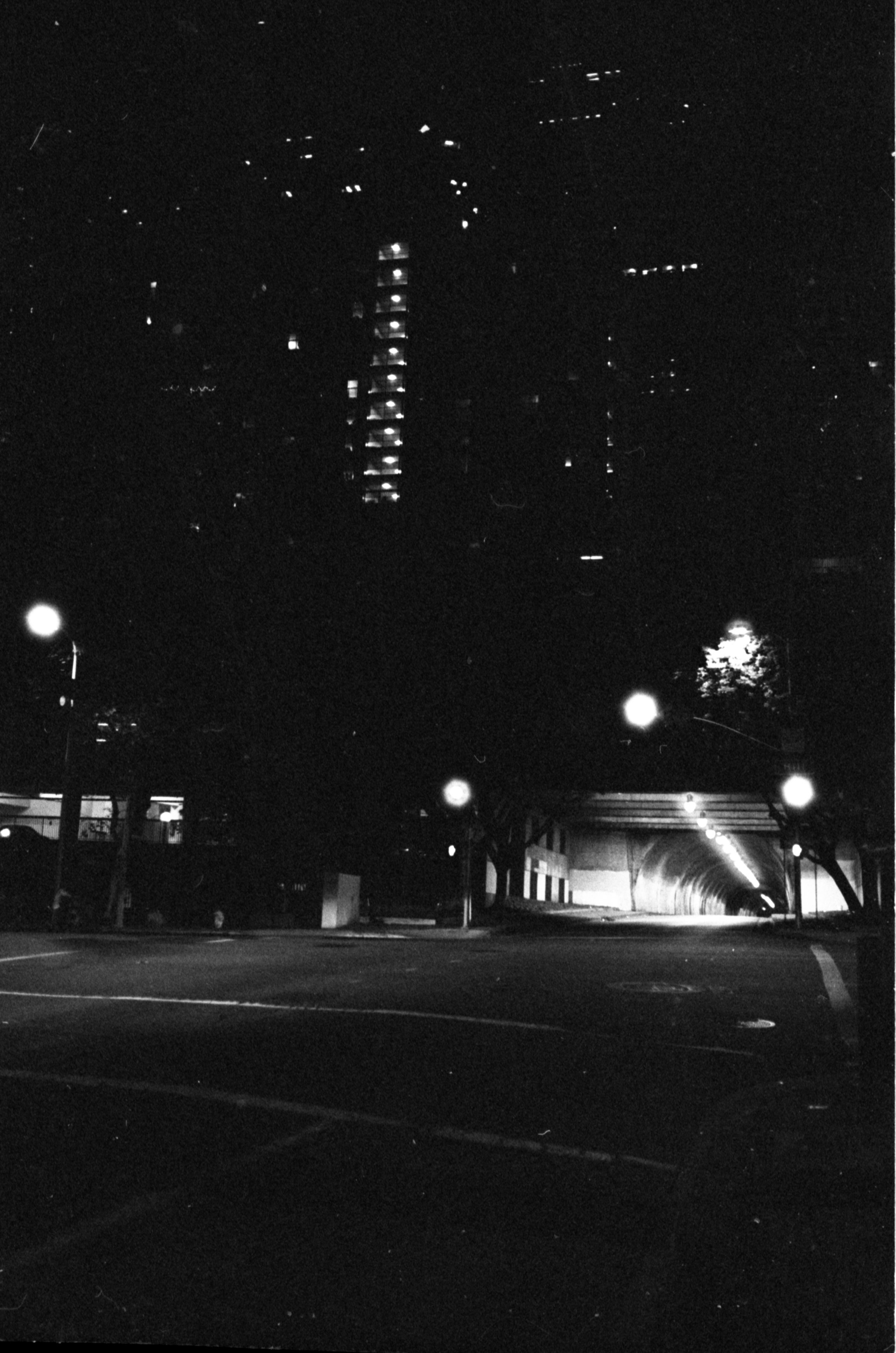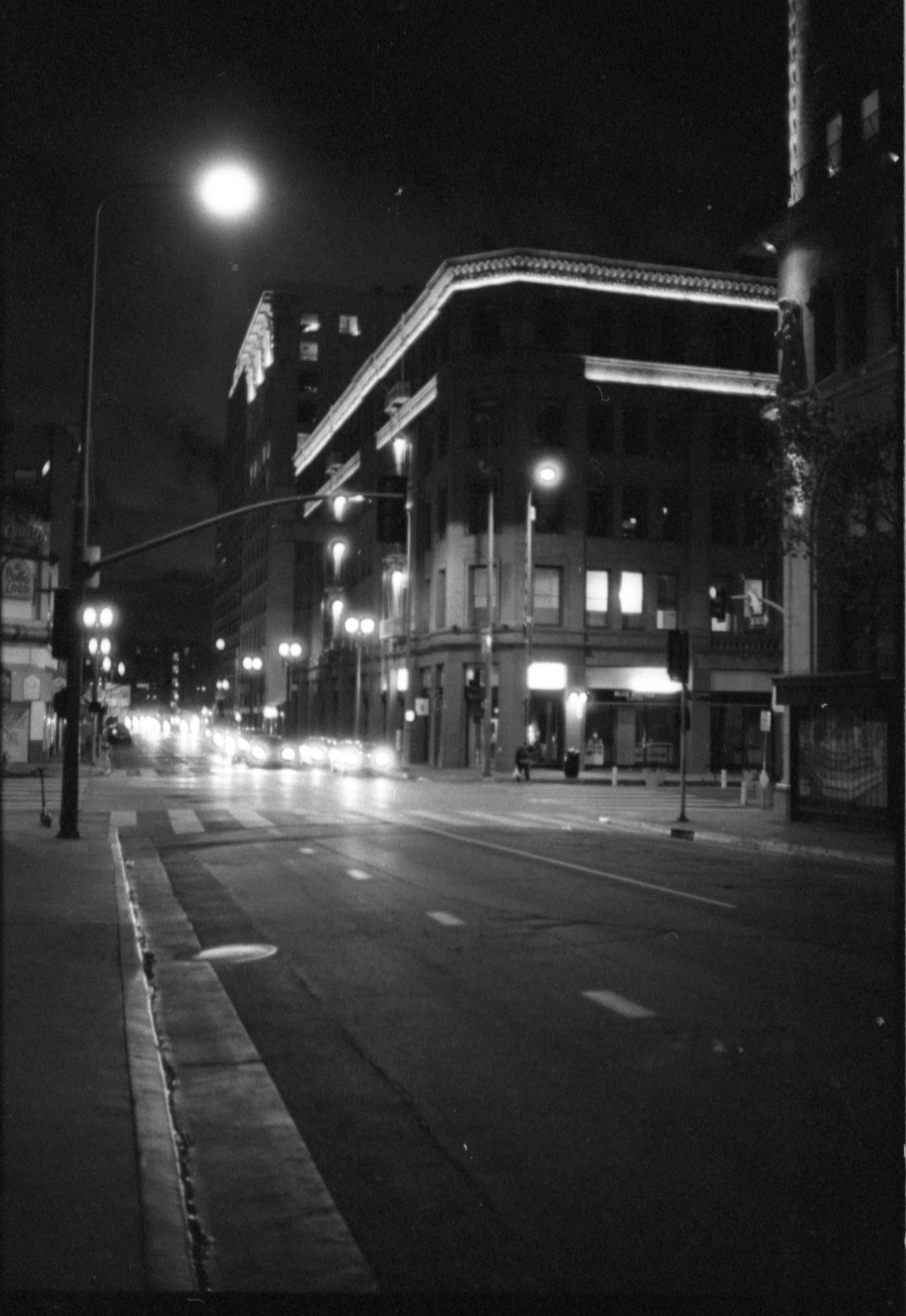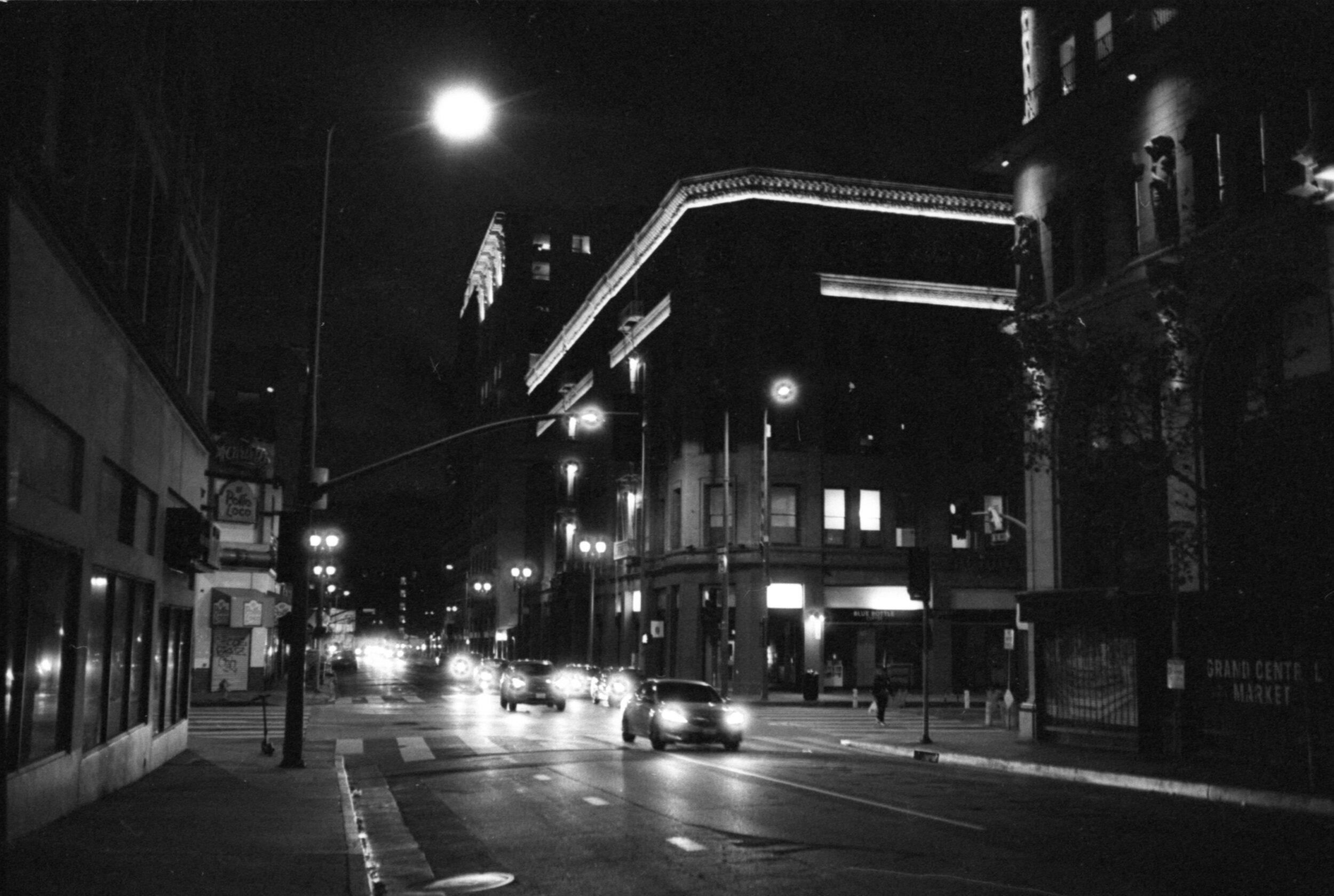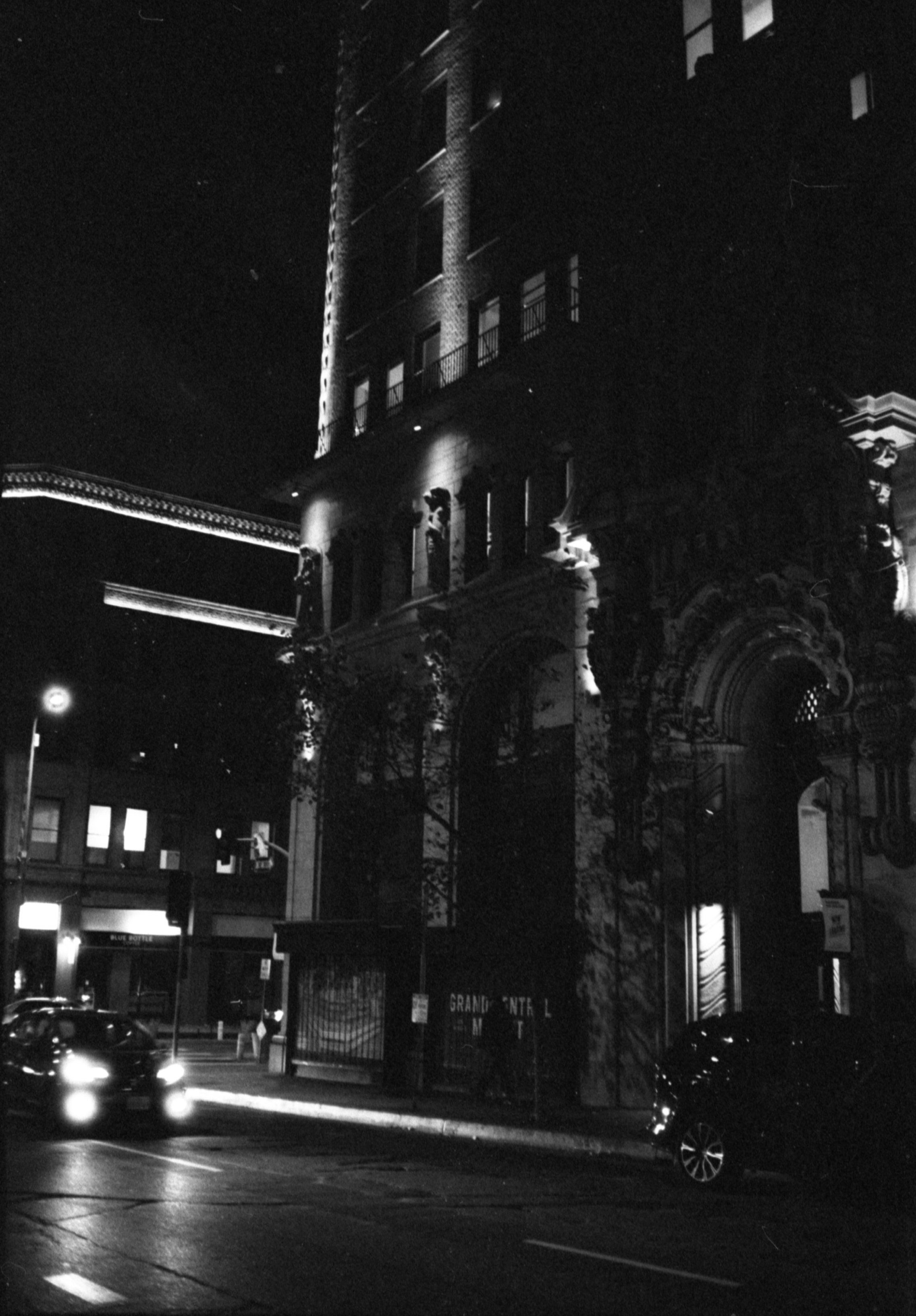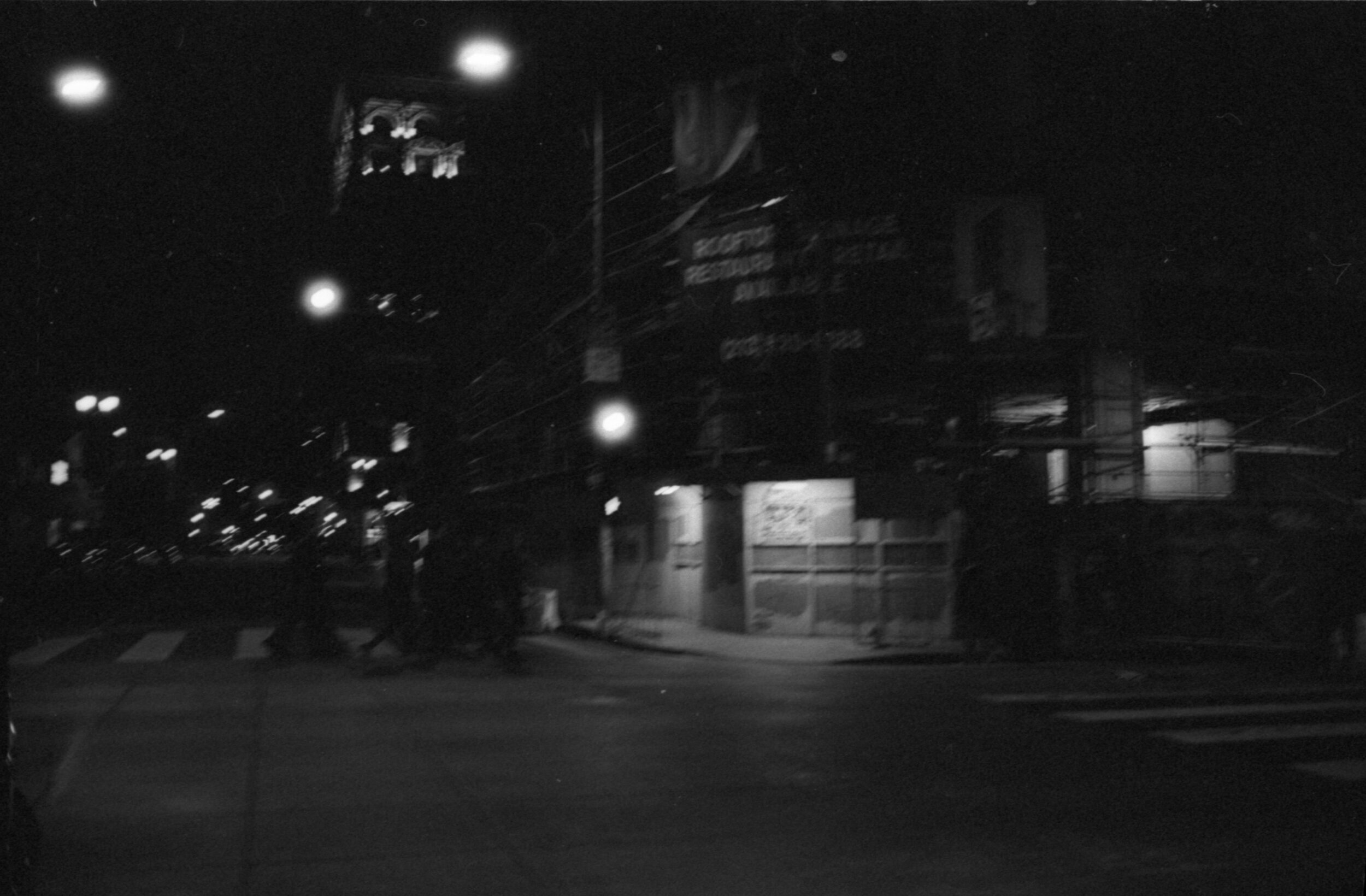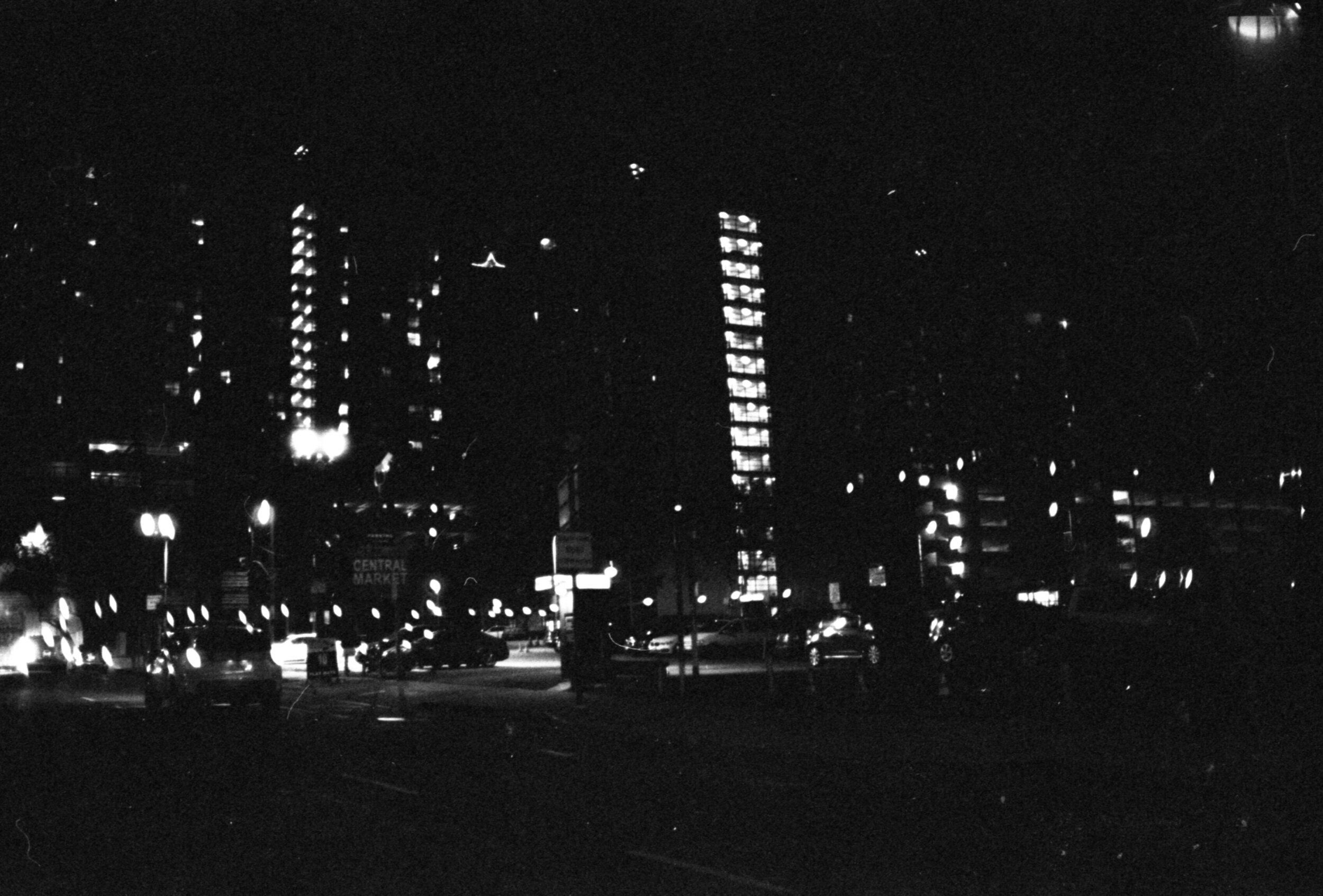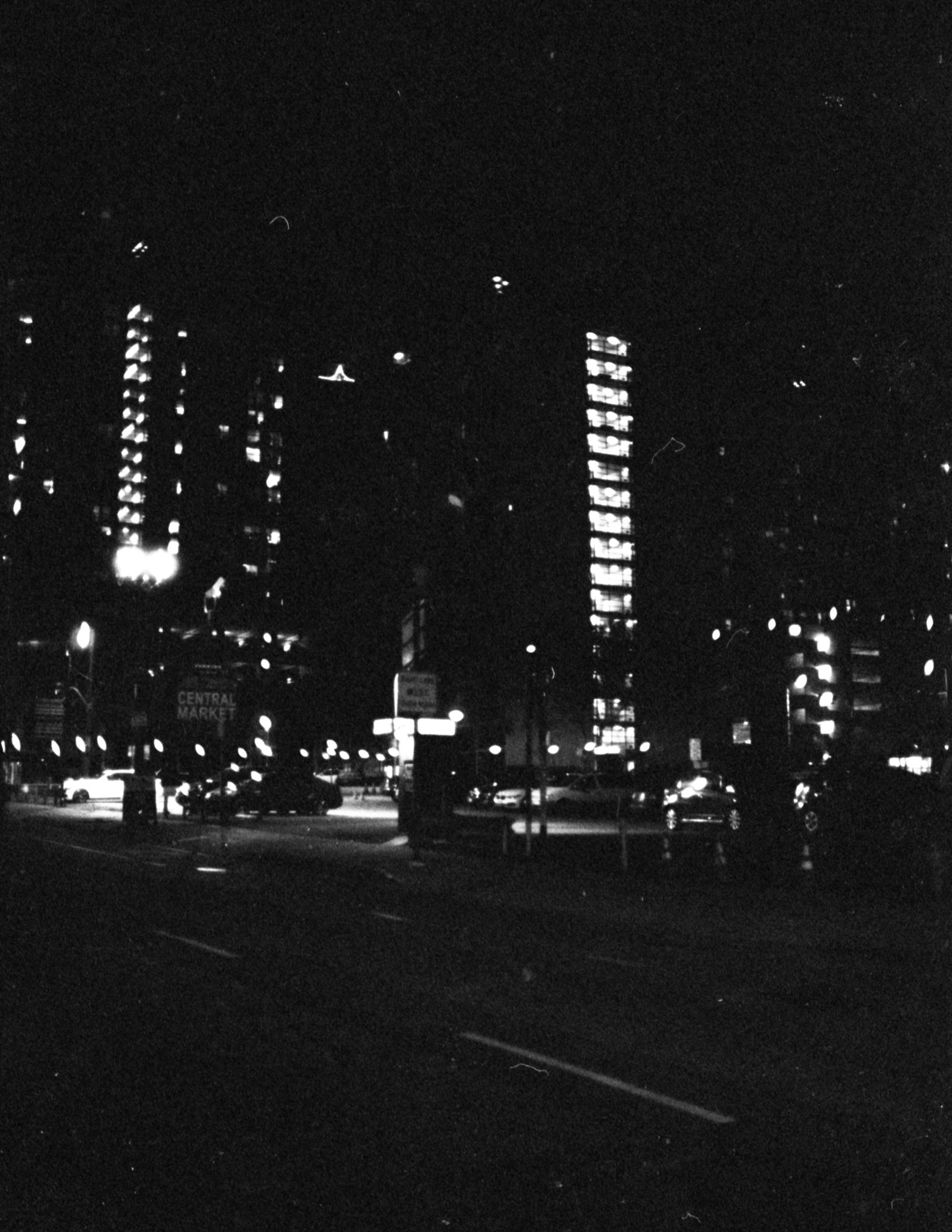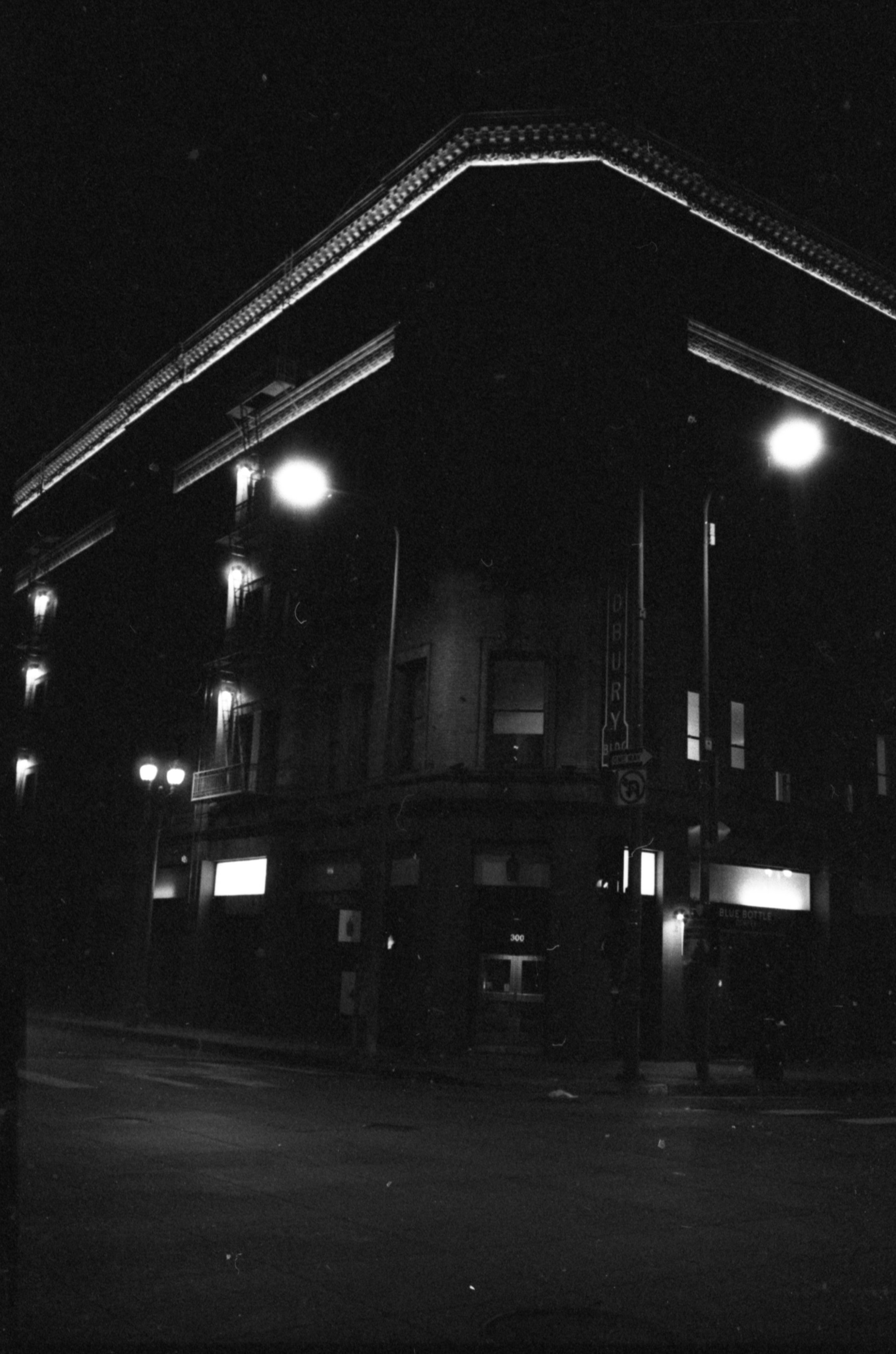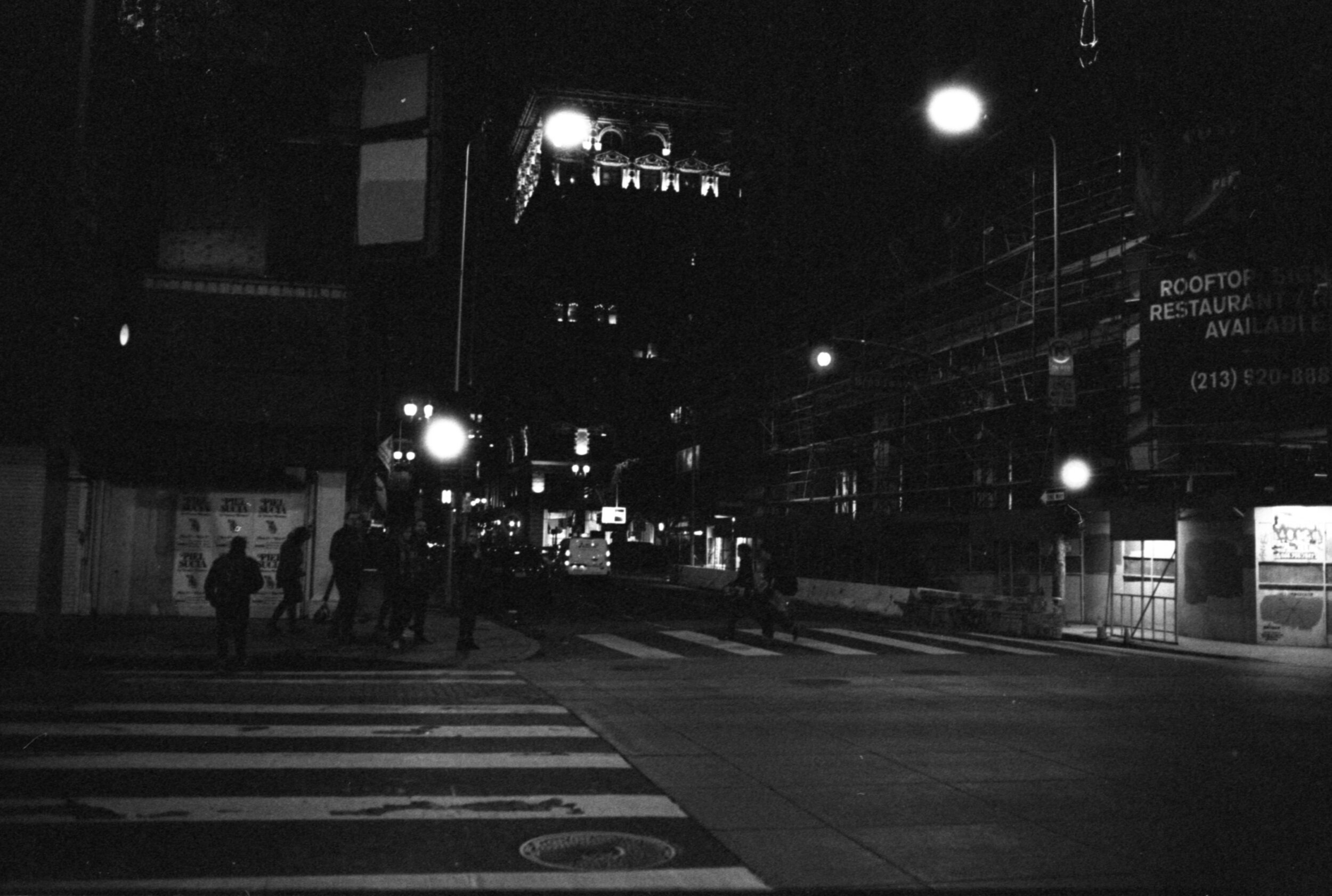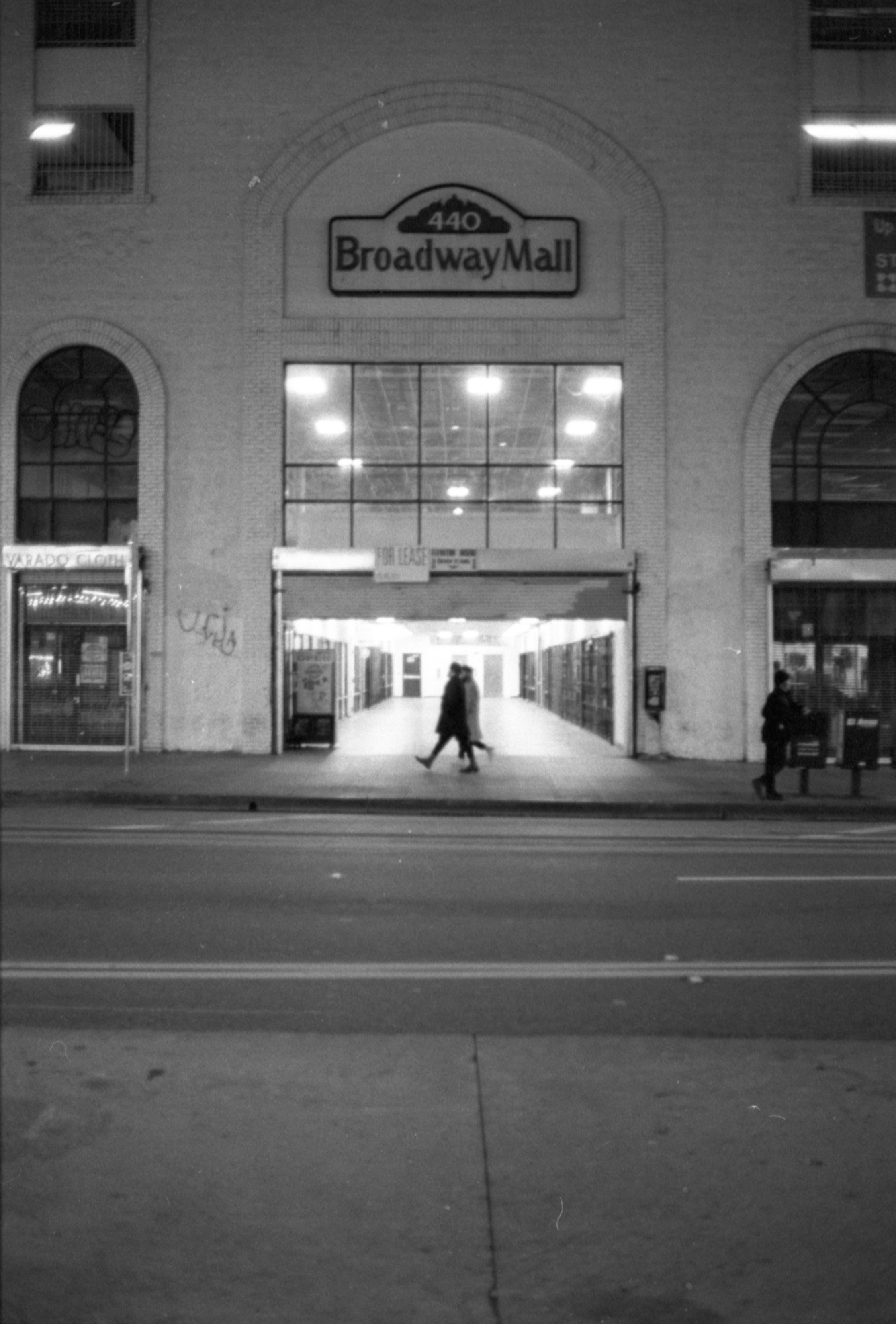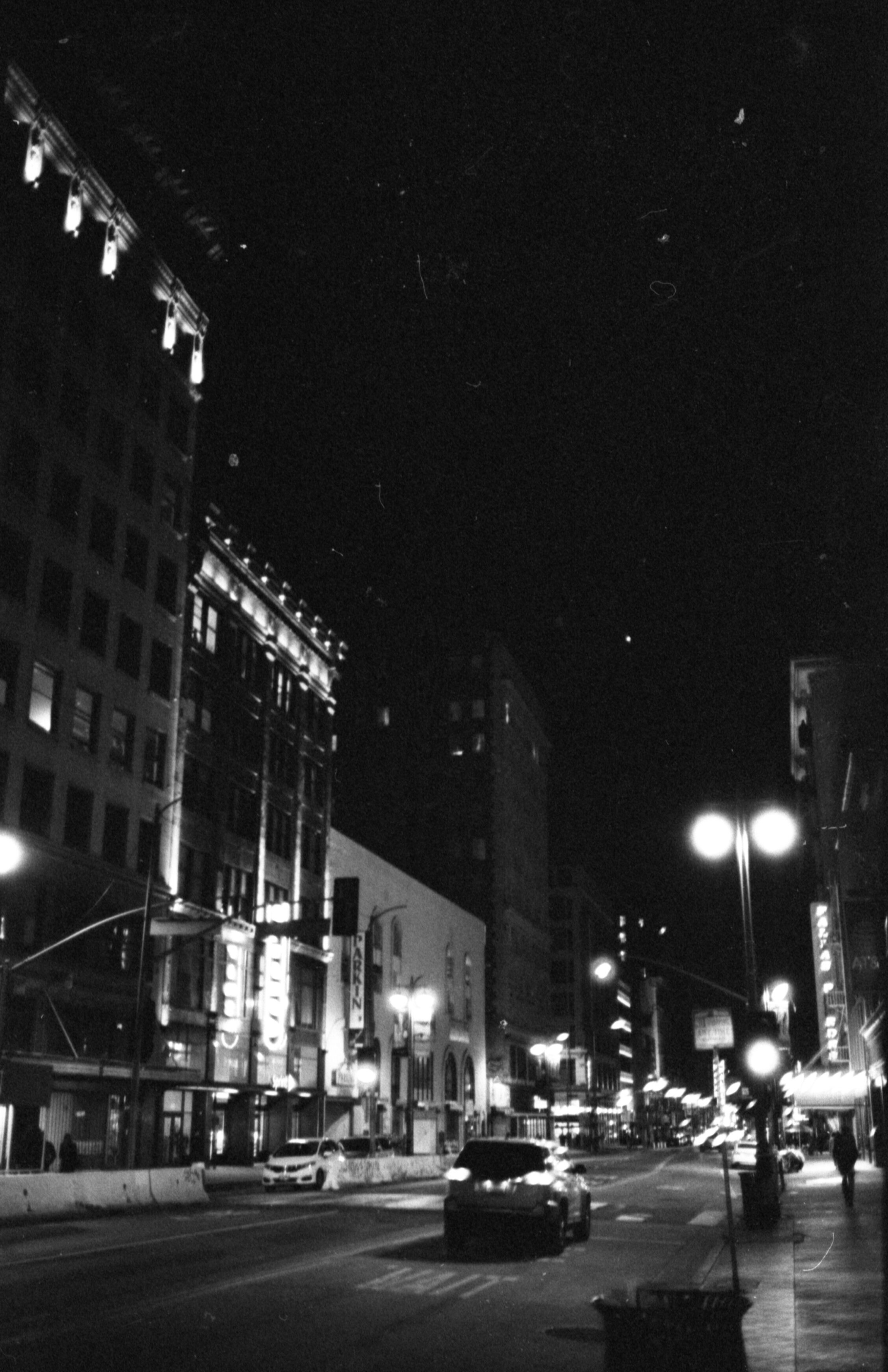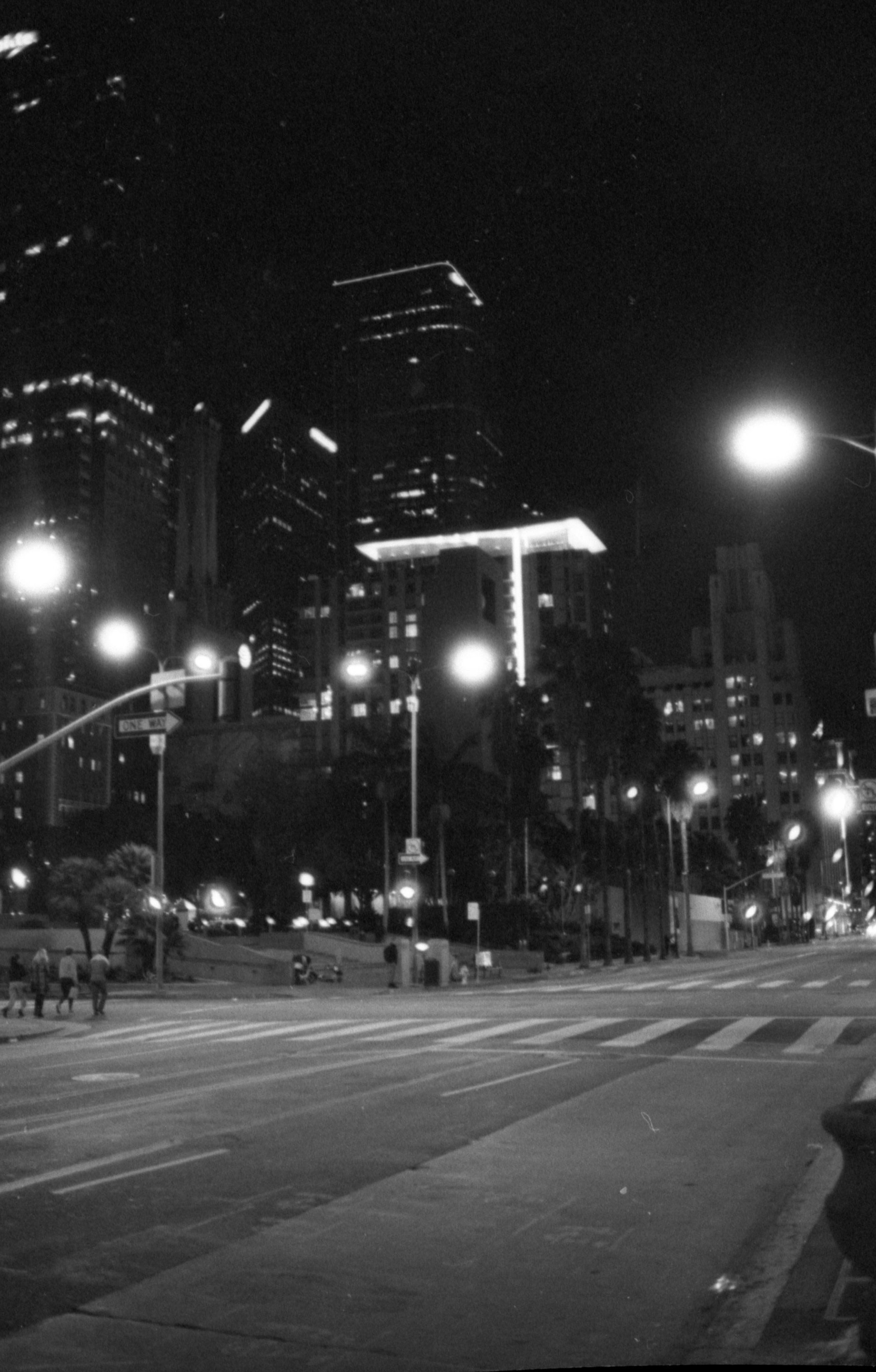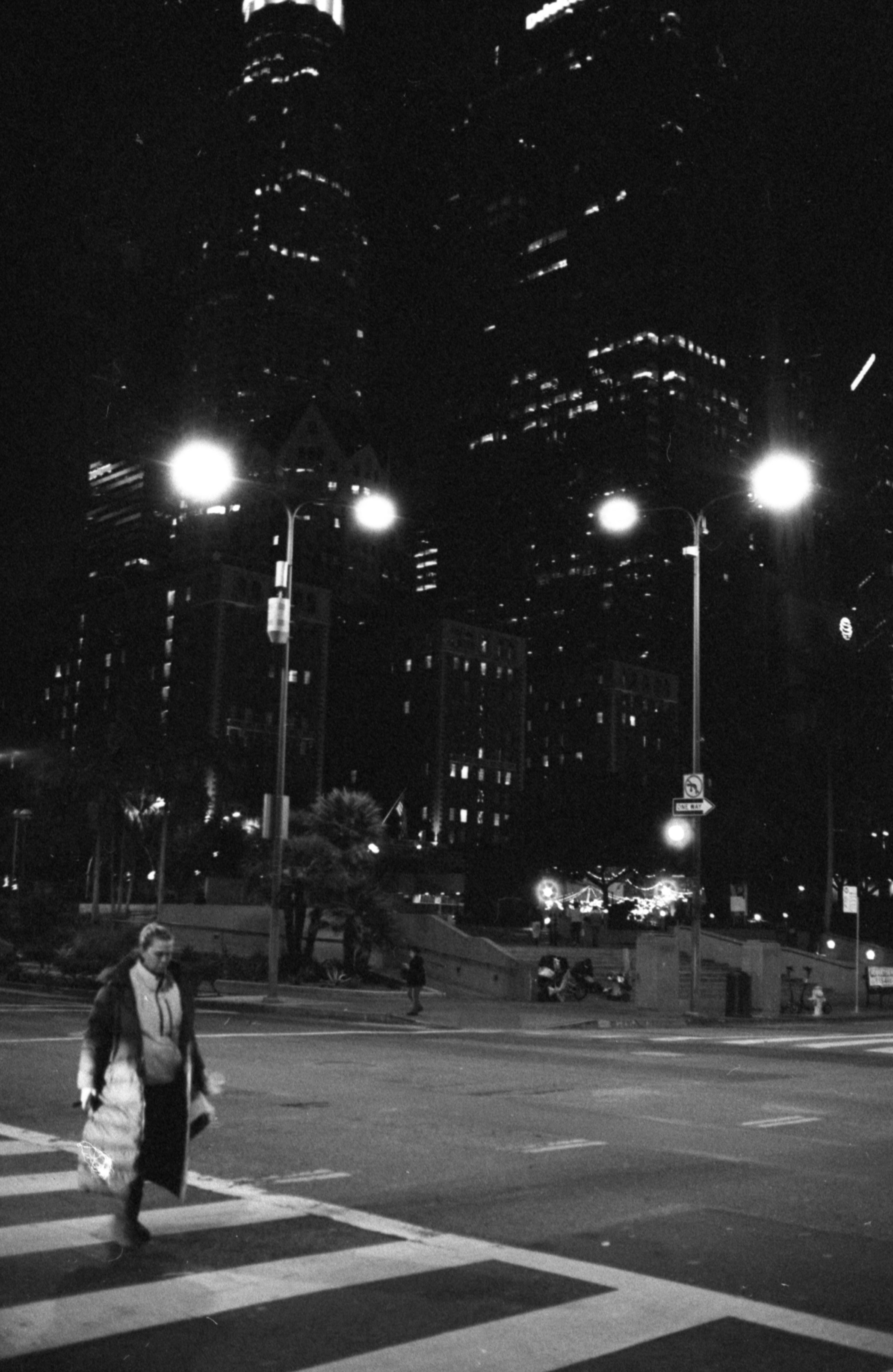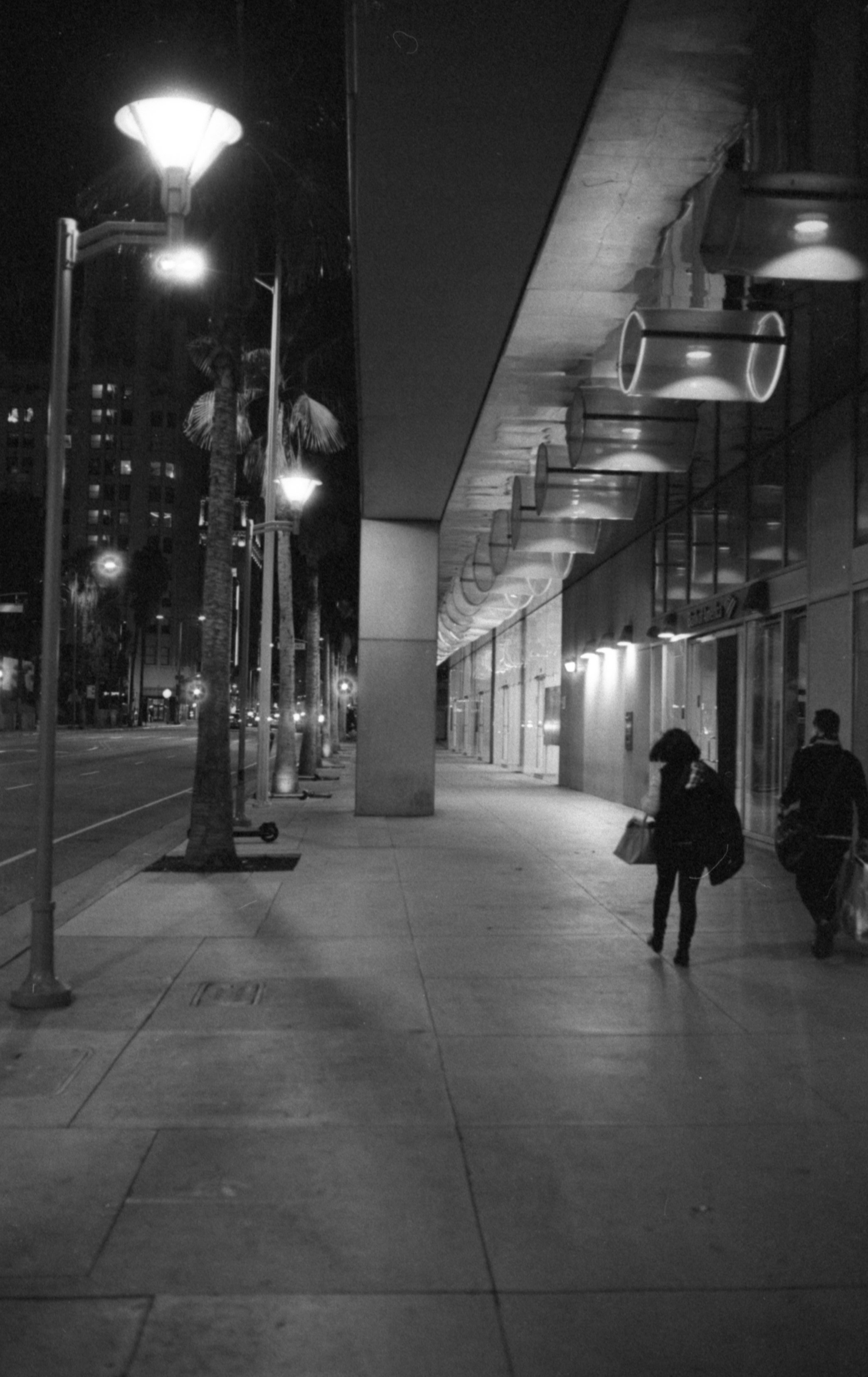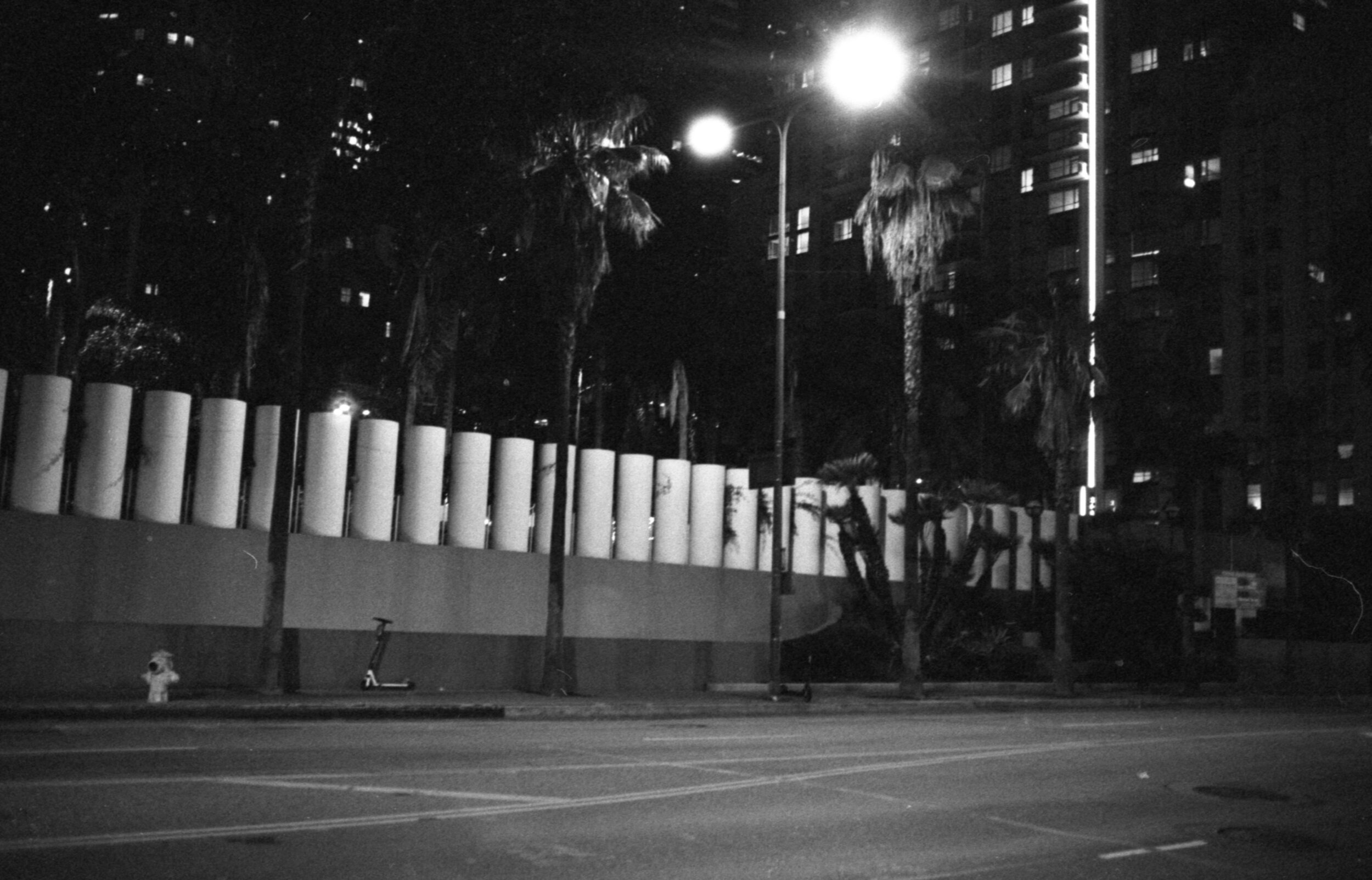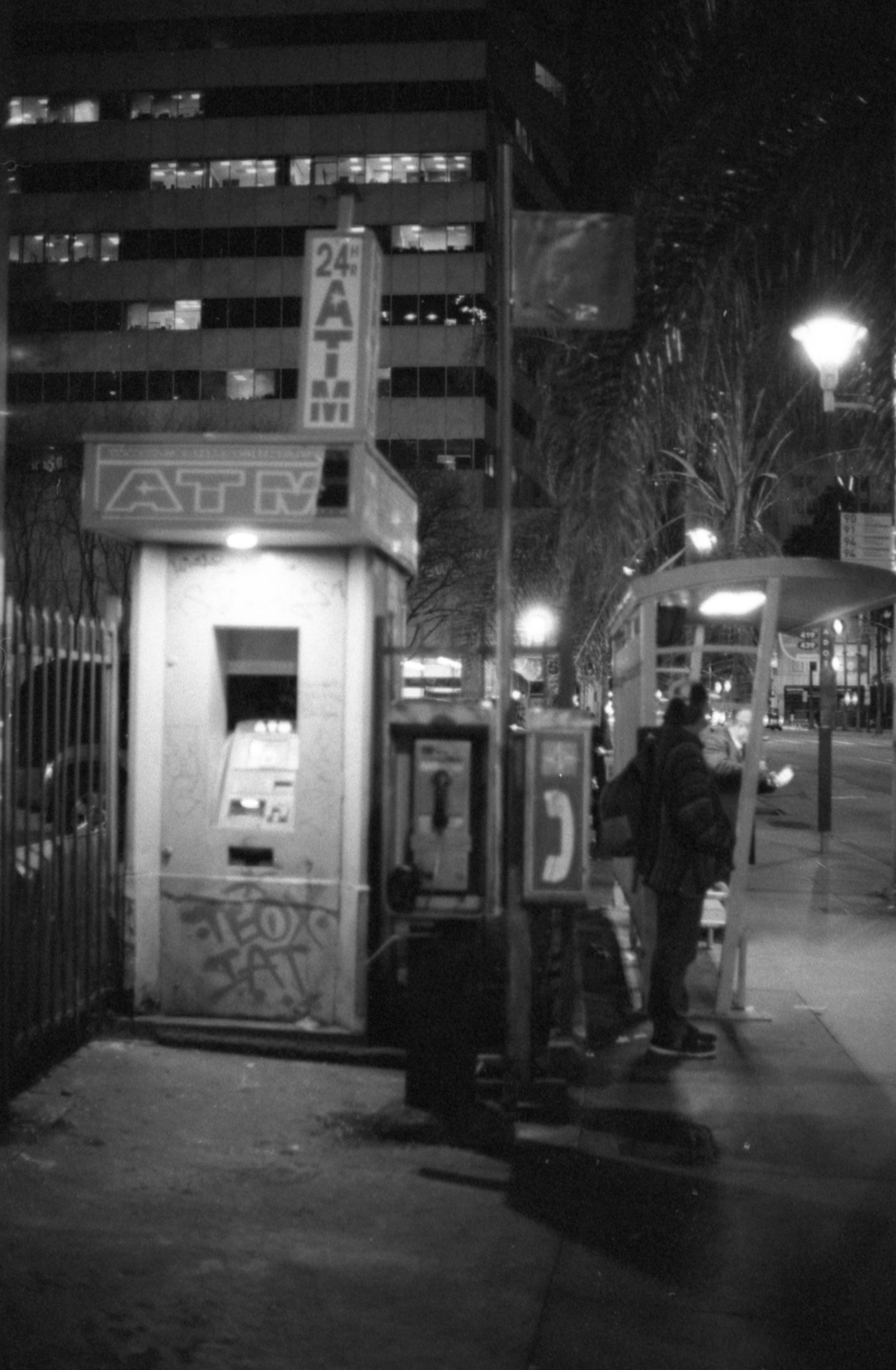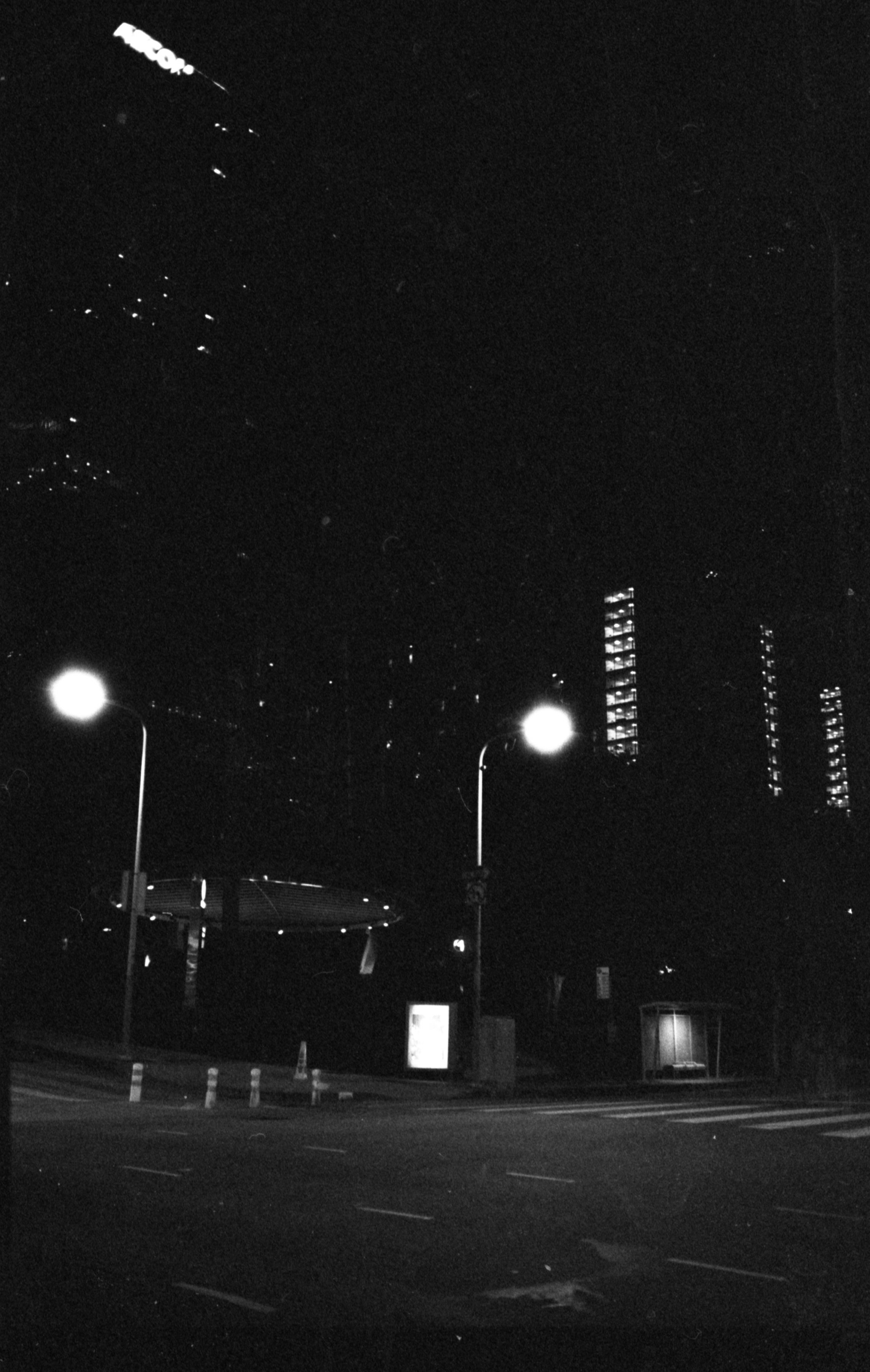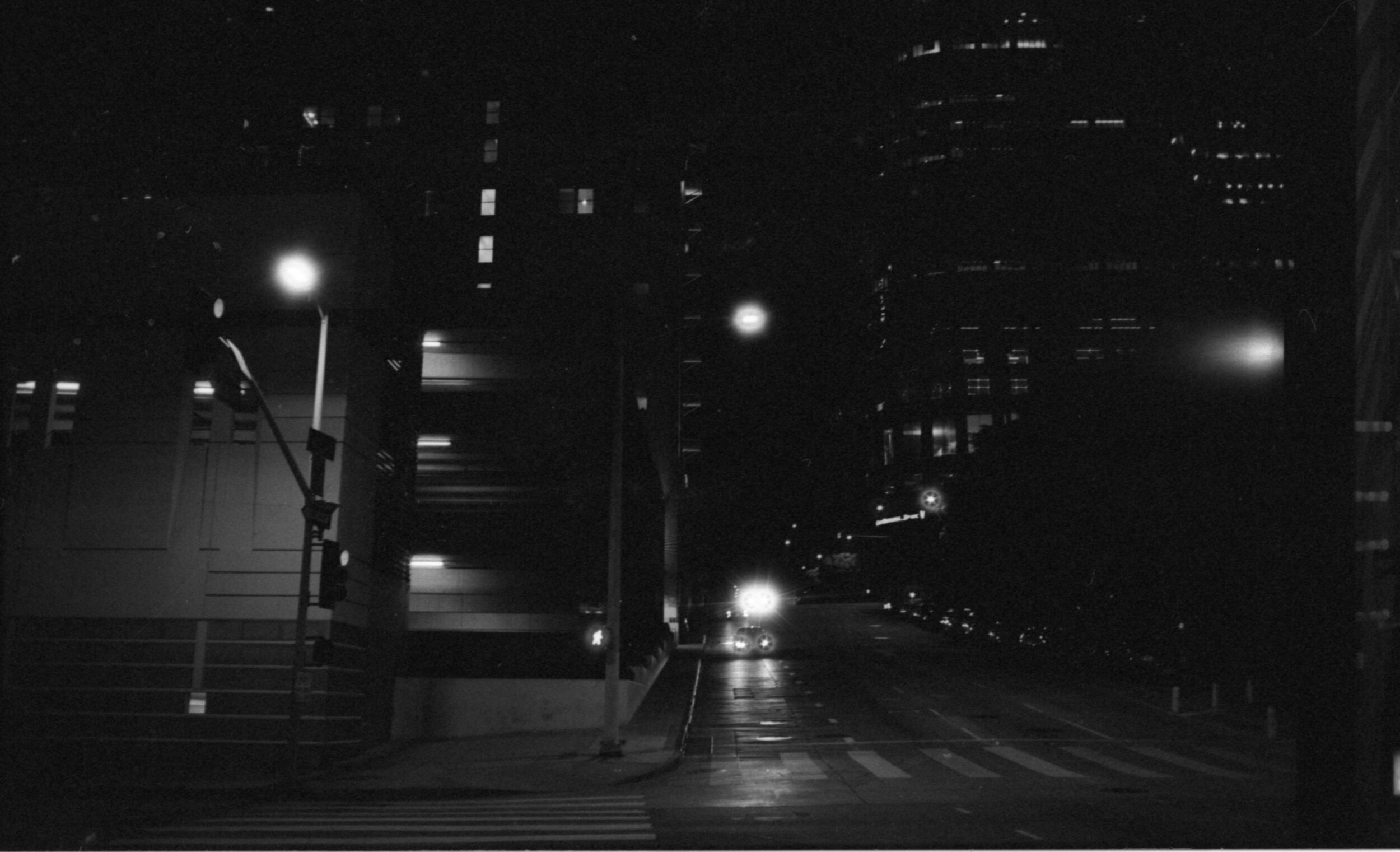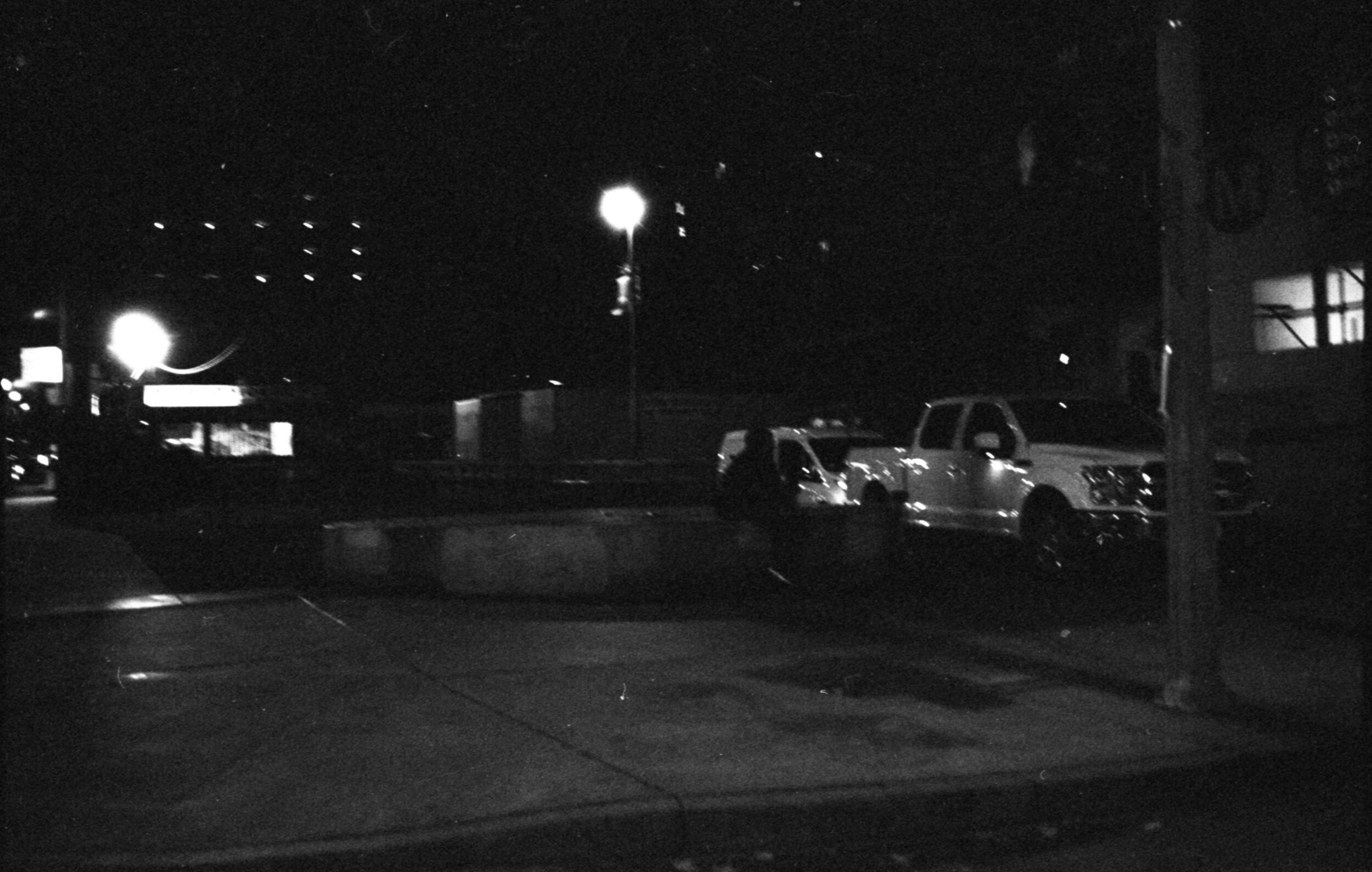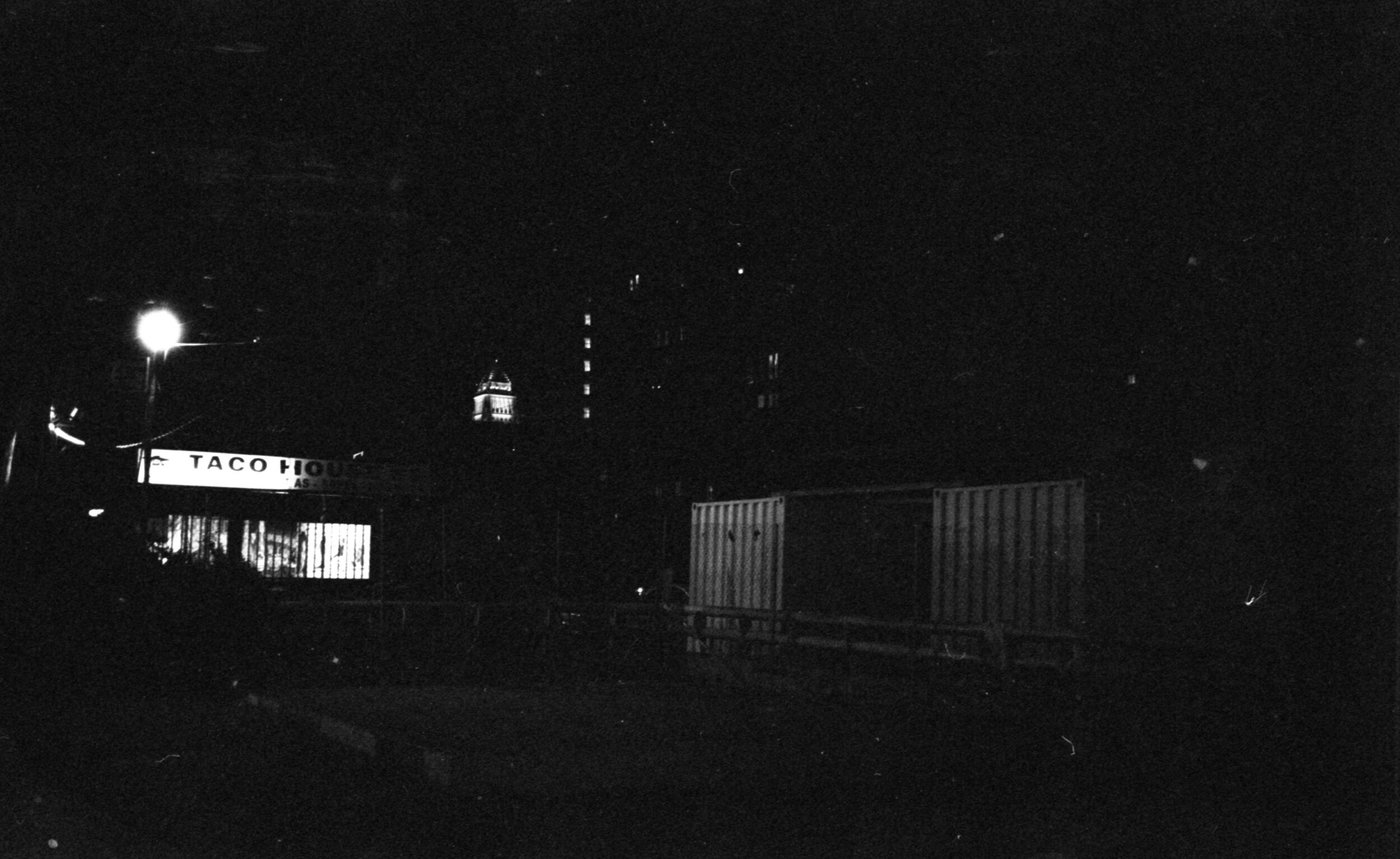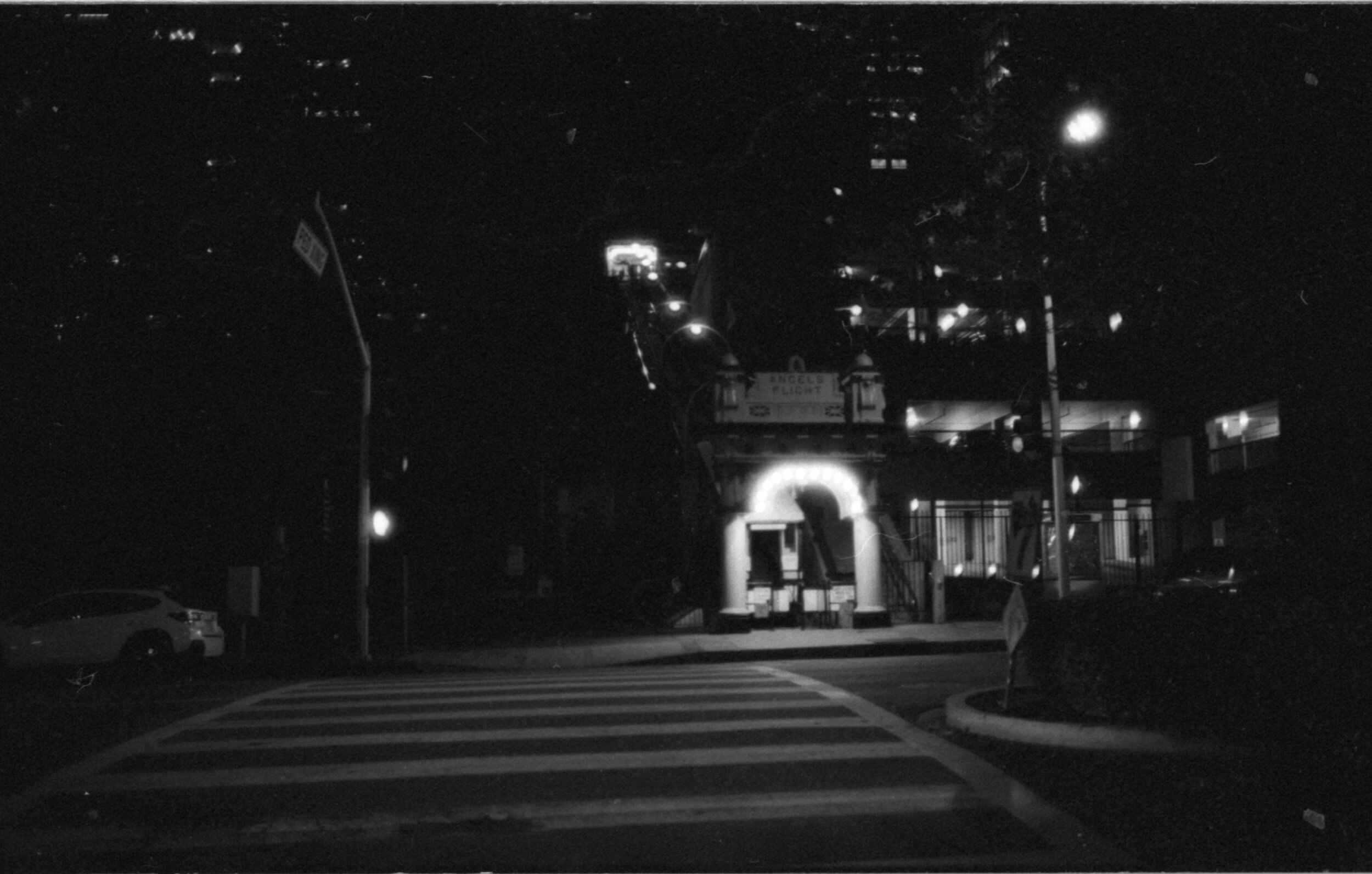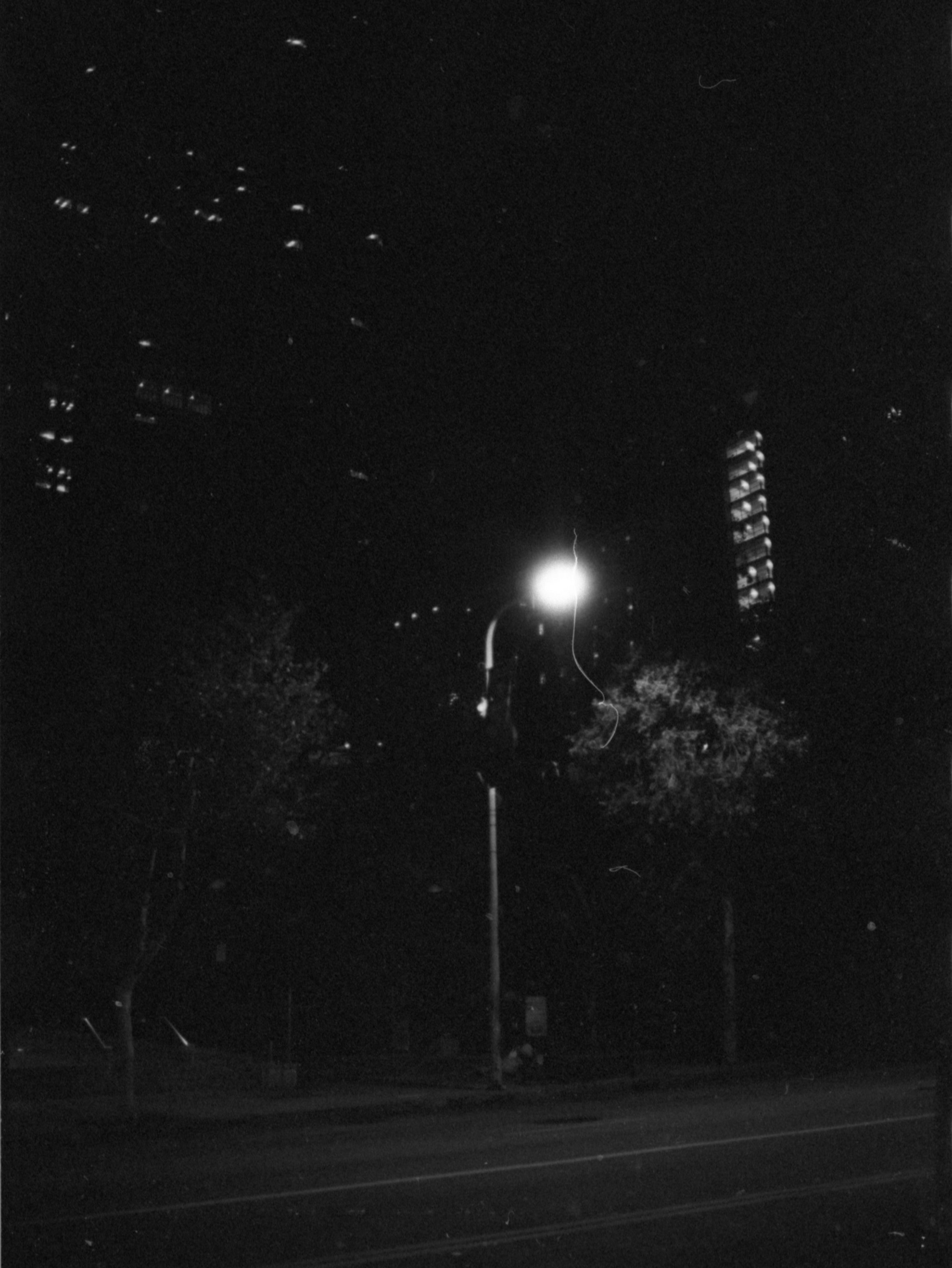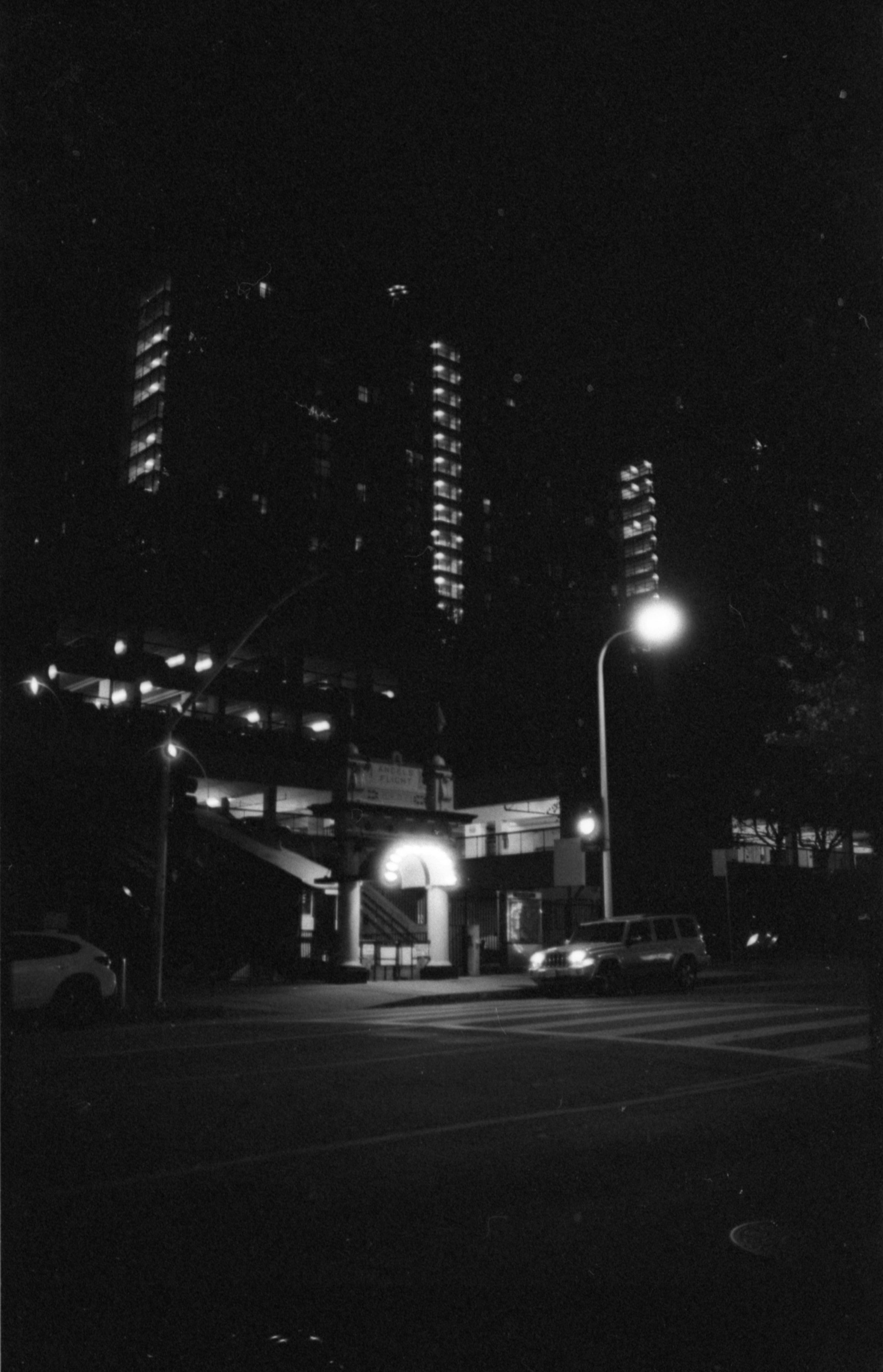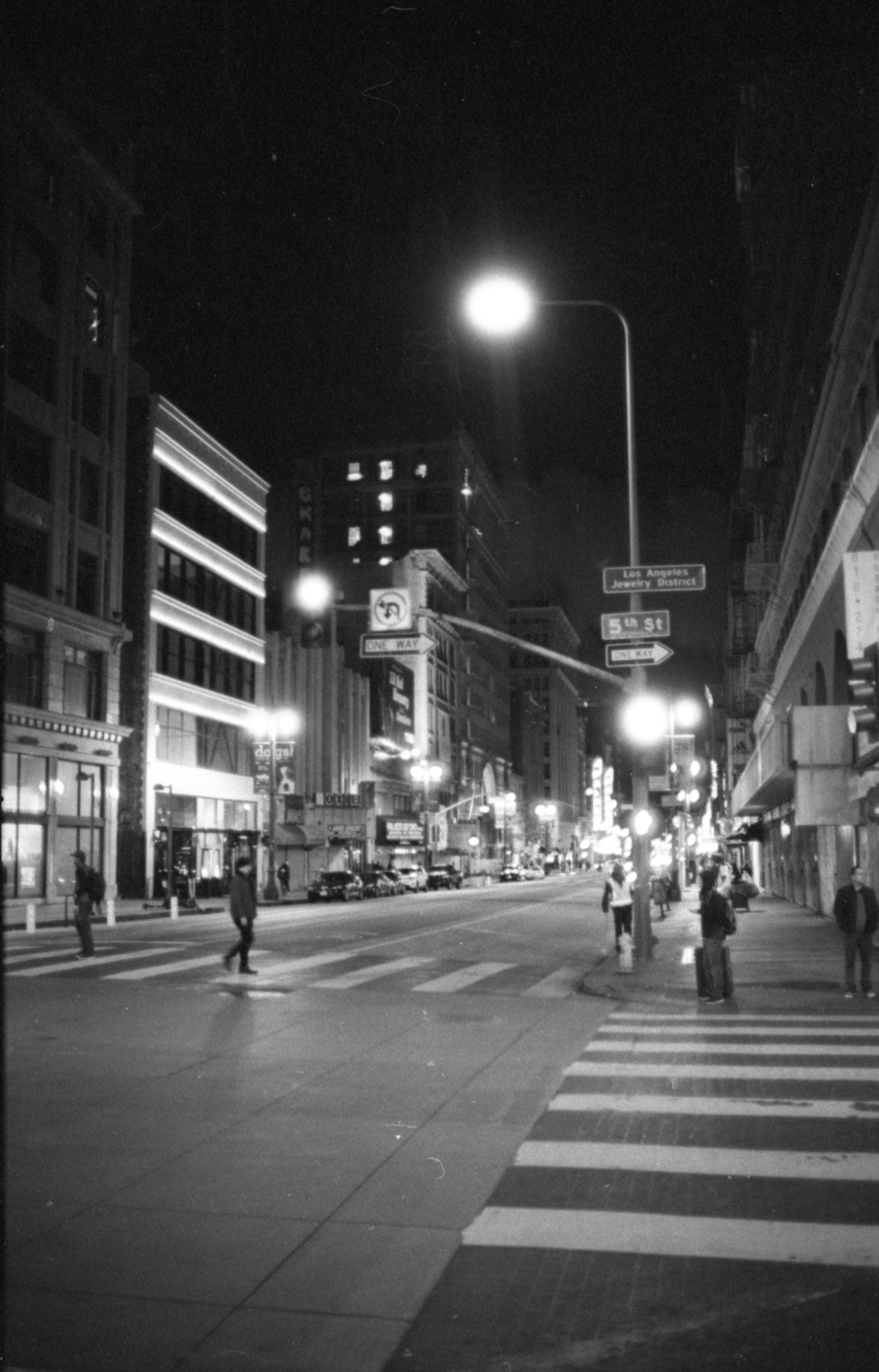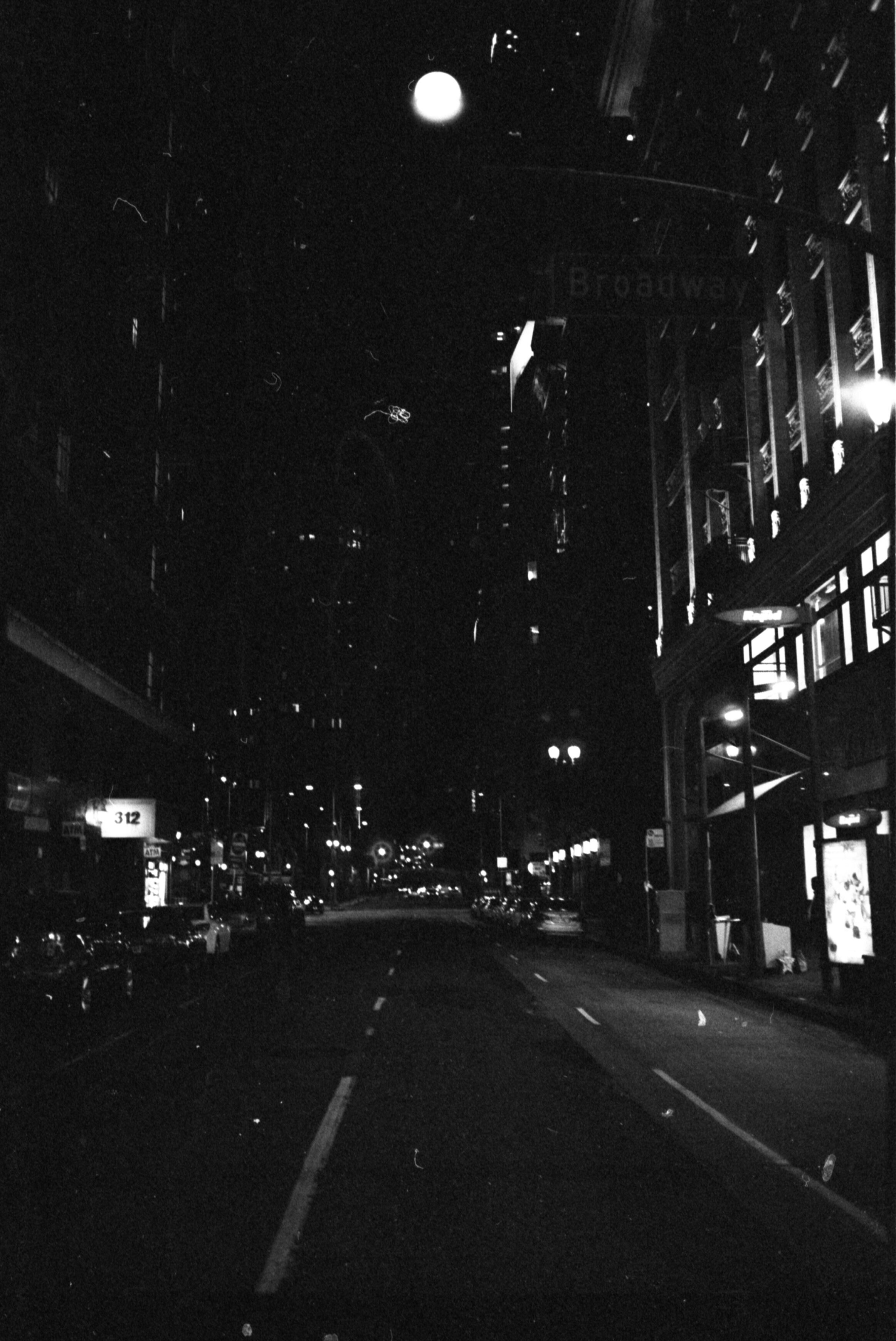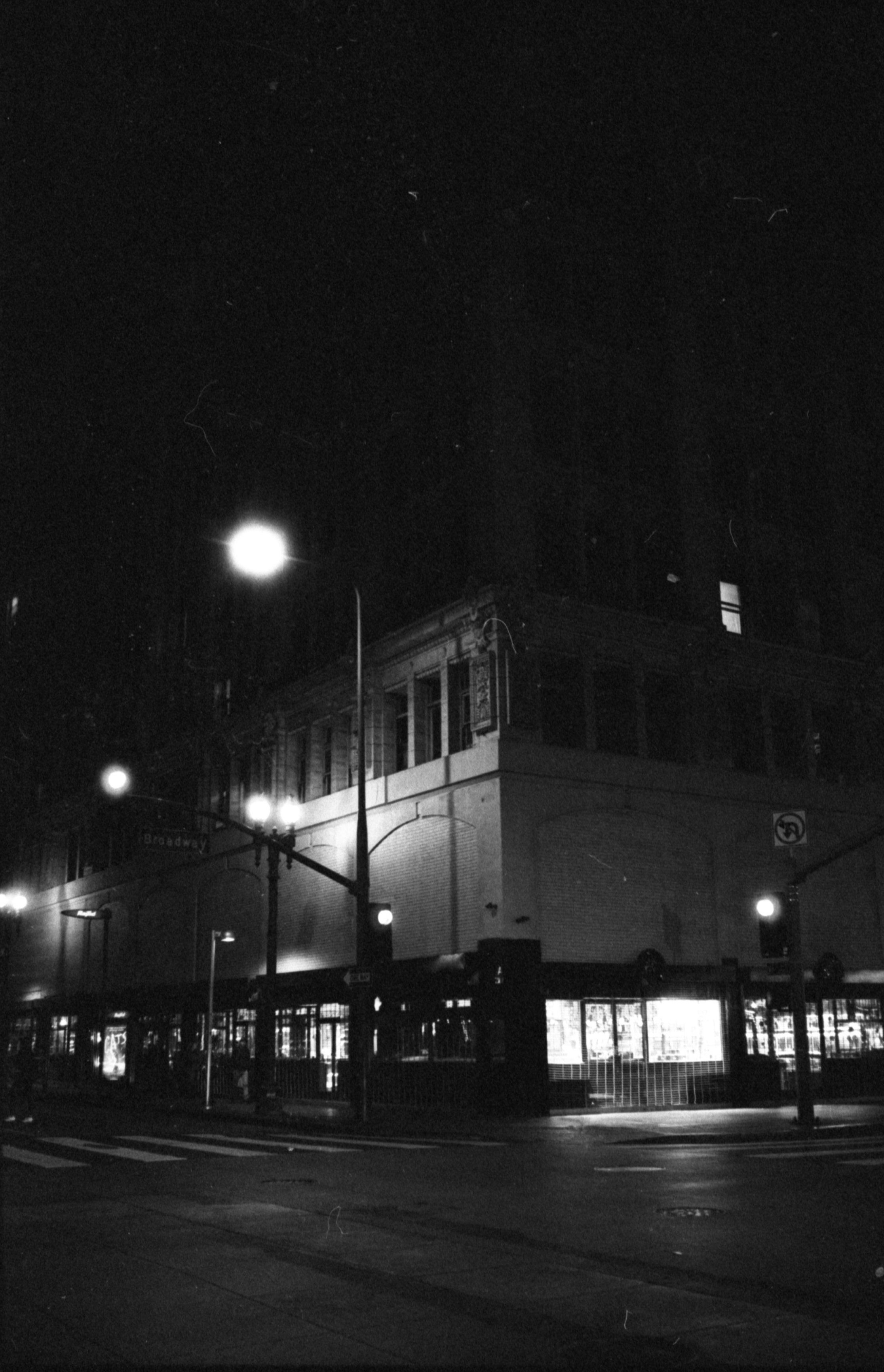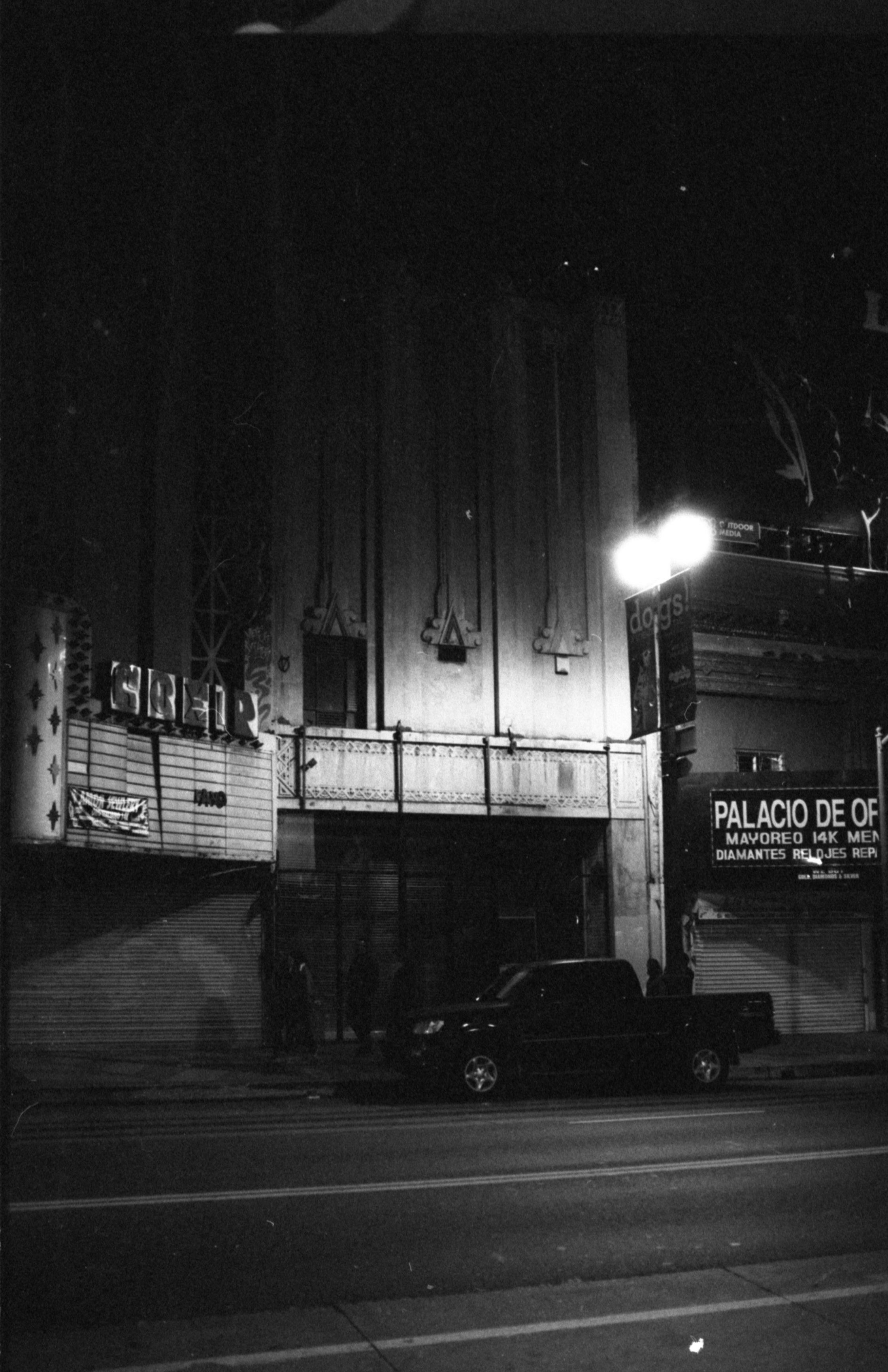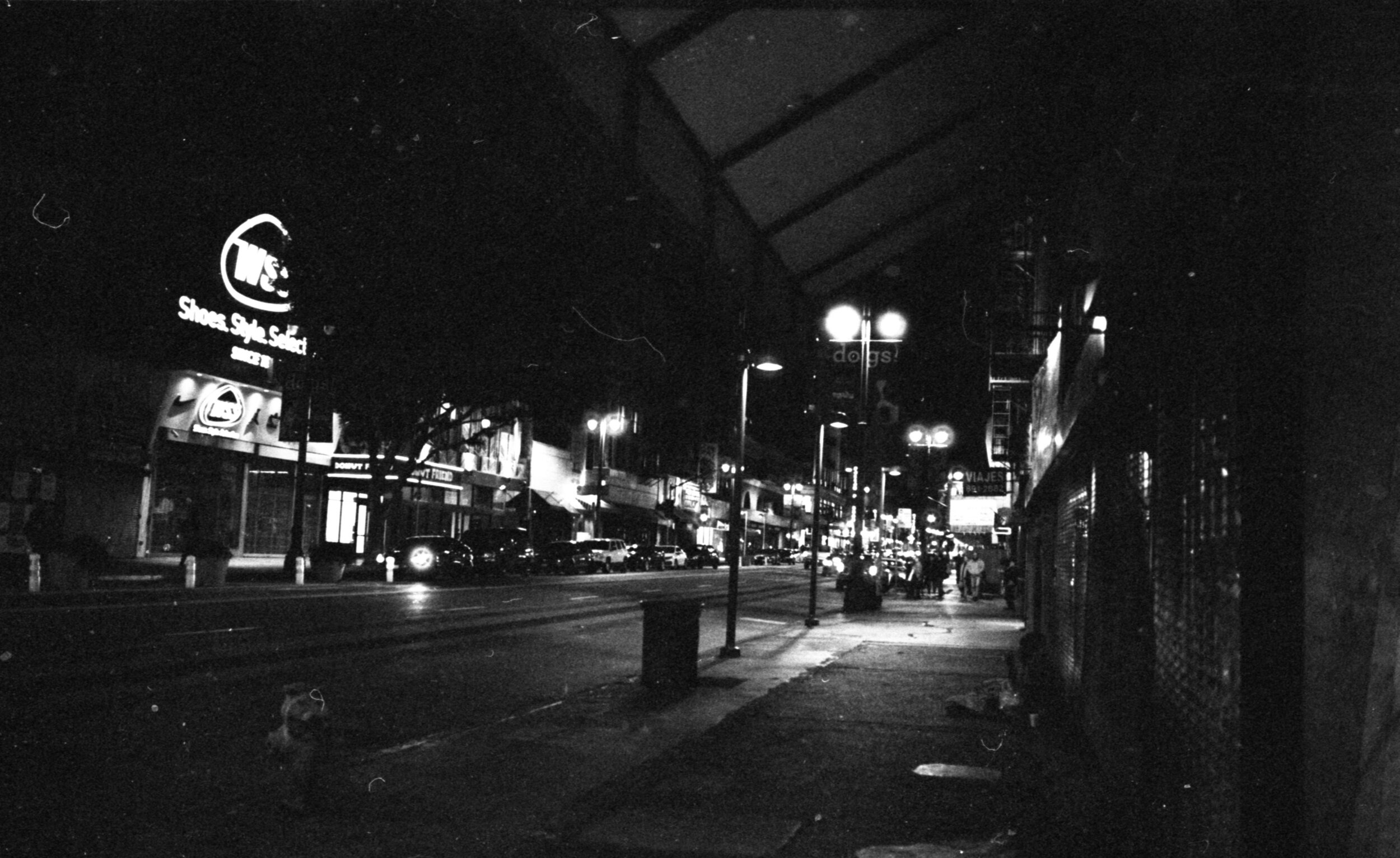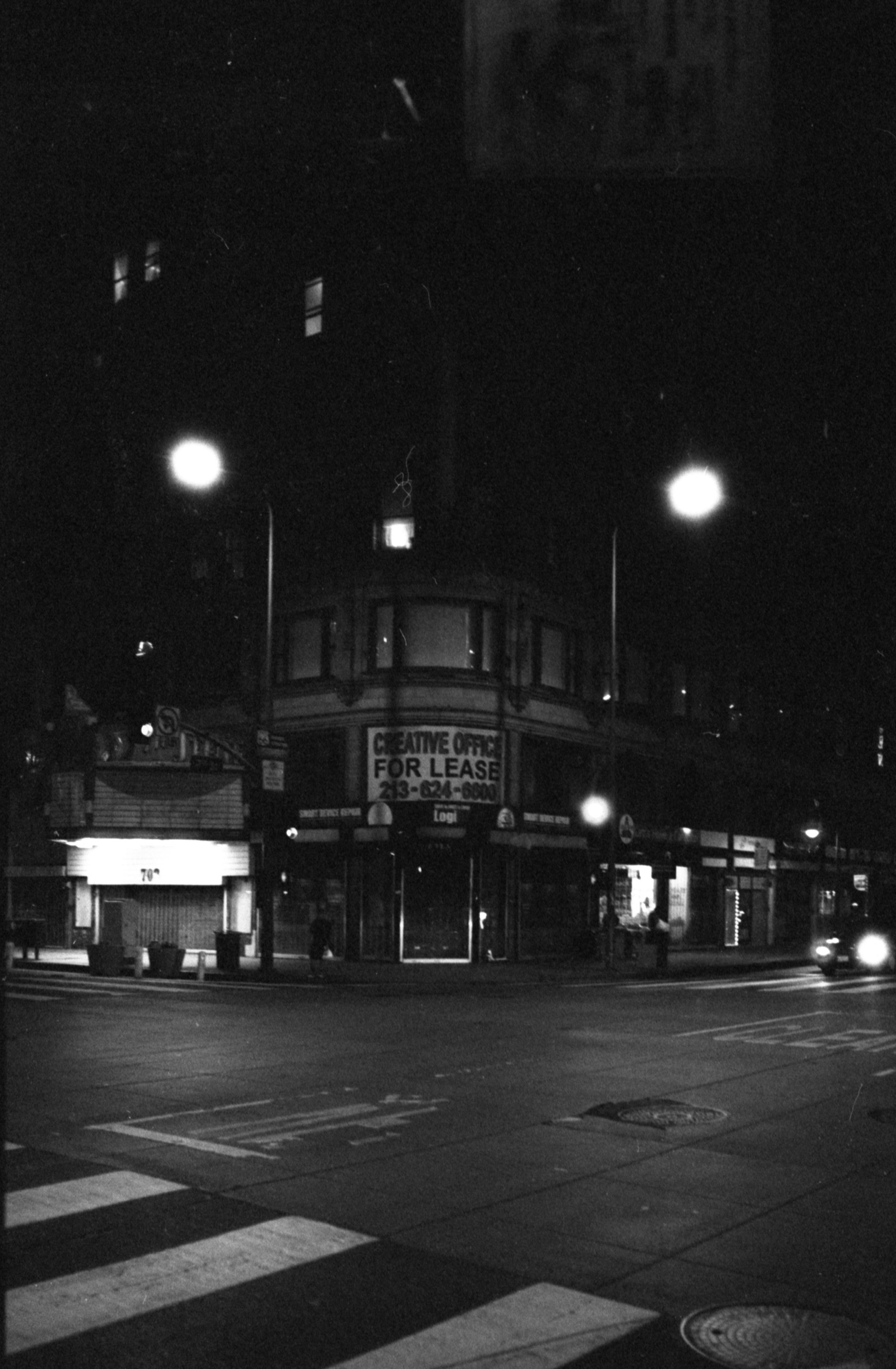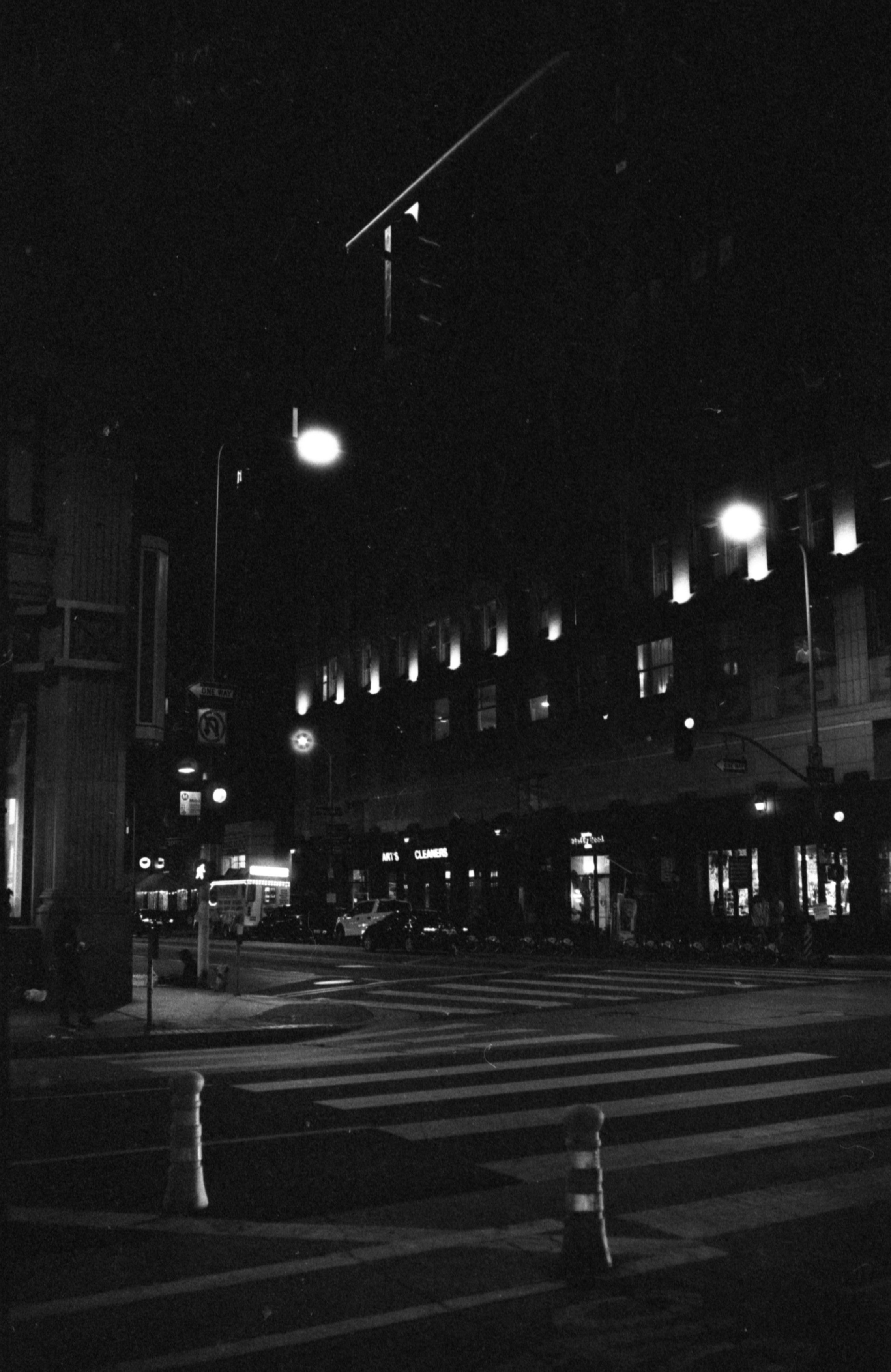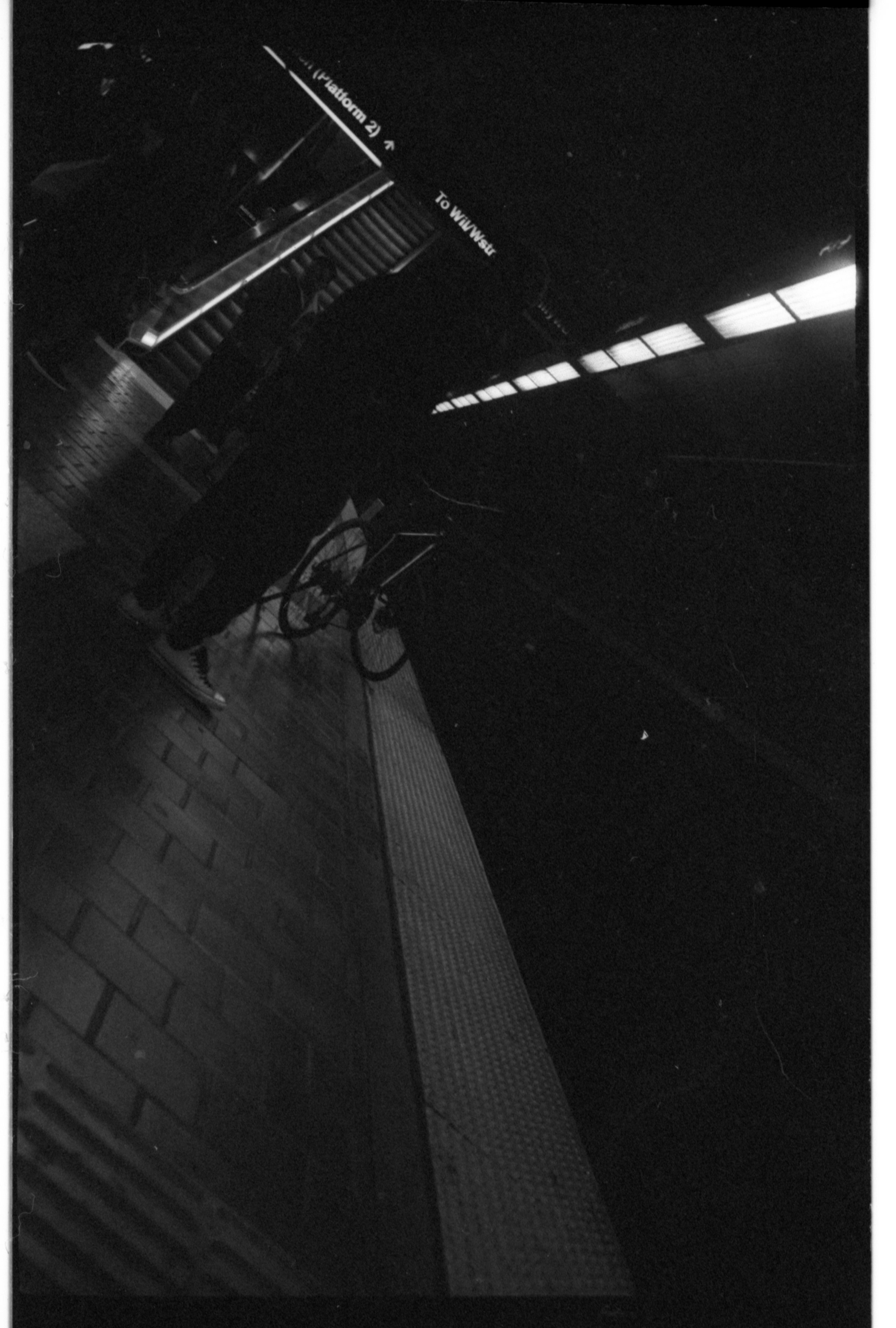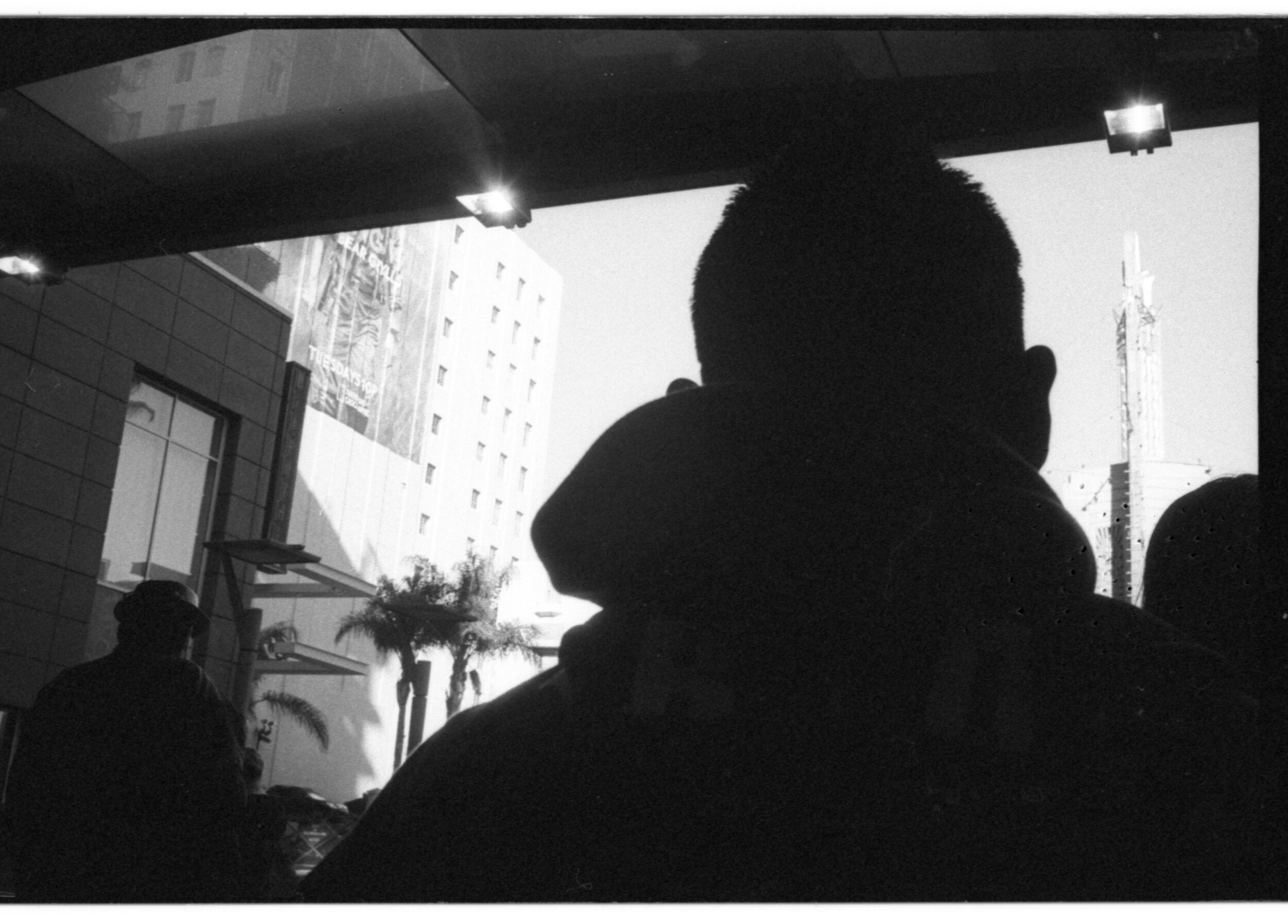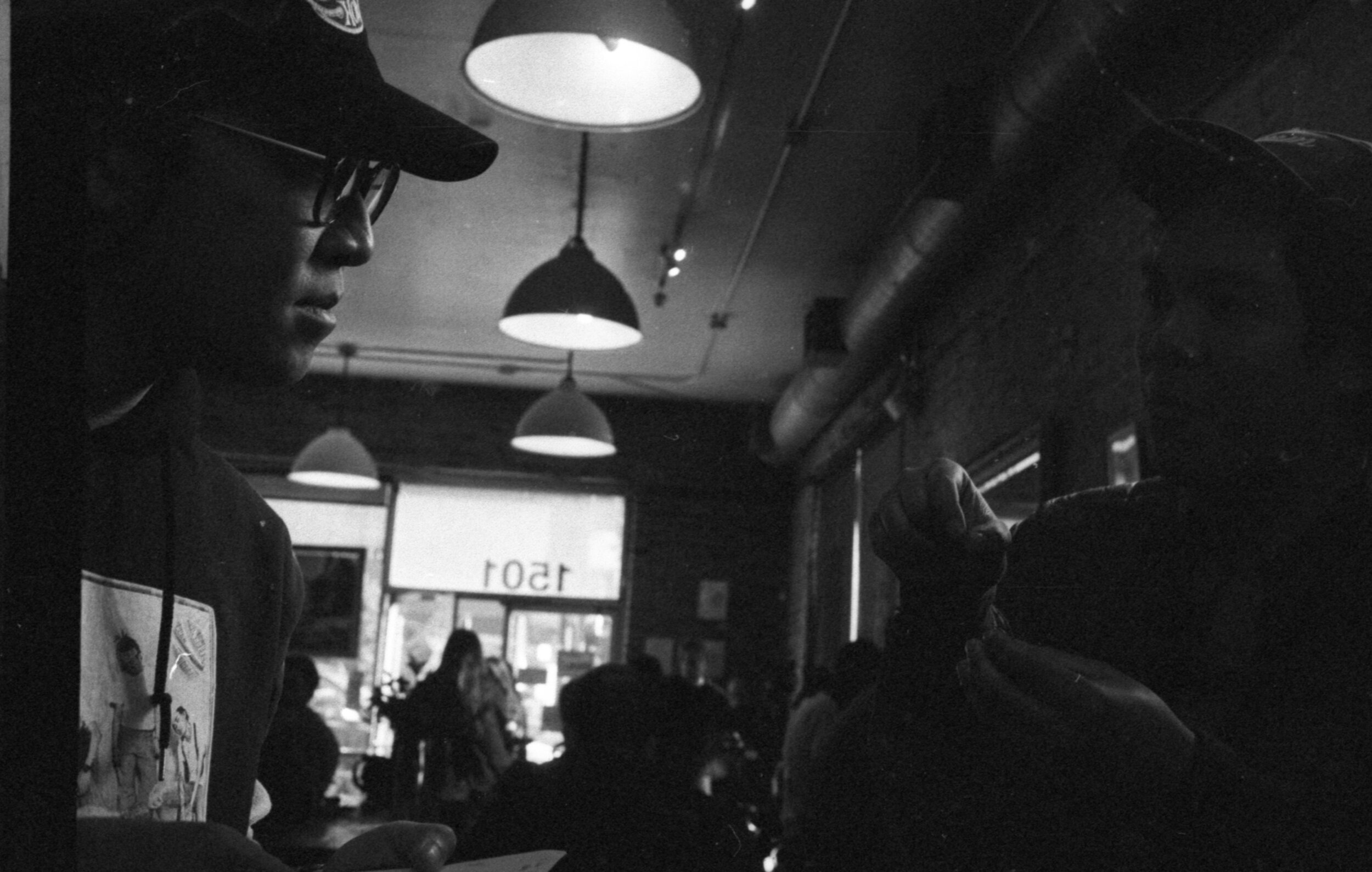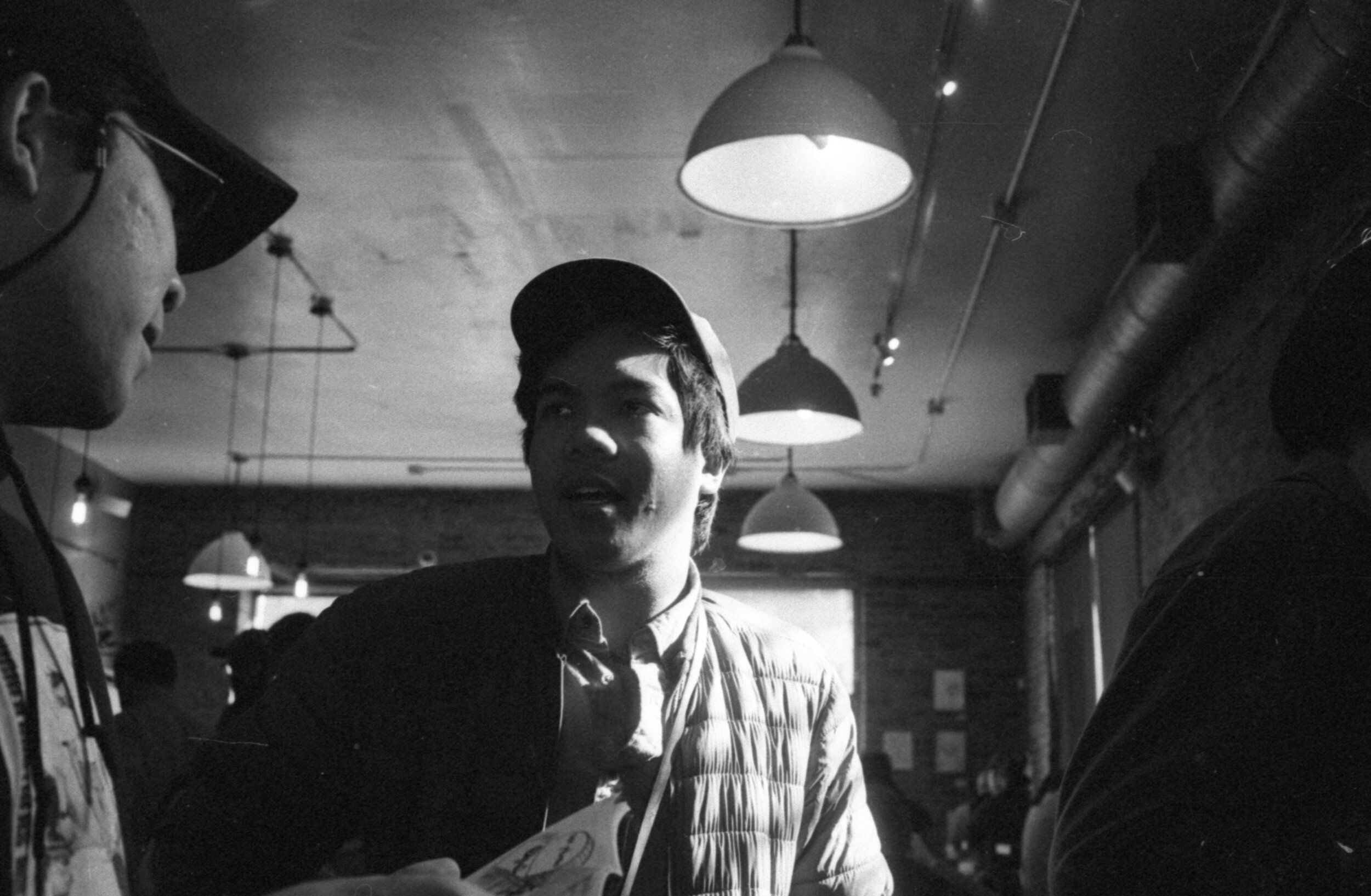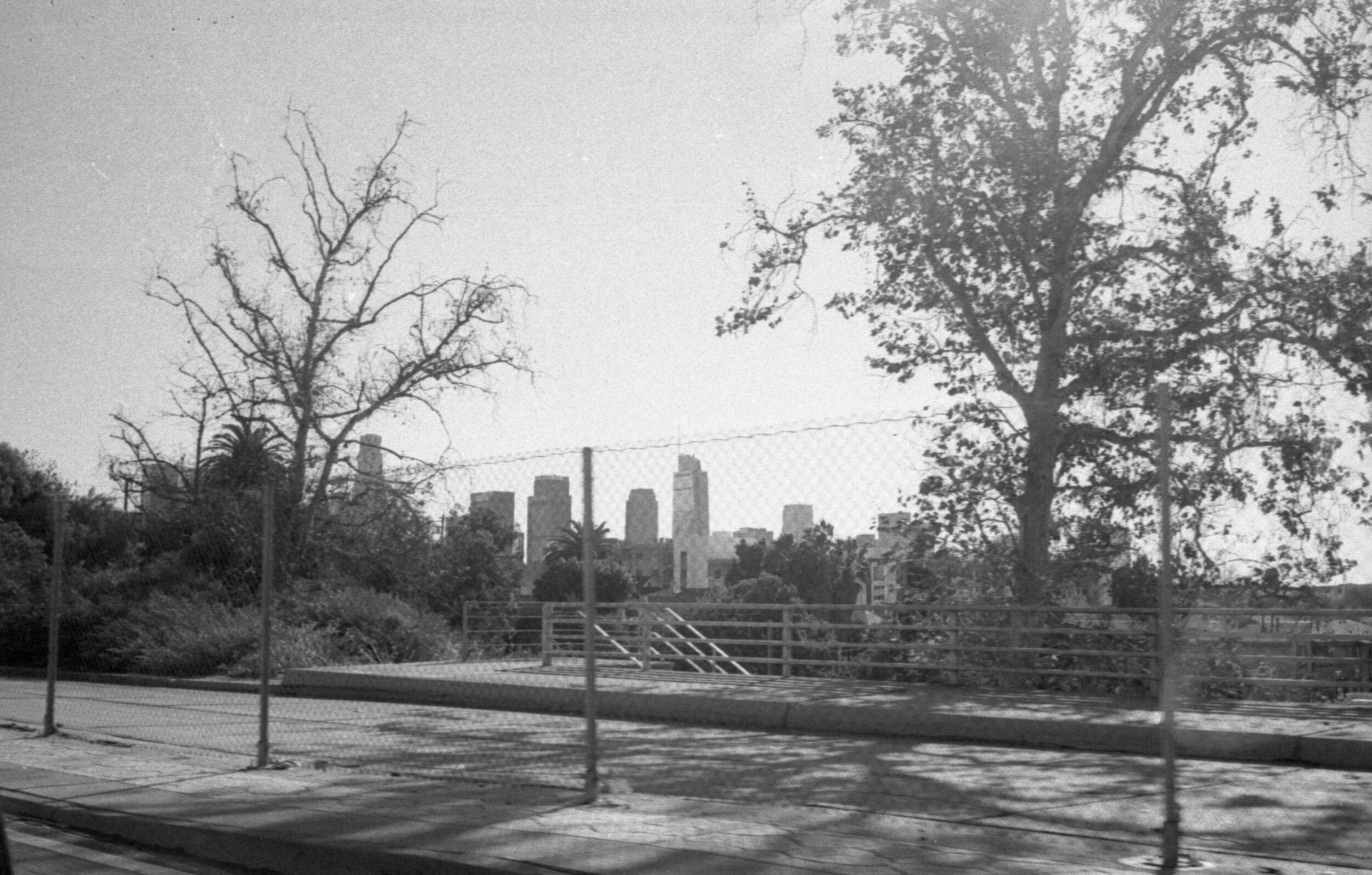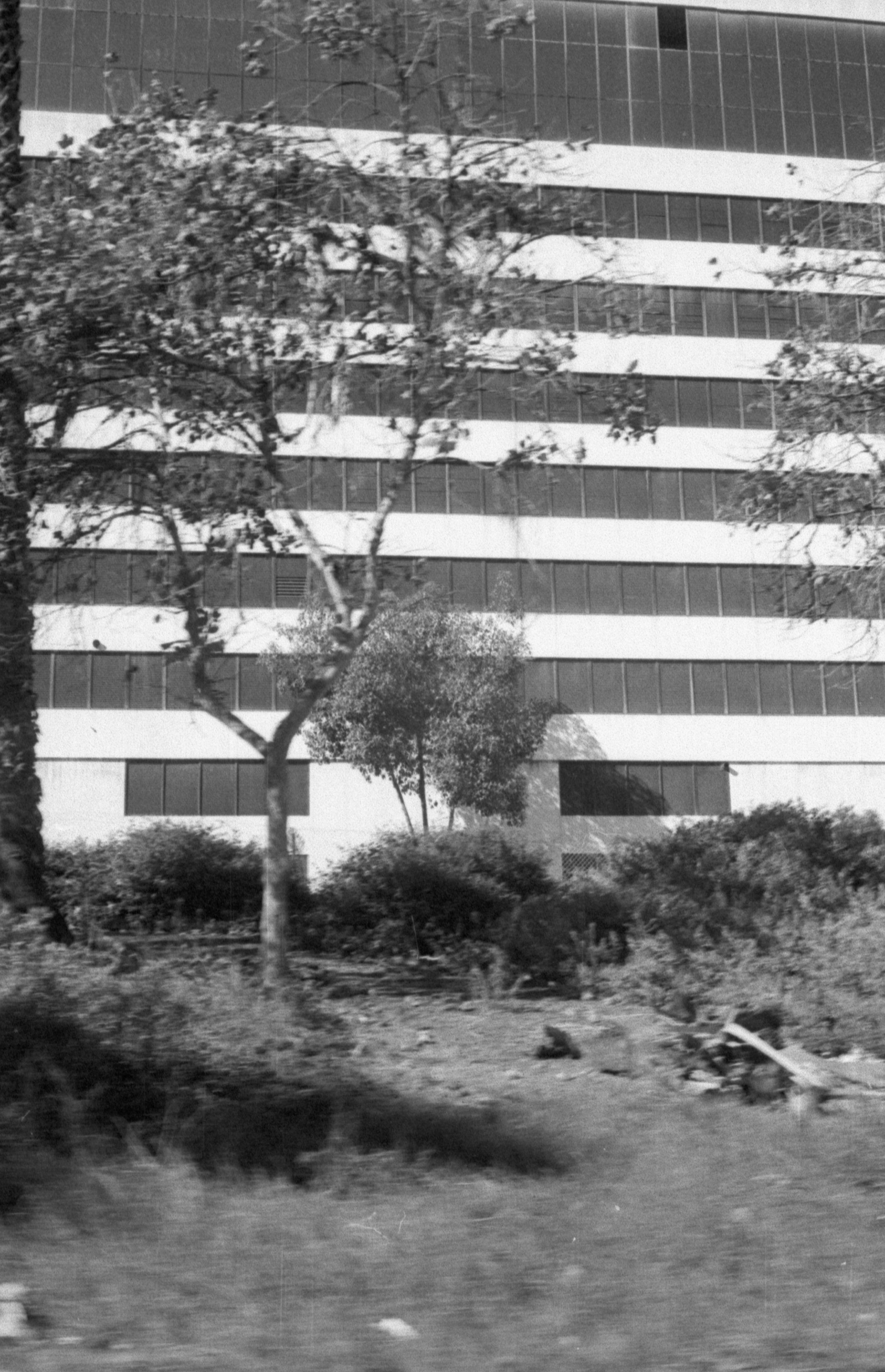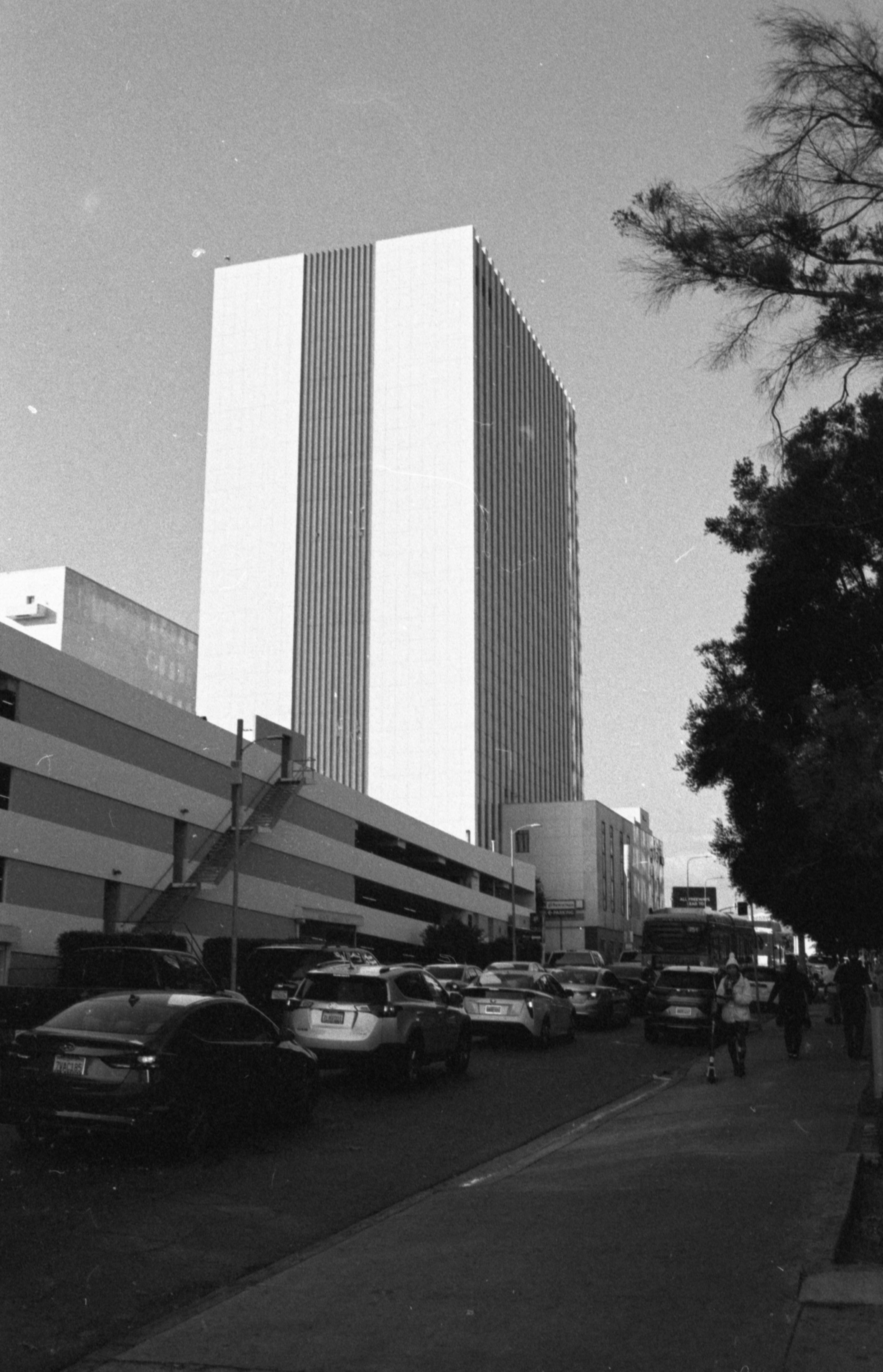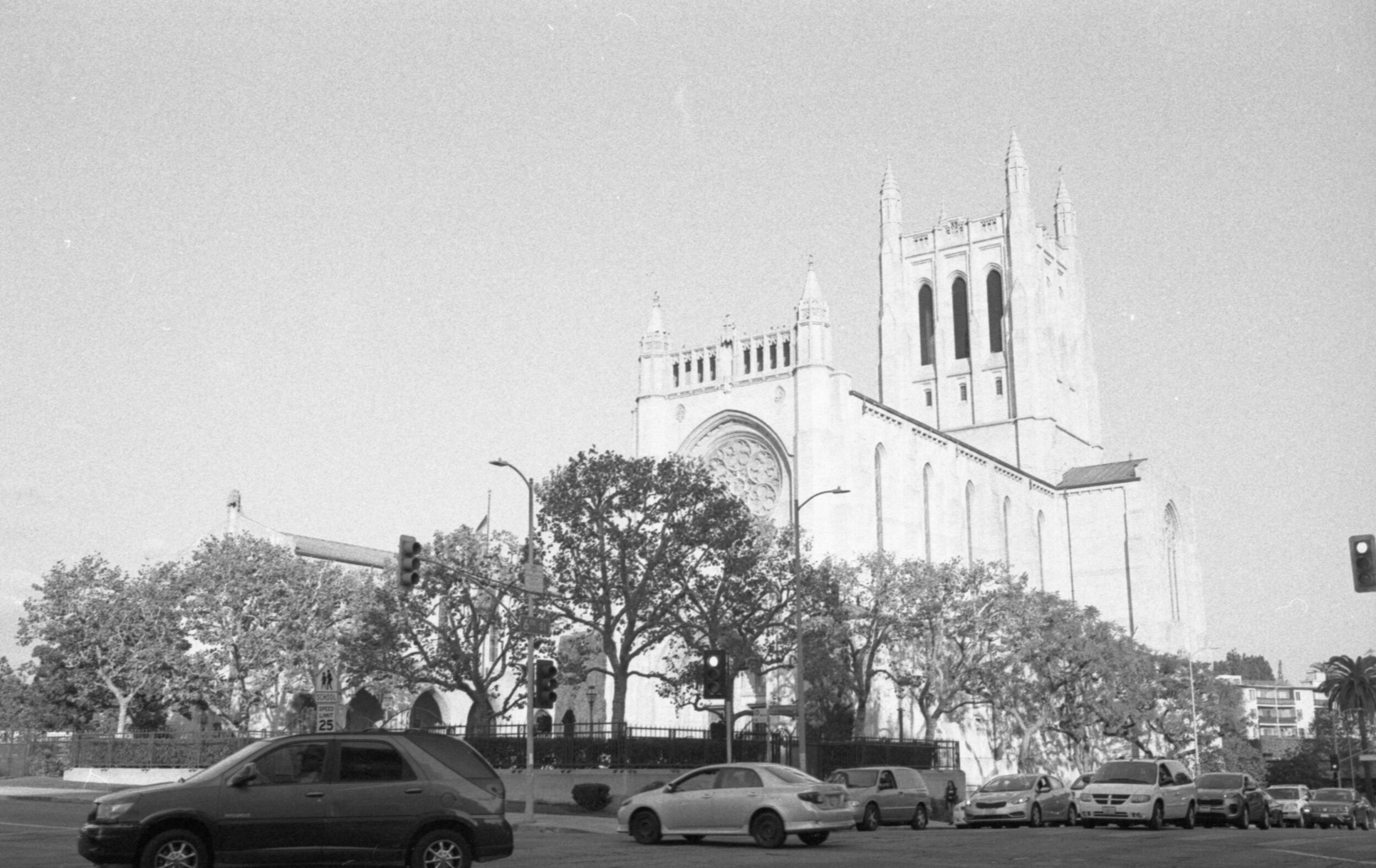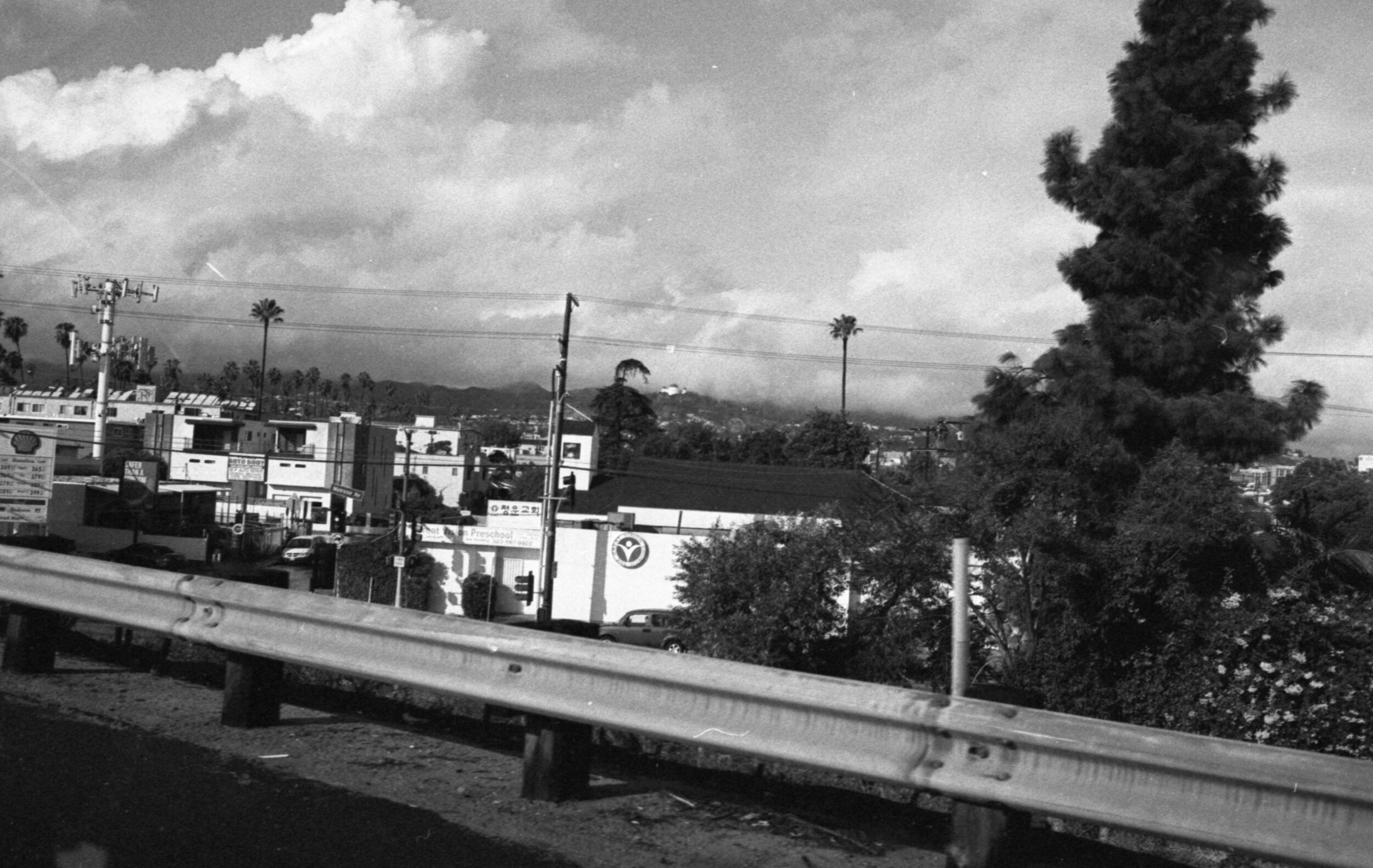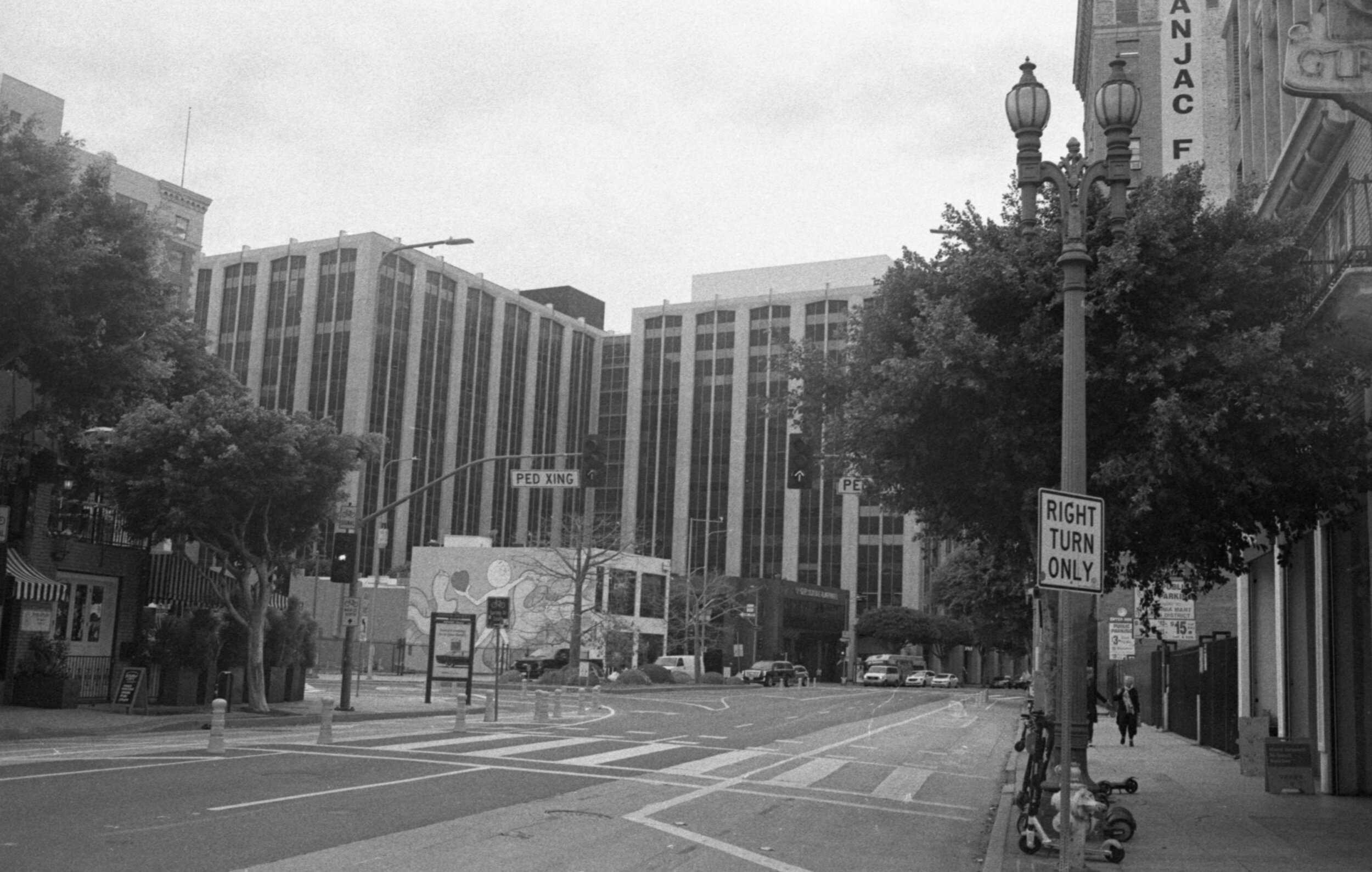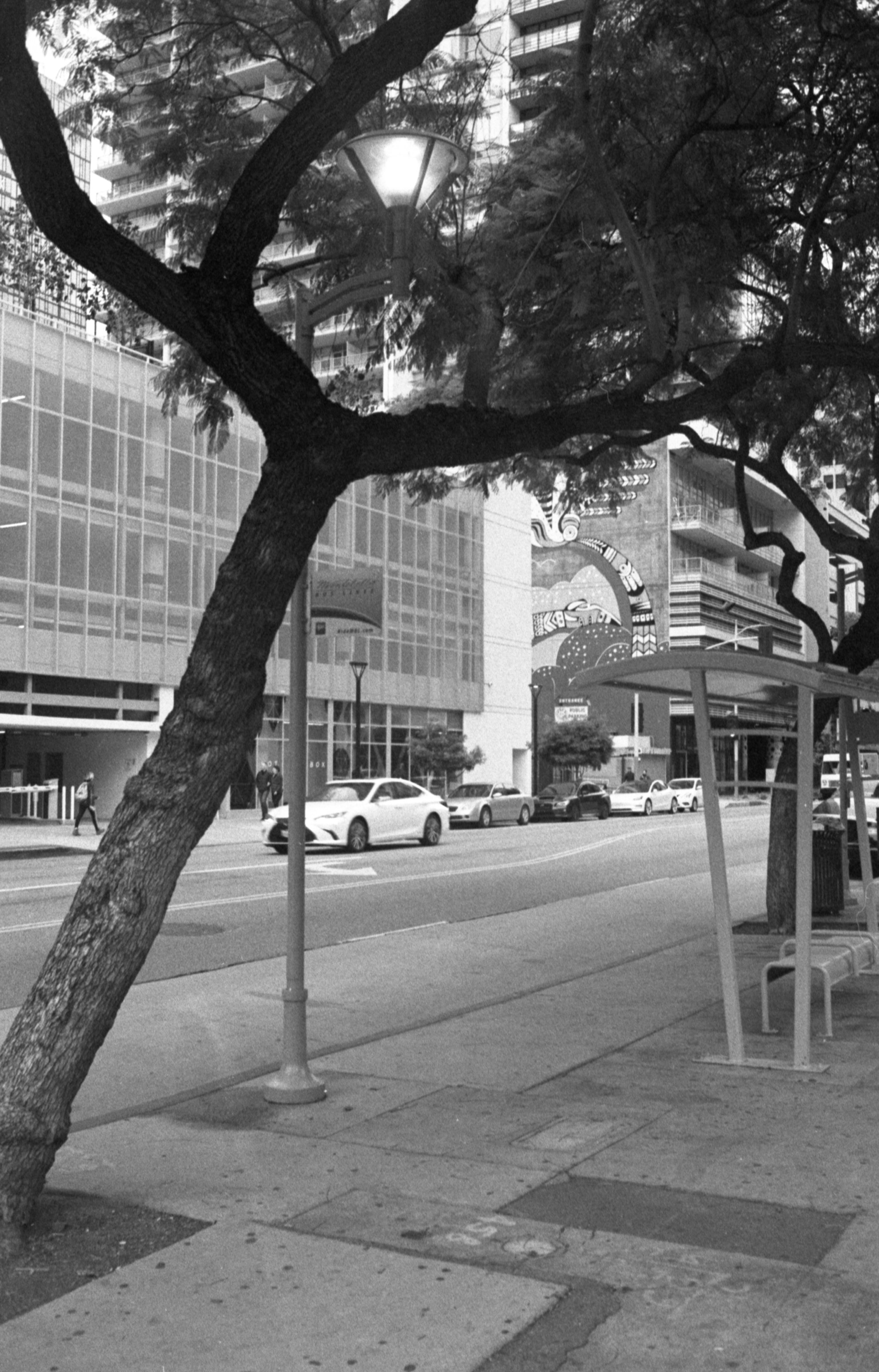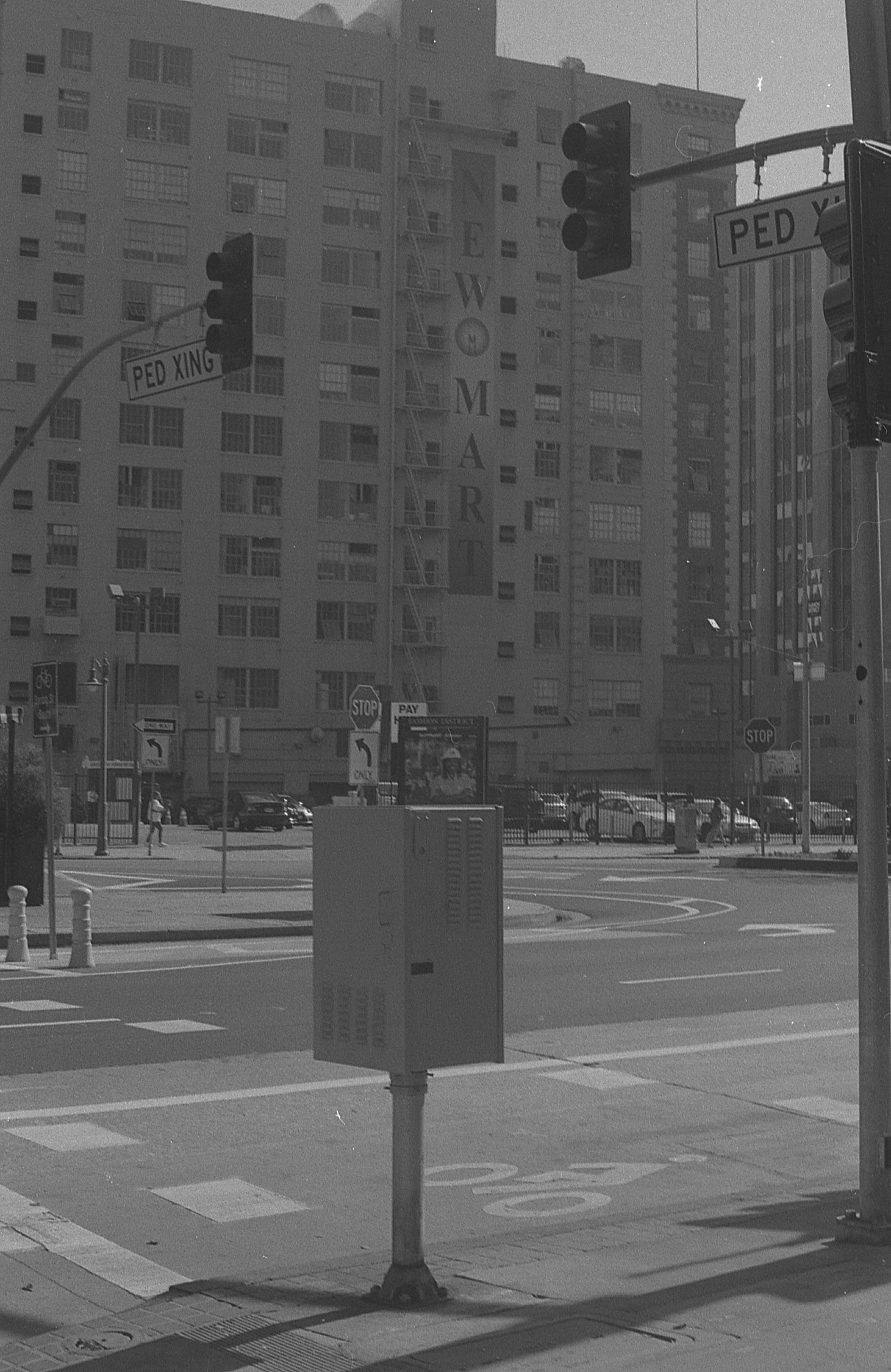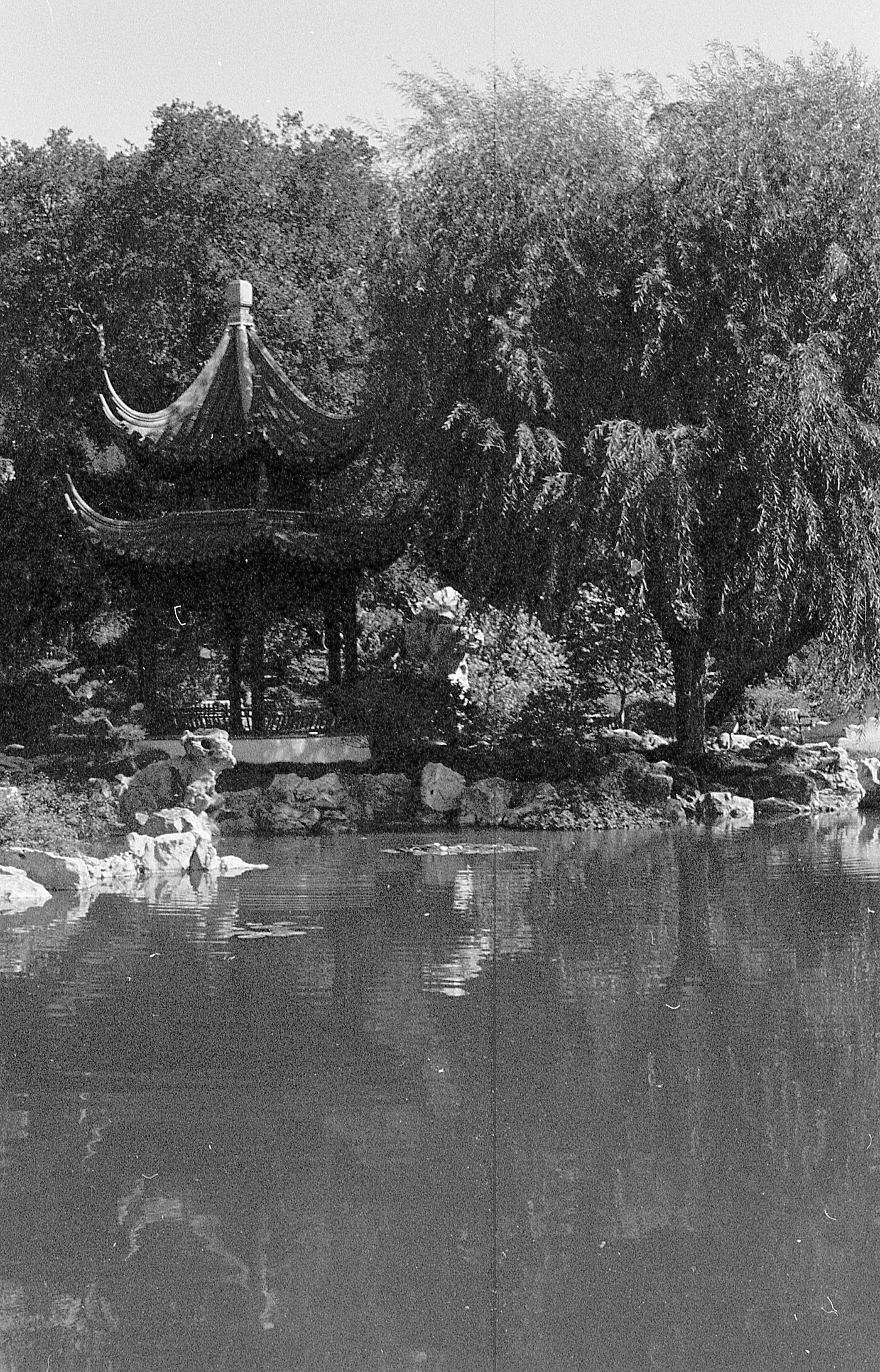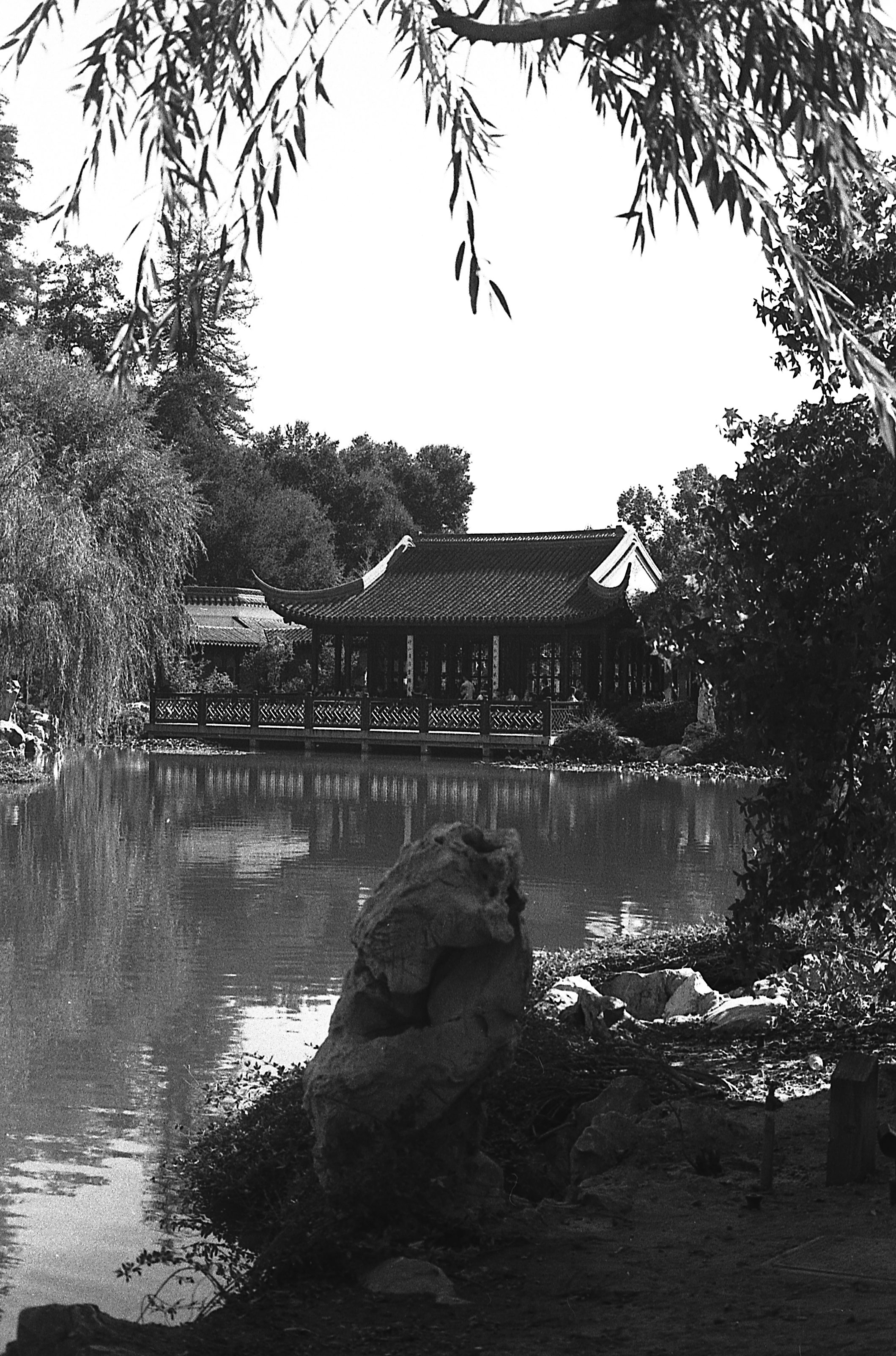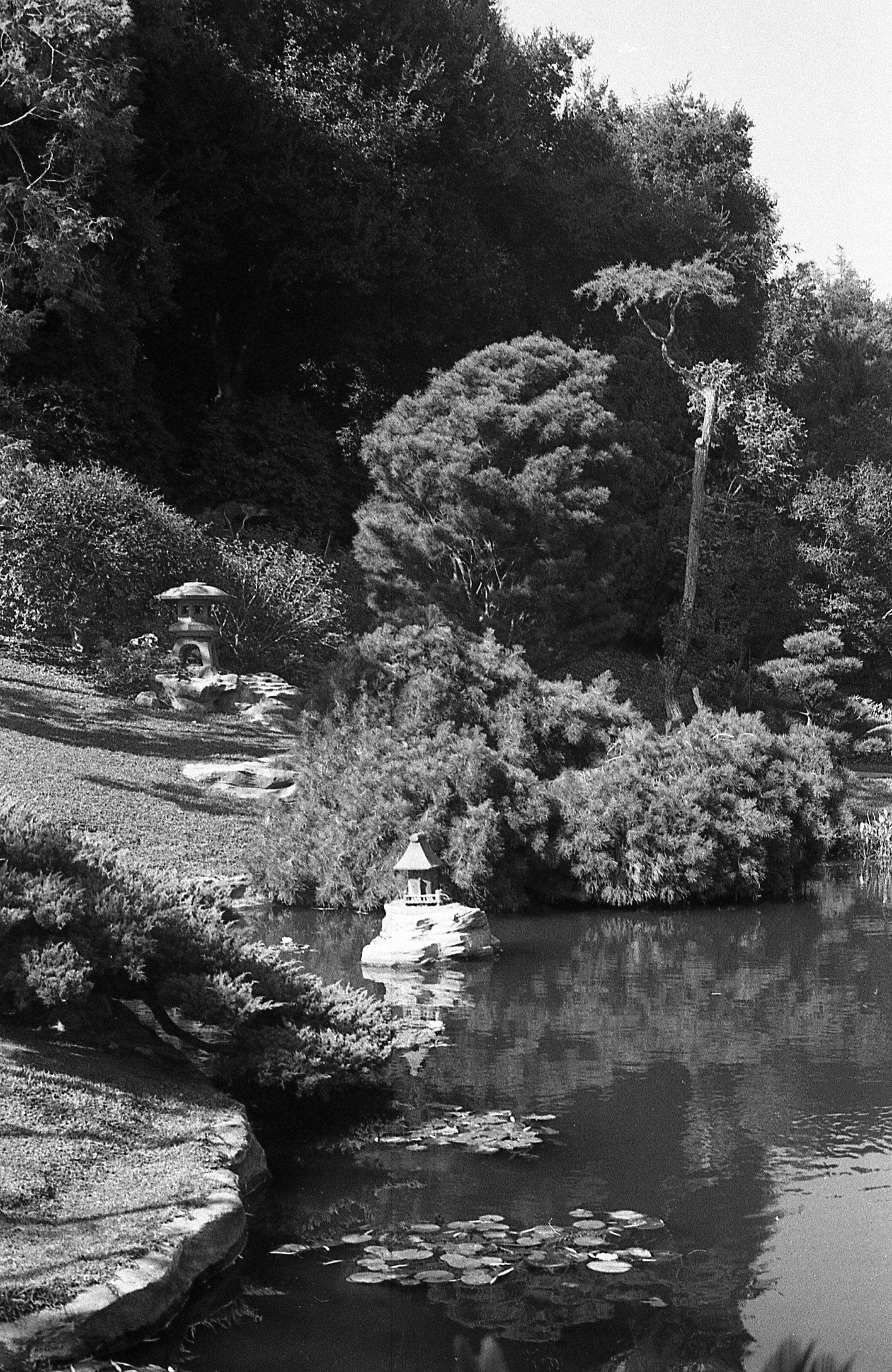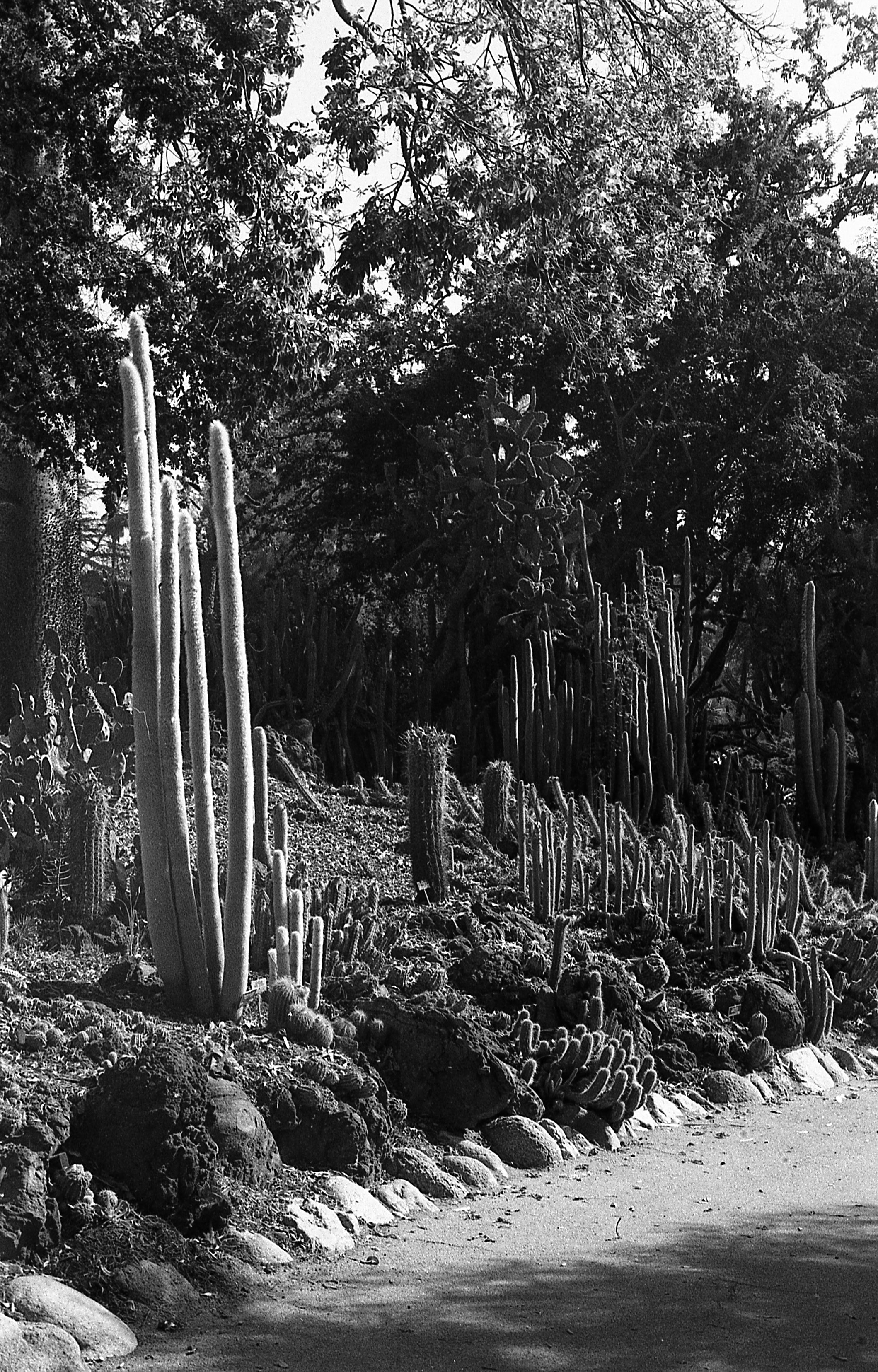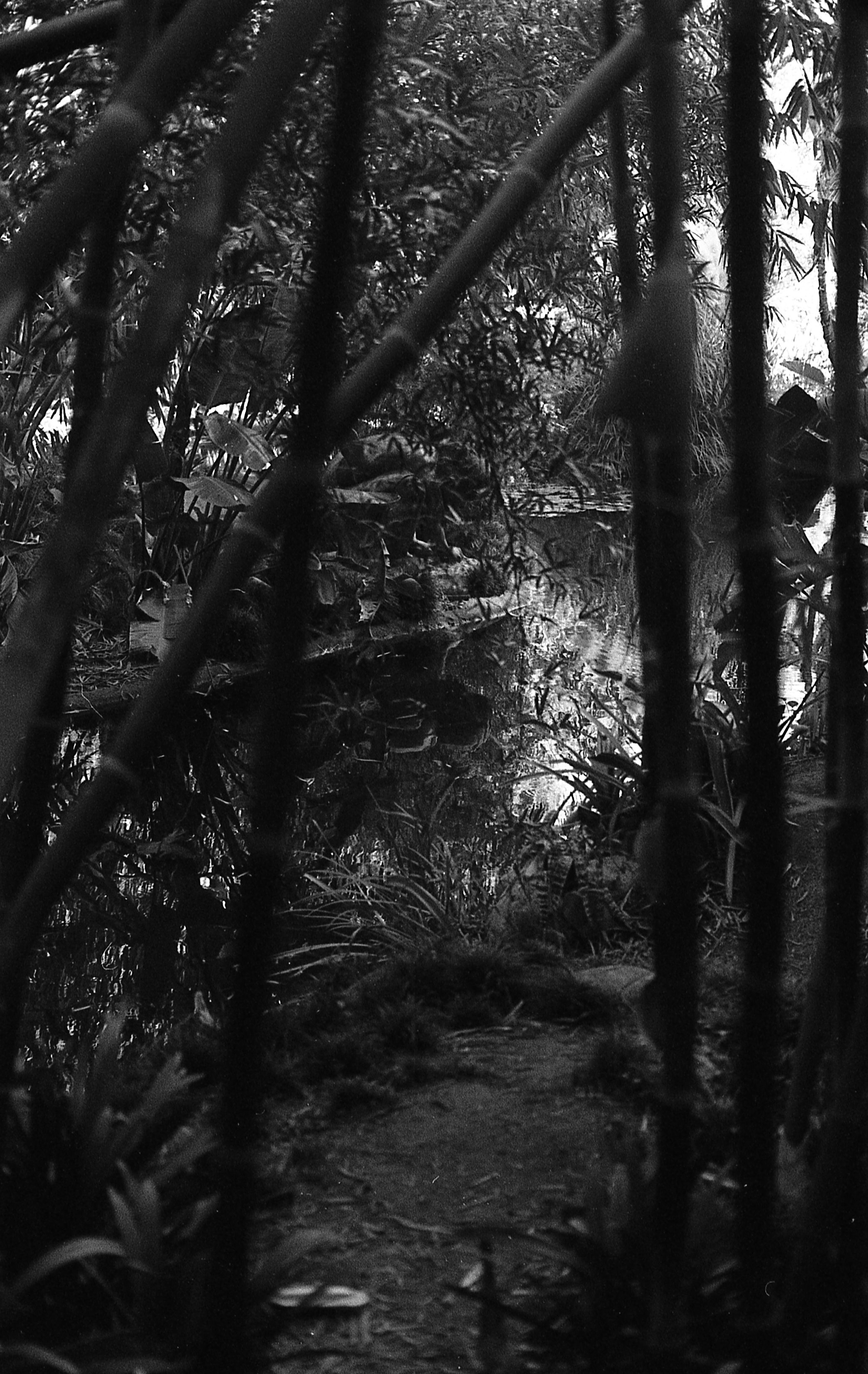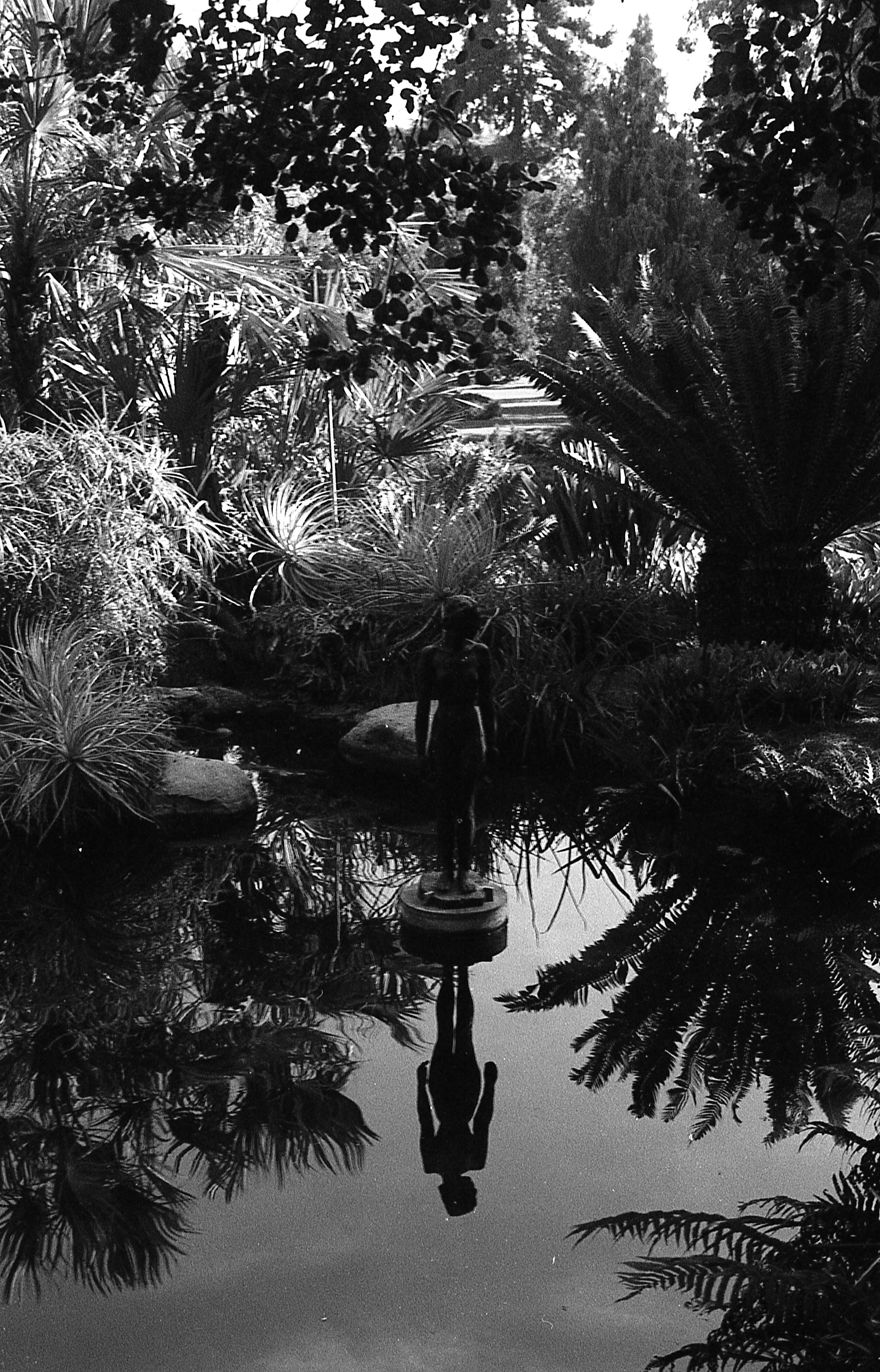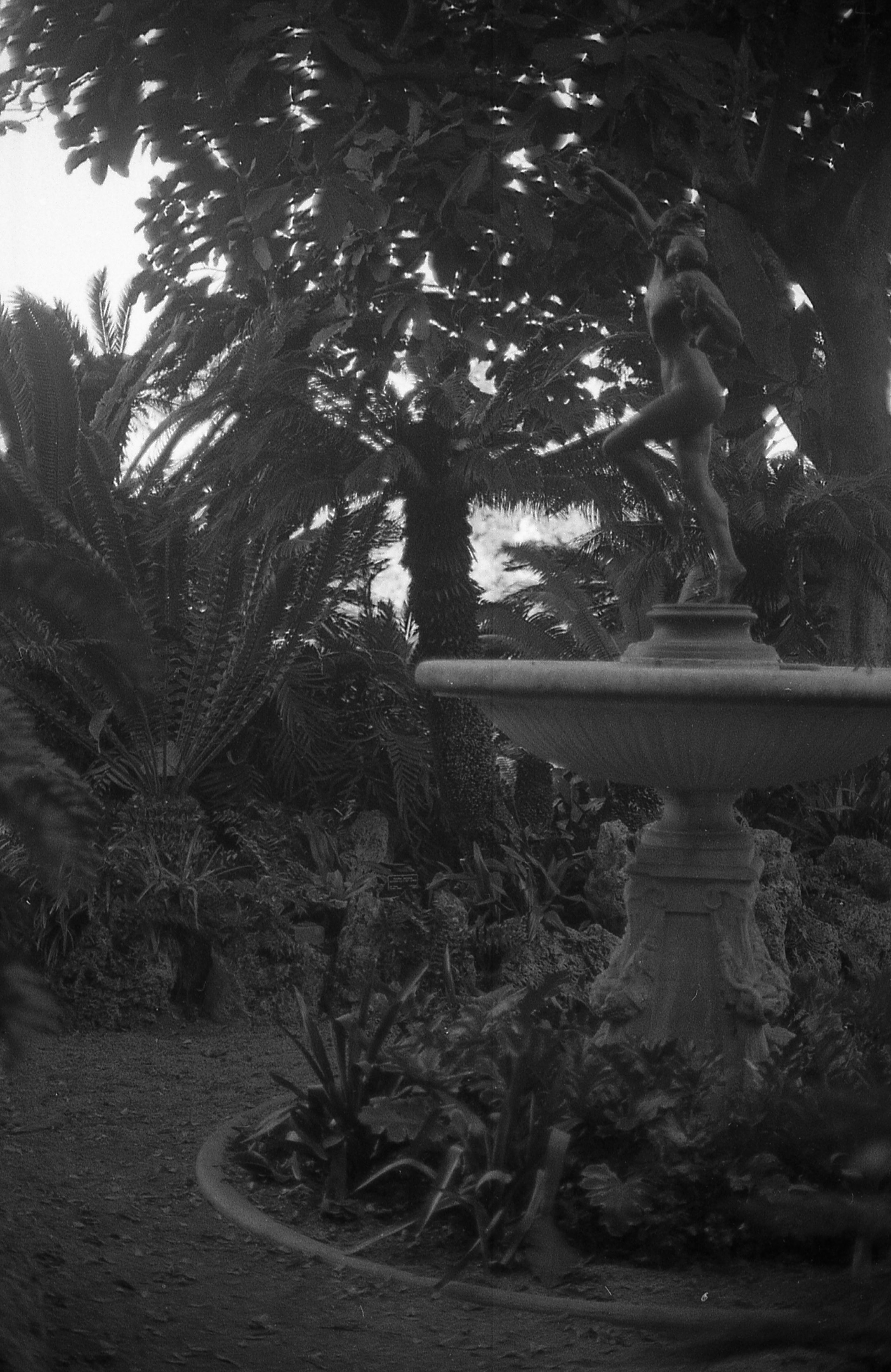Boston, LA, New Orleans, Back to Maine - Agfapan APX 400 - Early 2020
There’s nothing quite like exploring a (relatively) unfamiliar city.
Boston should be more familiar to me -- I grew up two hours away from it. For about six months I’d go down every saturday to an extracurricular at MIT, then do Boston School of Rock. A couple years later I spent three weeks learning to make a guitar there — It’s a shit guitar. I mean I love it but it’s kinda shit. At any rate I stopped through the city on my way back to LA this year I think I did last year? Maybe it was two years ago. I can’t remember -- admittedly my brain/sense of time has kinda gone to shit (NB: I wrote this bit pre-covid -- my sense of time’s just gotten worse since then).
I got to the city fairly early on the Tuesday to basically just wander and shoot while I waited for a friend - the same friend who I visited last time I stopped through Boston - Shout out Andy - hopefully we’ll get to go do beers again soon.
At this point I’m working on my eventual giant stupid lab report or “what I learned shooting” on Agfapan APX 400 (original, german made, not the Harman/Kentmere stuff) -- I developed all of this in their/all the fucking stupid old mens’ forum’s favorite for it - Rodinal Spezial, which I will refer to as “spezial” from here on out to avoid confusion with Rodinal (which I also tried). They’re actually very different developers - the branding/naming is wildly unhelpful. I’m not enamoured of it, even though it has like a six minute development time at 20ºC. If you bother to read the safety sheet, it looks pretty similar to the modern Rollei RPX developer (which kinda tracks when theoretically RPX is the modern successor to APX), and HC-110 which I’ve never seen straight prints/scans from that I’ve particularly liked - setting aside Brendon Holt’s work on film -- also I’ve come round a bit more - HC-110 does also tend to look really good with kodak 400tx/Kodak Tri-x.
I pushed everything to 800 for safety. It’s alright? Like overall it’s okay and the photos are still solid but I’ve gone on to shoot more of the film and process in xtol 1:1 -- and frankly - it’s preferable by a long shot - the film bows way less than it normally does in the Spezial, less grainy, has a sharper edge to it - likewise if or when I run the film in standard Rodinal I’d expect quite a bit of grain - (it’s an old tech film) - but general sharper or edgier results (look for that further down).
Anyway, I decided to run all around Boston, Boston proper mind you -- for those unfamiliar with the area, the “city” of Boston is really made up of like 100 (exaggerating) smaller cities. I basically made a giant loop through the north end, and met up with Andy at the end of the day near Boston College. There wasn’t much light at that point so I don’t have too many photos from there on.
As much as Boston is an Old Colonial city, I honestly find that I tend towards shooting the skyscrapers and the brutalist public structures that crowd the main business district. I definitely shot less than I thought I would on this trip/visit, even given a whole day - in fairness I’ve gotten a lot choosier about the shots that I take.
Also in the spirit of changing stuff up, I tried to employ a looser/faster shooting style and more hipshooting to continue to push my previsualization skills -- also to try and feel out what shooting more like Moriyama feels like. I think I got mixed results. It felt okay at first, and there’s a bunch of stuff I do like, but I’m not 100% how I feel about the whole thing -- I think if I’d picked a developer or a contrast ratio that was a bit punchier and gave the photos a harder edge that might’ve helped some. Food for thought.
In other notes this is still a fairly early outing for me with the Minolta Rokkor-x w 35mm f/1.8 - though still equipped to the ever-constant Minolta XD-11. Some of the compositions are a little awkward, I’m still kind of wrapping my brain around the lens - I haven’t or hadn’t really gotten it under my fingers or in my brain all the way, but overall the look or angle of view has grown a lot on me. That said, I think I’d prefer the 1.4 of my 50mm than the 1.8 of the 35mm - I know that’s like ⅓ stop distinction but when it gets dark that ⅓ seems to make a world of difference - or like you’d be shocked at that difference.
I shot the film at 1600 and 3200. Not much better — take a look above and below for examples.
I’ve later come around and decided to merge this with my review overall of APX 400, and my return to maine photoblog - because it hasn’t really been all that long, and it’d be a really short post otherwise.
I think if I learned anything shooting the APX it’s that some film is just straight up dogshit awful - like theoretically there are good photos but like whatever. I feel like it’s worth noting that even the kenmere/harman (Agfaphoto APX 400) version of the emulsion is also terrible - and wildly expensive.
I basically packed all my shit up in about a week before lockdowns went into full/heavy effect in LA and then fucked off home back to Maine because, believe it or not, before covid, I was actually pretty tired of LA - no disrespect to anyone currently living there or from there - I just couldn’t hack it there anymore for my own personal reasons - it’s nobody’s fault but my own. I’ve wrapped up a few projects - which may or may not see the light of day.
Pretty quick after getting back to maine (and quarantining indoors for two weeks) - I scored up a camera kit containing a Minolta Rokkor MC-II 58mm f 1.2 (and some other bits) - to sell - which had some issues, but overall has performed fine - but I used that along with some of the APX 400 to finish testing it - I’m still definitely going to be selling it - I still prefer the MC PG Rokkor 50mm f/1.4 - for a 50ish lens length if for no other reason than familiarity, and that I personally believe my copy is magic - even though I seem to have really switched to 35mm in a big way.
The final variable is that the last three rolls I did of APX 400 were in Renatto Repetto’s Coldinal Method - stand at 2hrs 1:50 +/- 40ºF --- and quite frankly that’s probably the best in terms of tonality that the film does. That said, it’s a medium/high speed film, in rodinal, and that just ruins any kind of reproducibility at any size bigger than 3x5 or 5x7 if you’re being really generous. And I’m not usually a stickler for technical capability in film - though I did love acros (original acros, not acros II - It doesn’t look the same no matter what anyone tells me - the tonal scale is distinctly different), when it was still alive and available. Honestly, there’s nothing I do with the original agfapan apx 400 that isn’t basically garbage - Will Hopkins (who’s got a travelogue in the works for us) seems to have had great results - so I dunno, but personally, between the flat and strange (strange bad) tonality, and the fucking miserable bowing that the film does, making it flat out soulcrushing to scan, I will never buy another roll of it to shoot myself, even if I can get it for cheap. Actually, if I were going to shoot another “budget” option it’d probably be a fomapan. They look nice, and dry flat - which makes it a clear pick if you want to buy a lot of film cheap - and you employ a scanning/hybrid method.
There really isn’t much else to say about the final generation of agfa-produced agfa apx 400 - it’s garbage - Will Hopkins and his scan tech get good results out of it, but I honestly wouldn’t personally recommend it to anyone without heavy warnings.
Anyway. Thanks for giving this a read - really the words (and gear talk) is just here to push my seo ranking, so thanks, and sorry for any bloviation. If you like the content, subscribe to our patreon, throw me a donation, or pick up a zine - if you subscribe or donate all the funds go towards hosting content, rather than help me recoup from projects.


